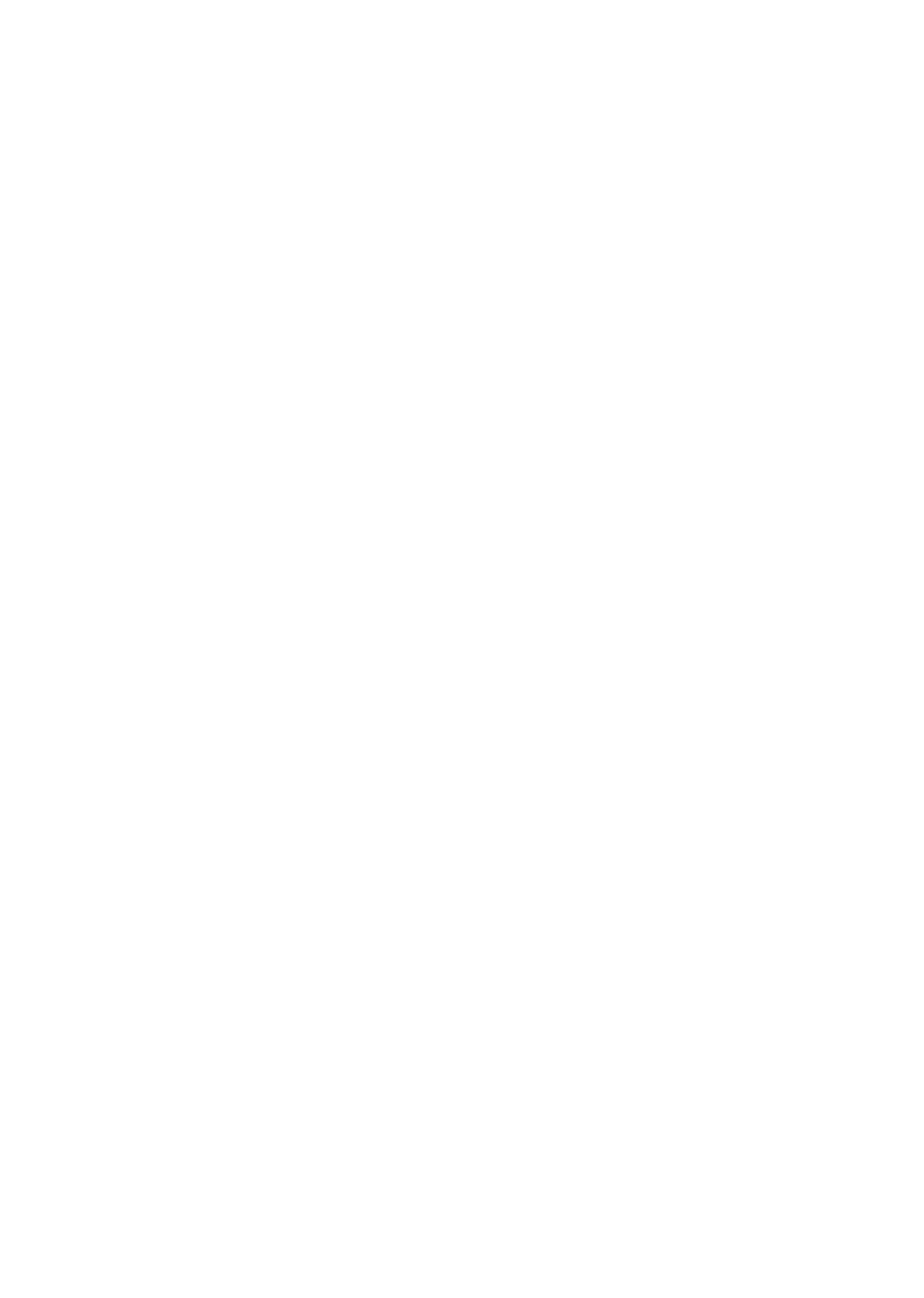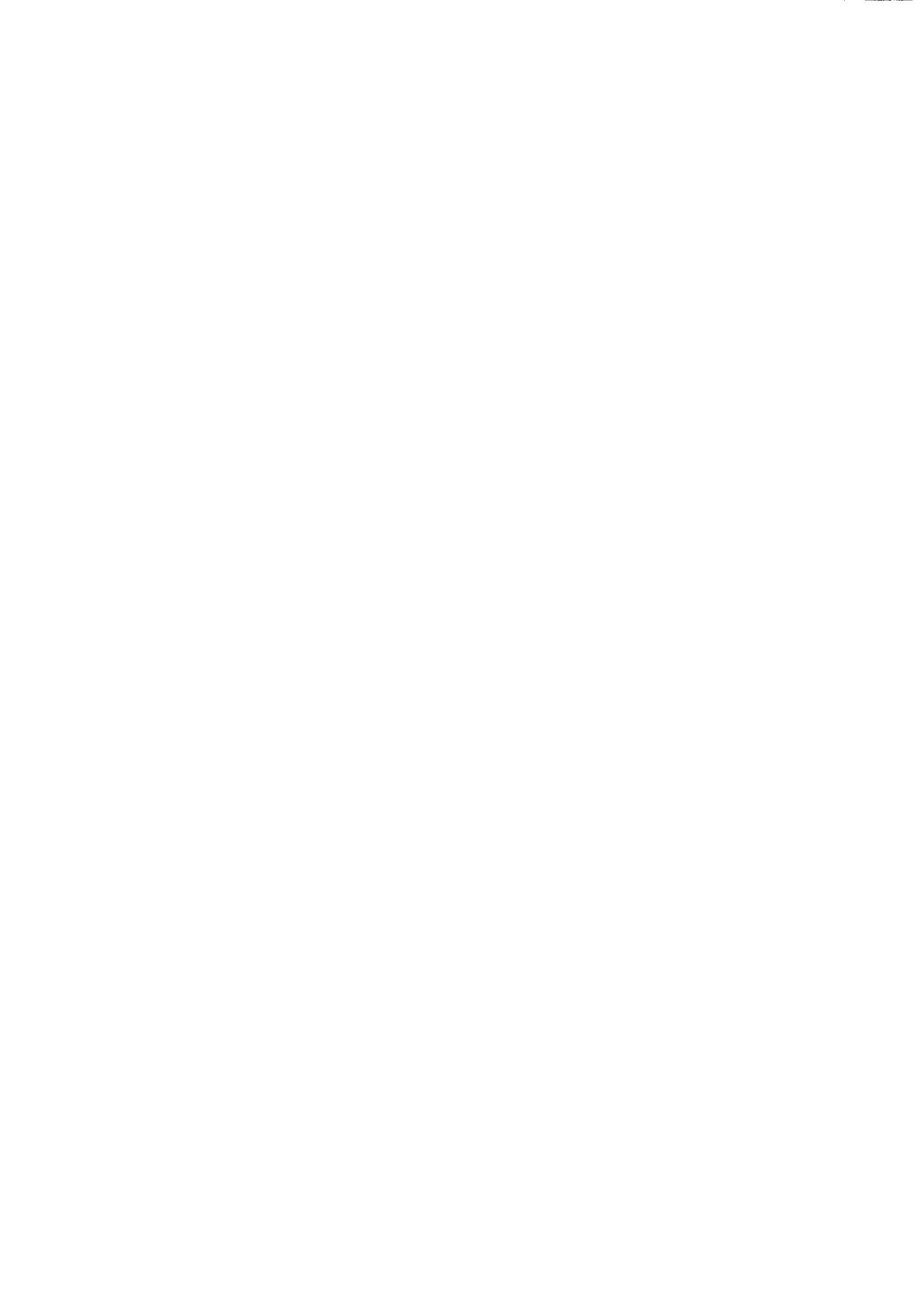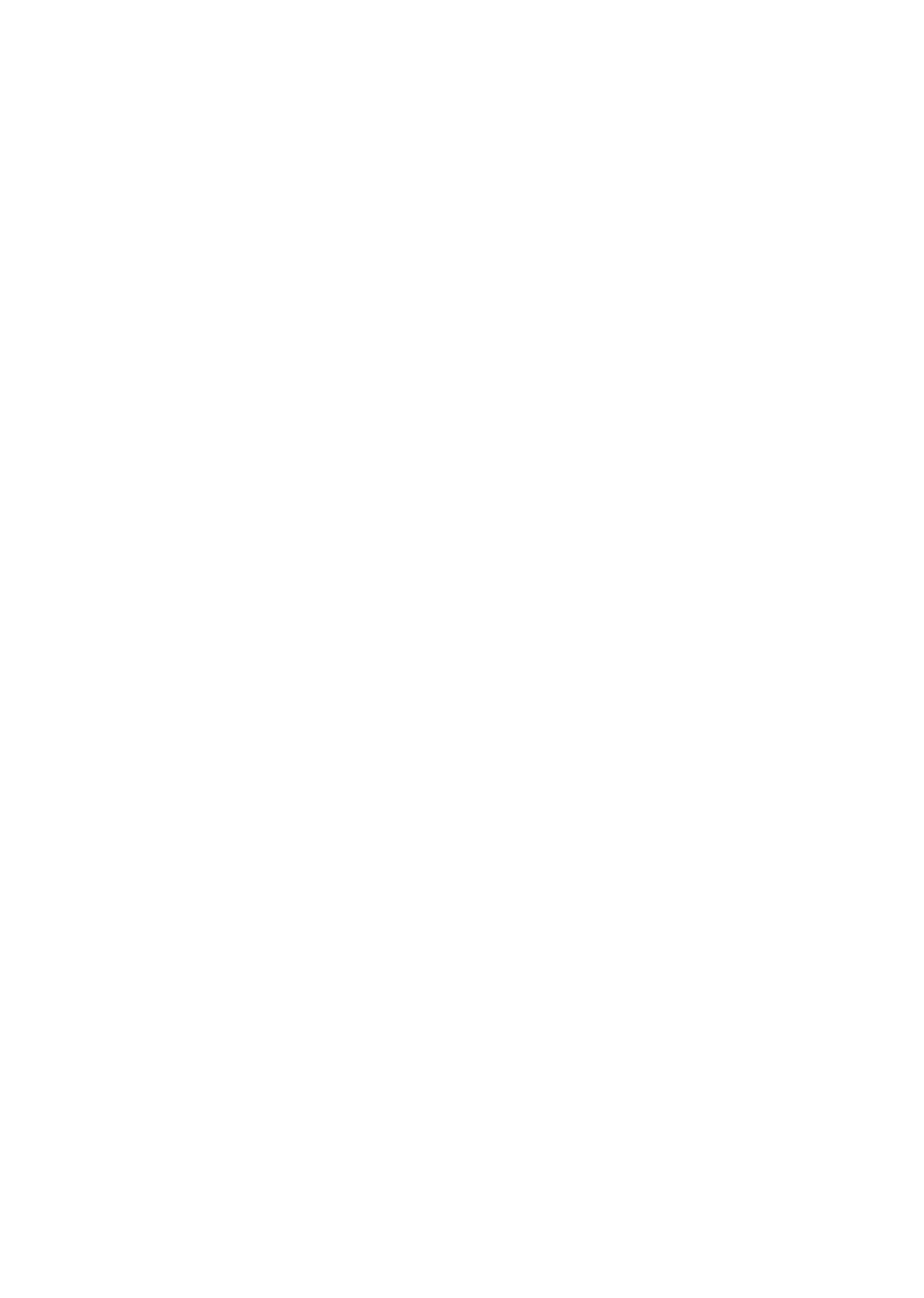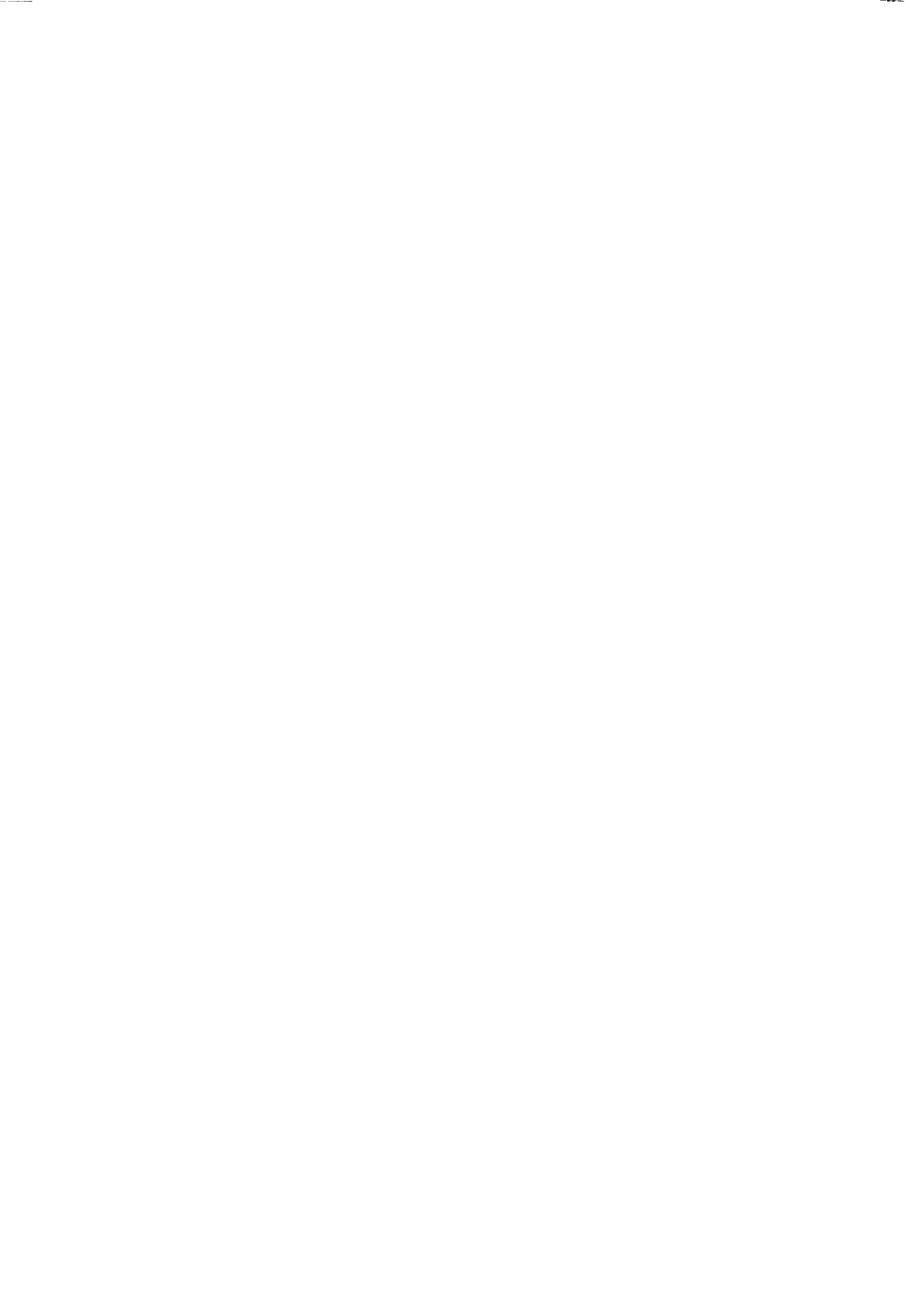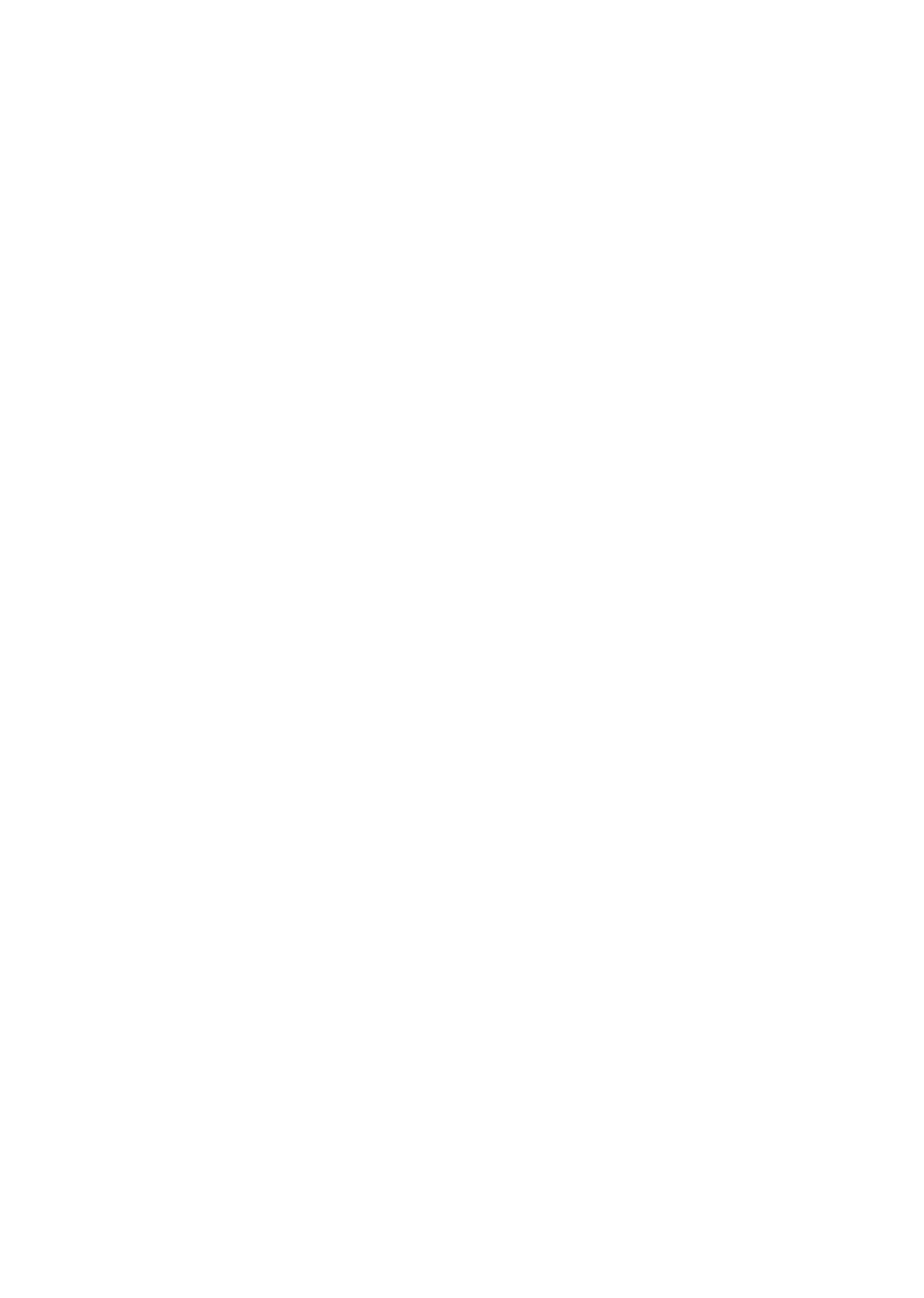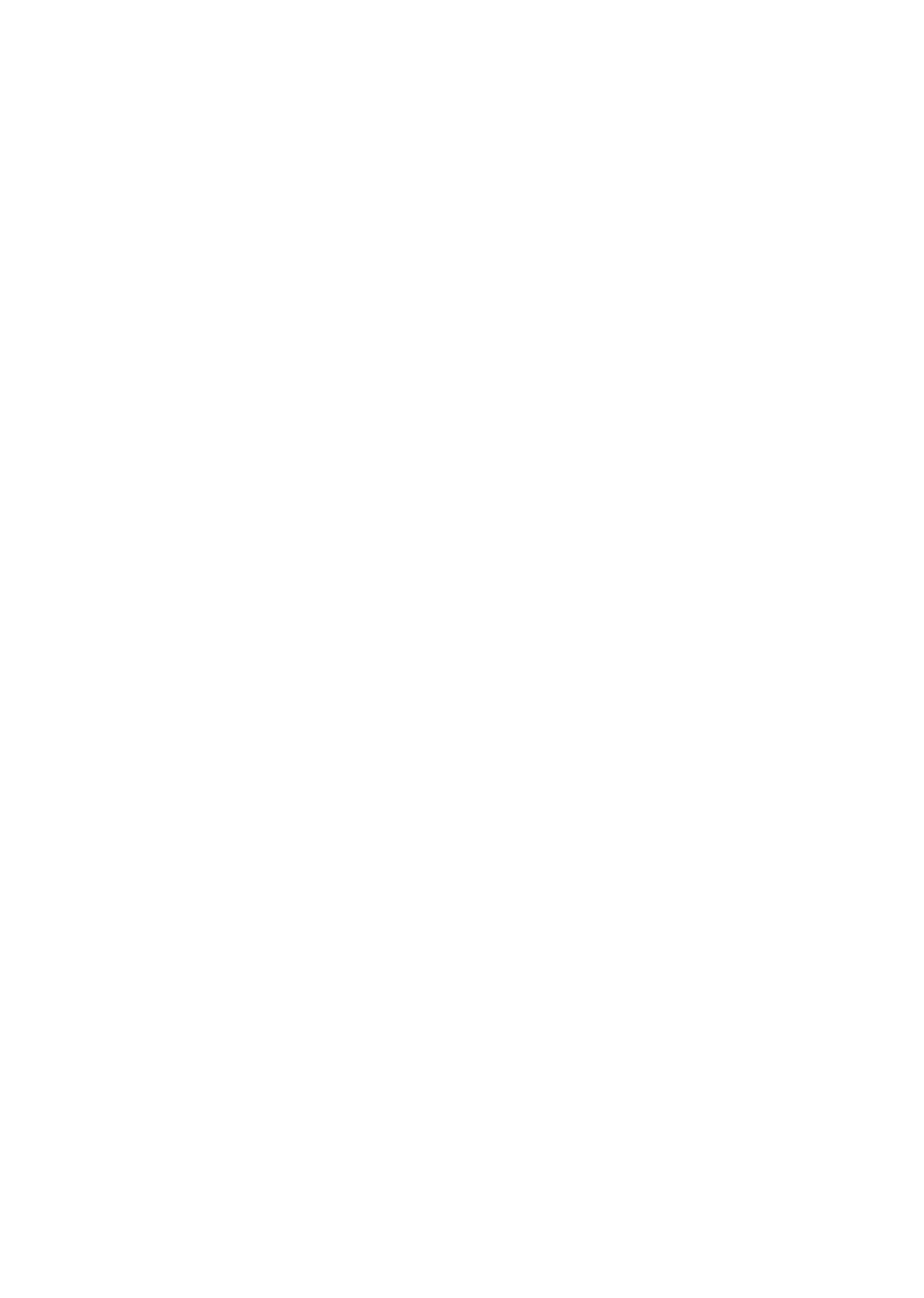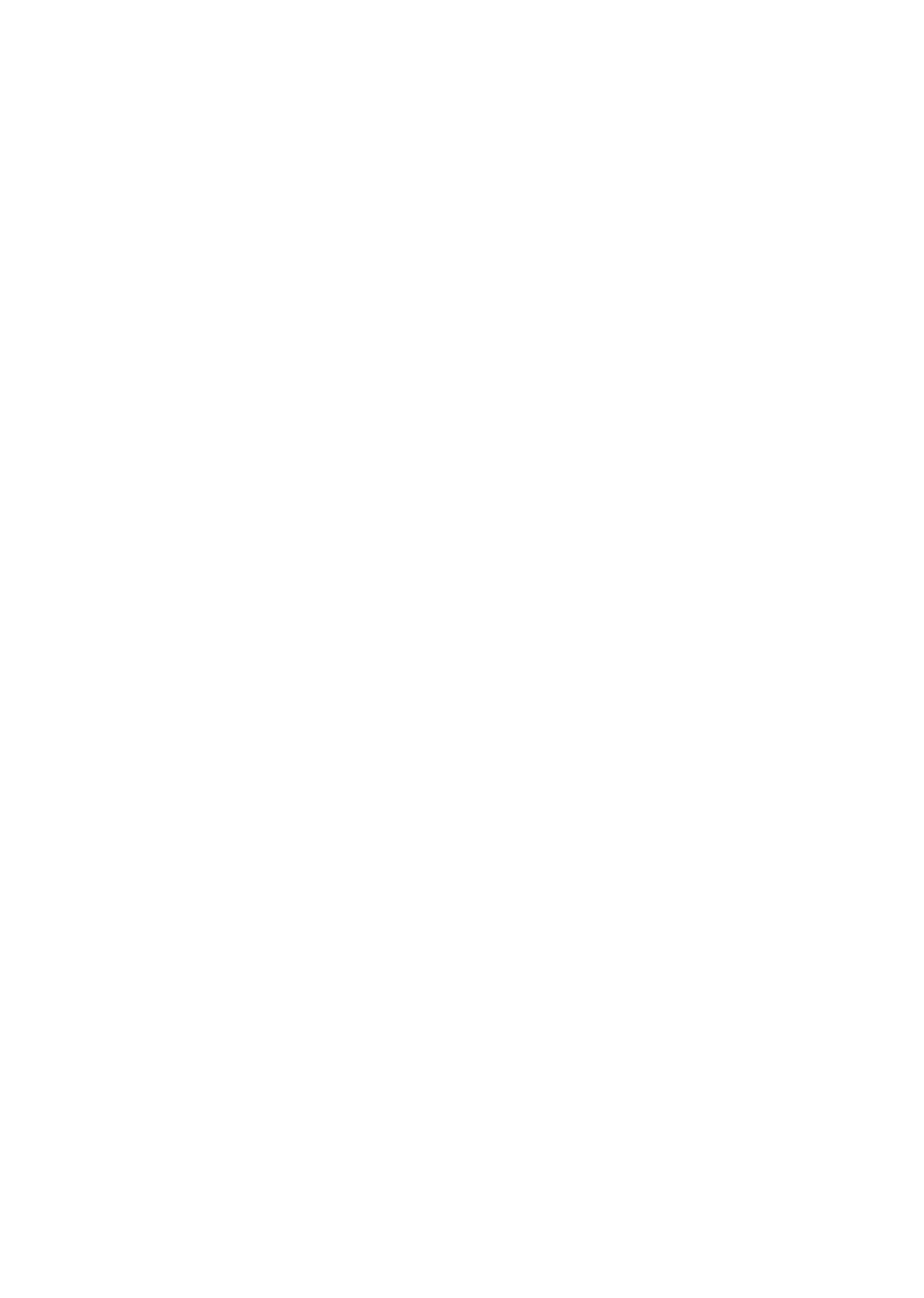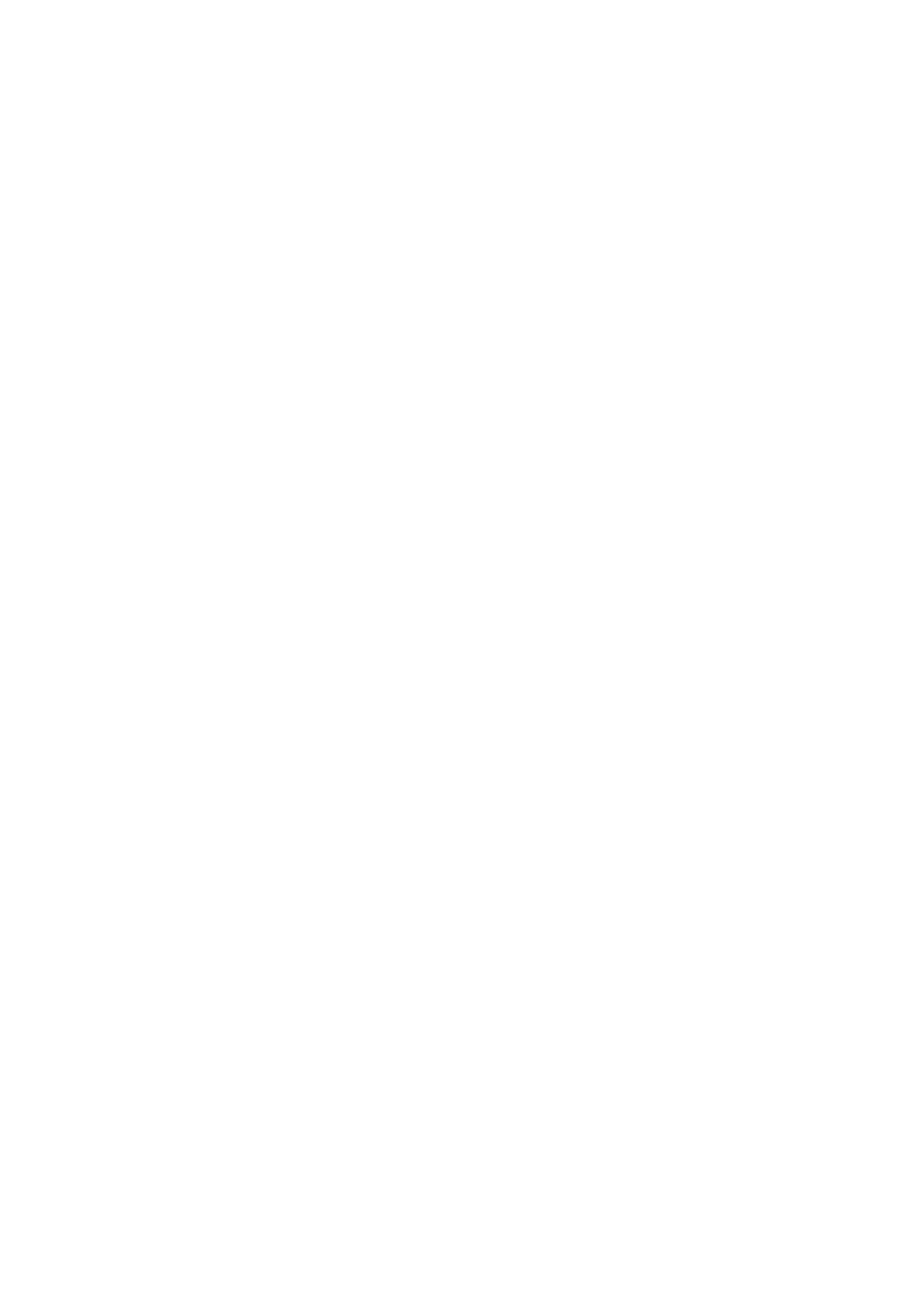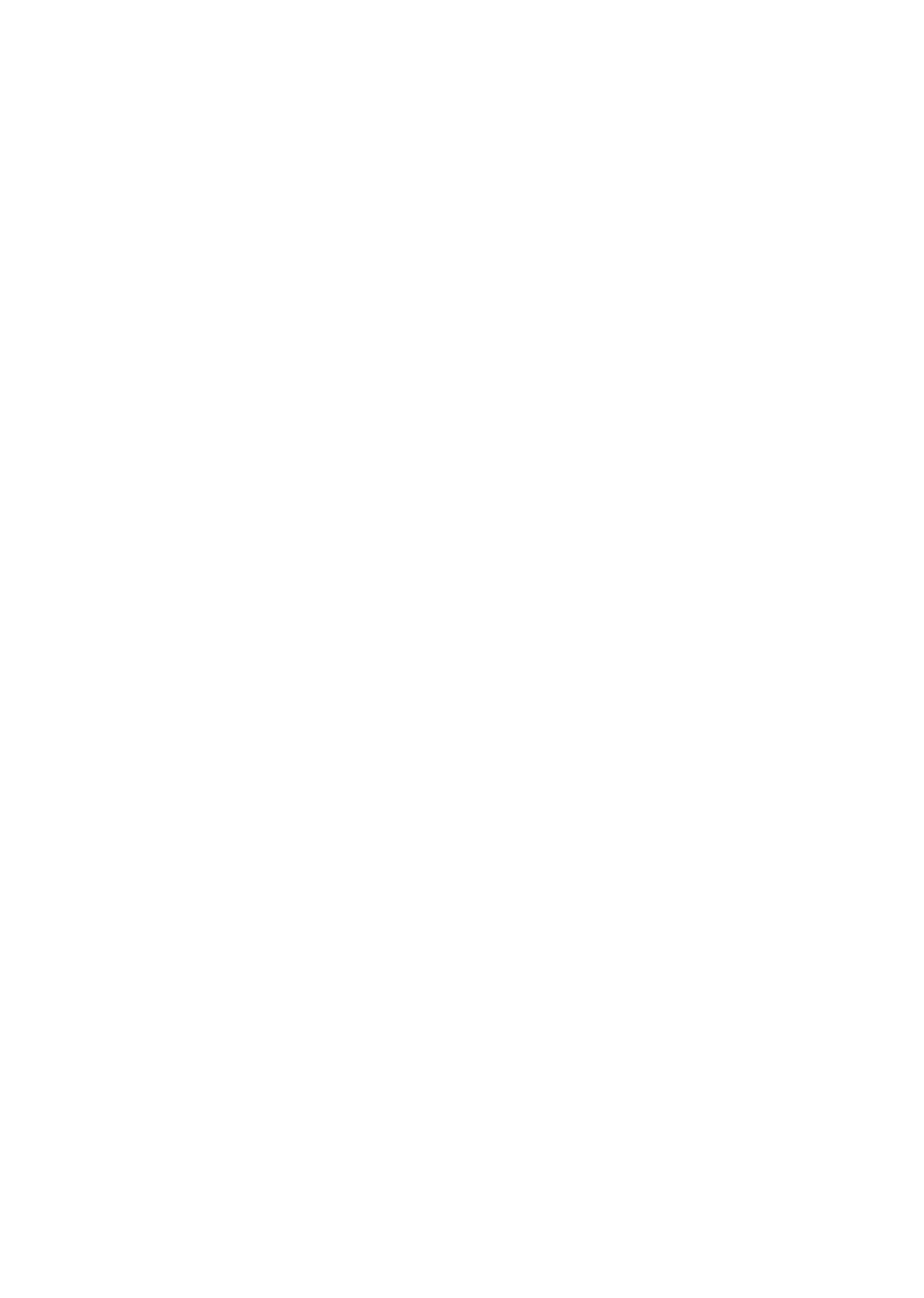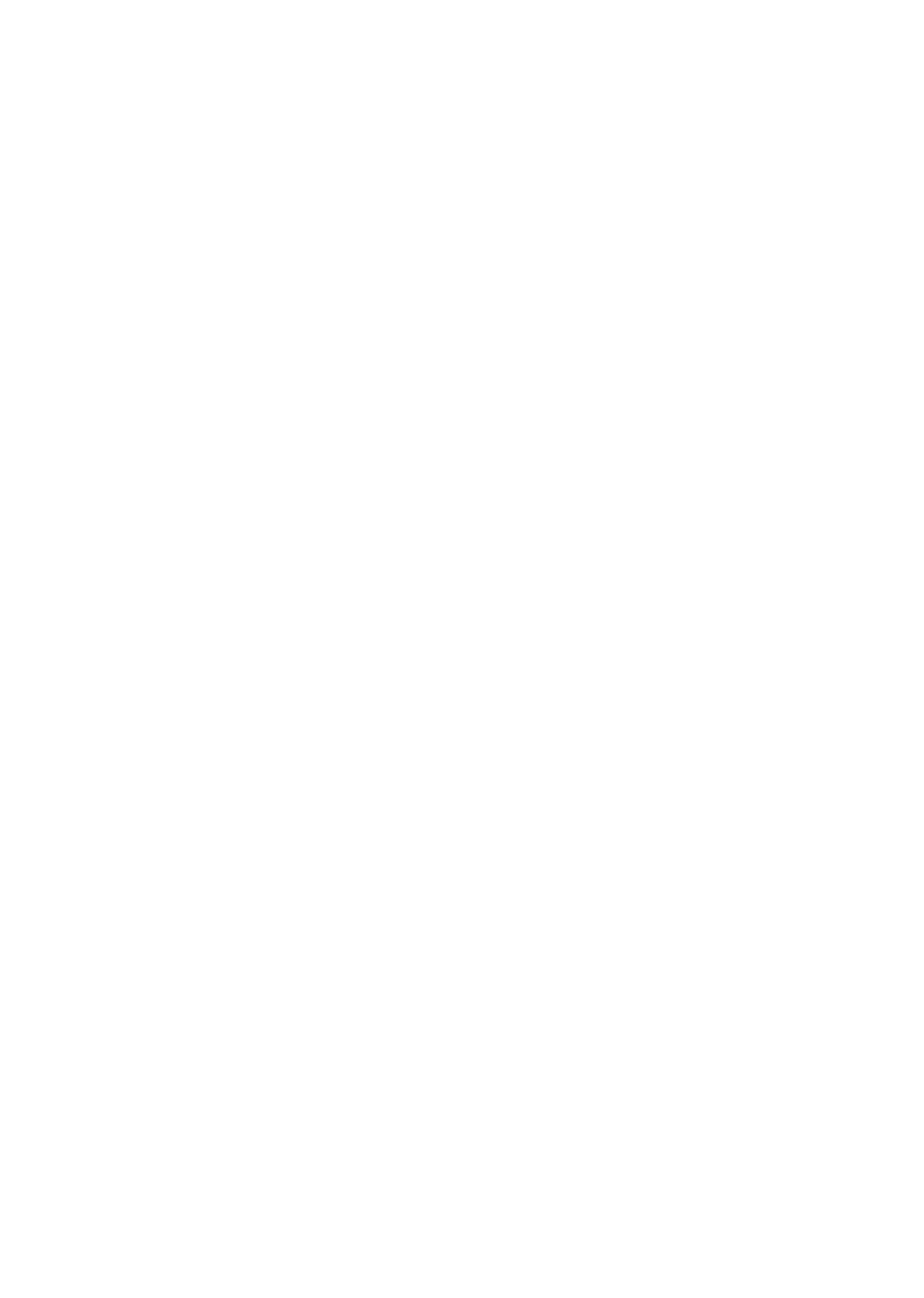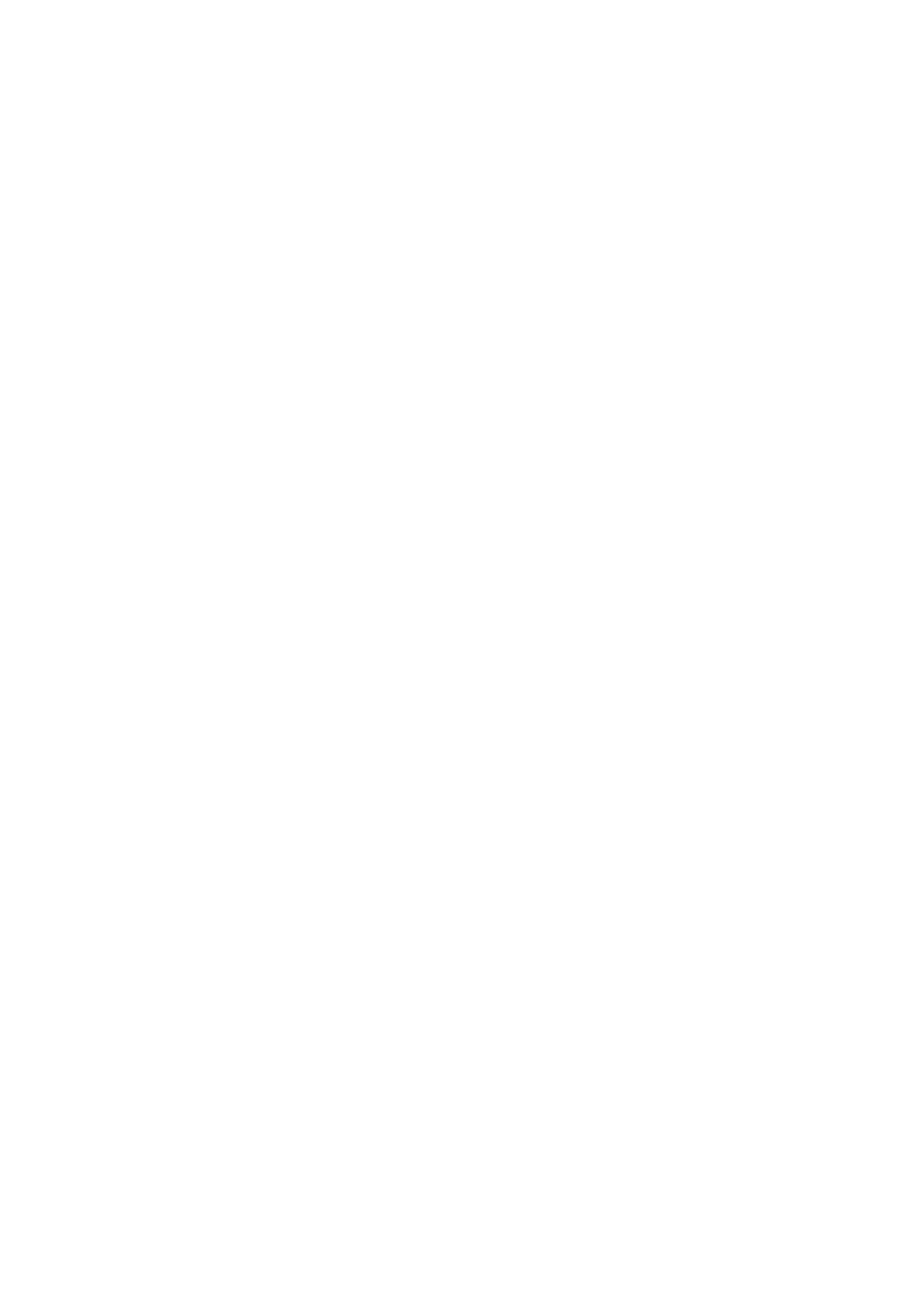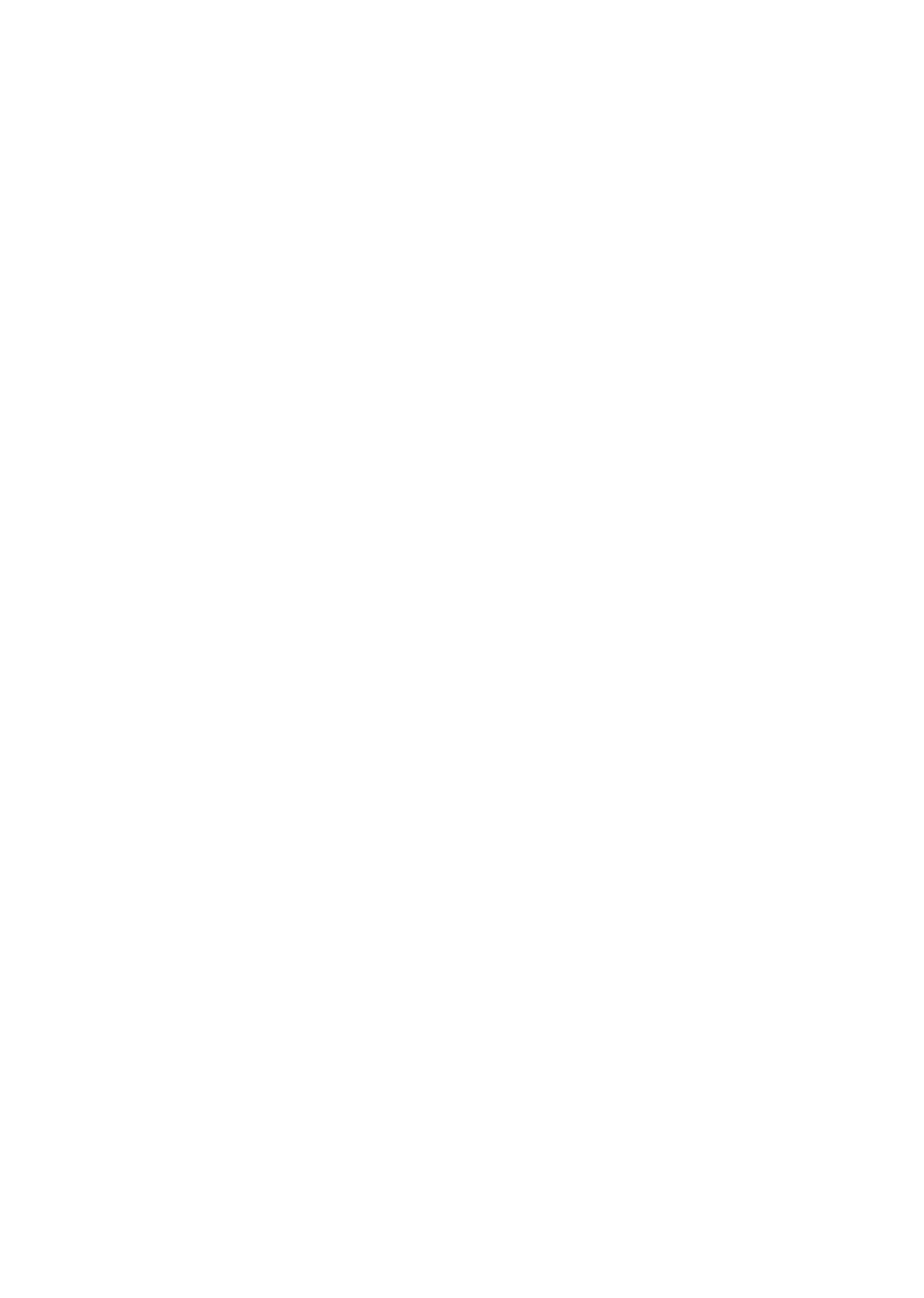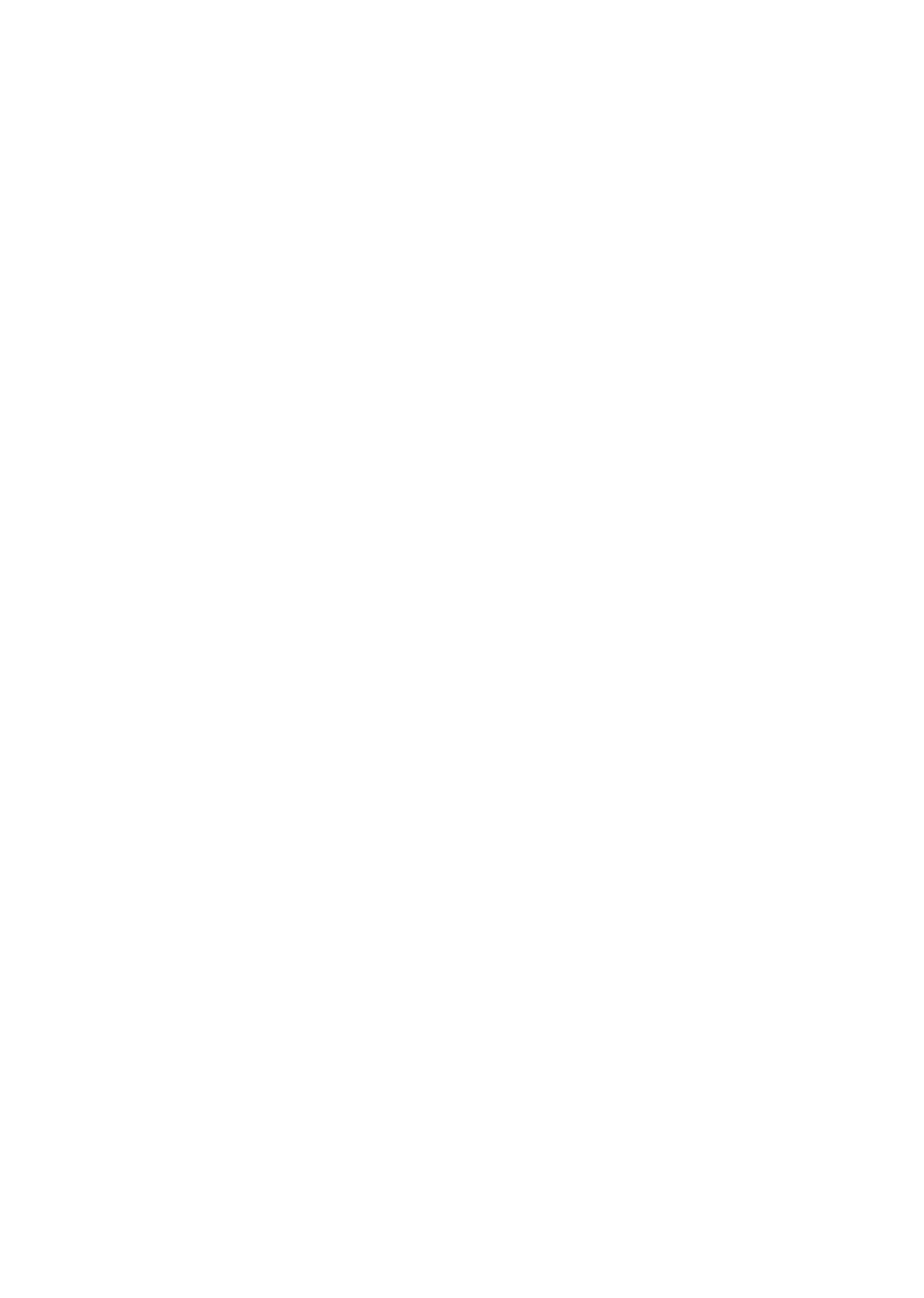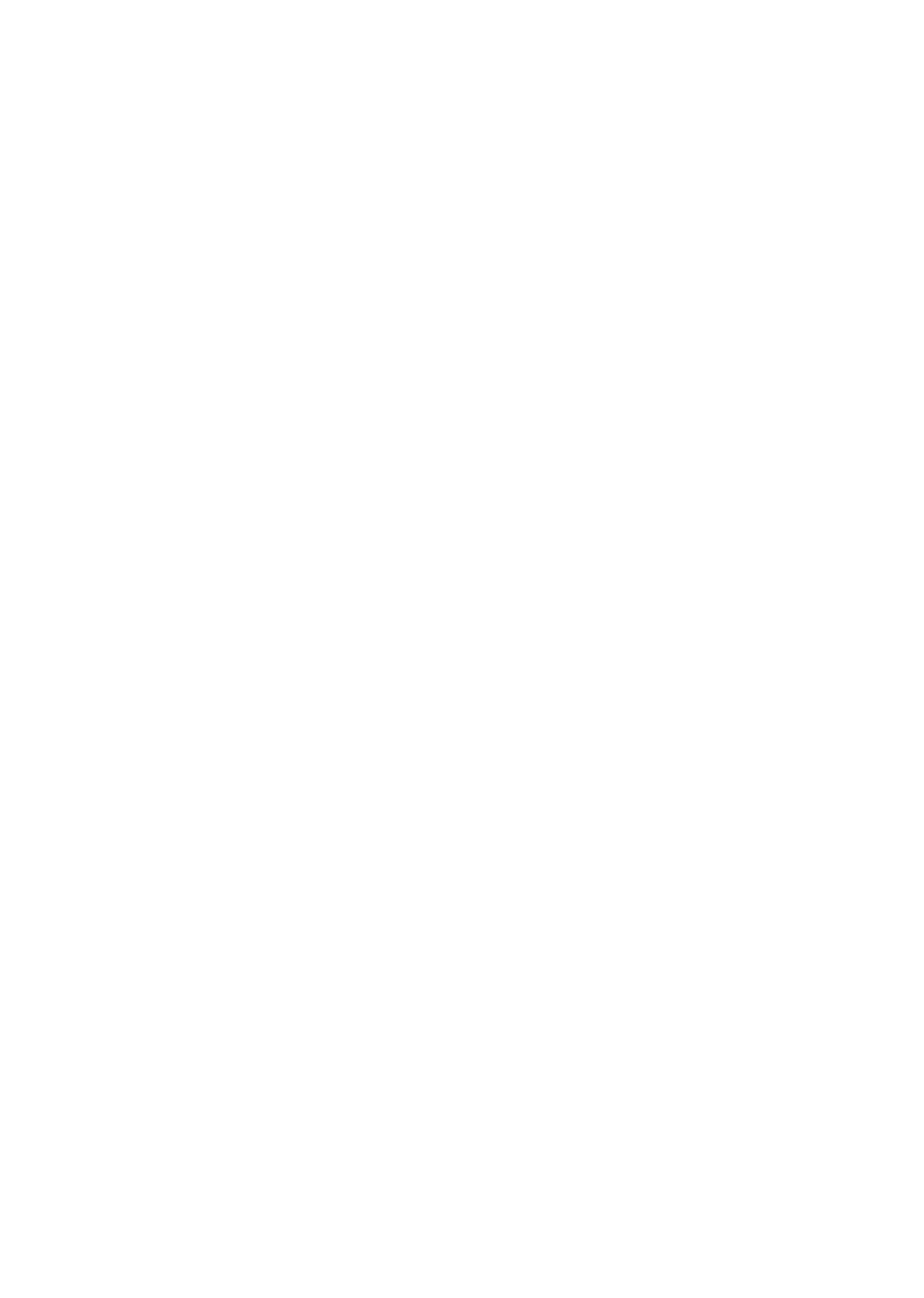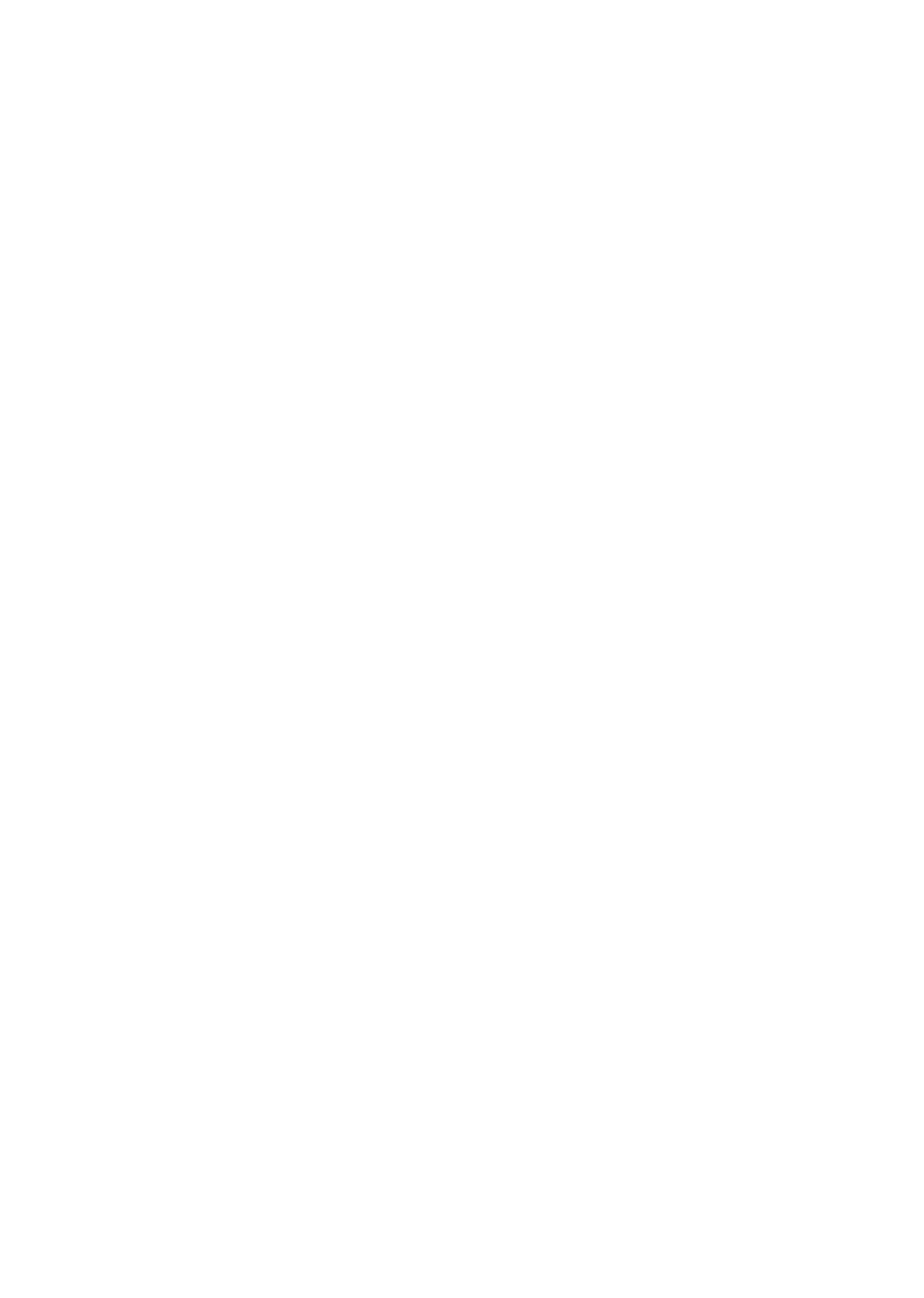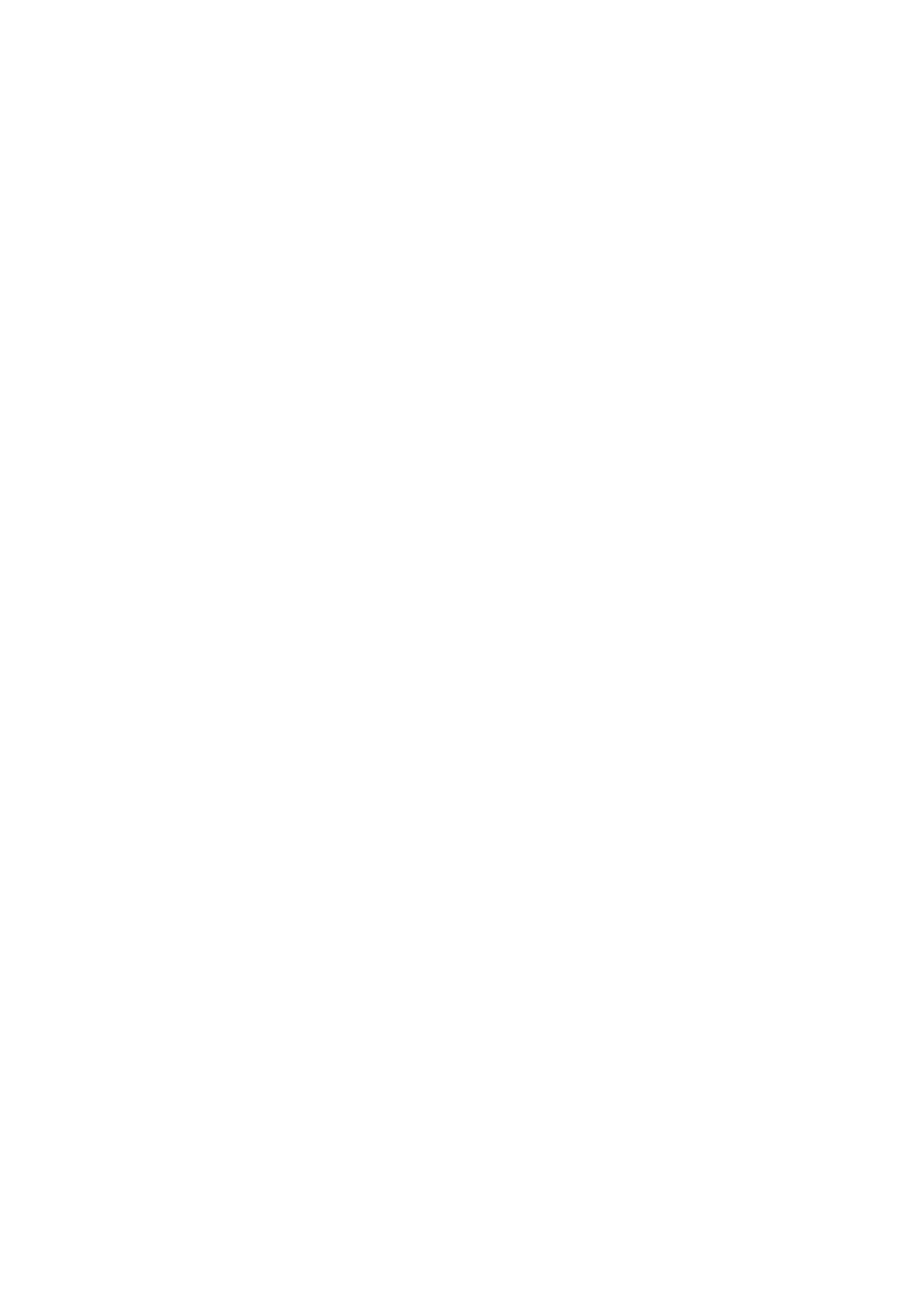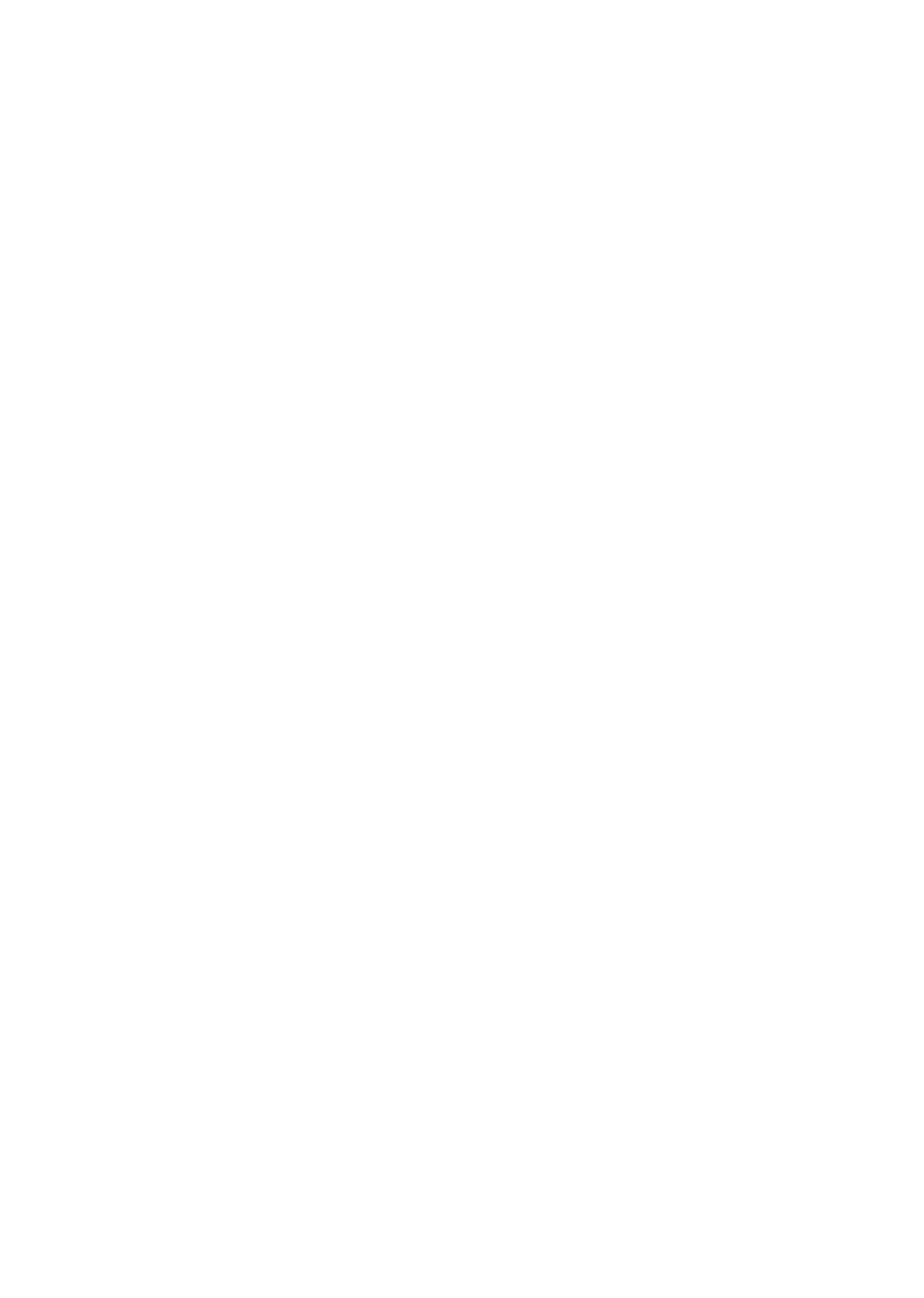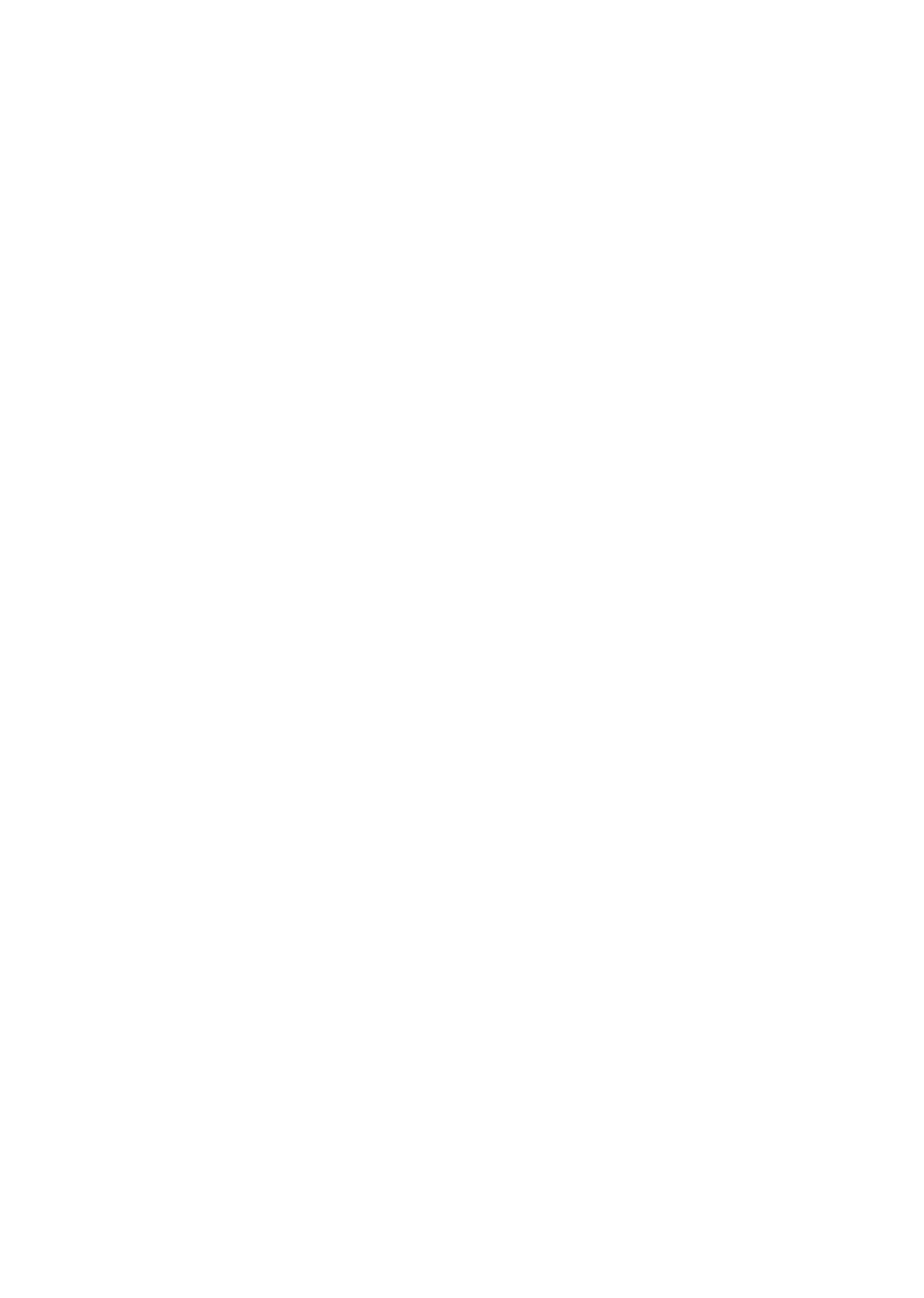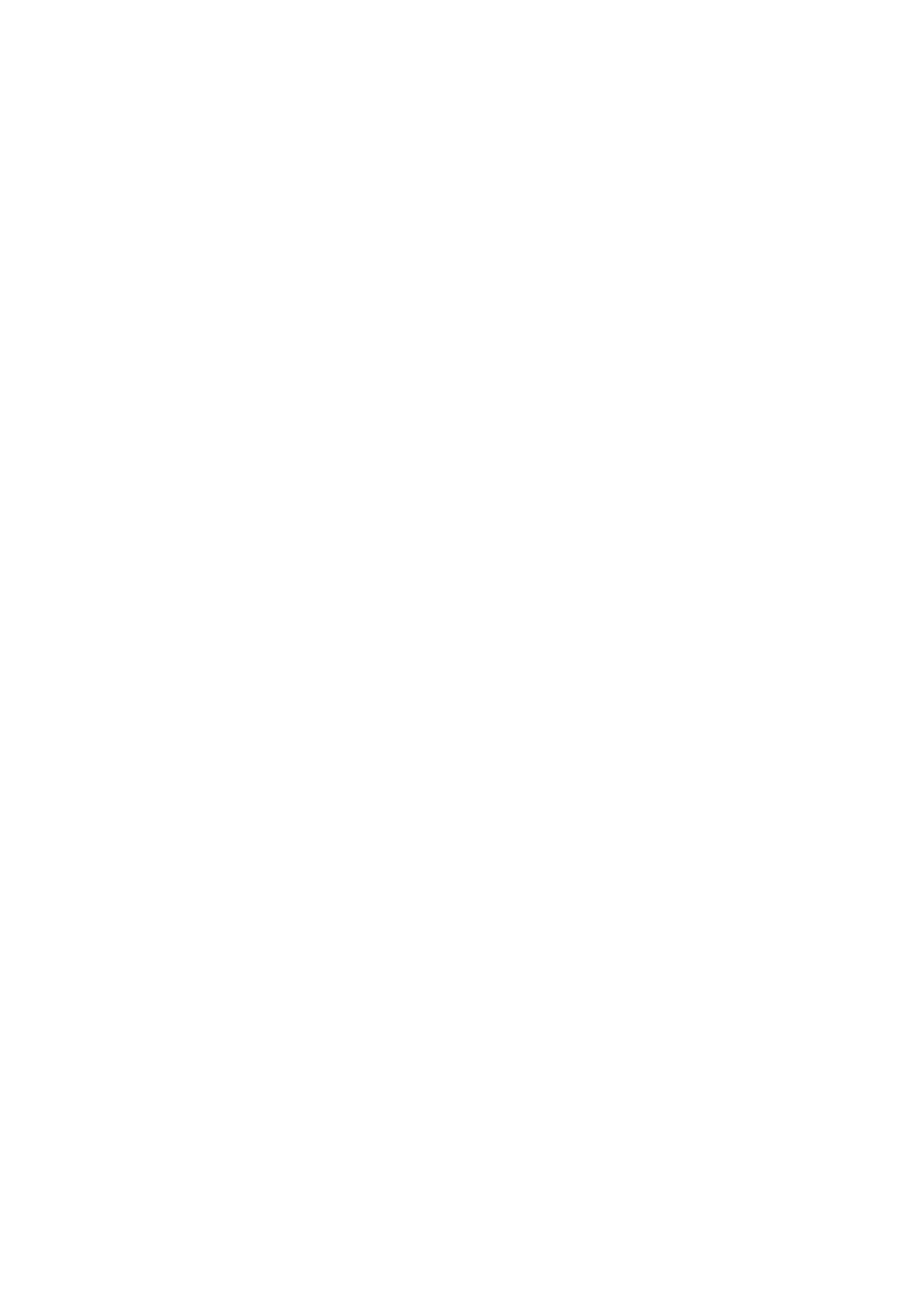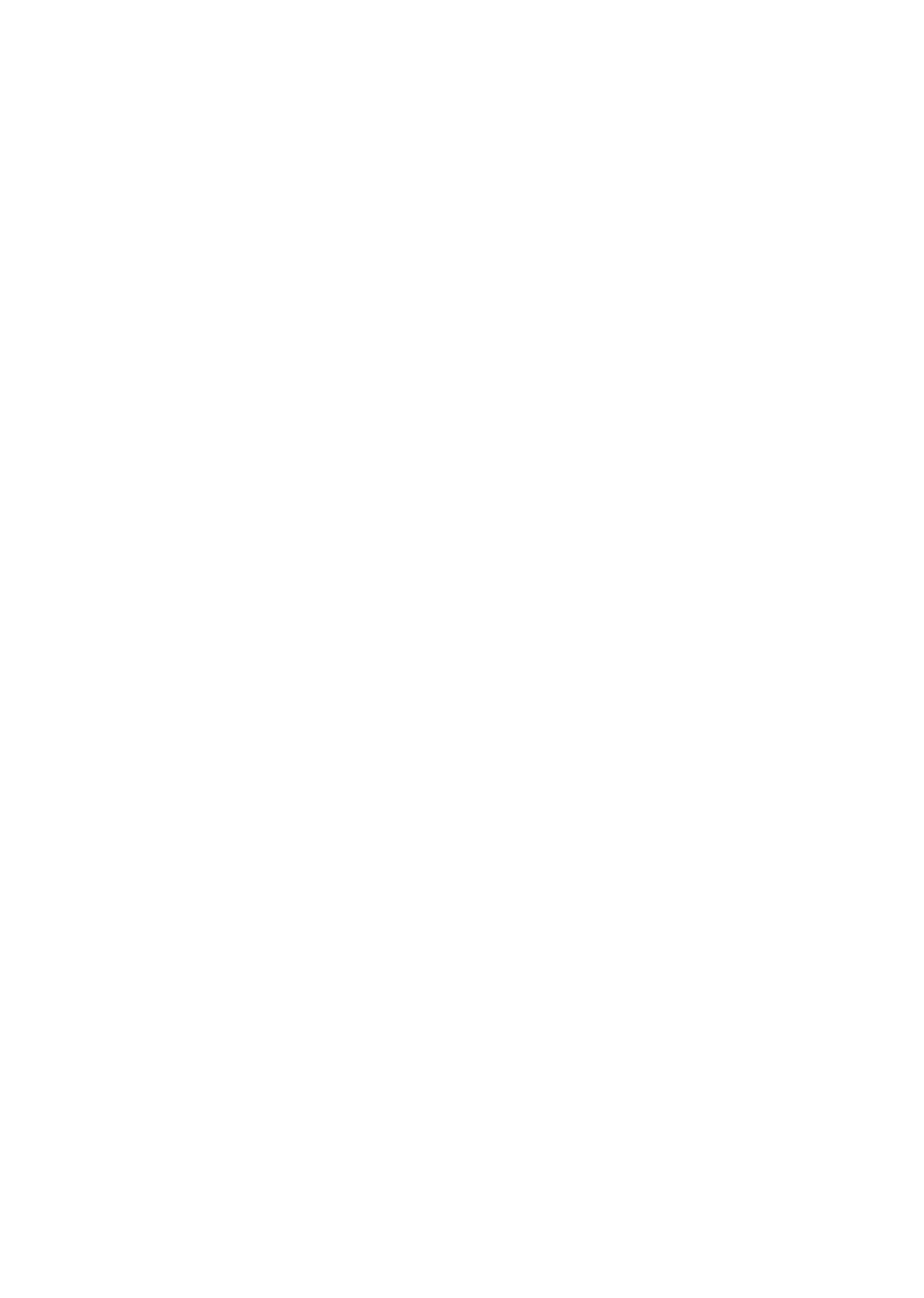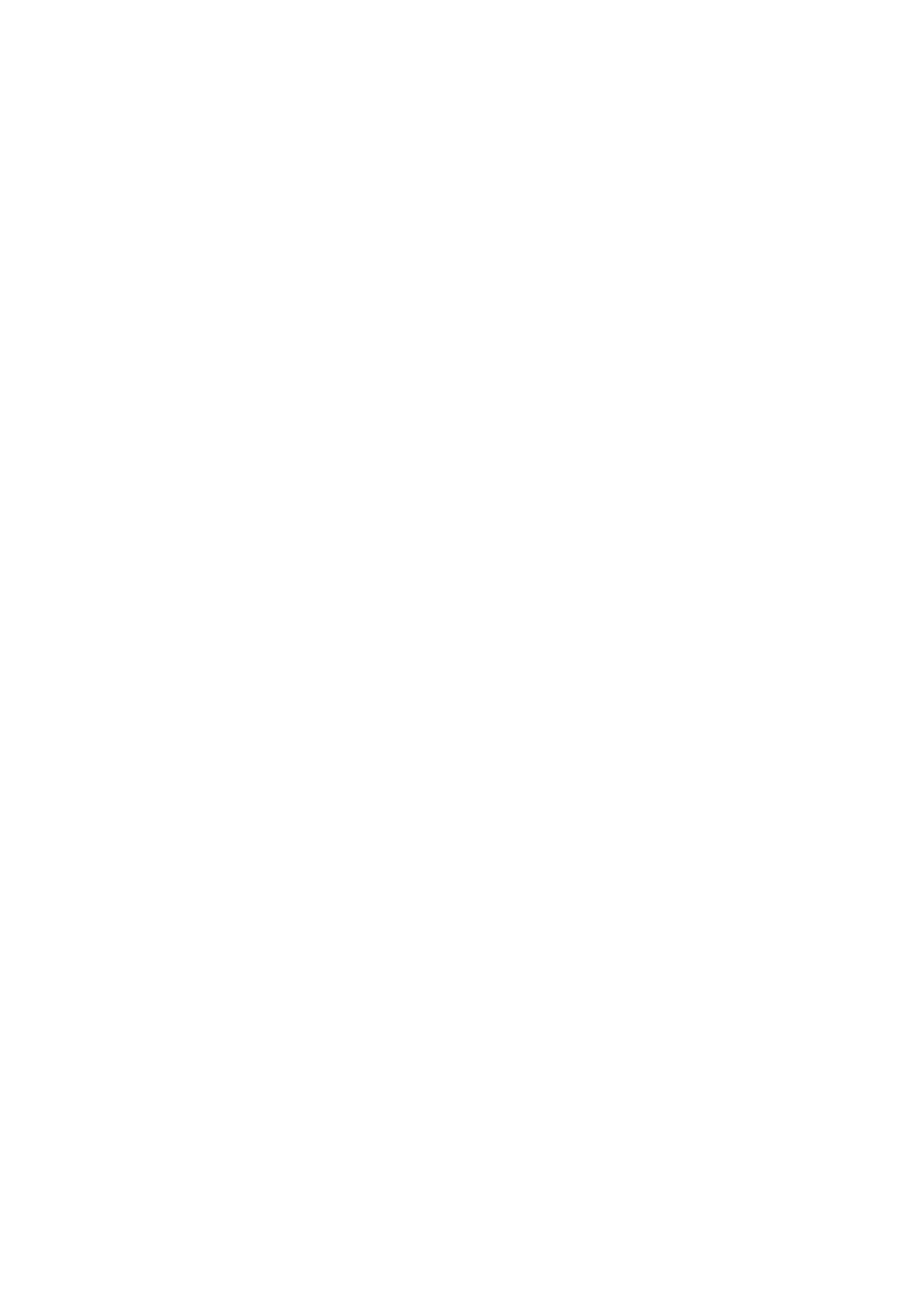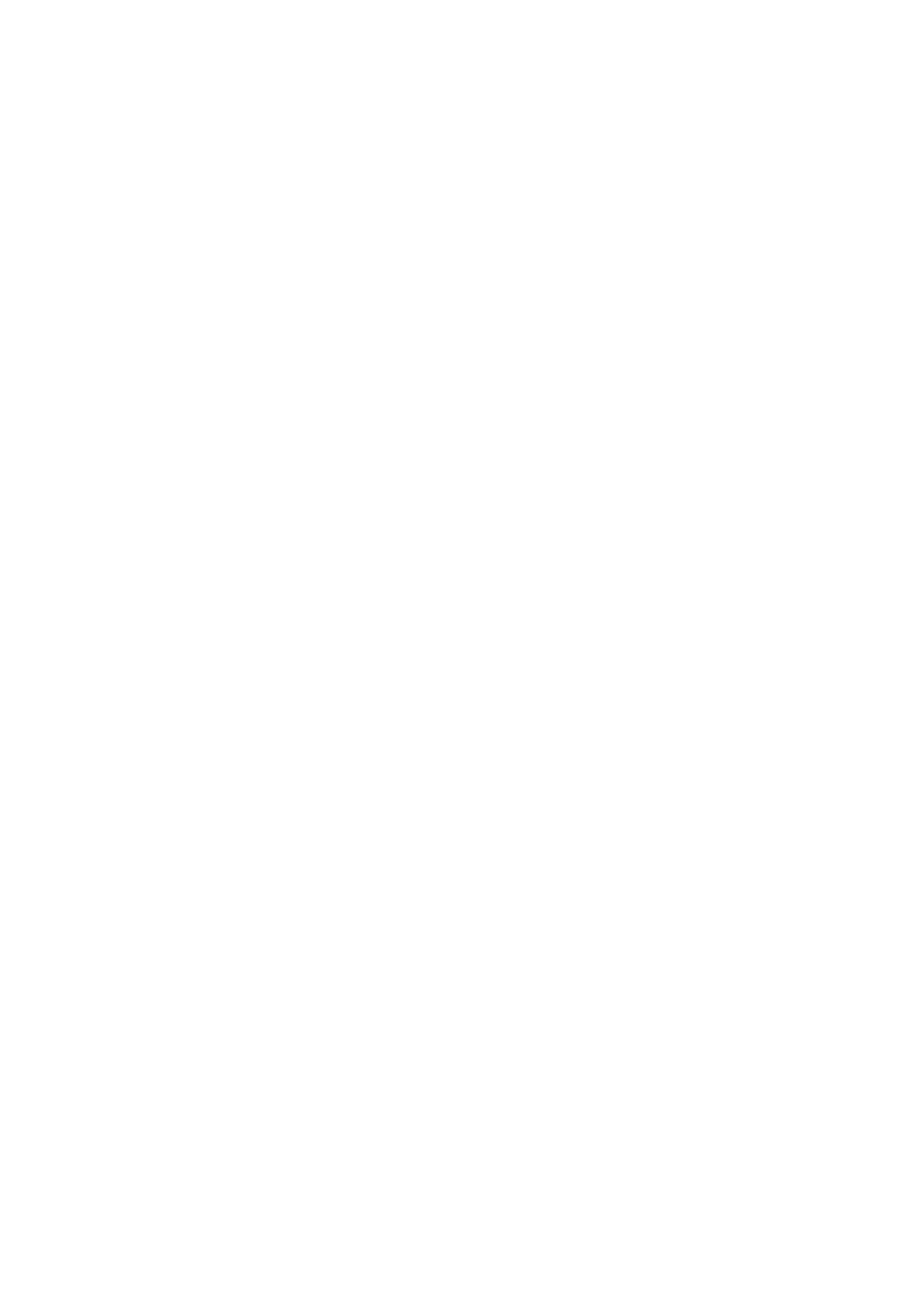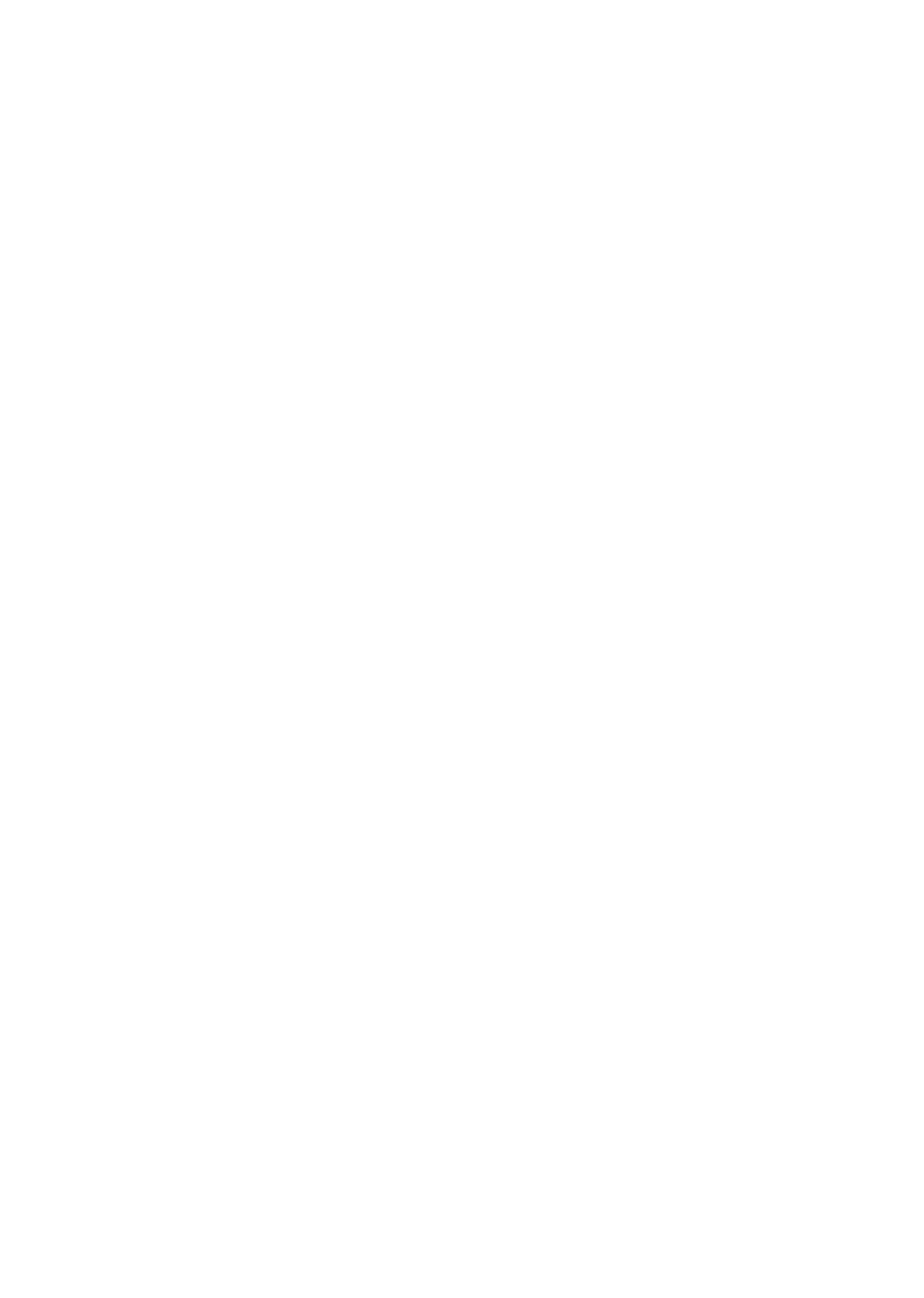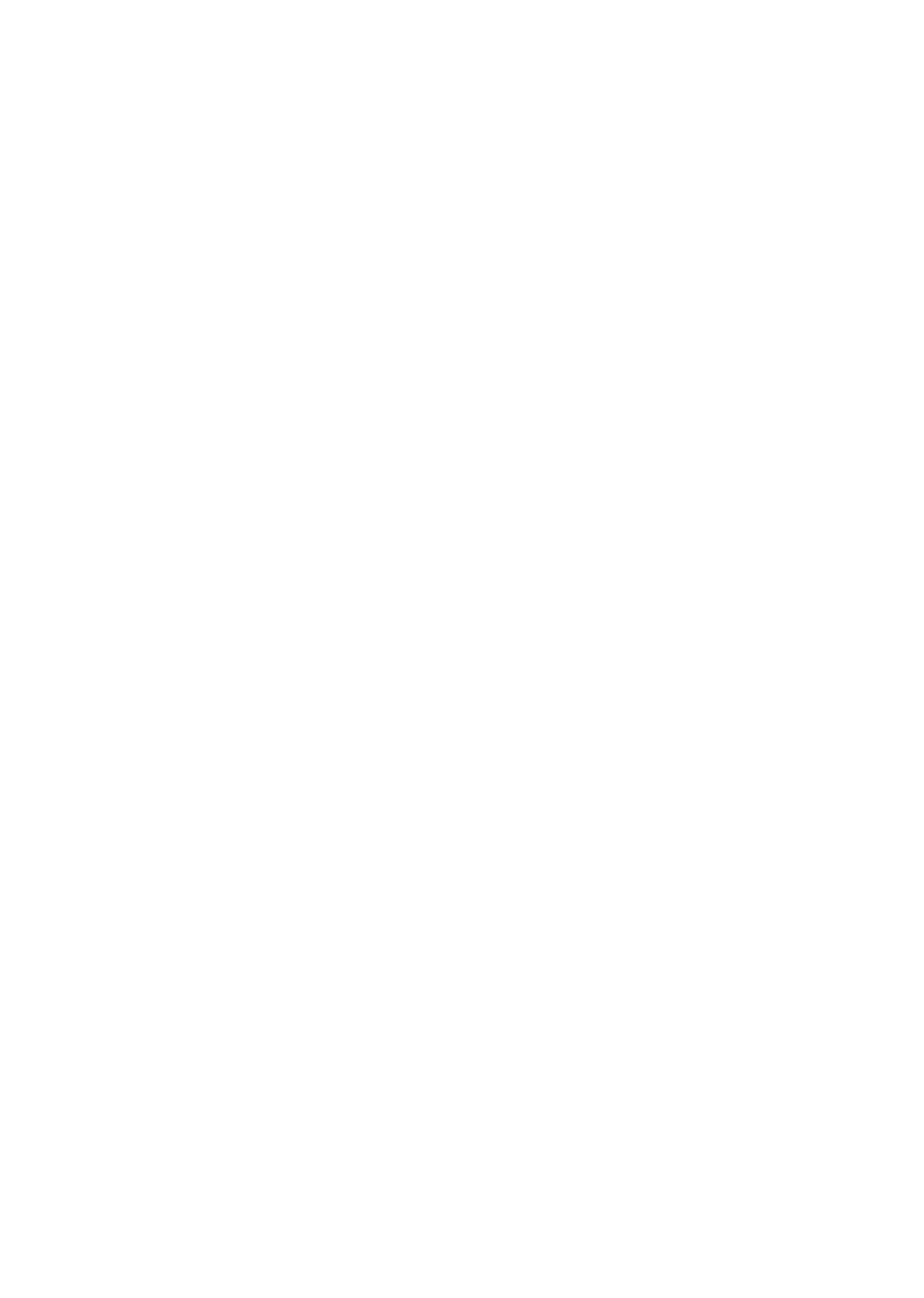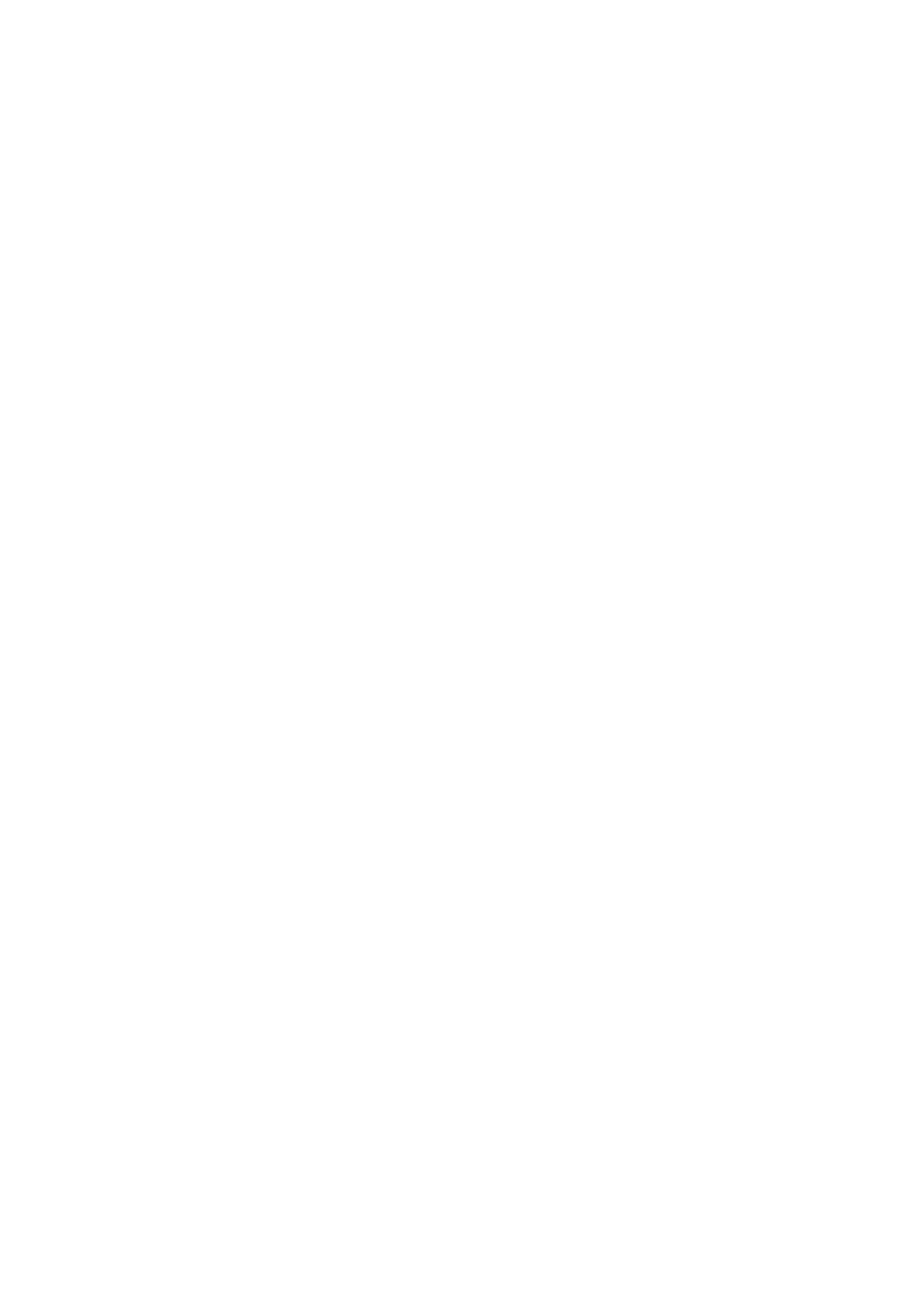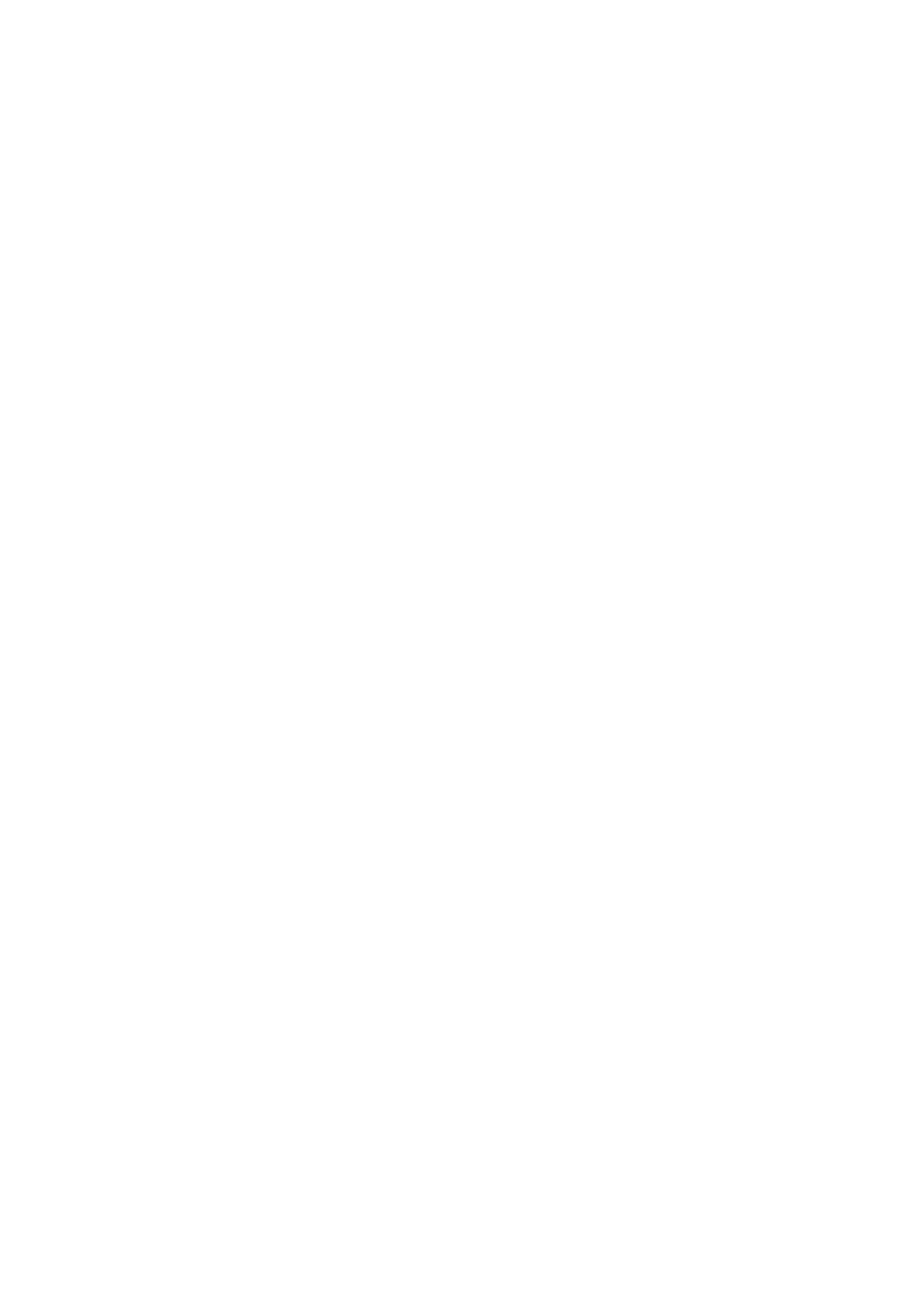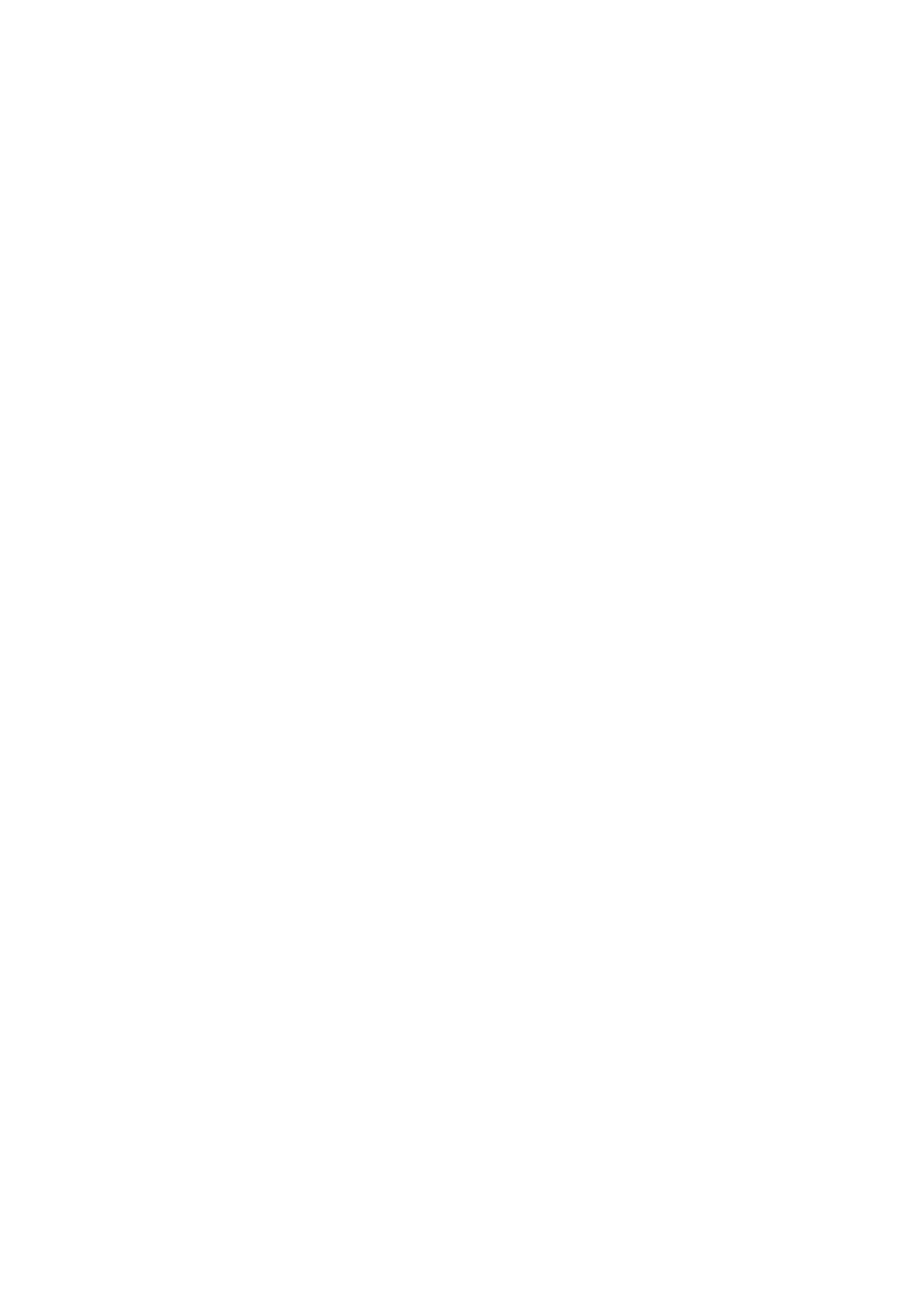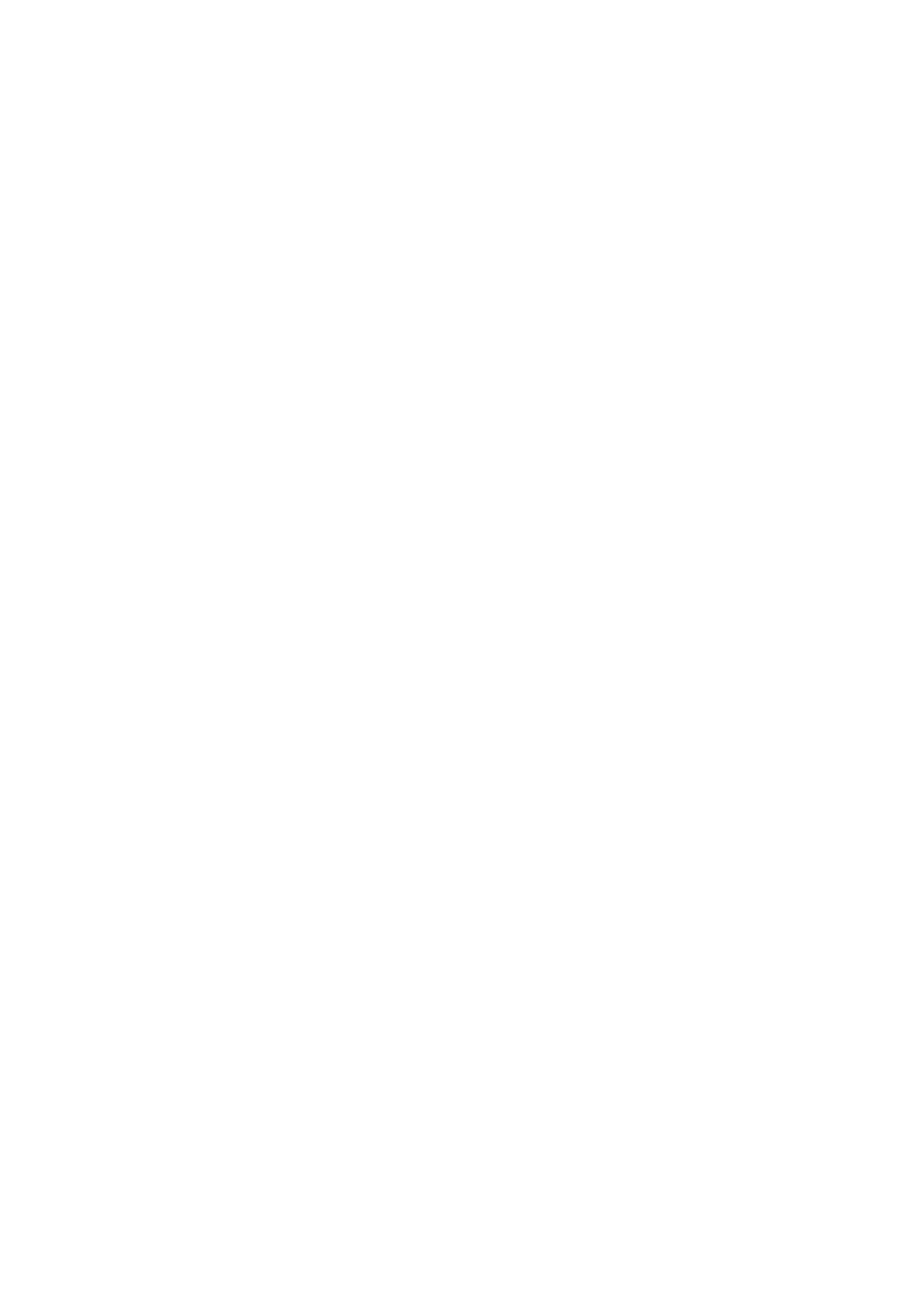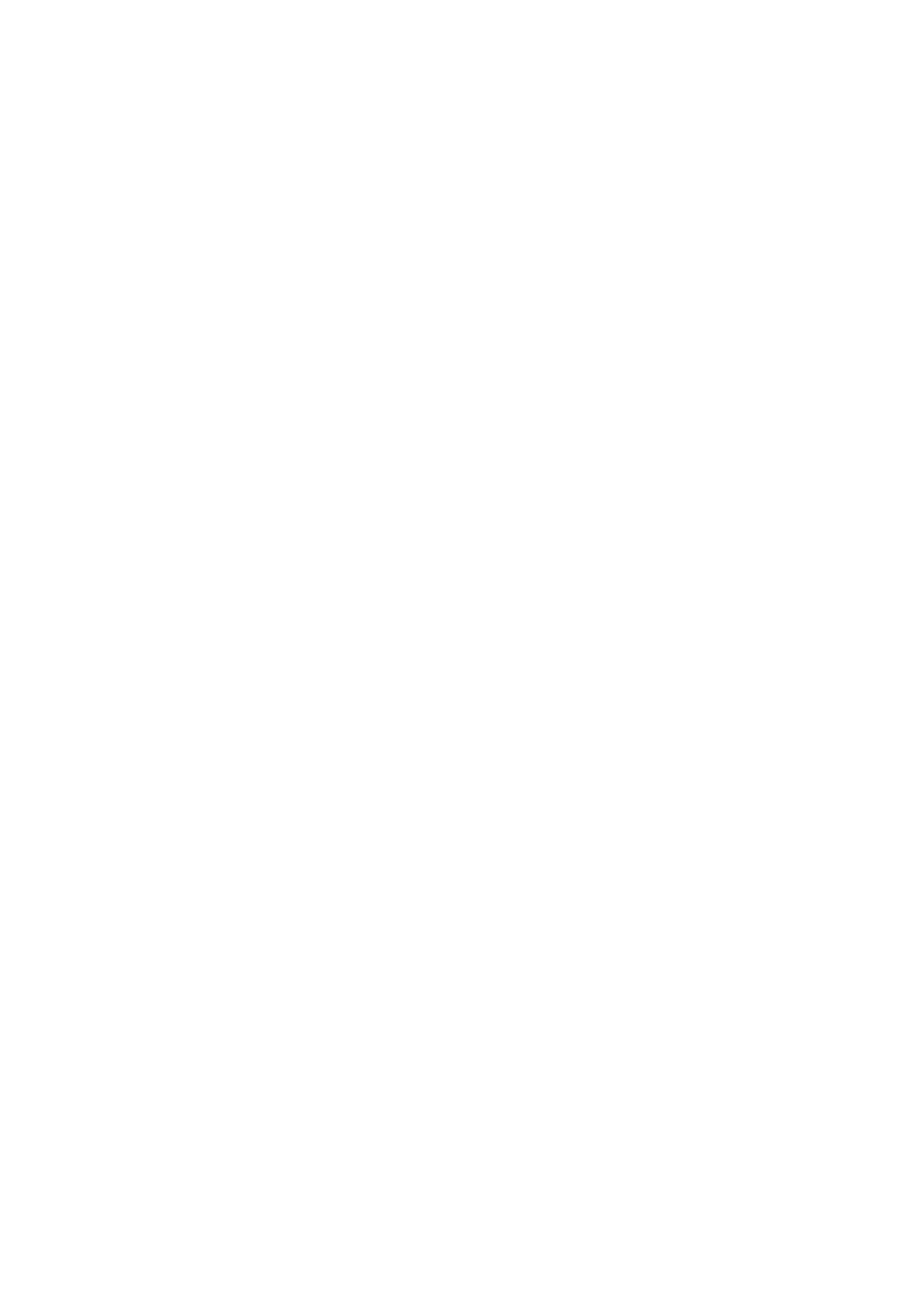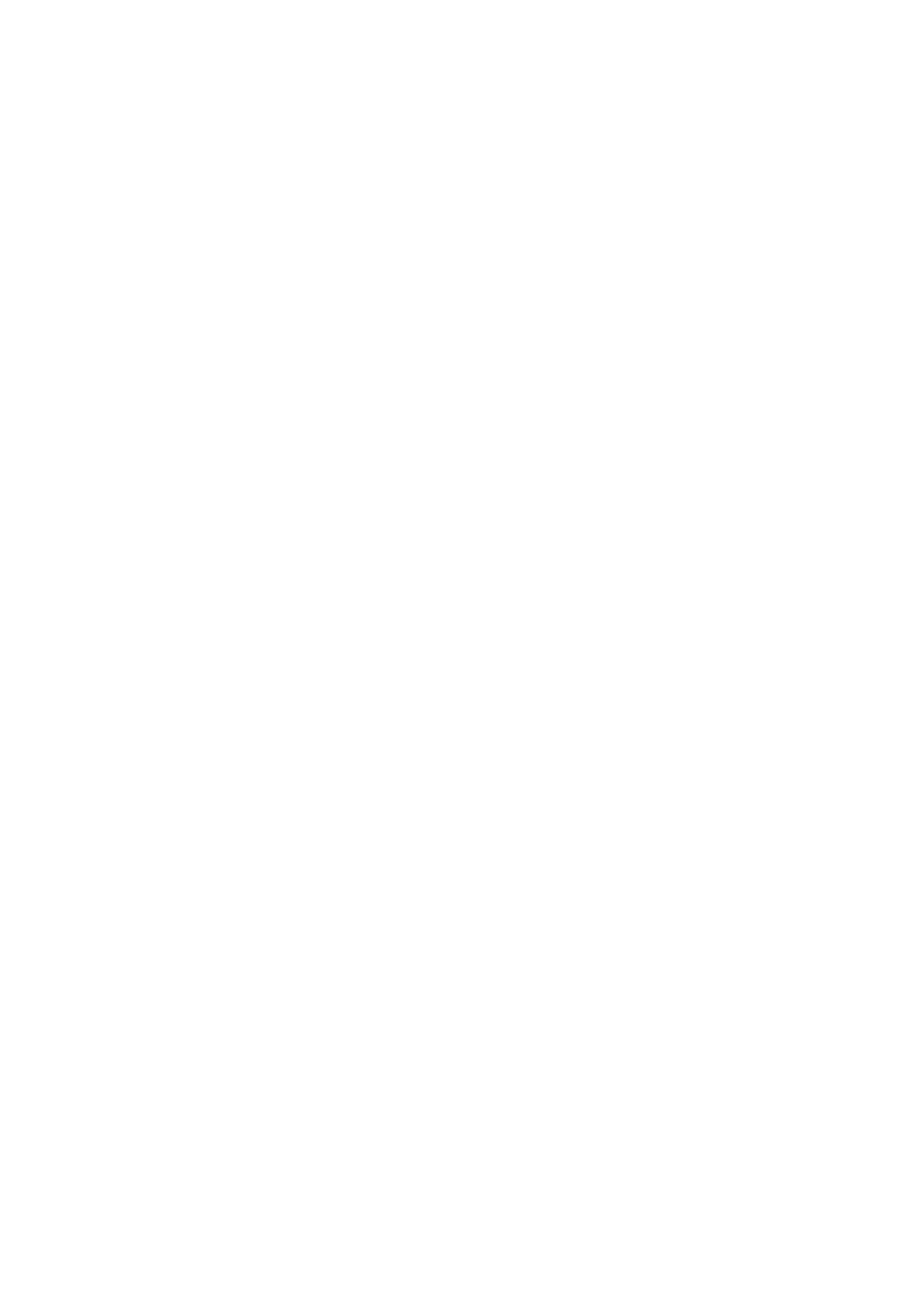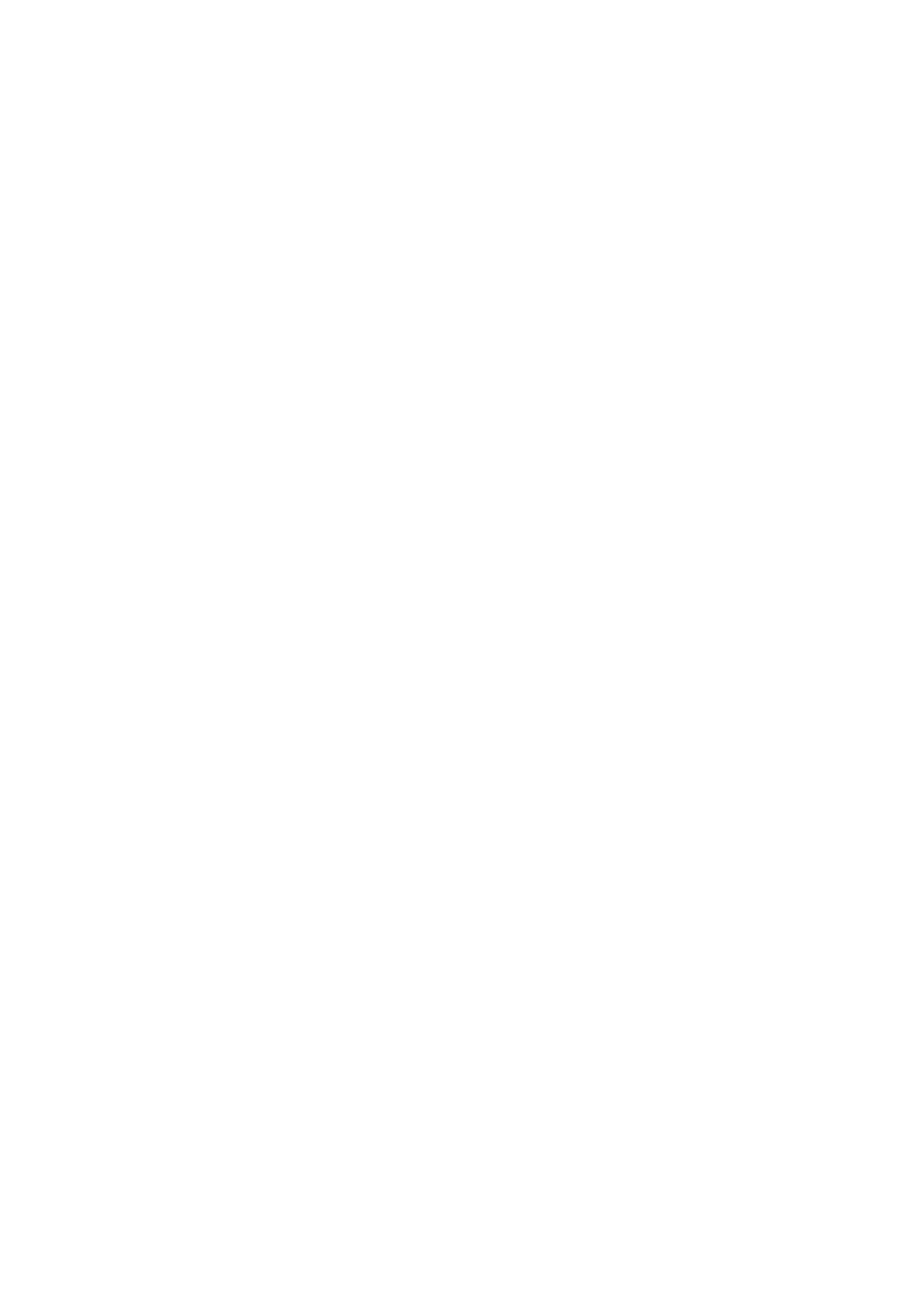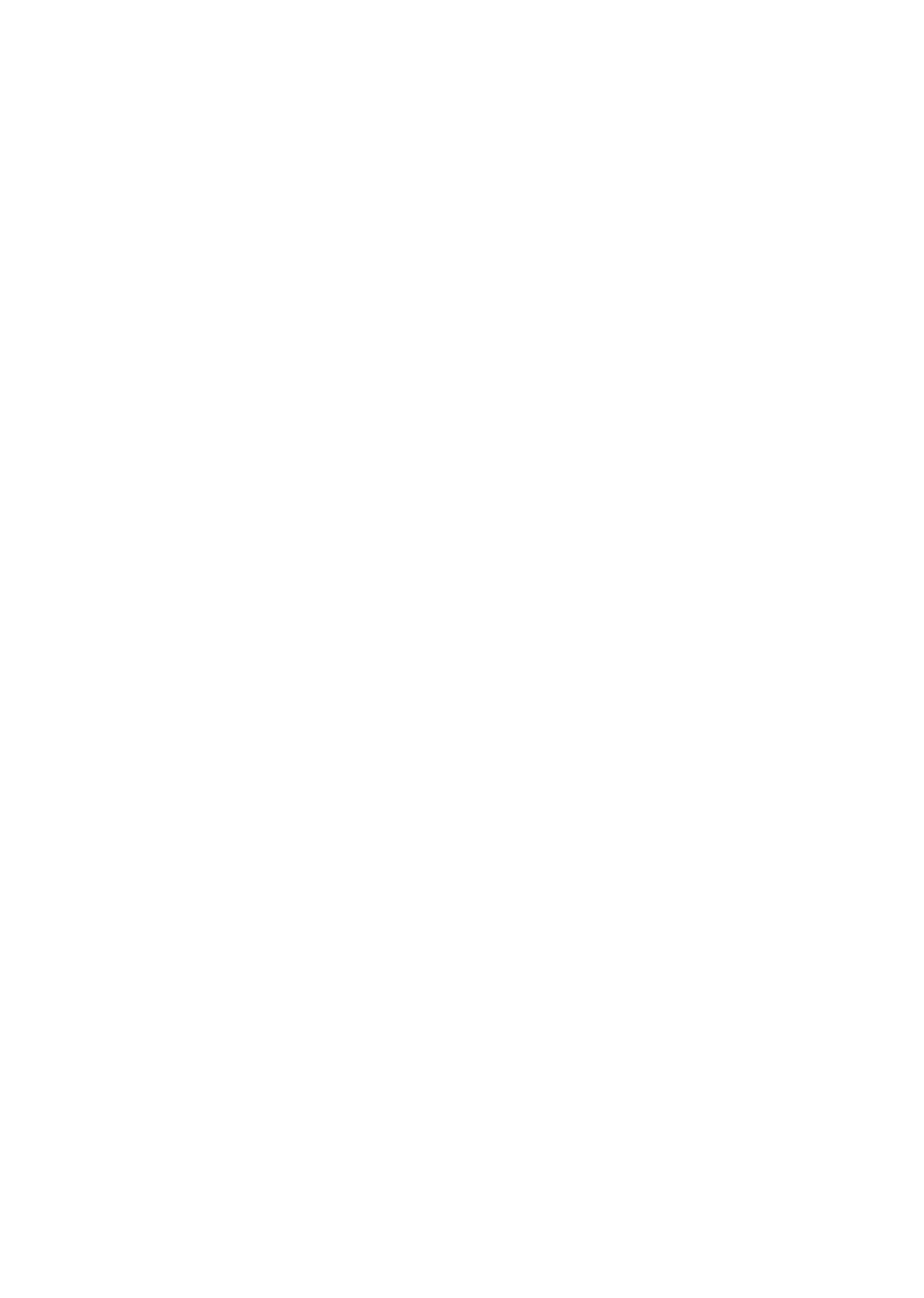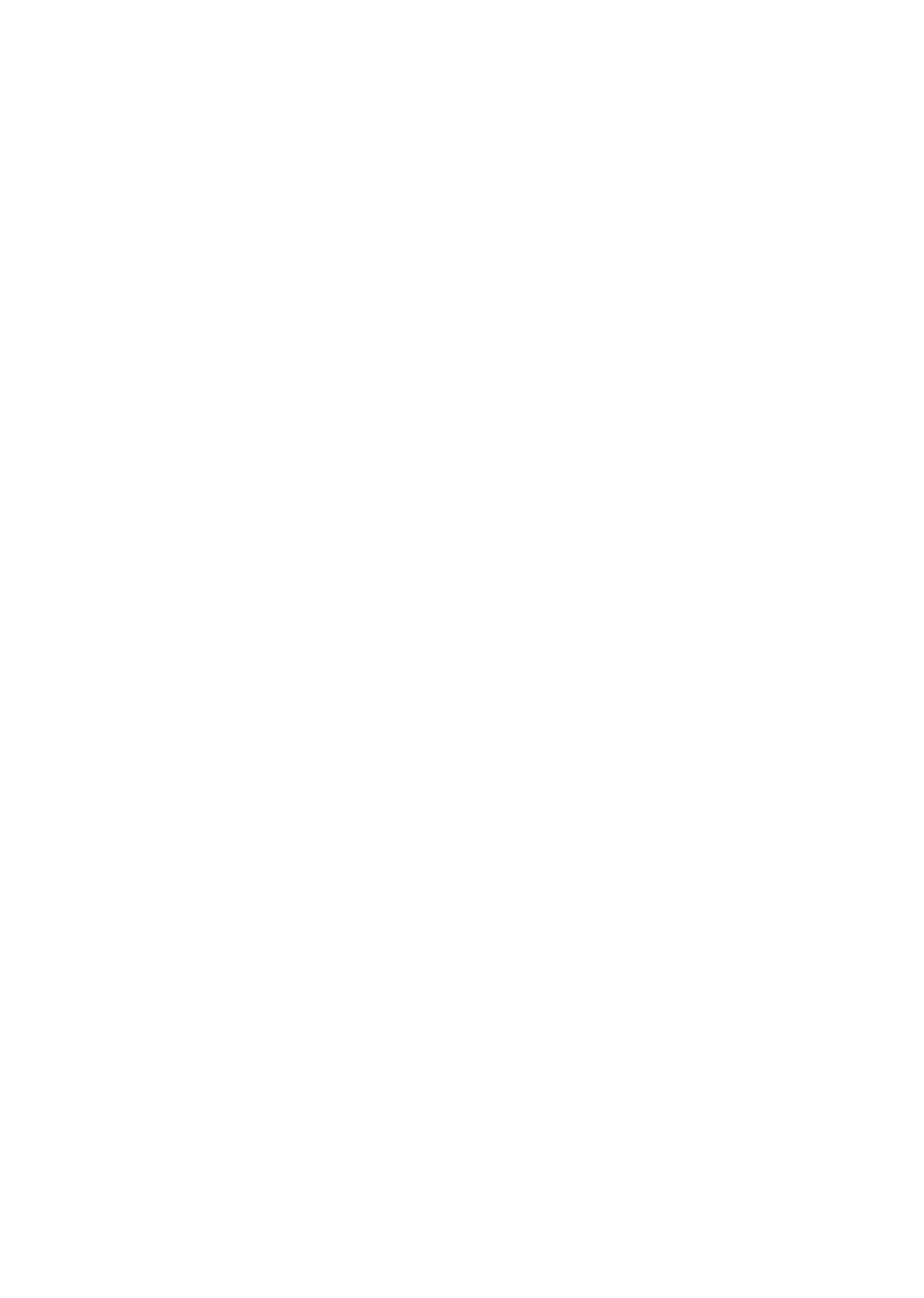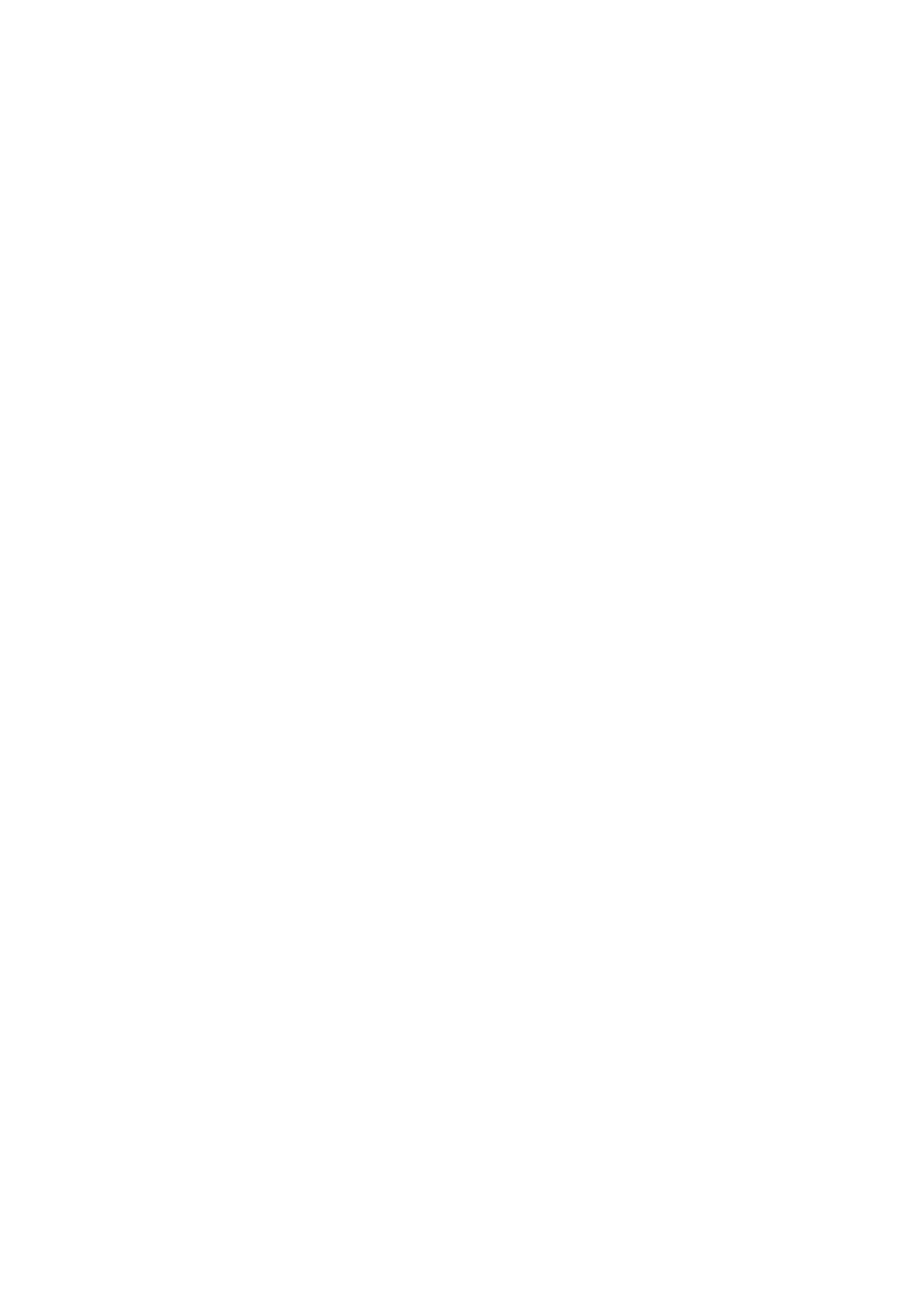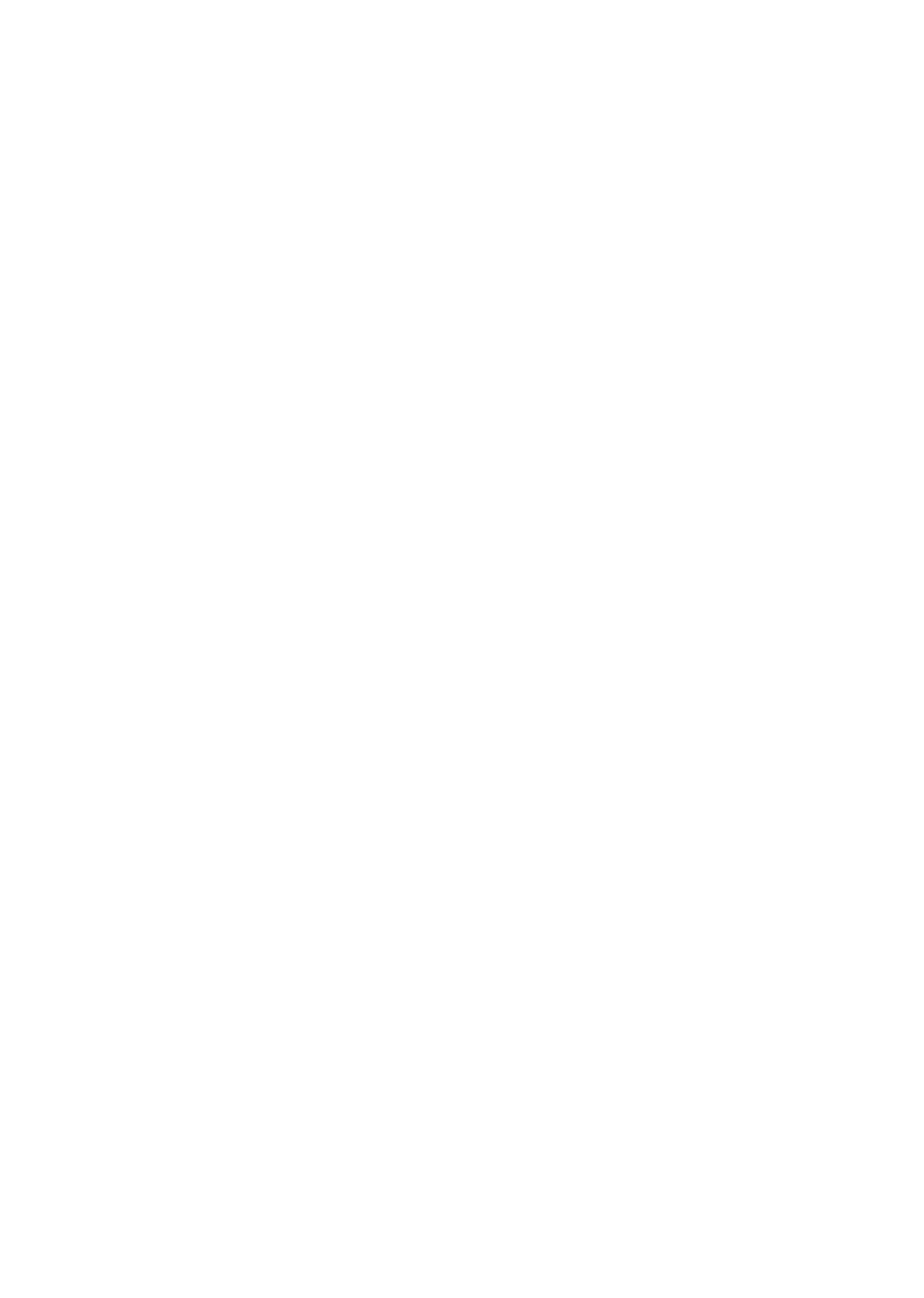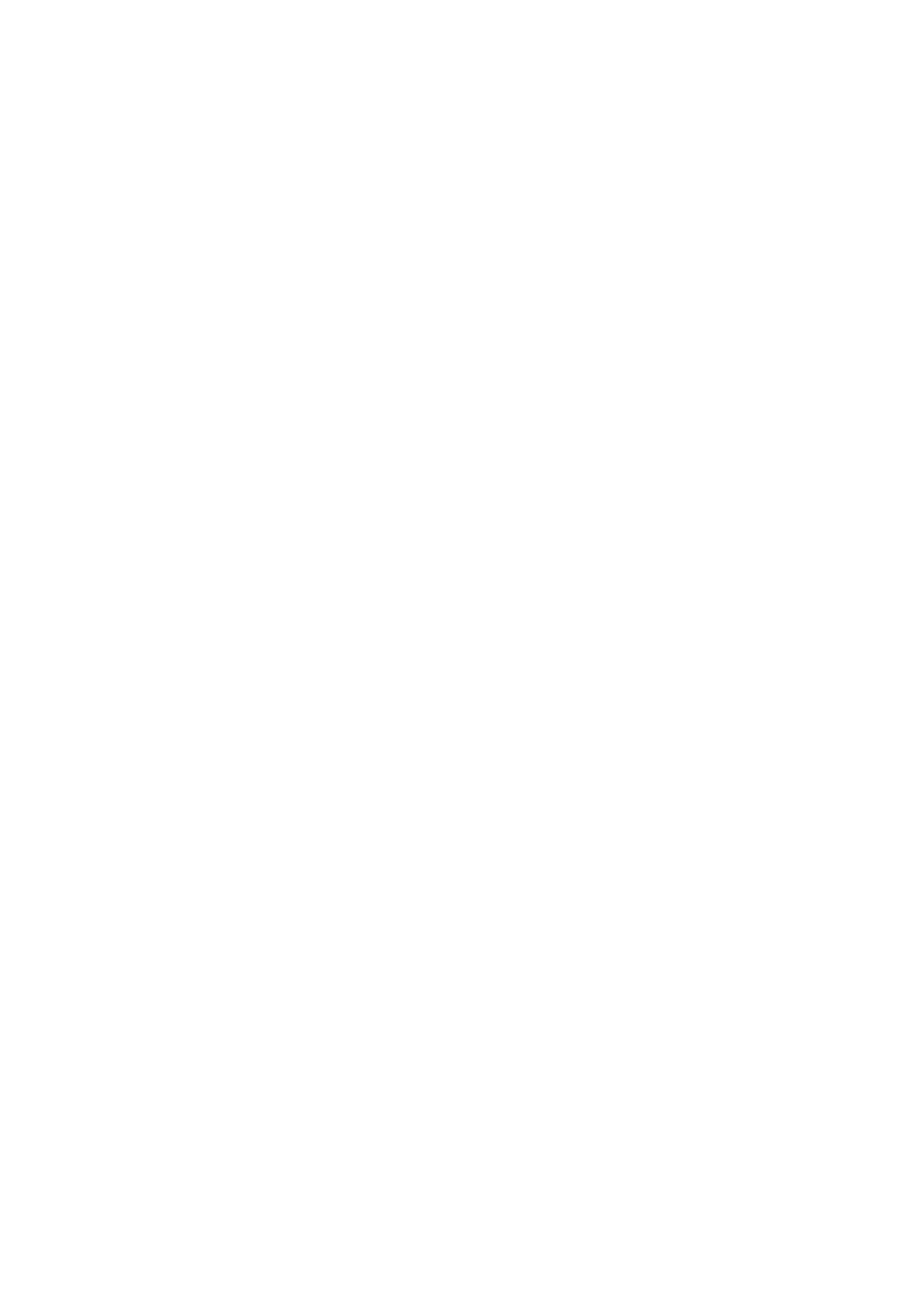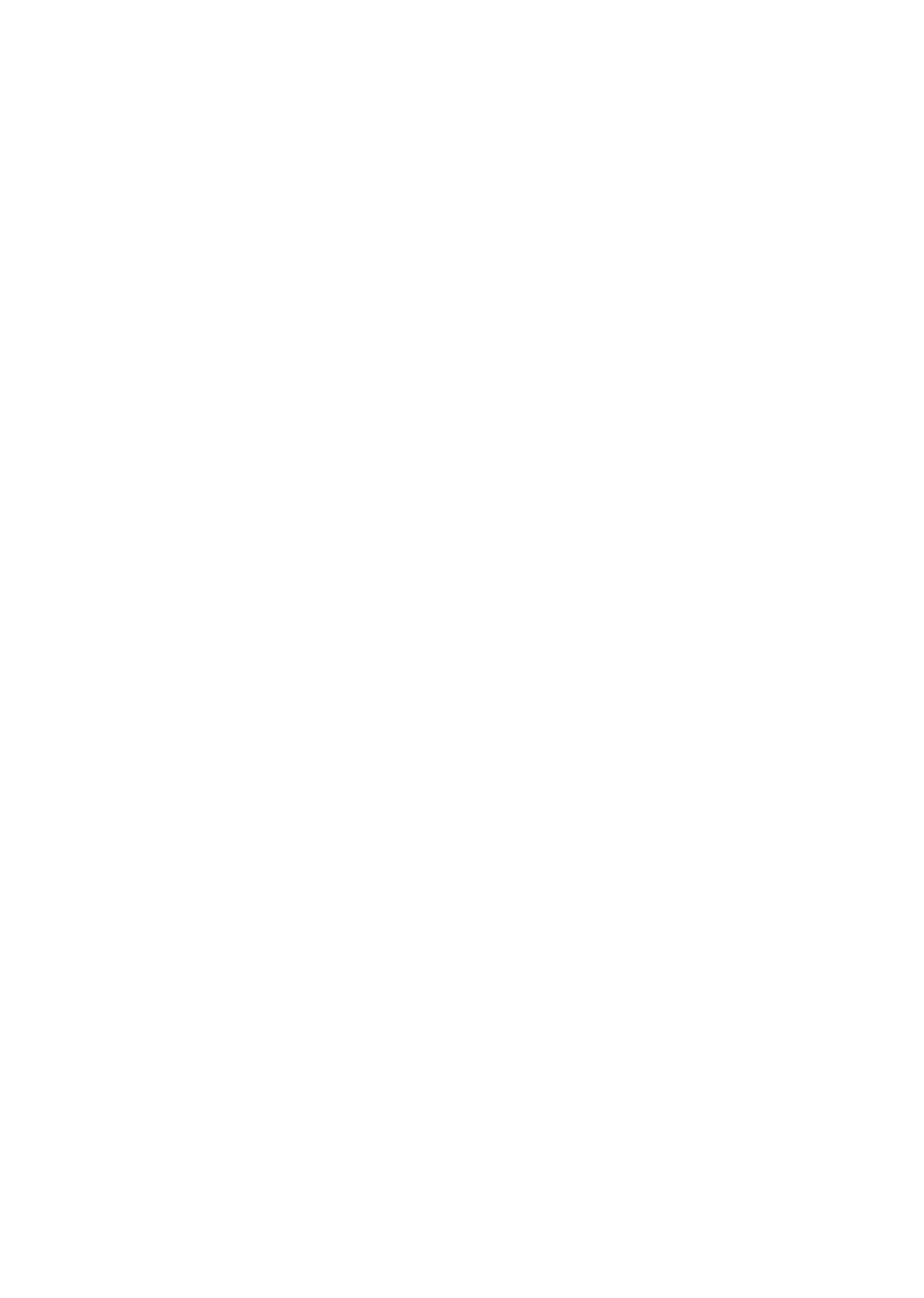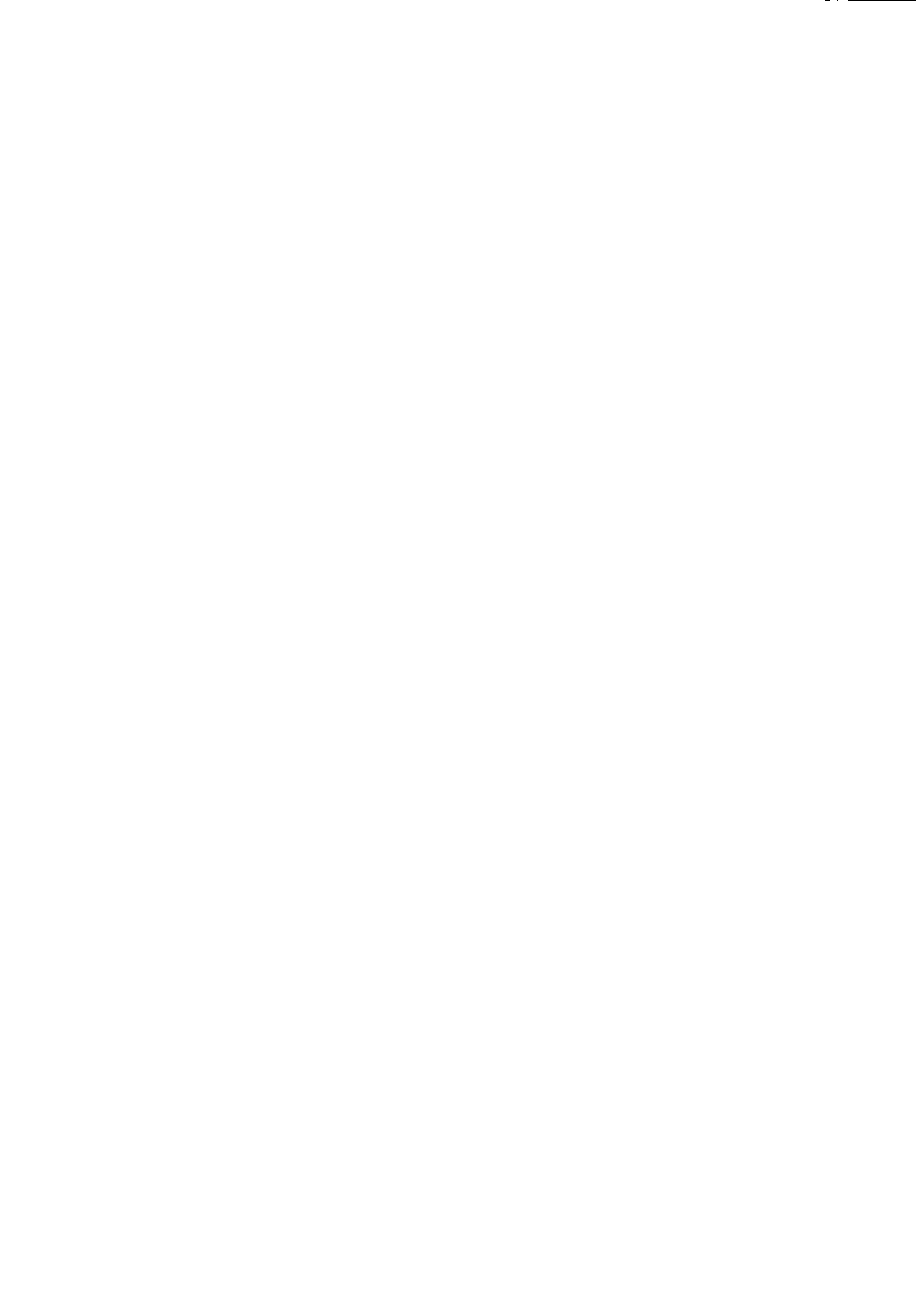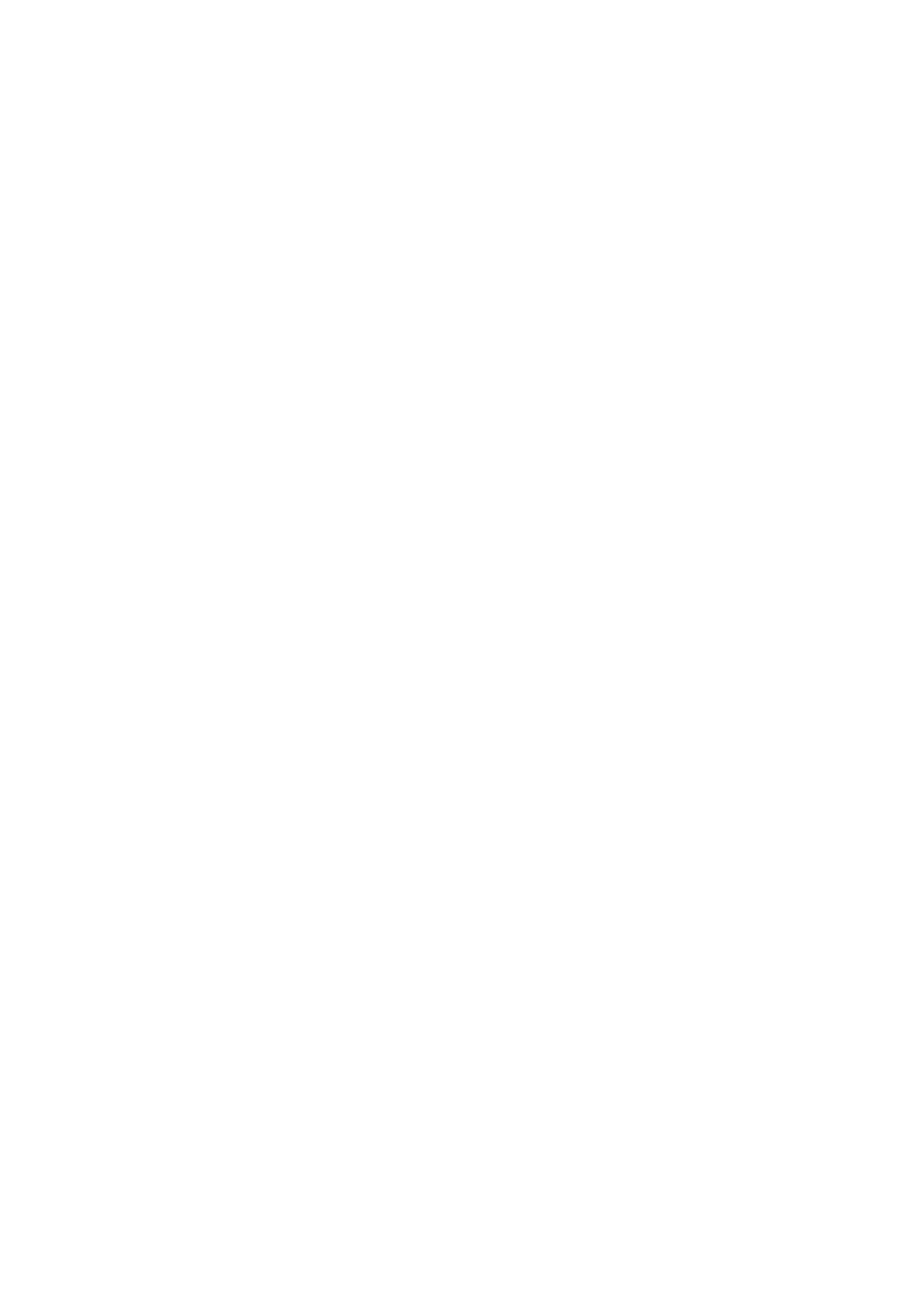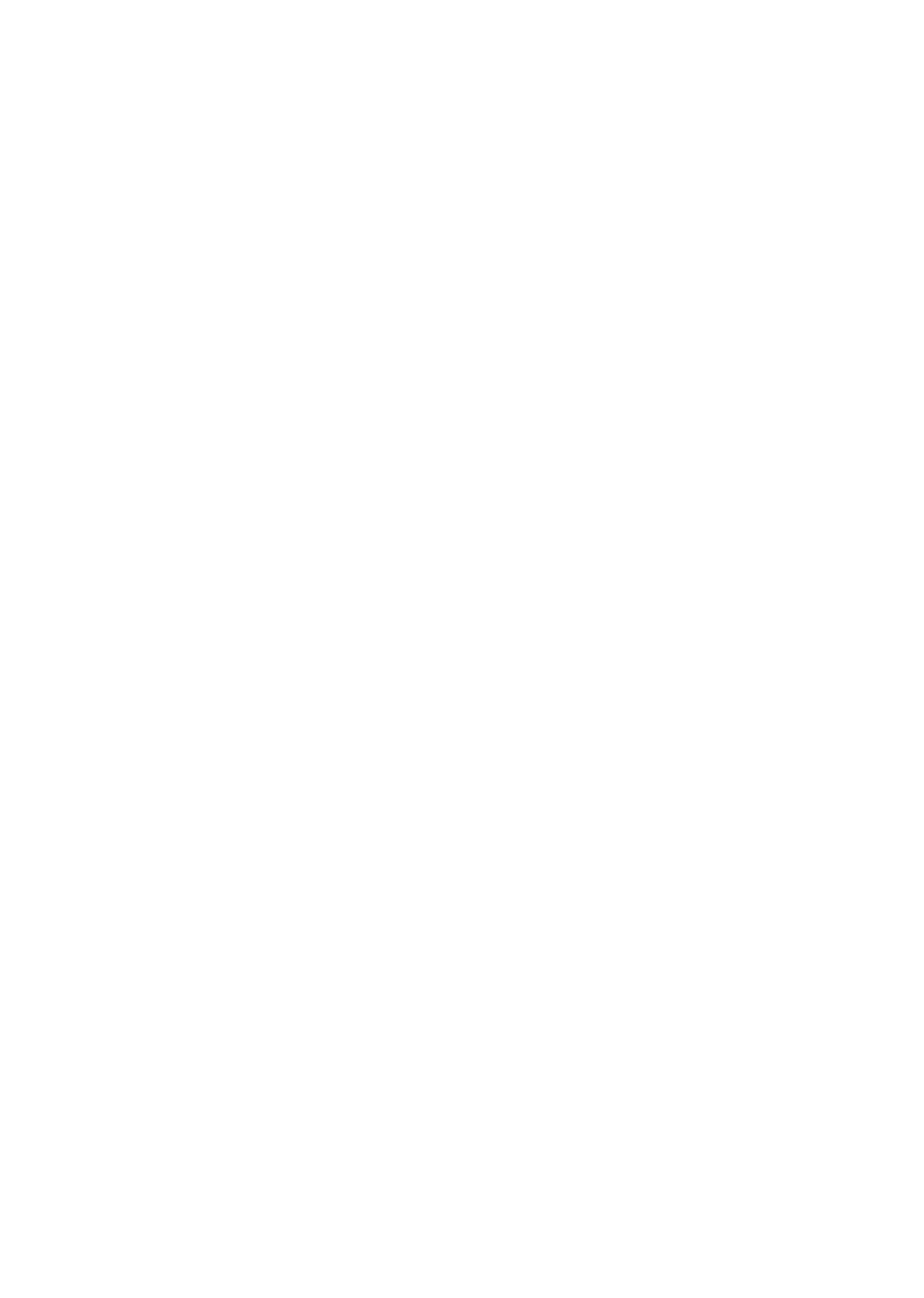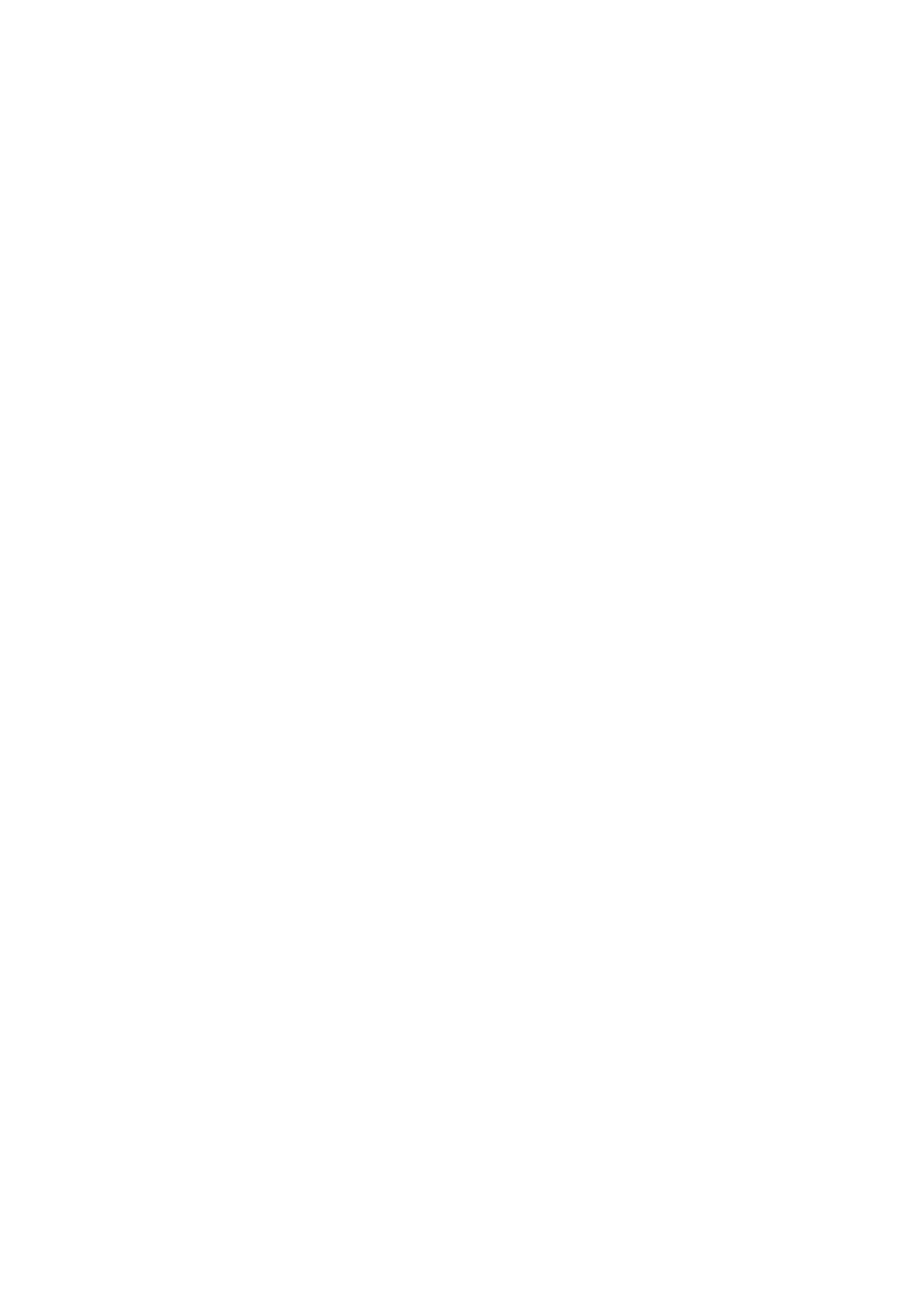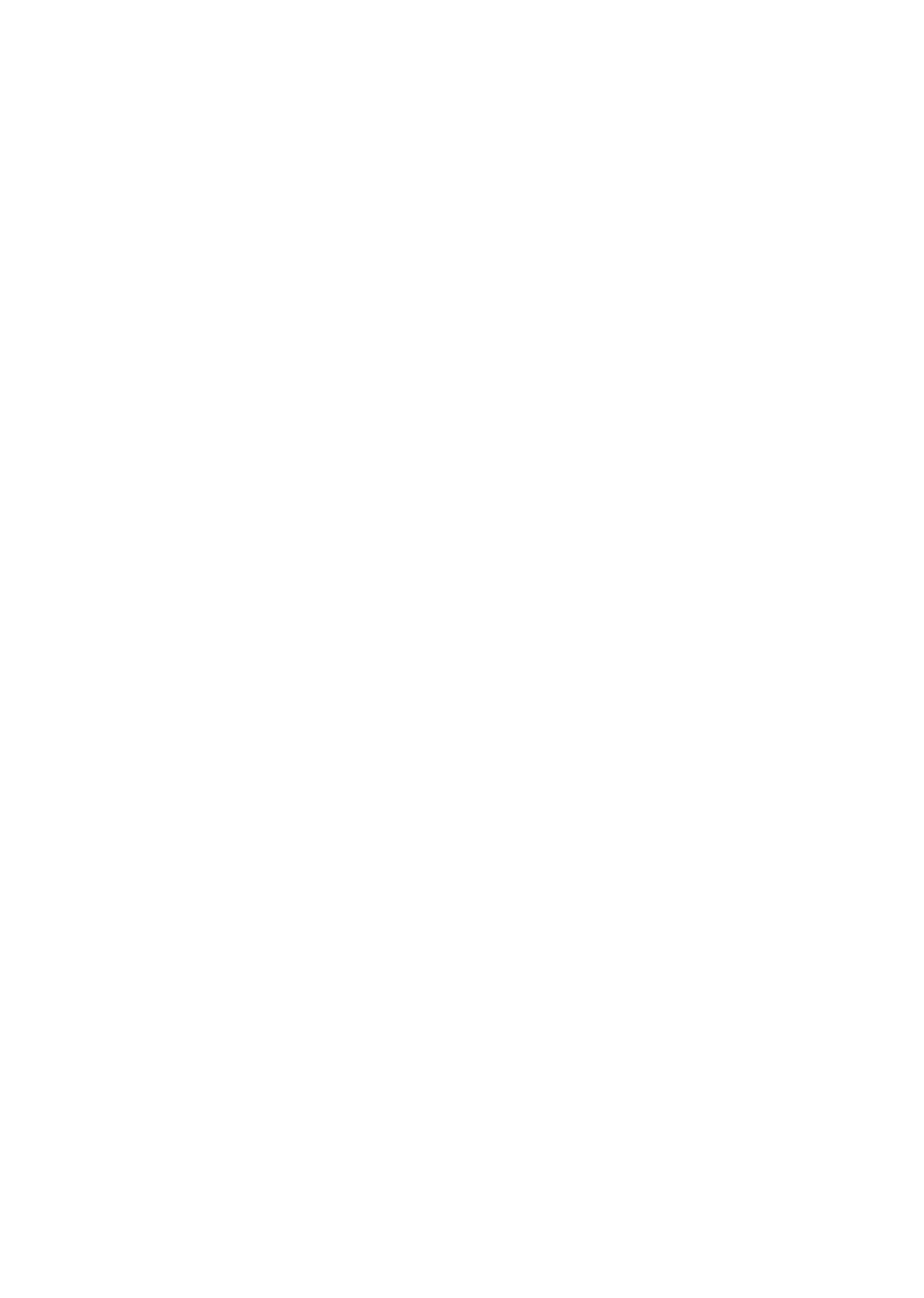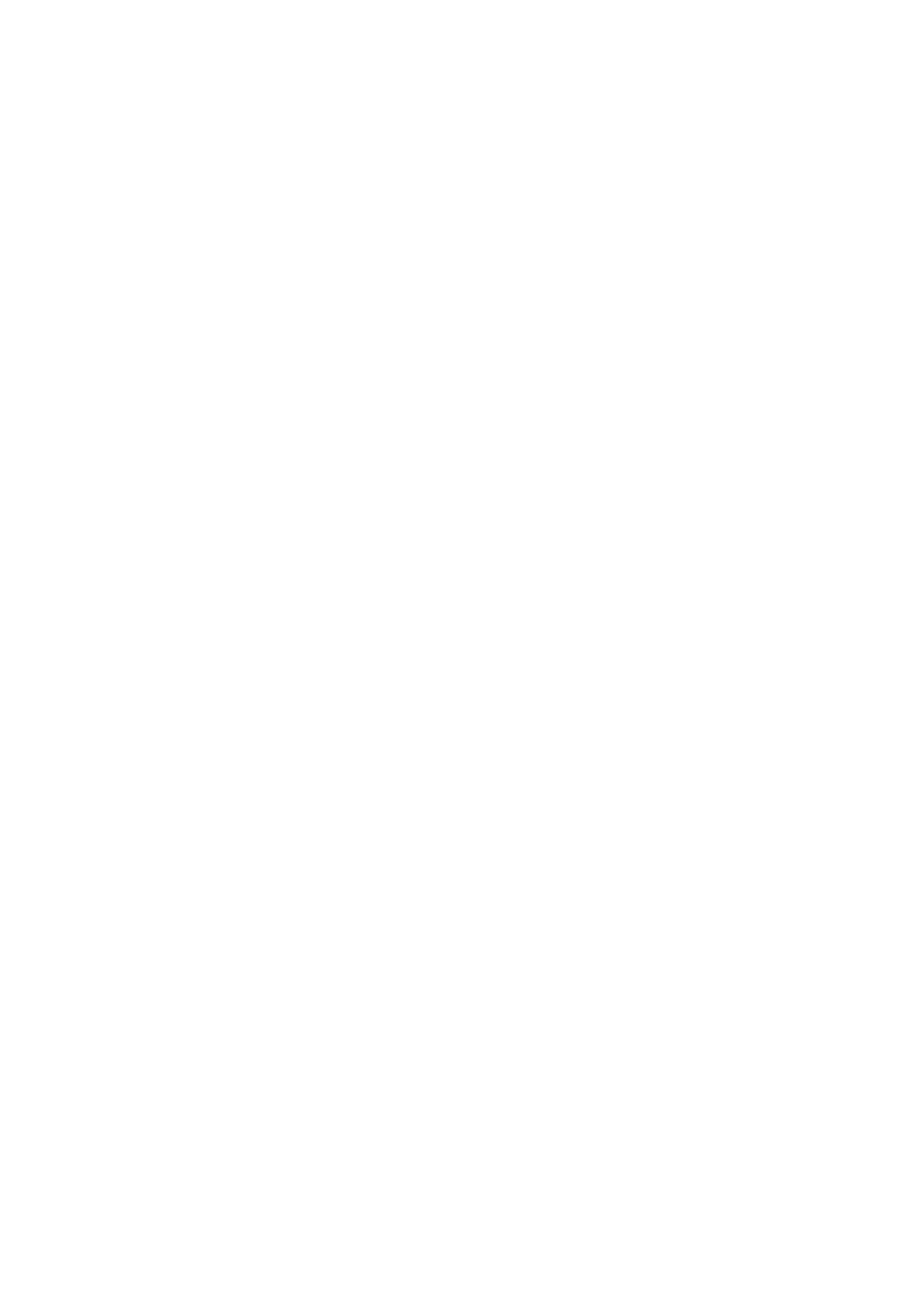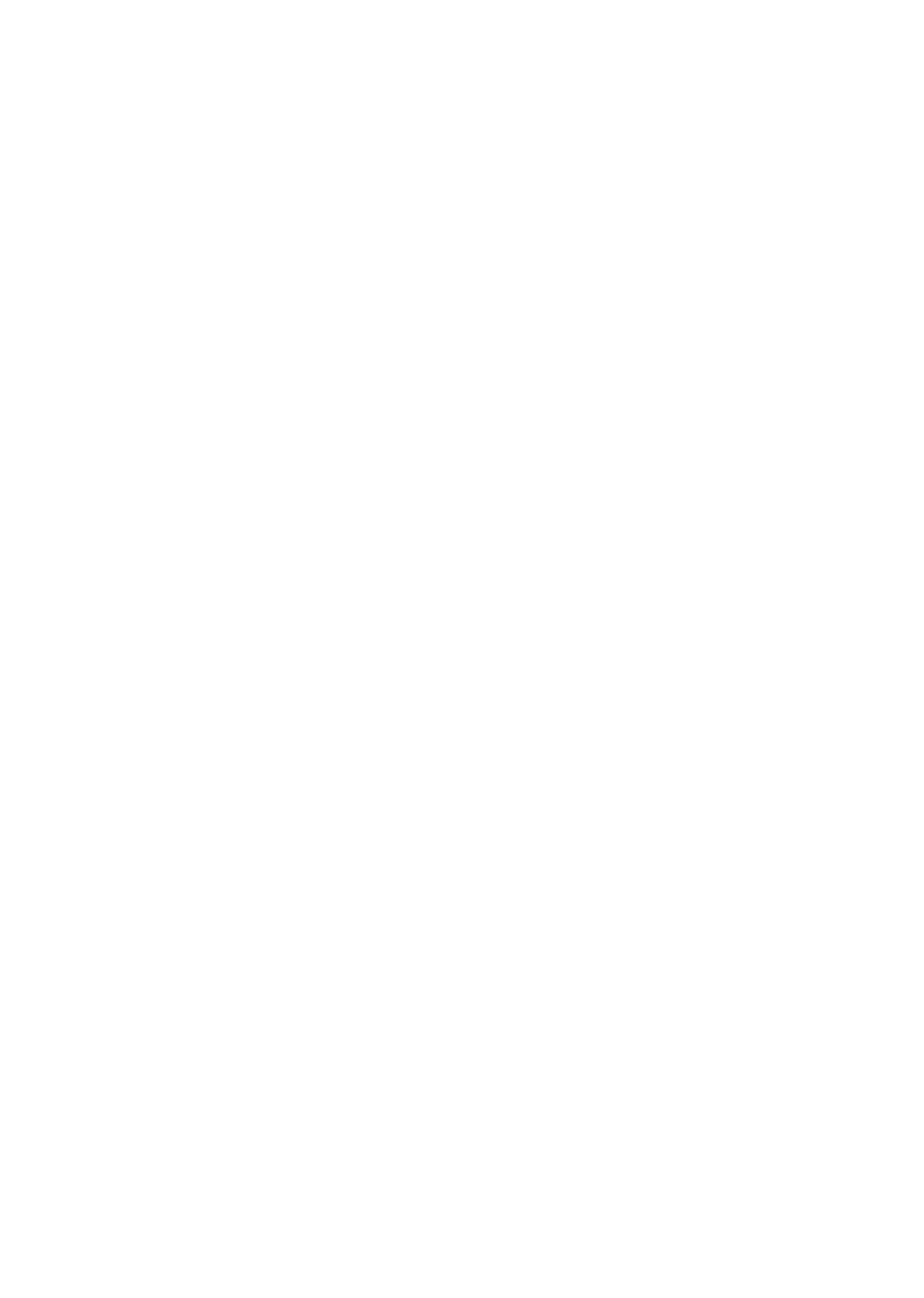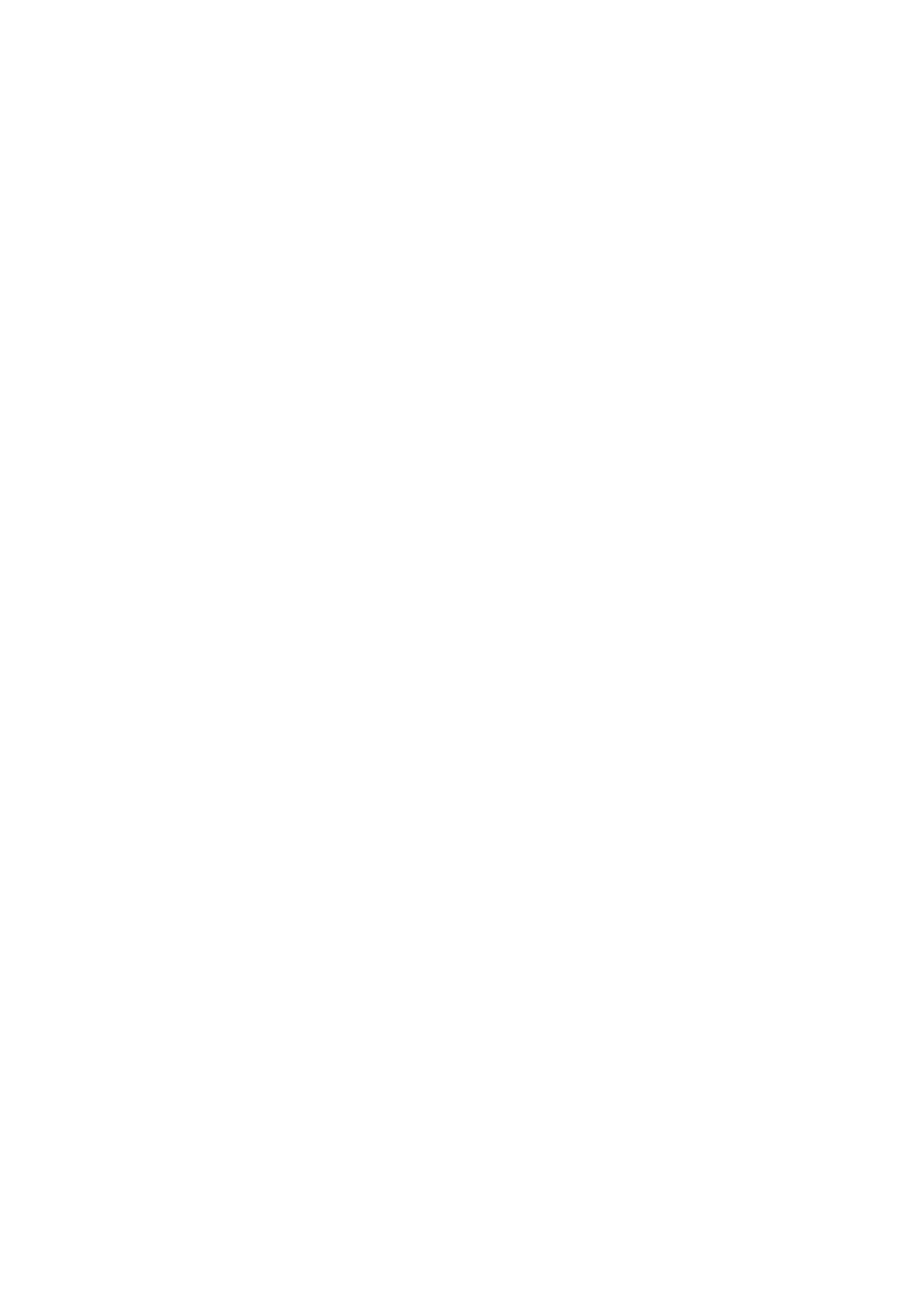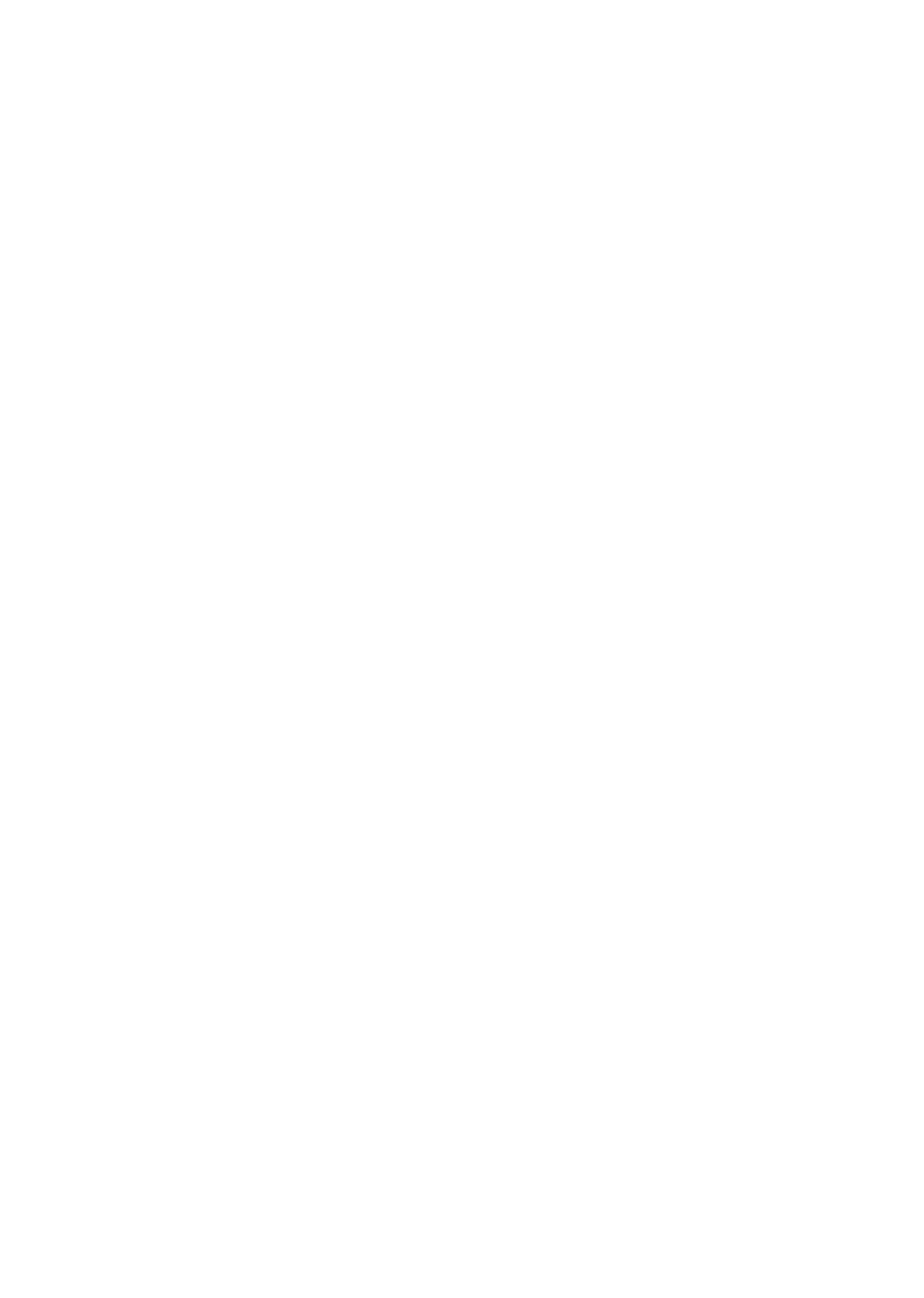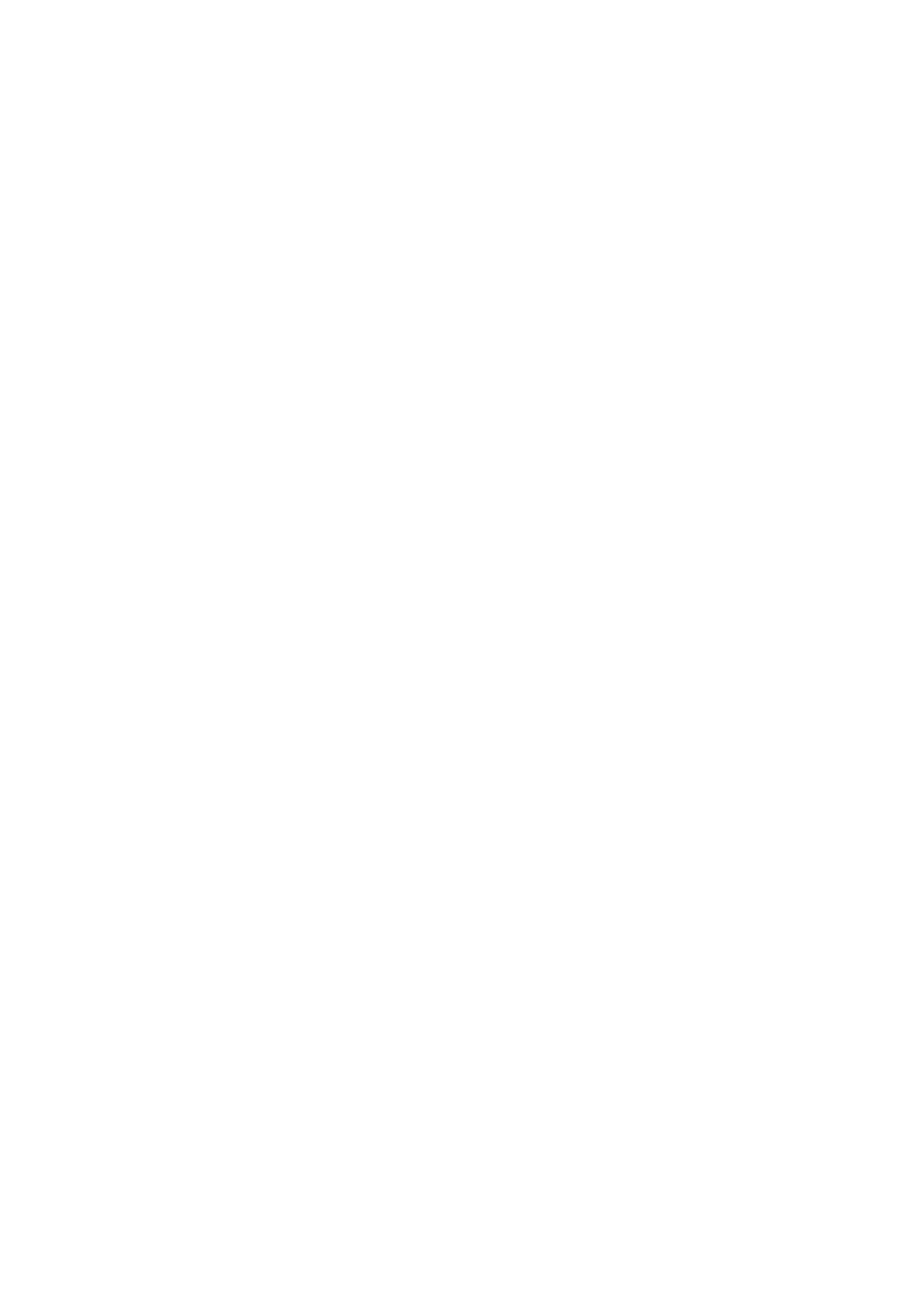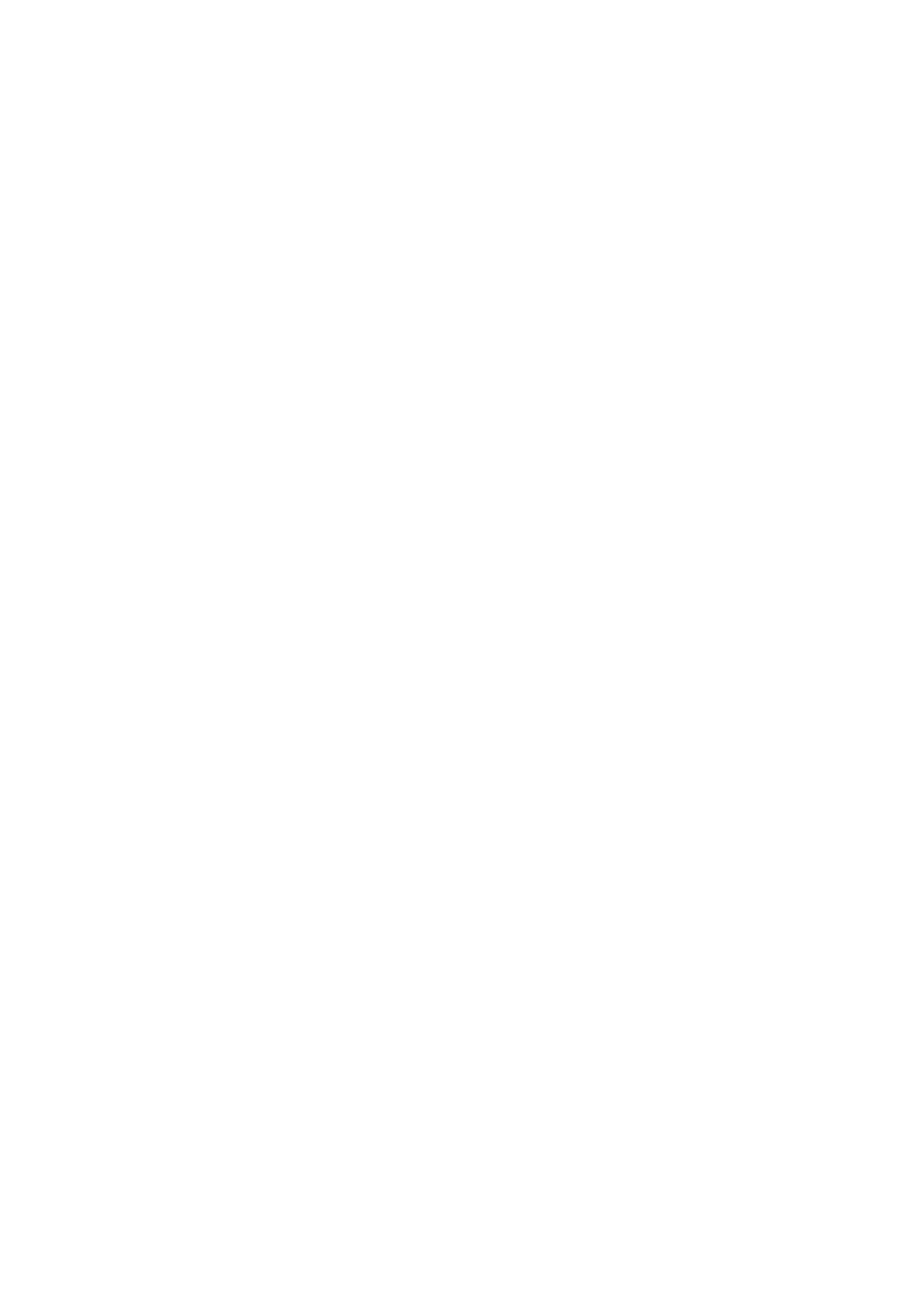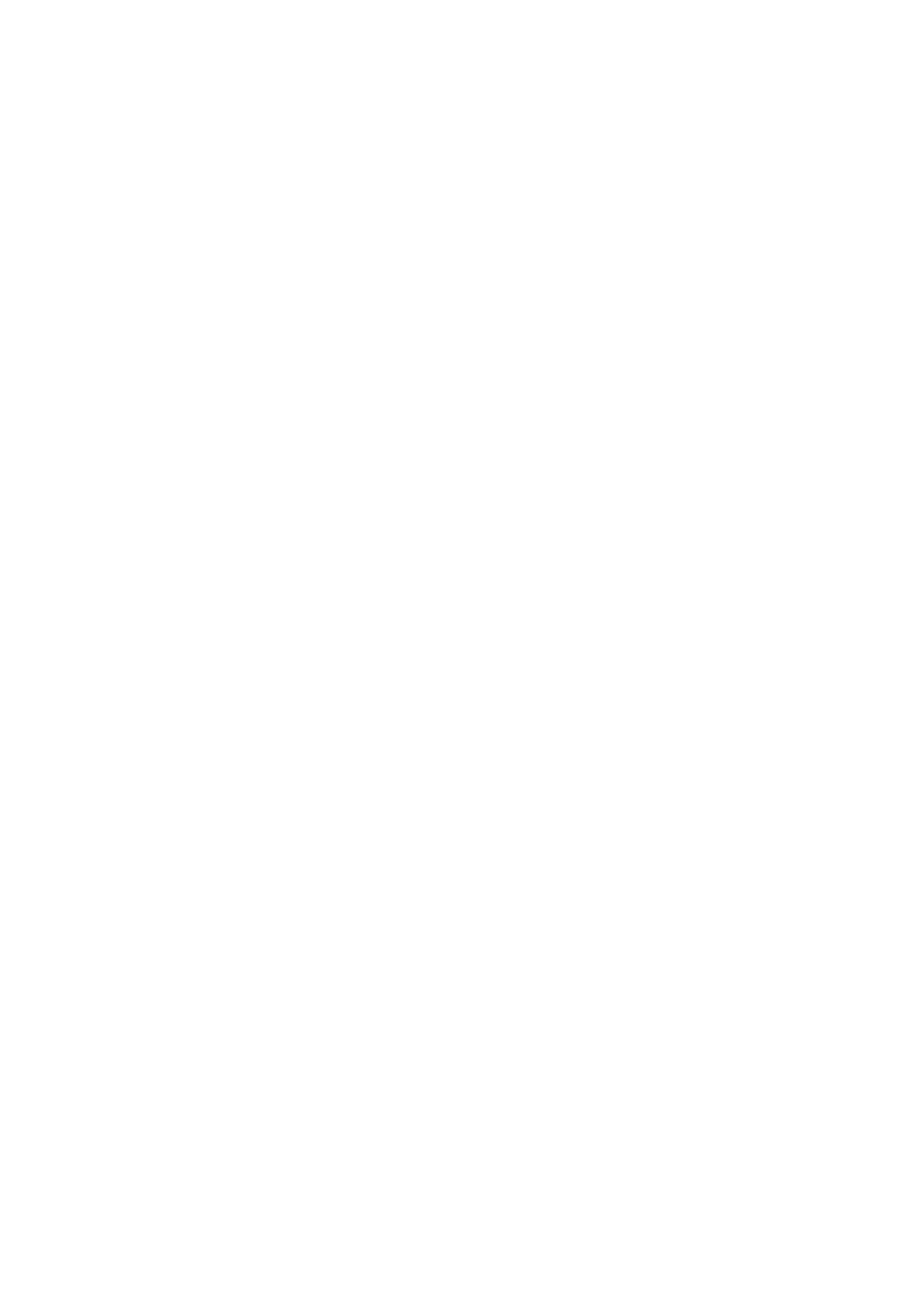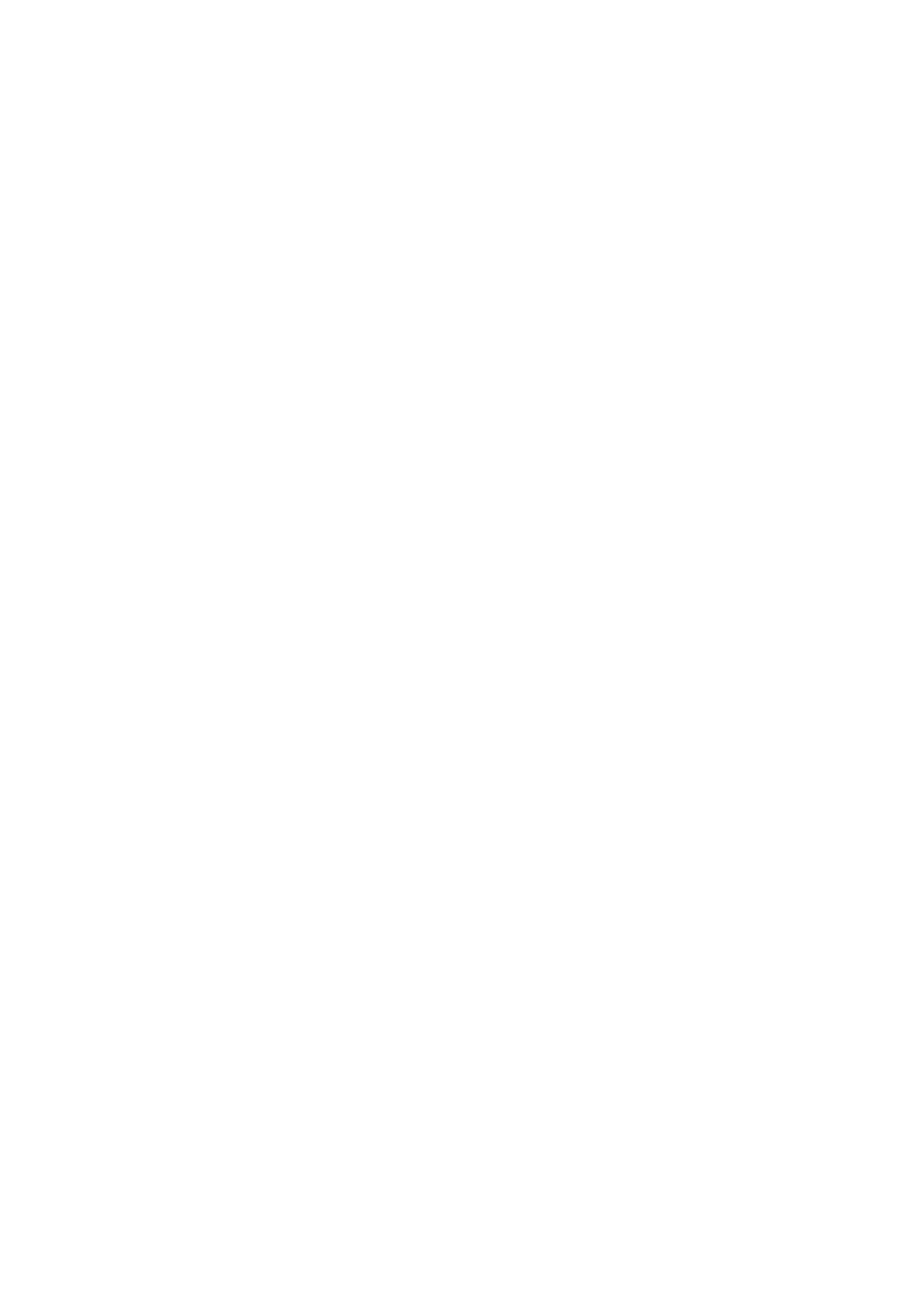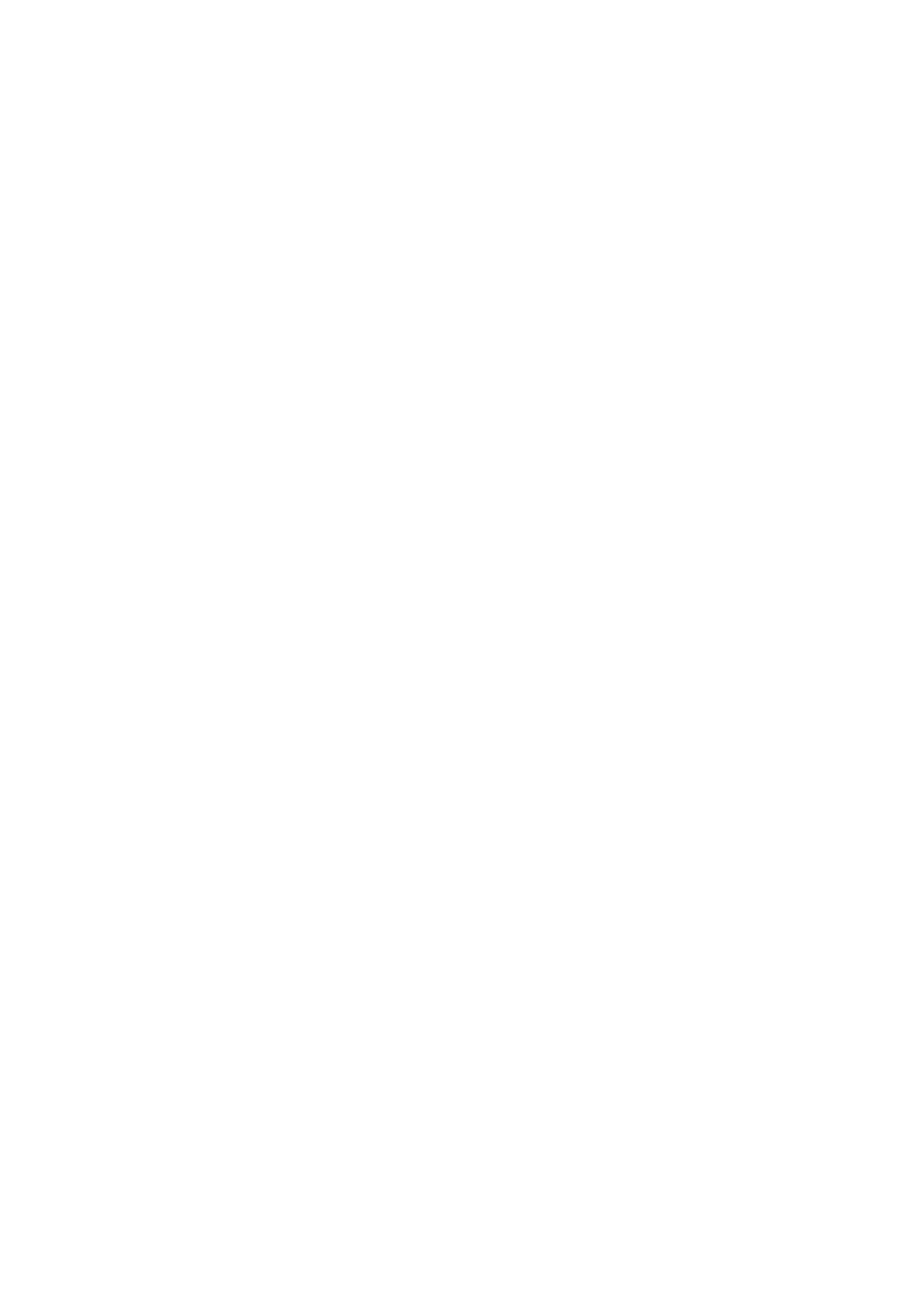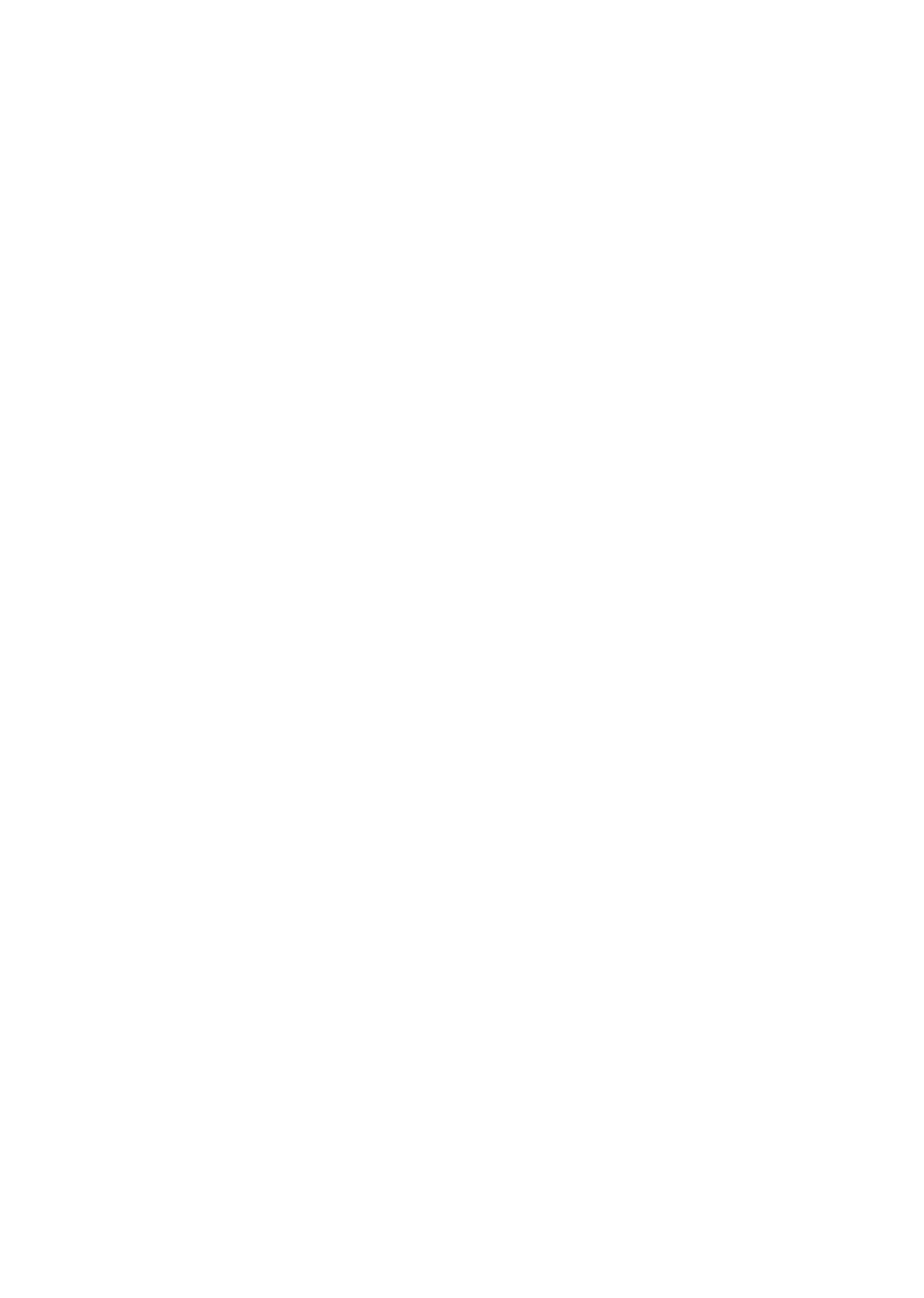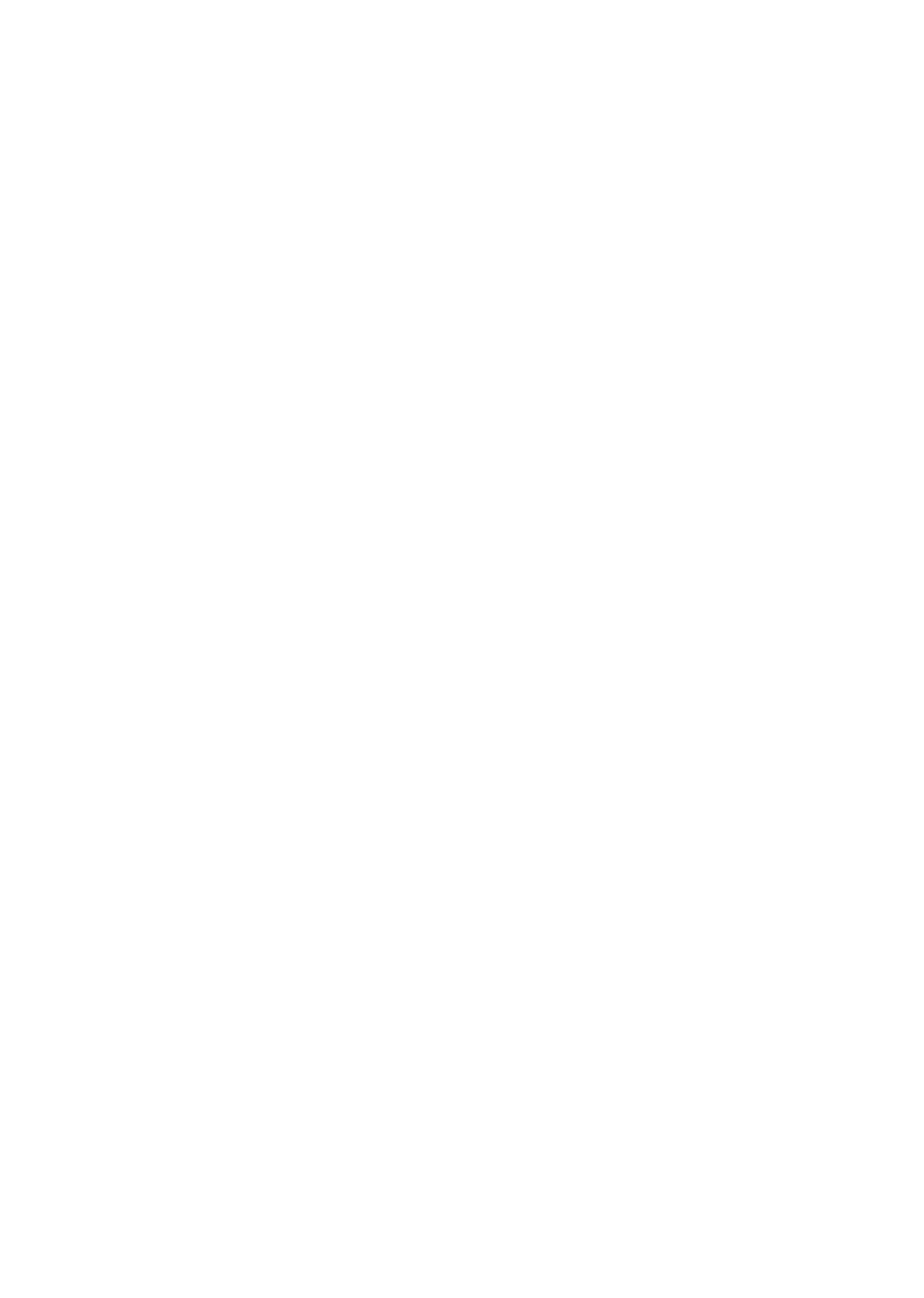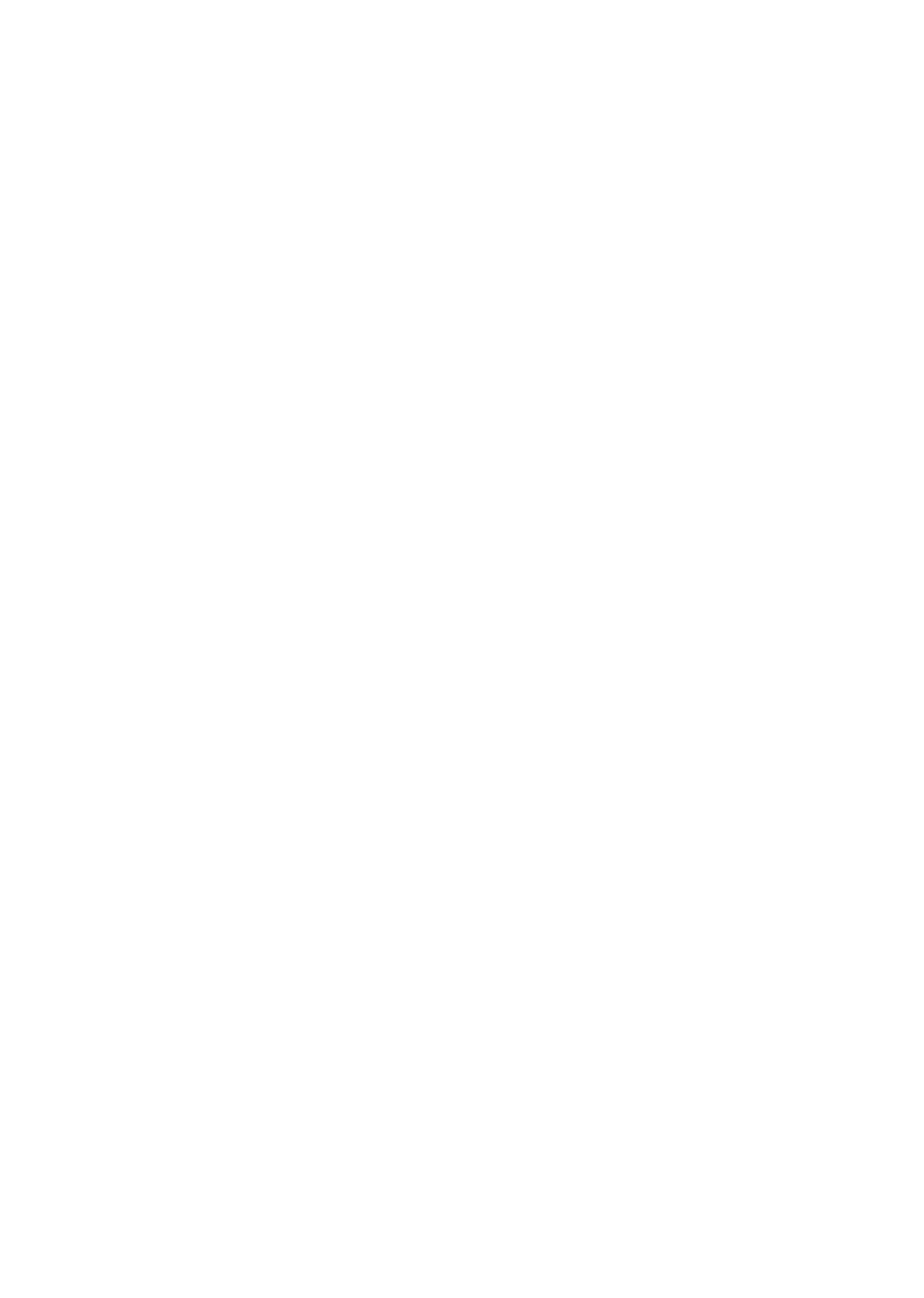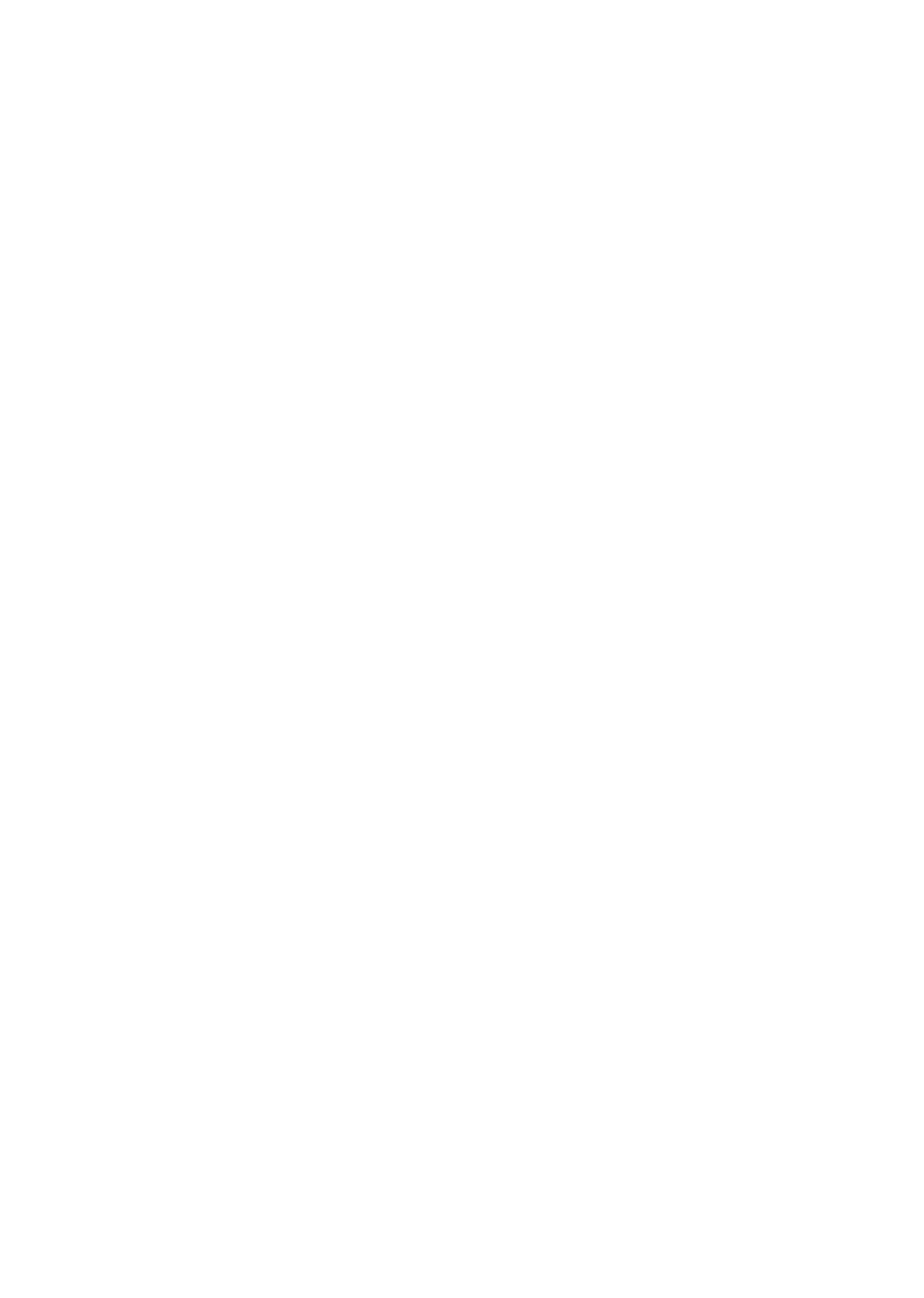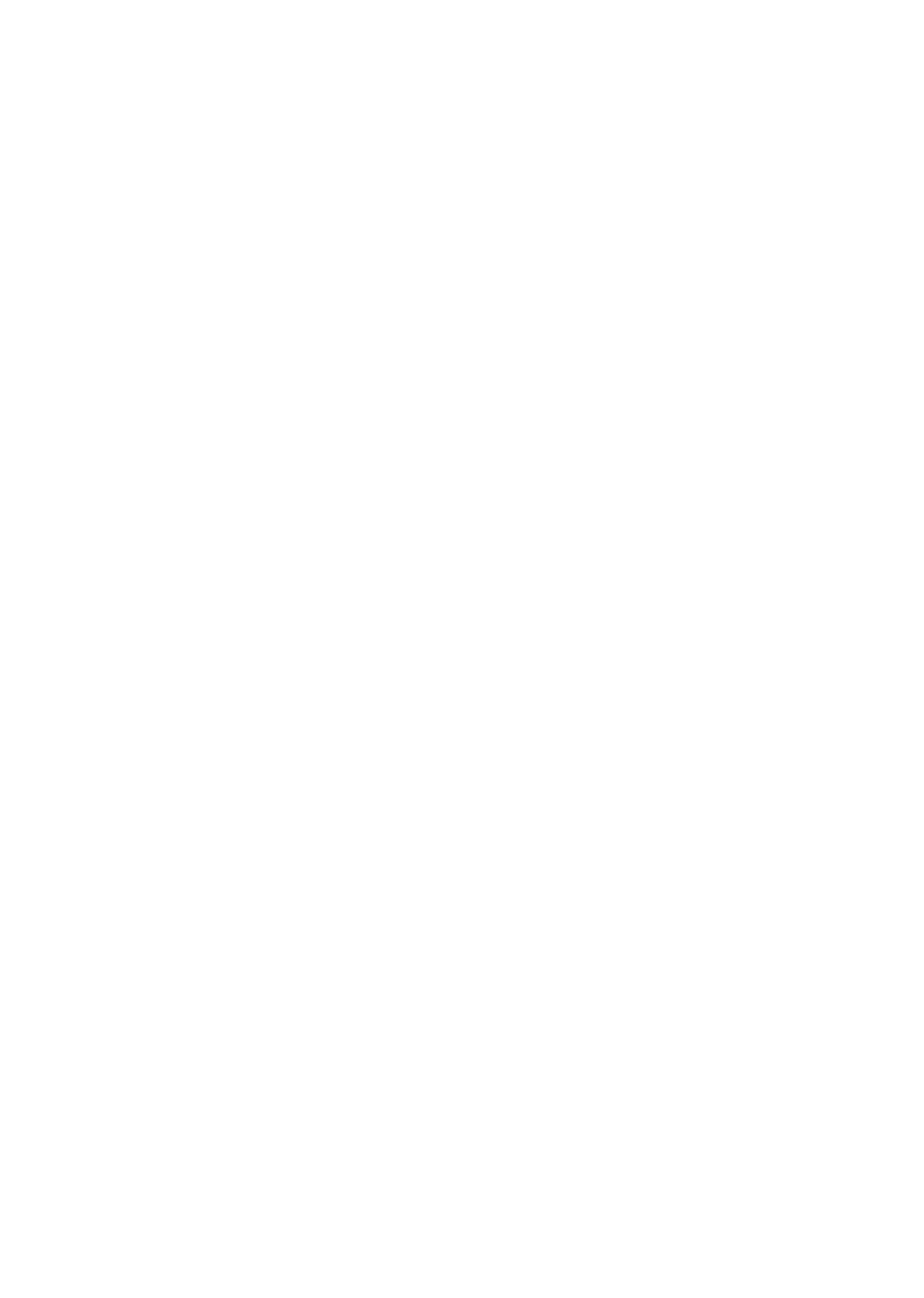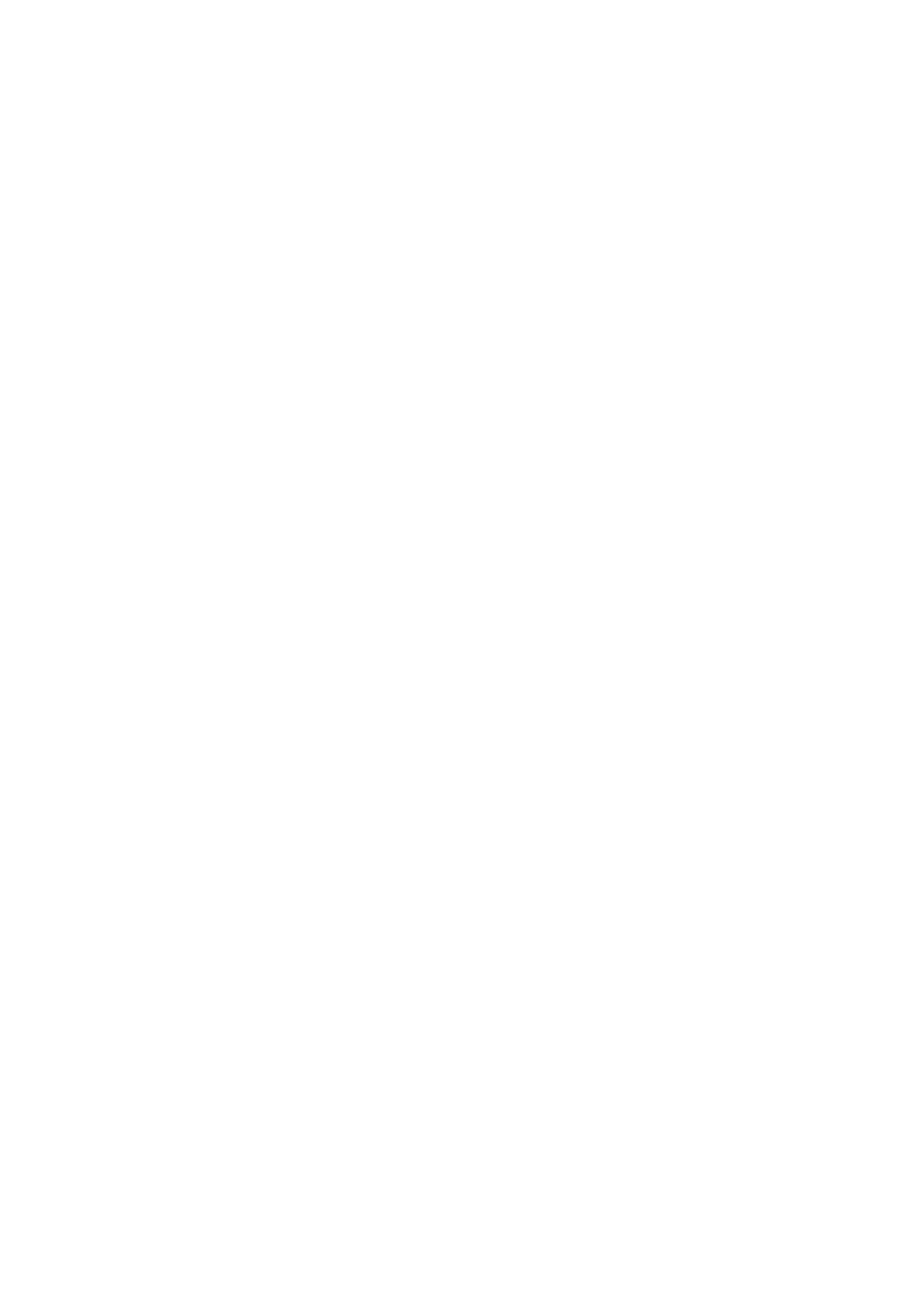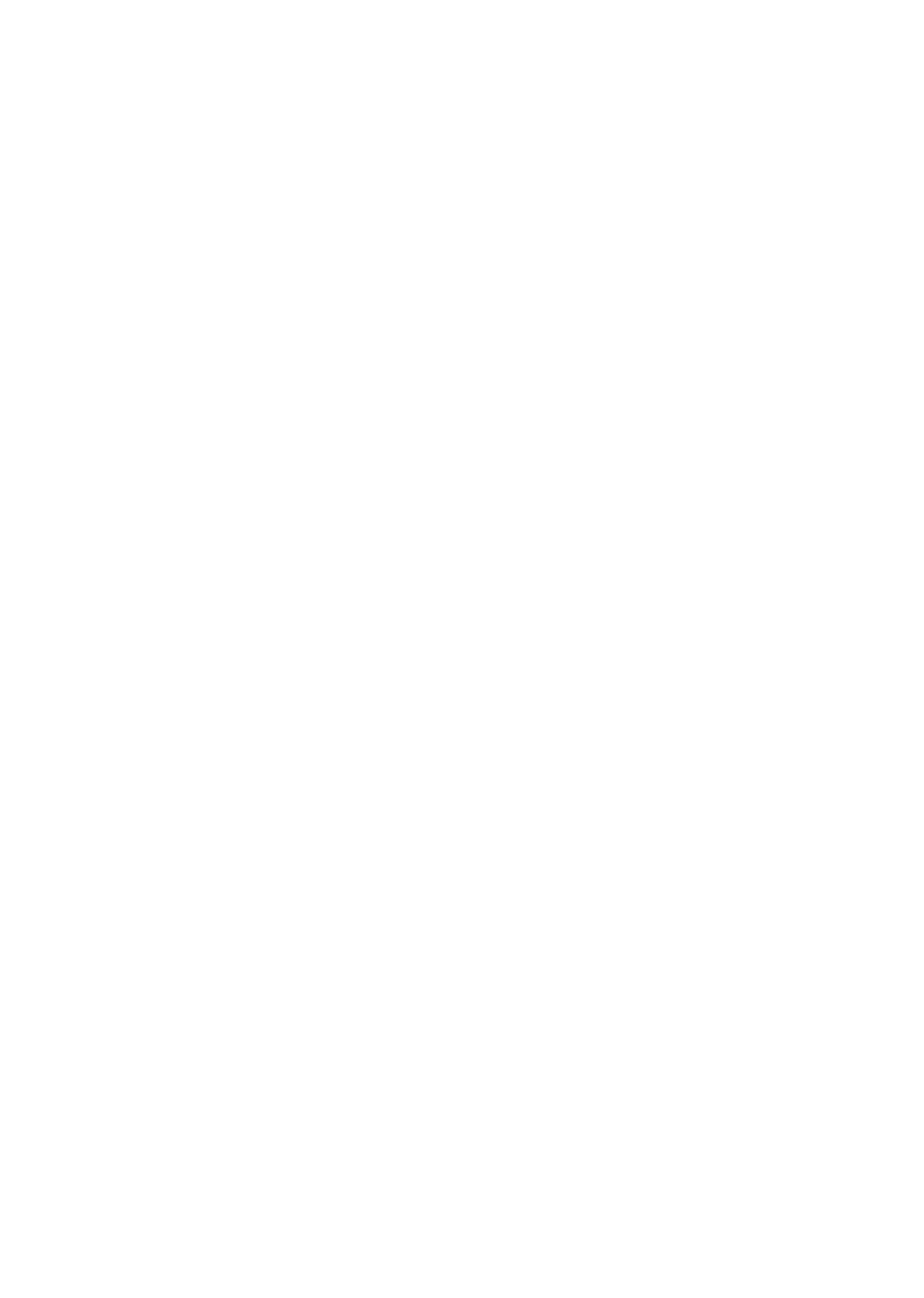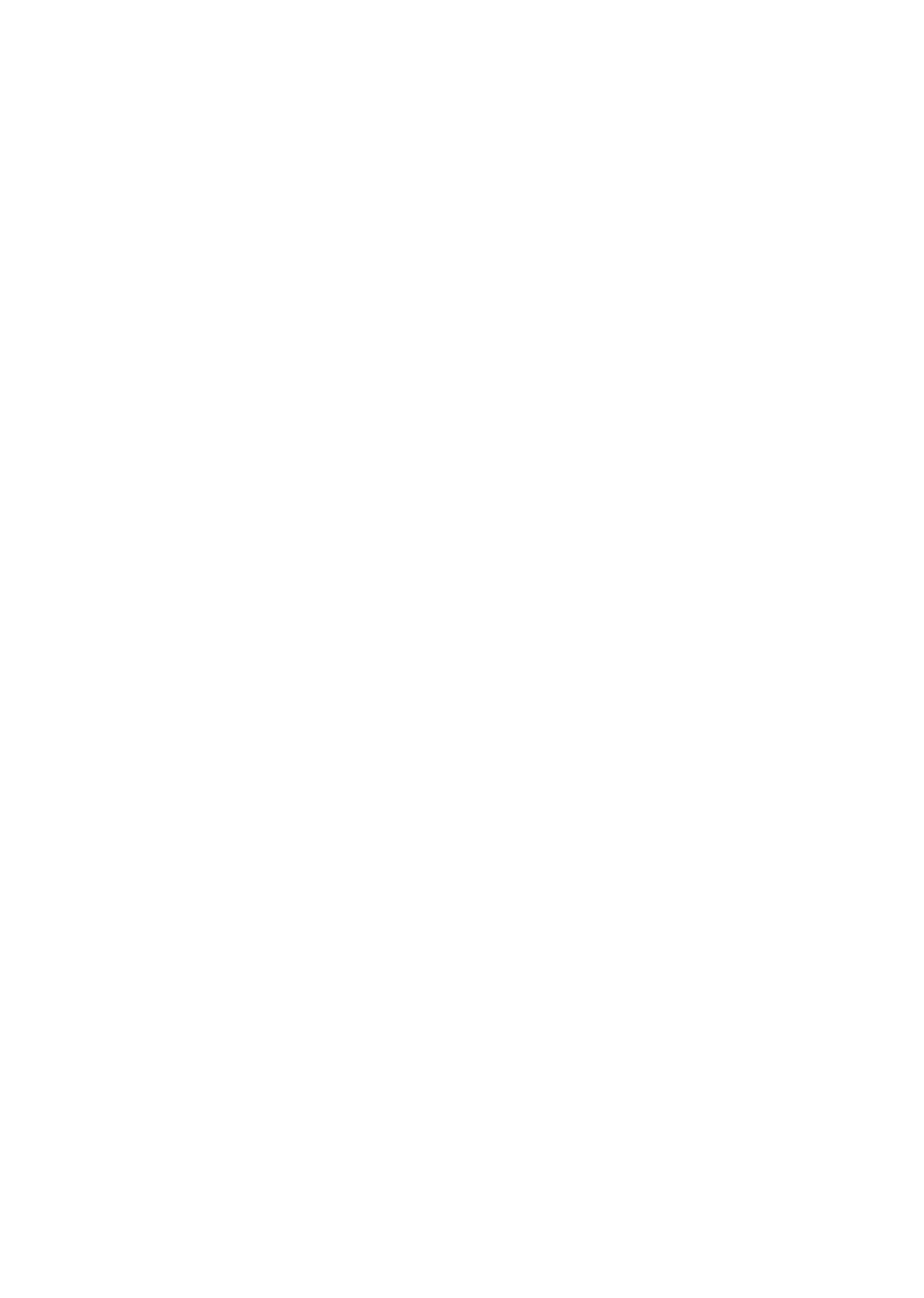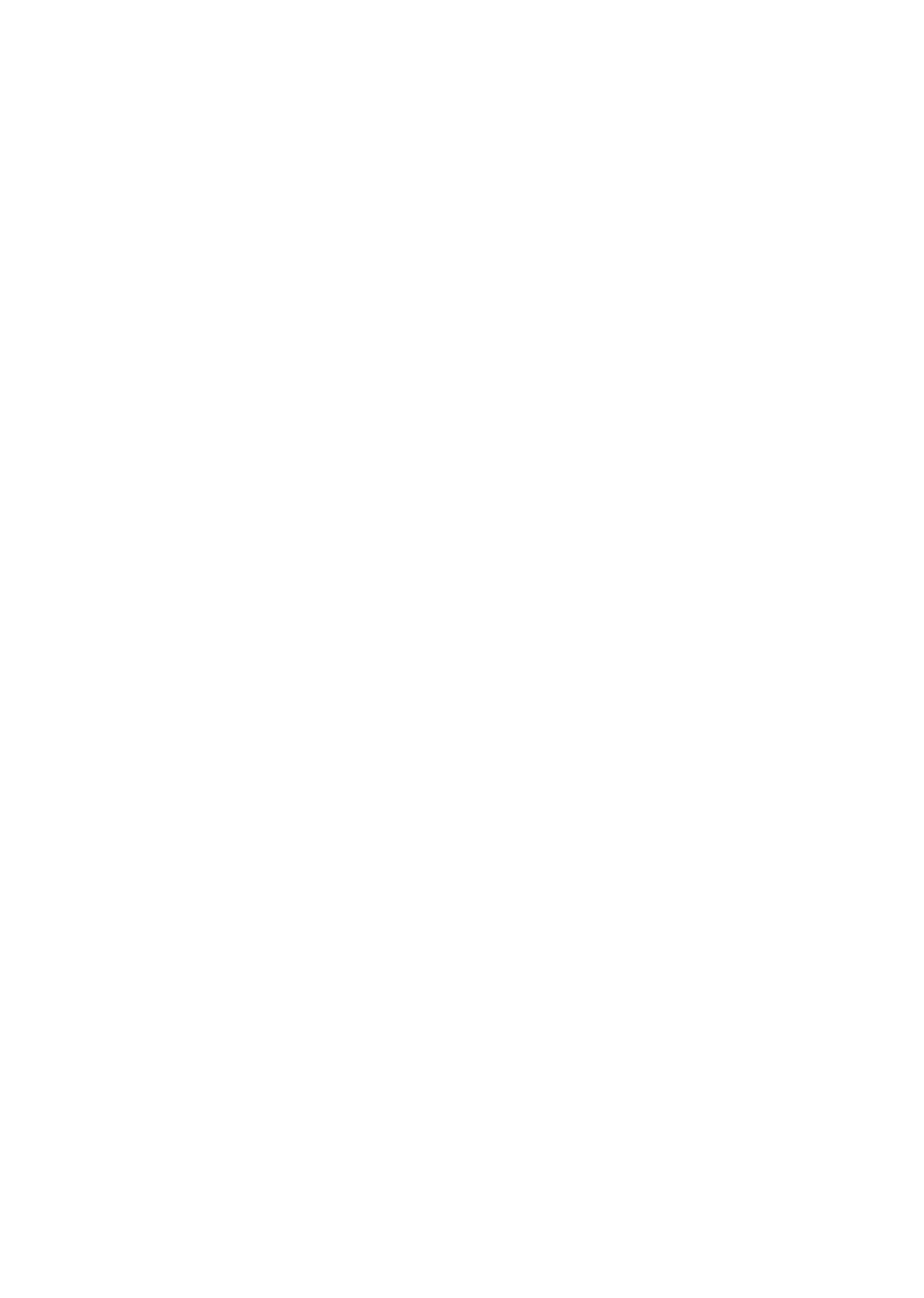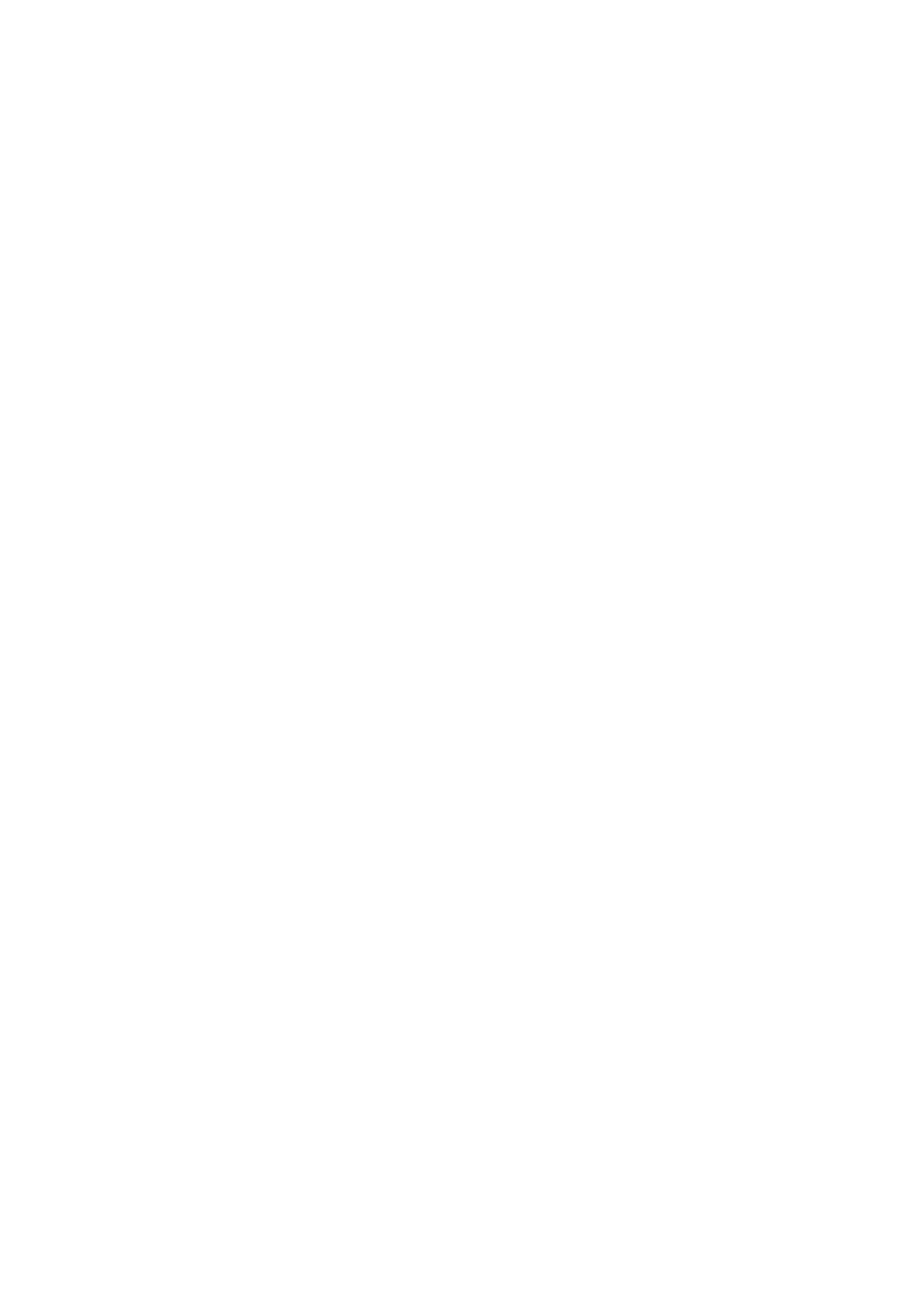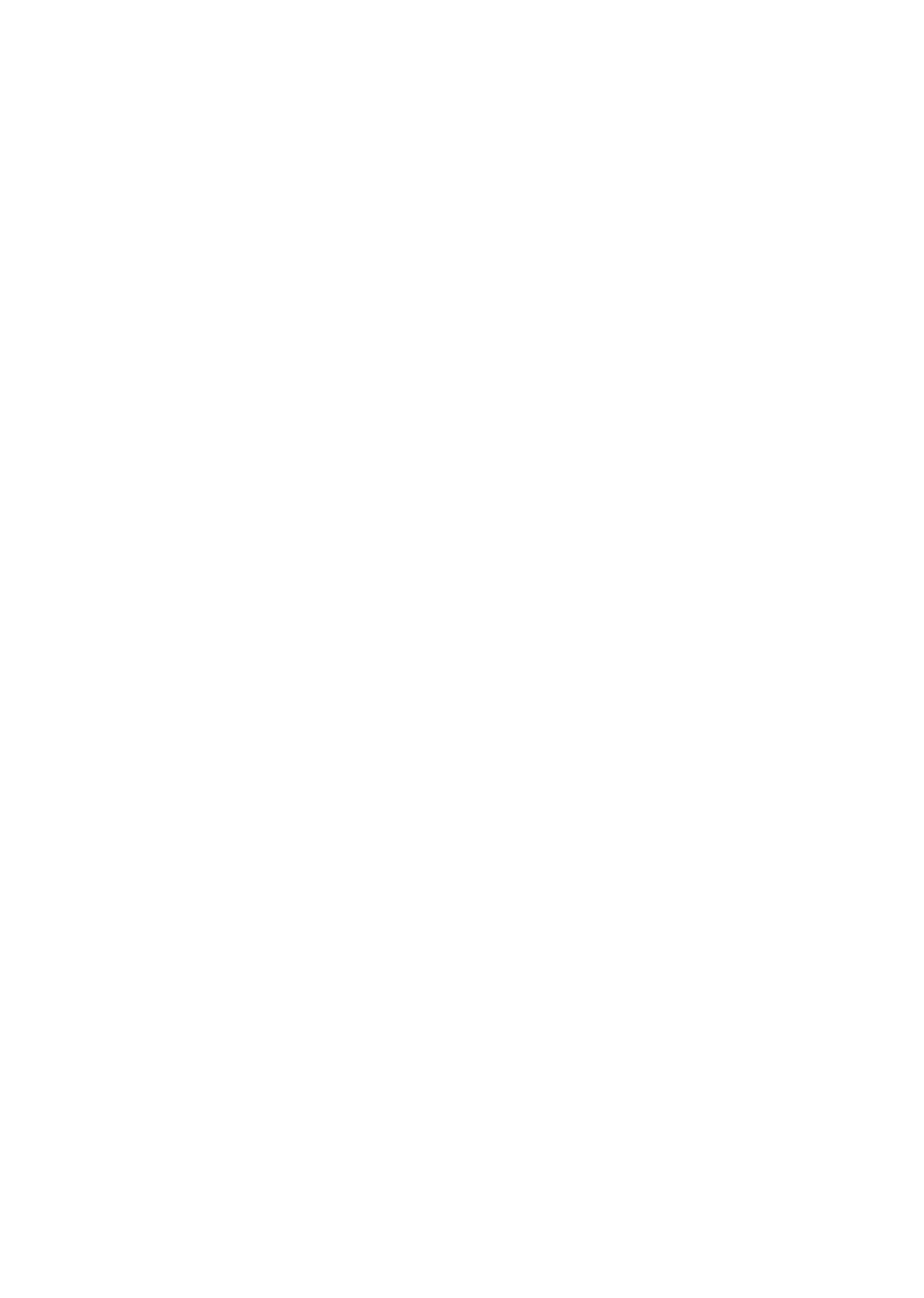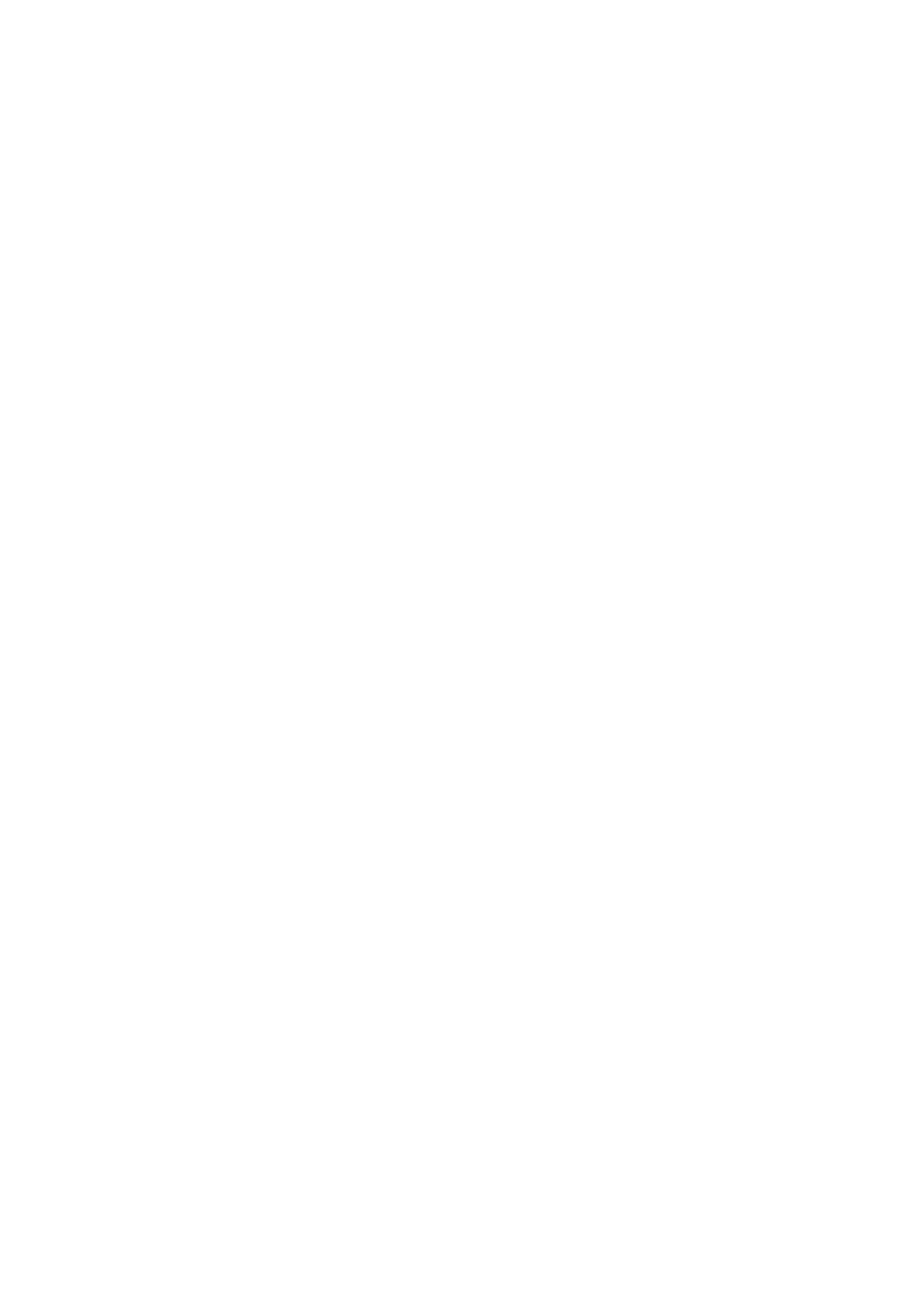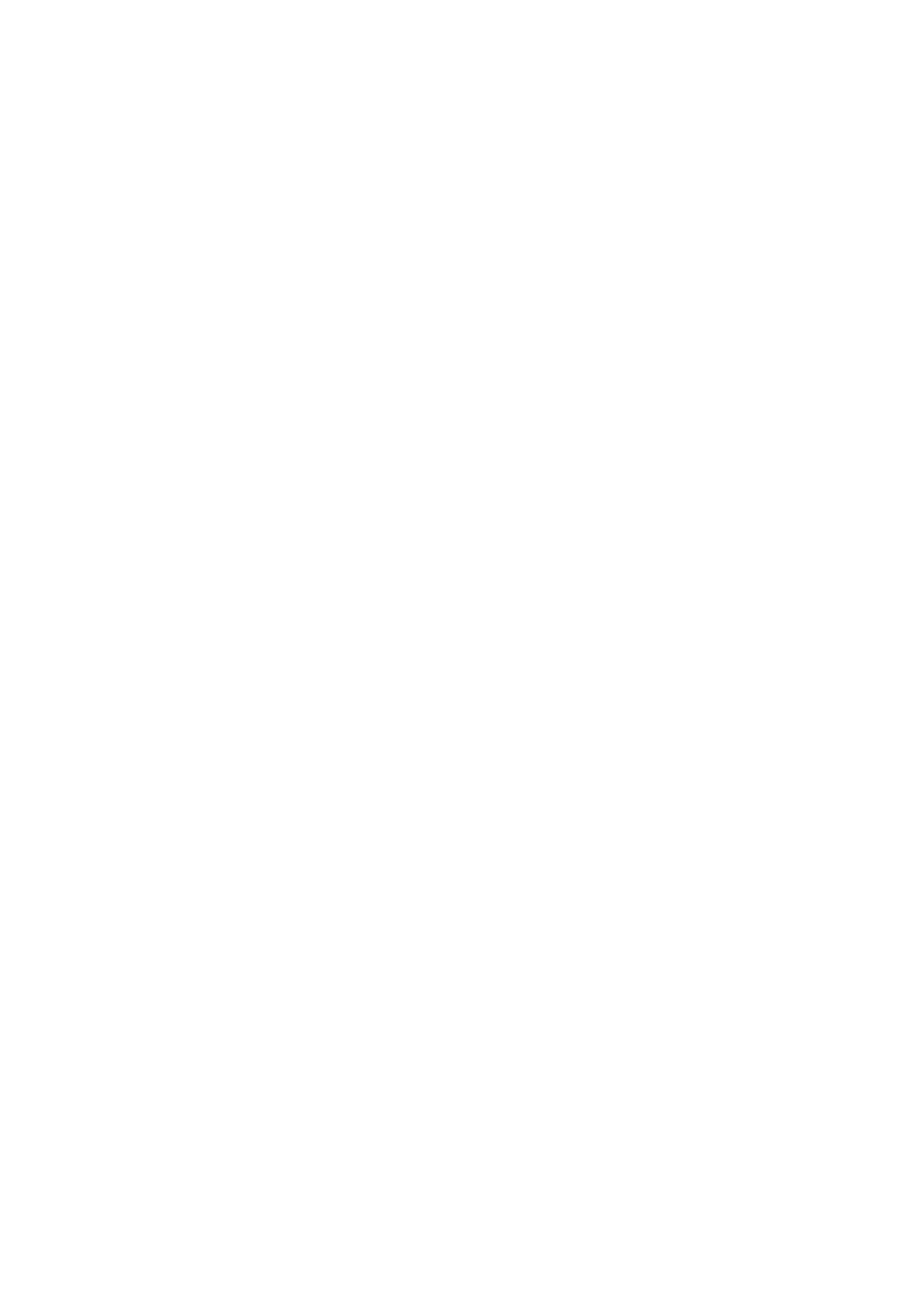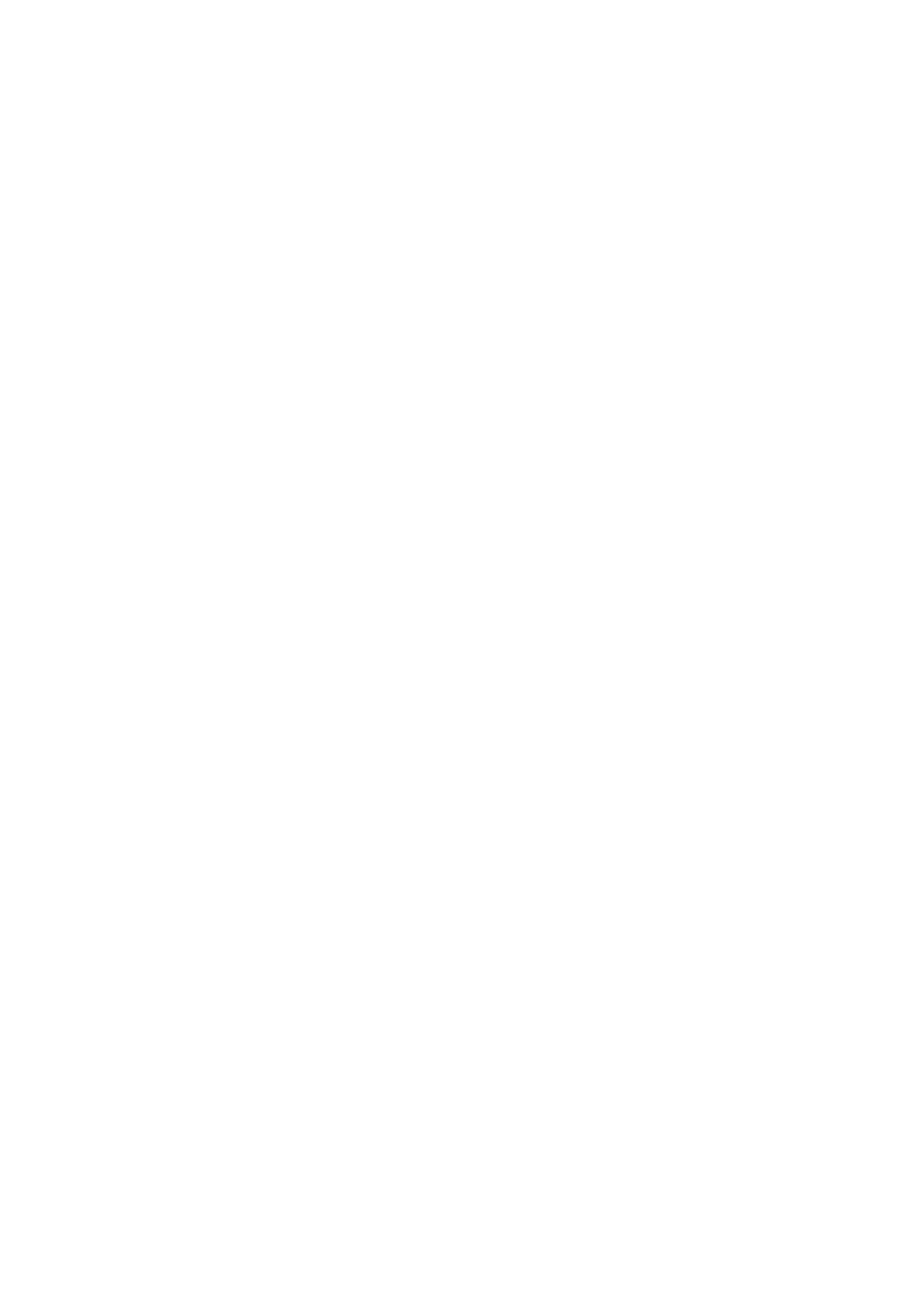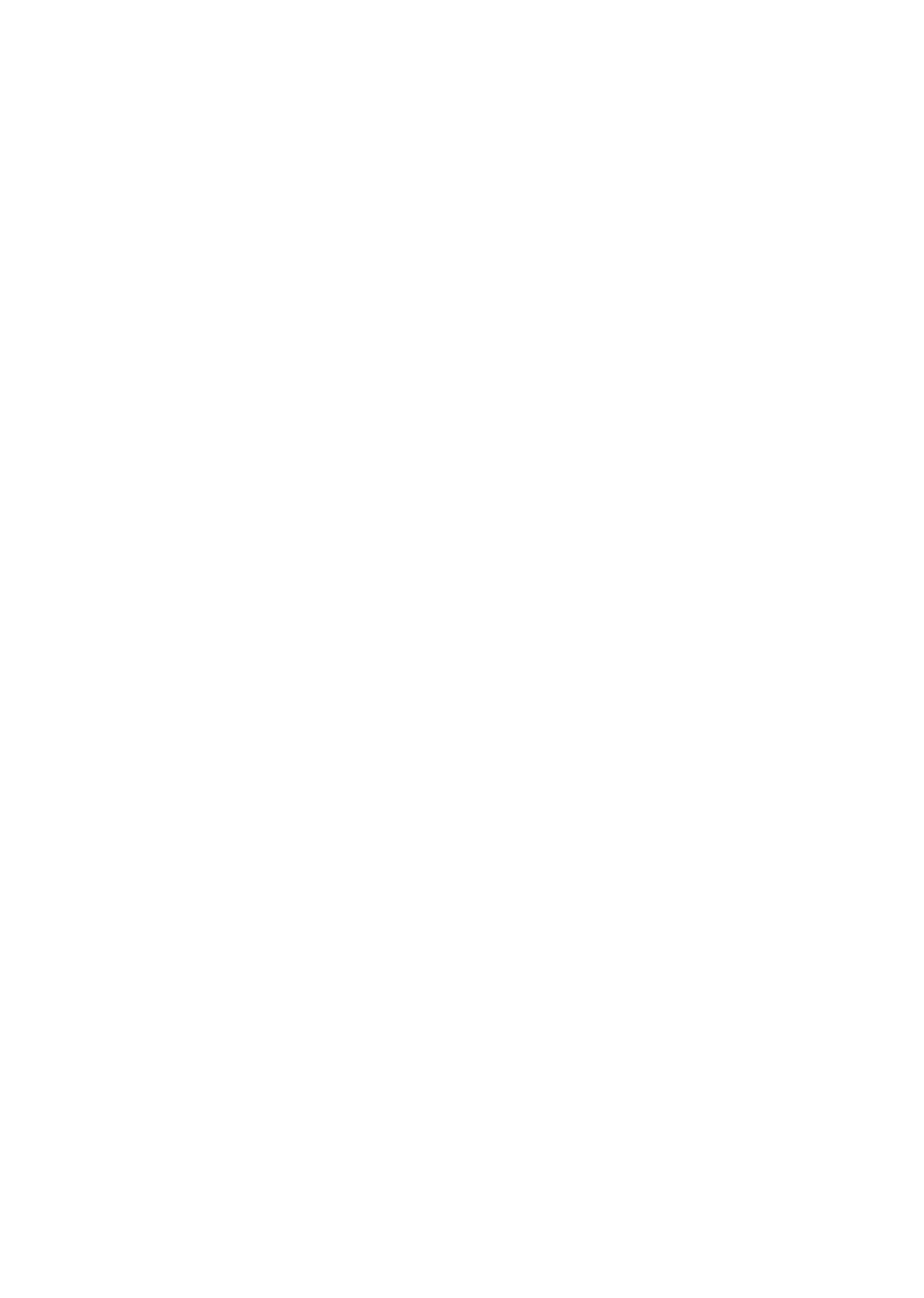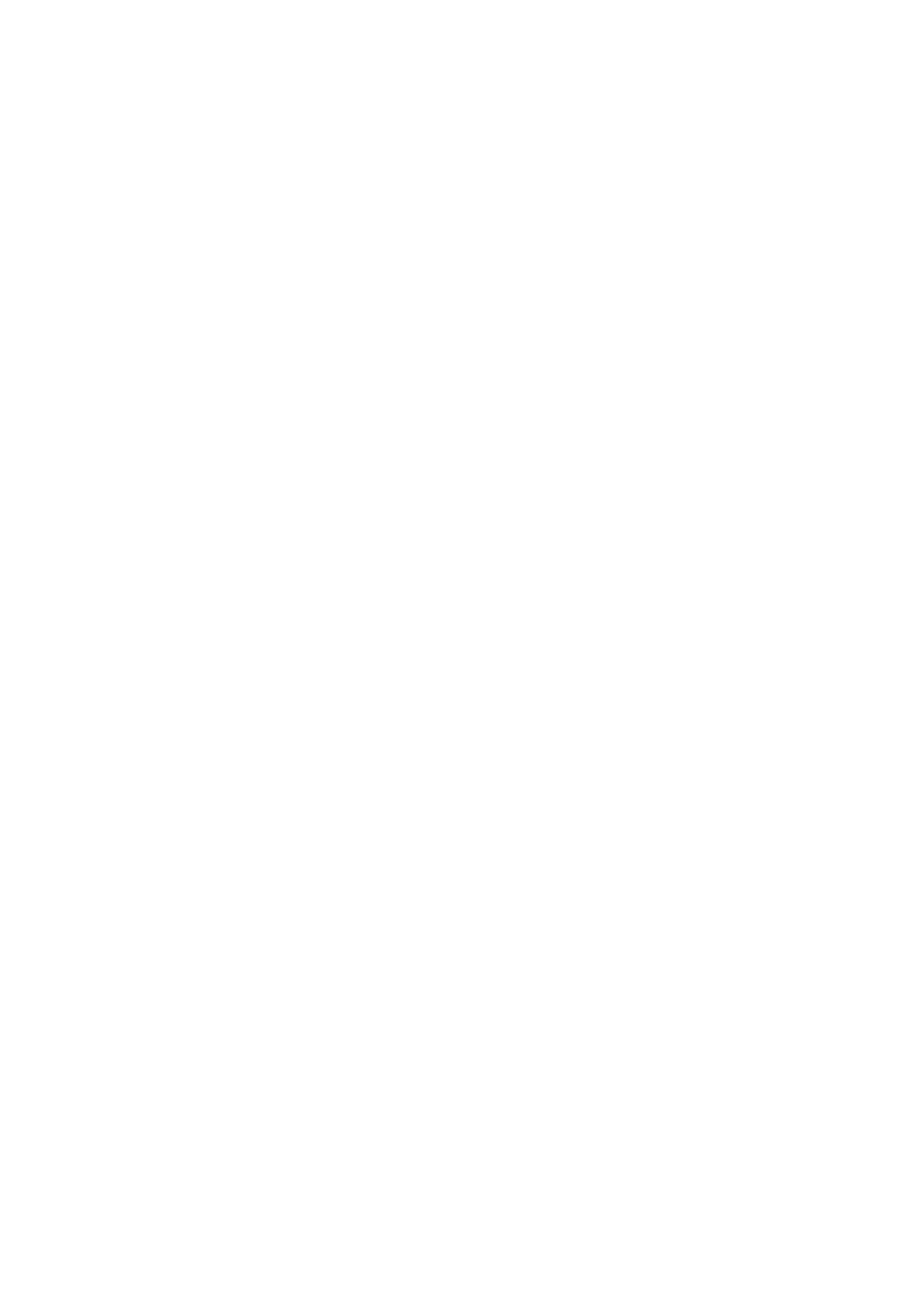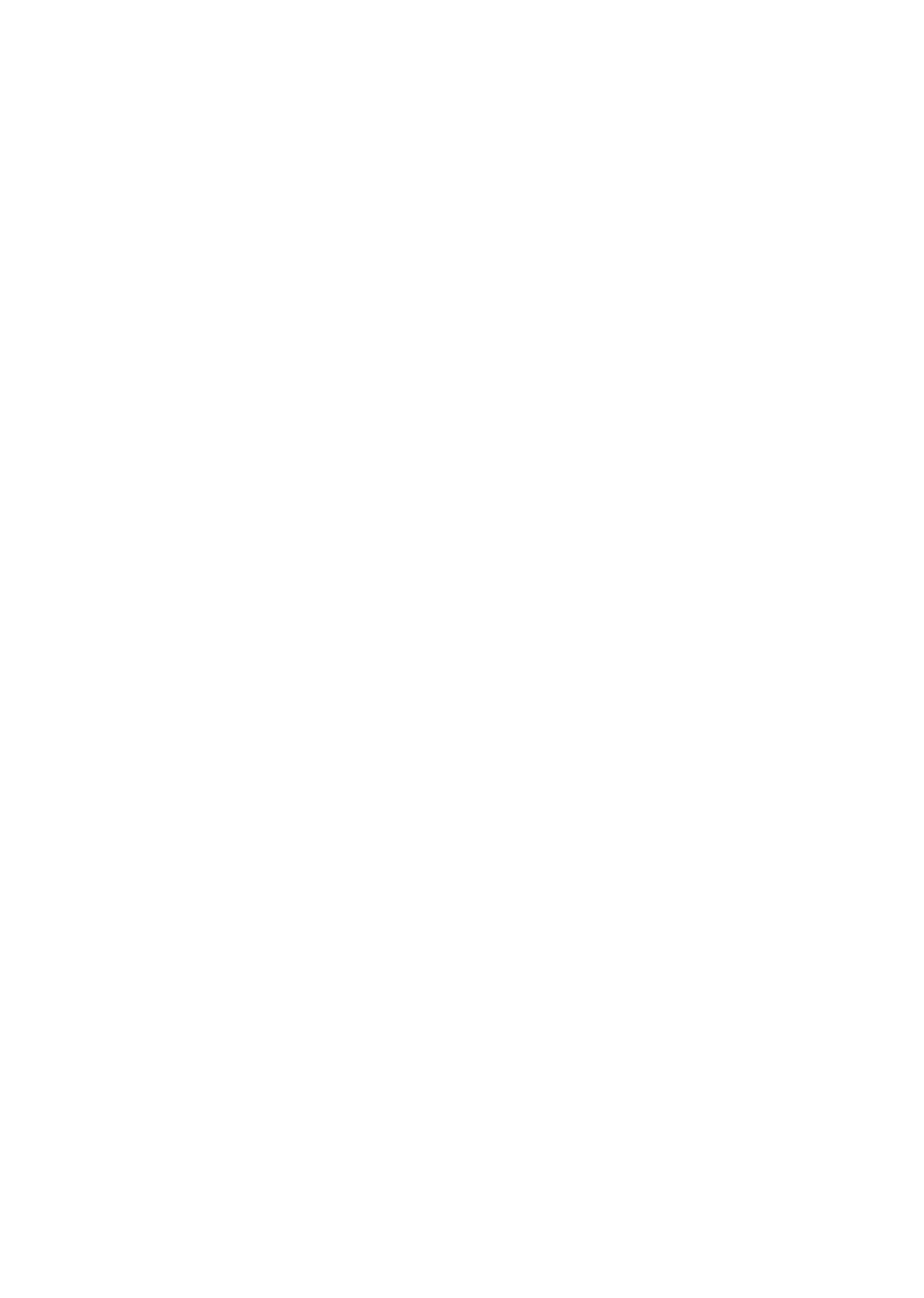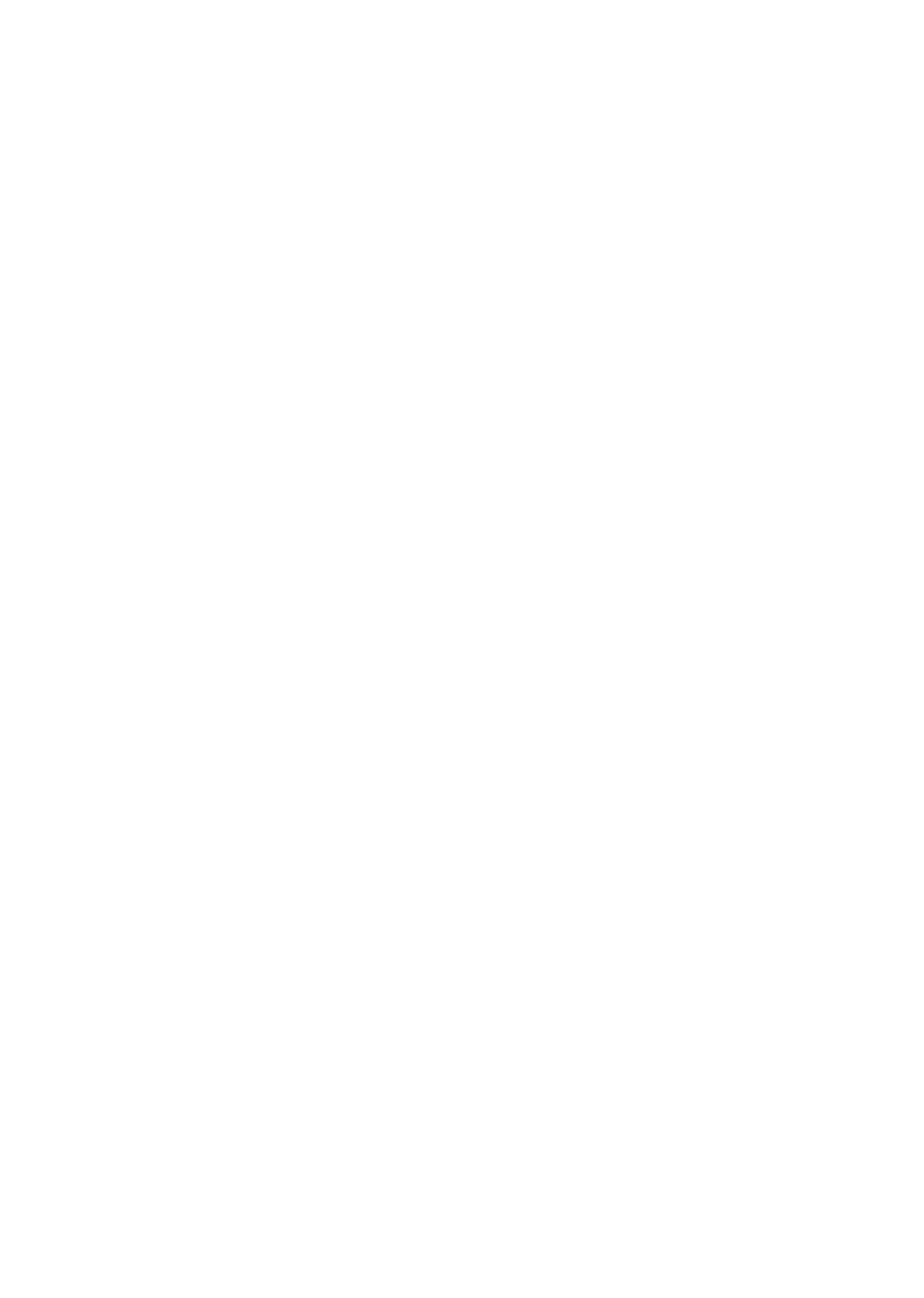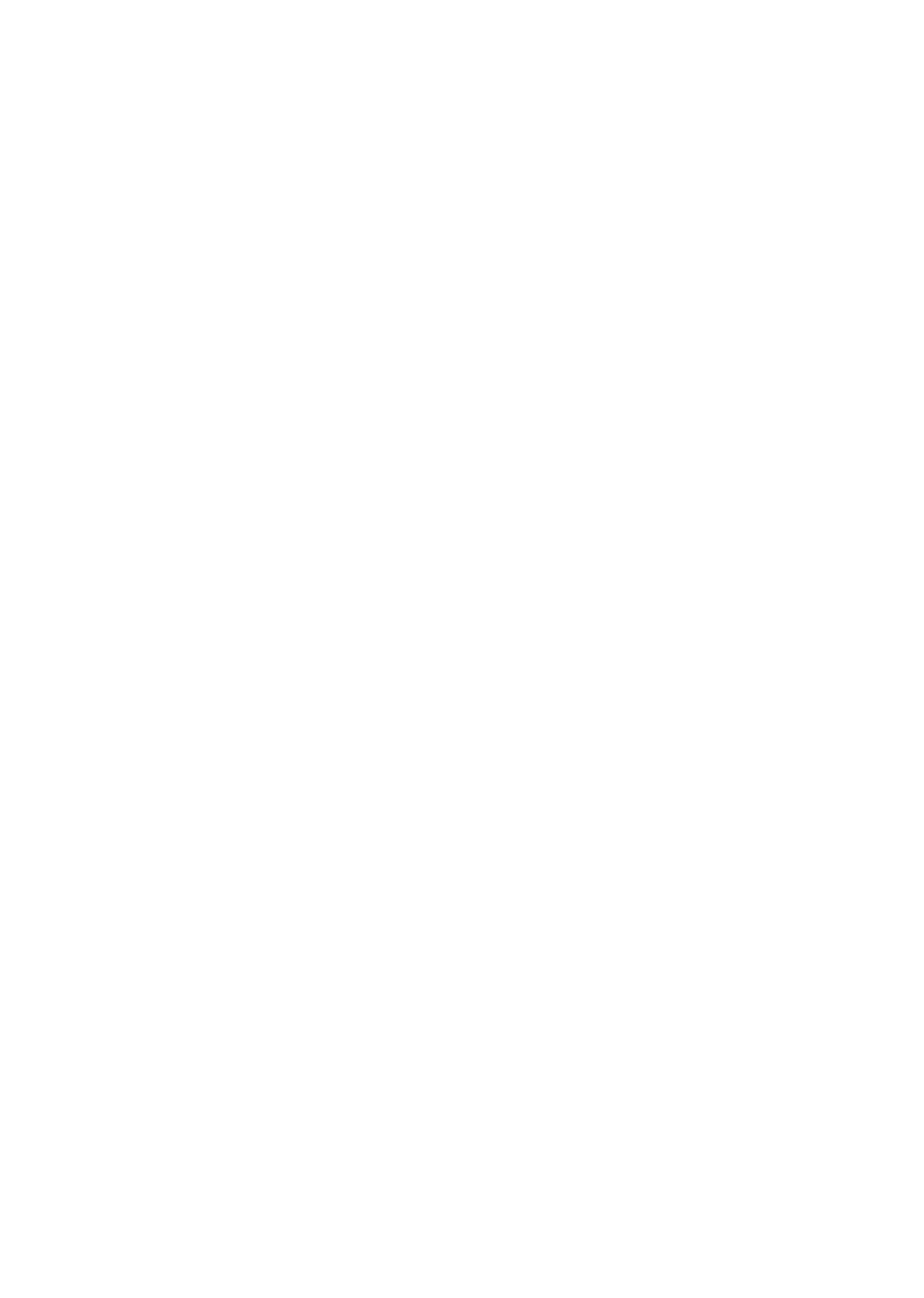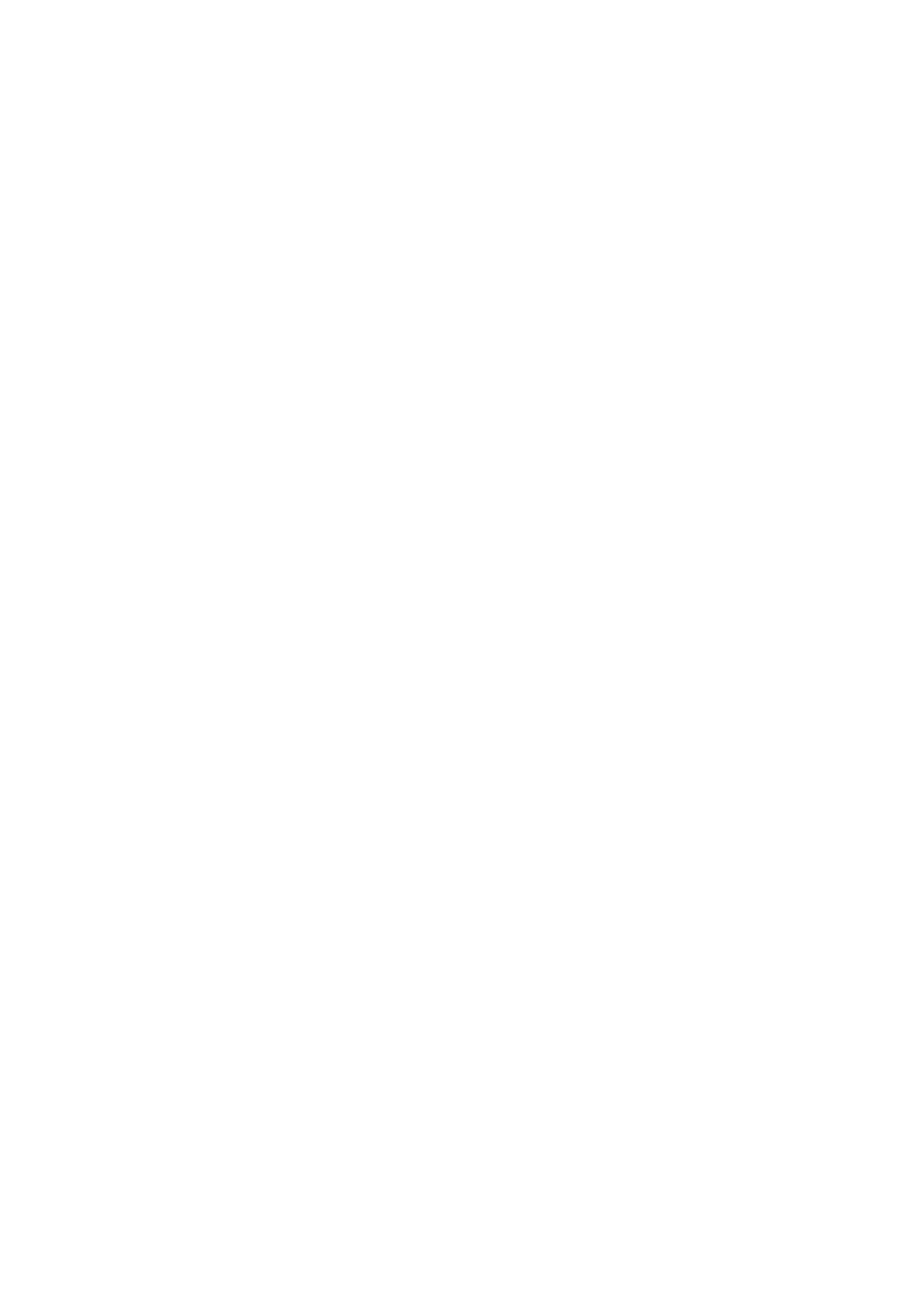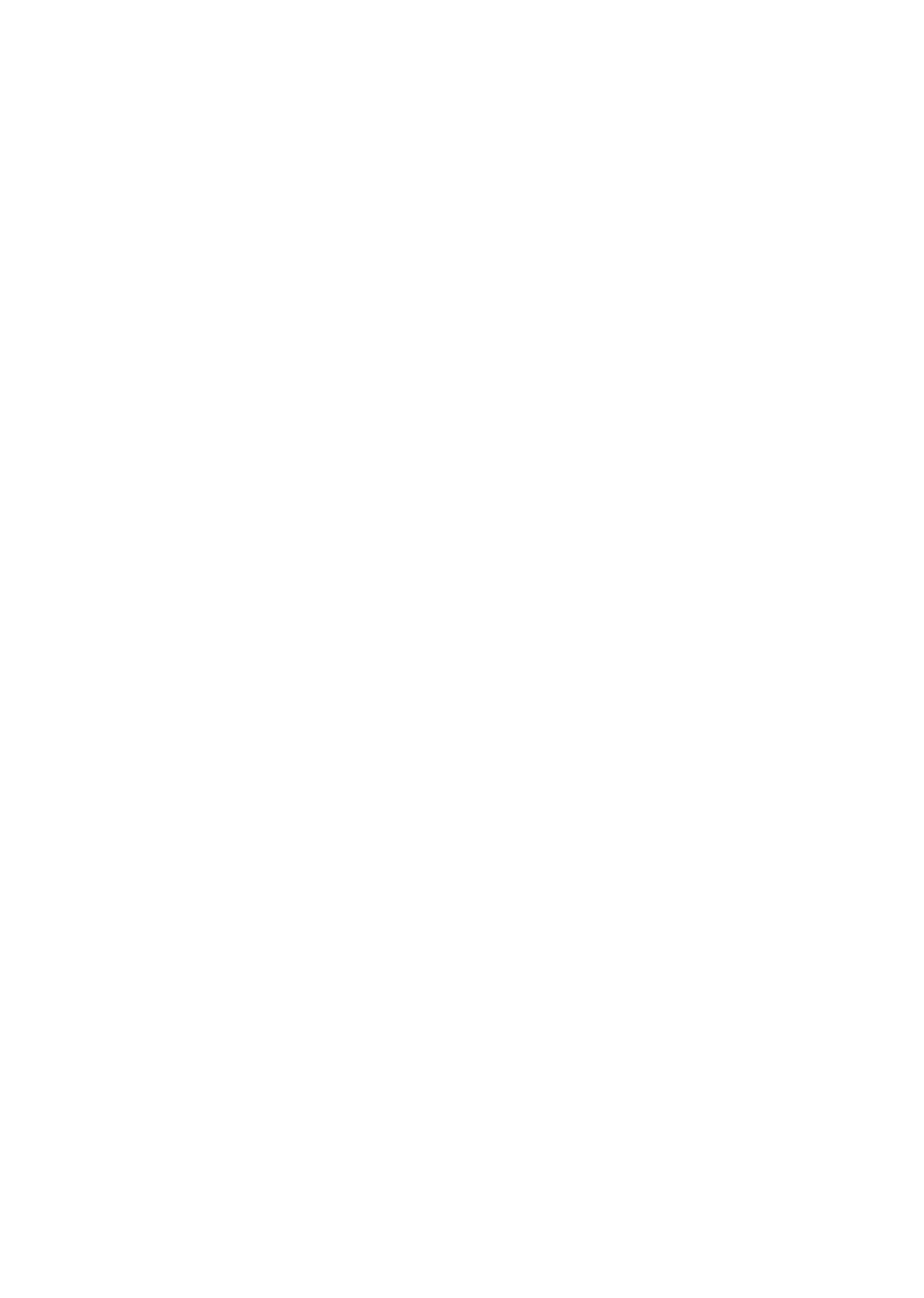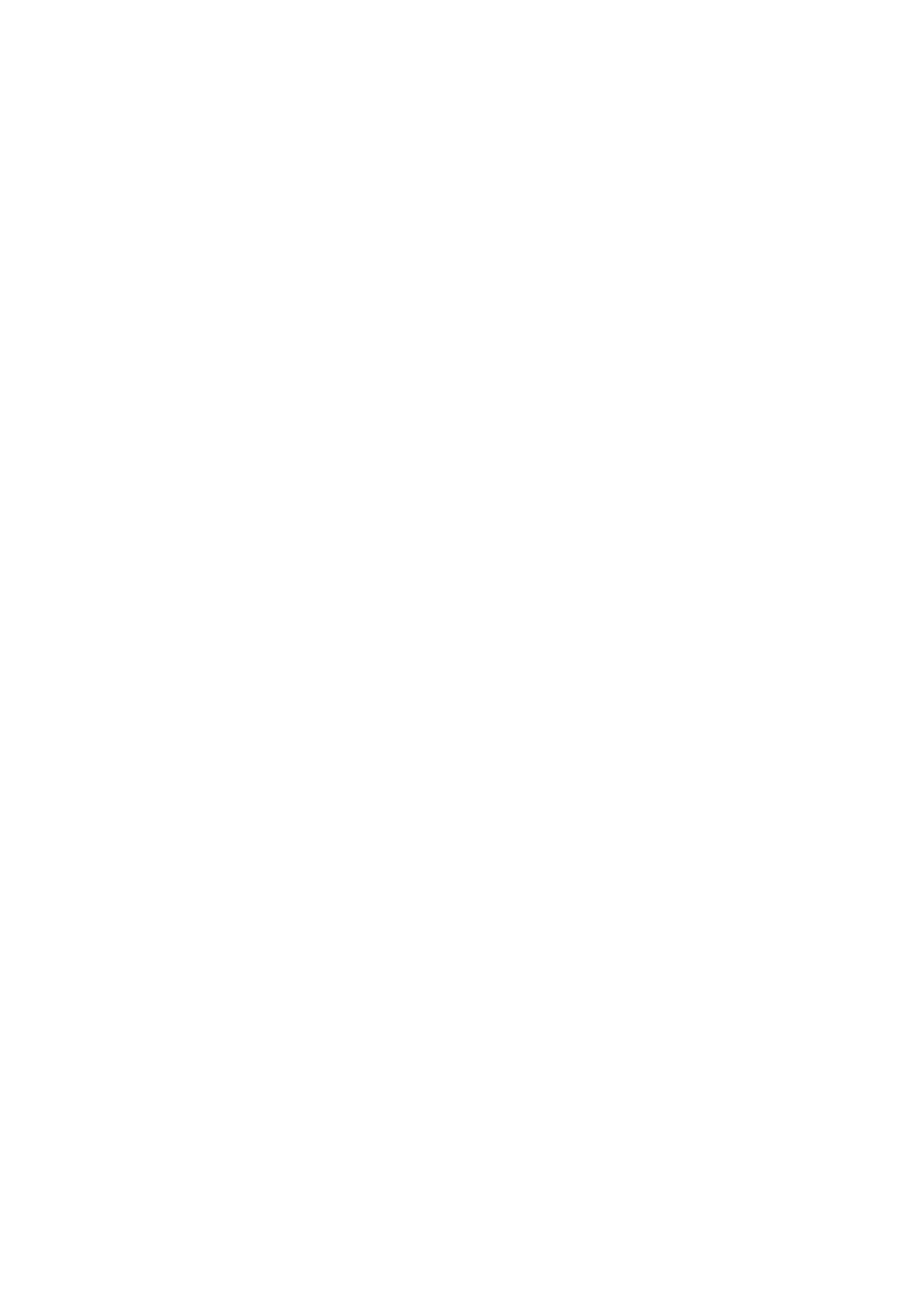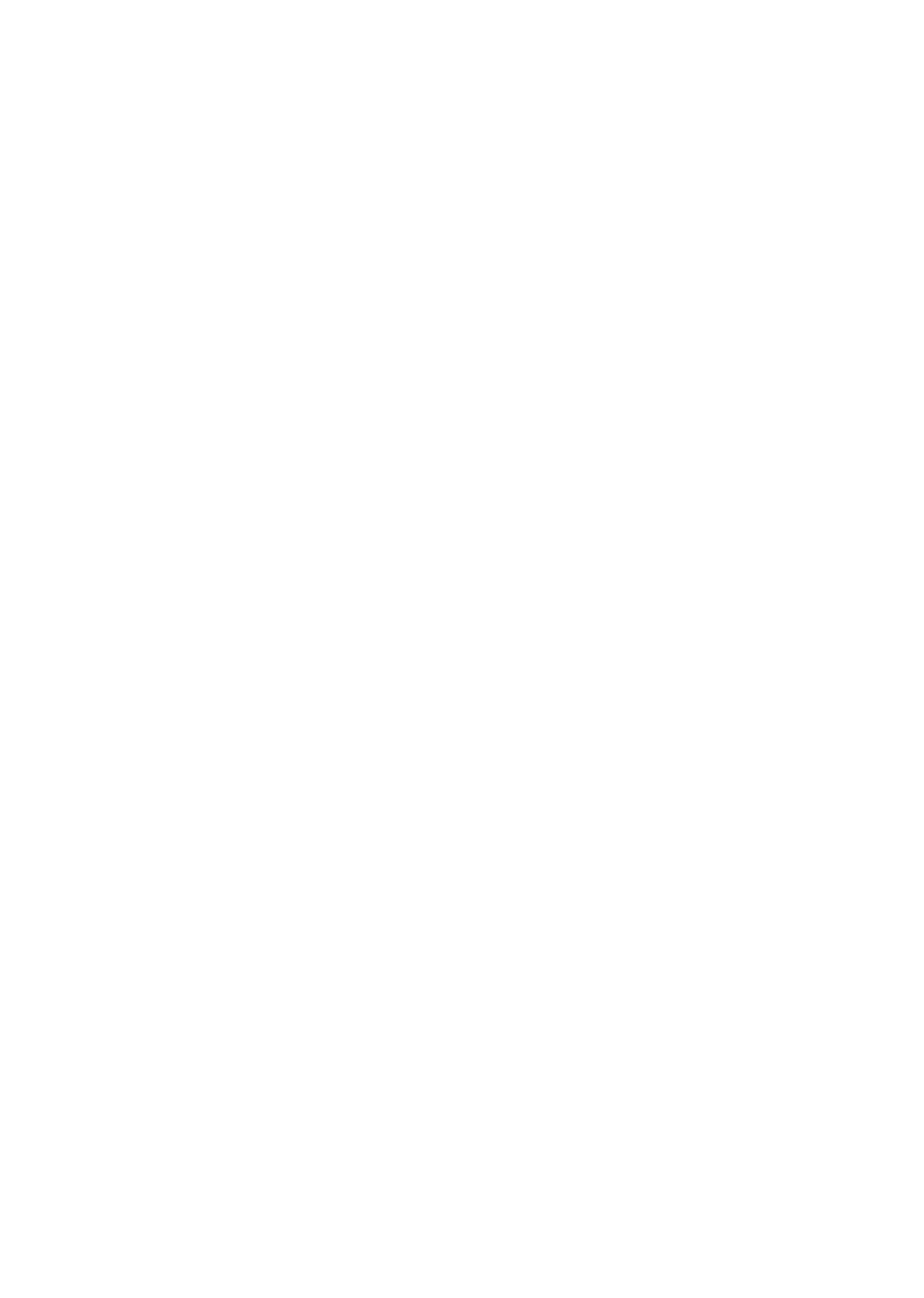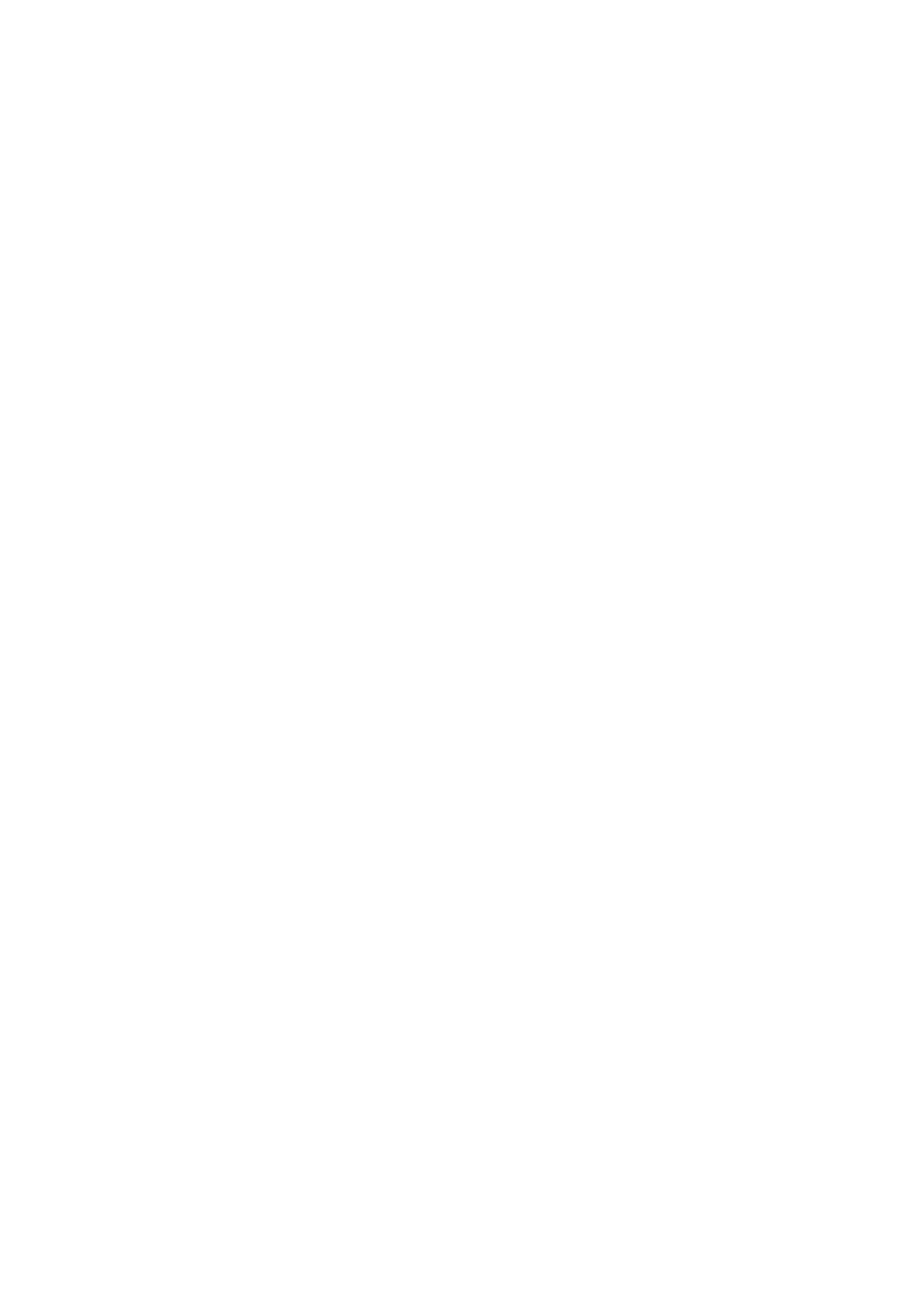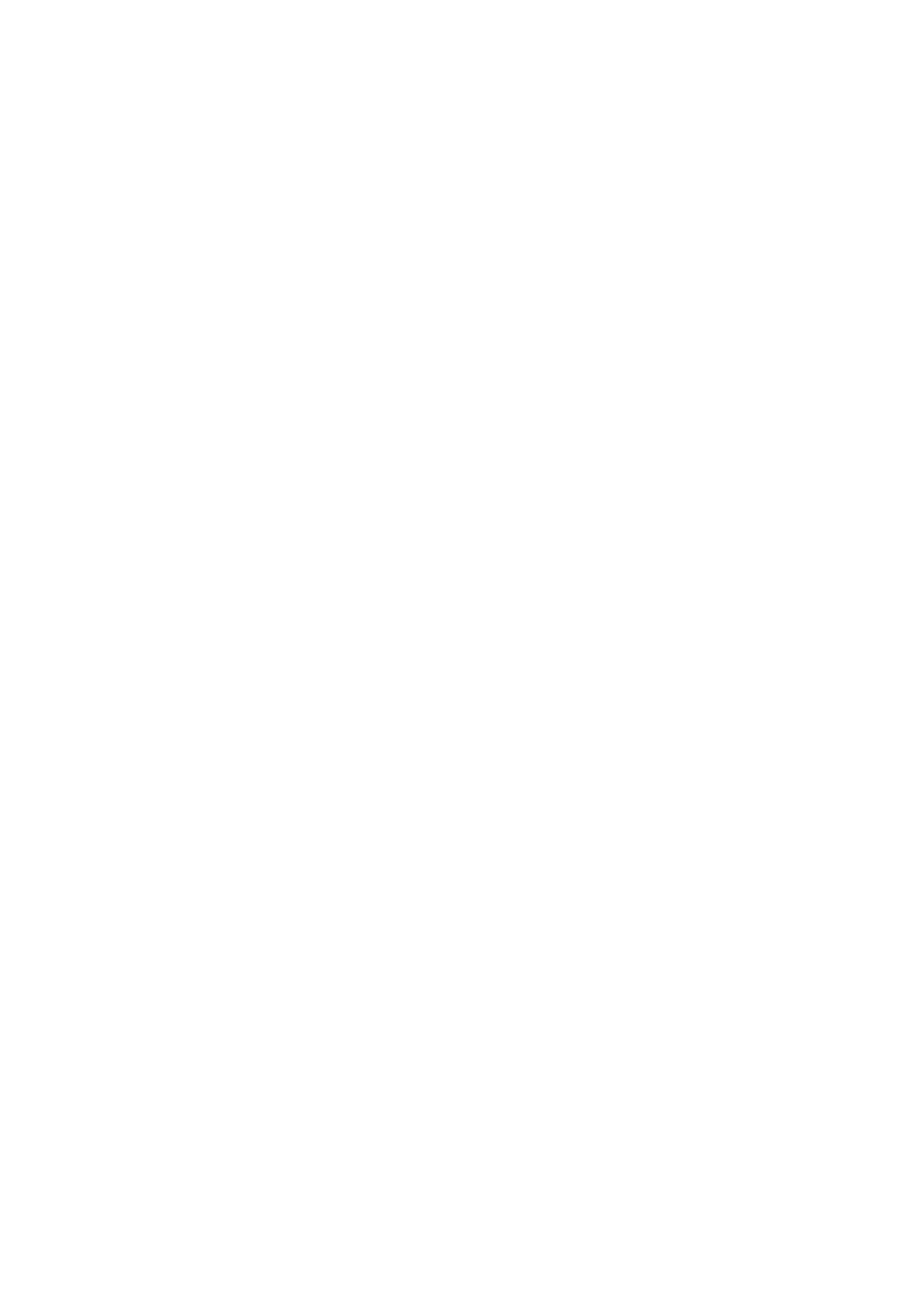ELECTRONIC
FILING,
RECEIVED, CLERK’S OFFICE,
NOVEMBER
3.
2005
*
*
*
*
*
POB 2006-074
*
*
*
*
!3EFORE
TIlE
ILLINOIS
Pi)LLITION
(irs
140!.
130AIfl)
DYNEGY MIDWEST GFNERA1’ION,
INC.
(WOOl)
RI \/ER
POWER
STATION),
Petitioner,
PCI)
________________
)
(Permit Appeal
—
Air)
ILLINOIS
ENVIRONMENtAL
PROTECt’ ION AGENCY’,
Respondent.
NOTICE OF
FILING
Jo:
Pollution
Contro’
Board. /\tln:
Clerk
I)ivision
oI’Legal
Counsel
James ft.
thompson
Center
Illinois
Environmental
Protection
Agency
100
W.
Randolph
l021
North Grand Avenue. Fast
Suite
11-500
P.O.
Box
1 9276
Chicago,
Illinois 60601
Springfield,
Illinois
62794—9276
‘LEASE
TAKE NOTICE that
1 have today
filed with the
Office of the
Clerk of the
Pollution control Board the
original
and nine copies
of the
Appeal
of
CAAPP Permit of
!)ynegy
Midwest
Generation,
Inc.
(Wood
River
Power
Station) and the
Appearances of
Sheldon
A. Zabel.
Kathleen C.
llassi.S Cephen J.
Bonebrake, Joshua R.
More, and Kavita
M.
Paid.
copies of which are herewith served
upon
you.
Kathleen C.
assi
Dated:
November
3, 2005
Sheldon A. Zahel
Kathleen C. Bassi
Stephen
J.
Bonebrake
Joshua R. More
Kavita M.
Patel
SCHJFF IJARDIN. LIP
6600 Sears Tower
233
South
Wacker Drive
Chicago,
Illinois
60606
312-258-5500
Fax:
312-258-5600
ELECTRONIC FILING,
RECEIVED,
CLERK’S OFFICE,
NOVEMBER
3,
2005
*
*
*
*
*
POB 2006-074
*
*
*
*
*
I3ICFORE
‘IDE
II.IJNOIS
POlL,!.
JON
CONTROl. BOARI)
1)YNEGV MIDWEST
GENERATION, INC.
(WOOD RIVER
POWER
S’rATJoN),
)
Petitioner,
)
S.
)
PCB
____________
)
(Permit Appeal
—
Air)
ILLINOIS
ENVIRONMENTAL
PItoTI:crloN
,GF:N(:’,
)
)
Respondent.
APPEARANCE
I
hereby
file
my
appearance in
this proceeding.
on
behalf of D~negyMidwest
Generation, Inc. (Wood
River Power Station).
Sheldon A.
Zahél
Dated:
November 3, 2005
Sheldon A. Zahel
Kathleen C. Bassi
Stephen
J.
Ronebrake
JoshLta
R.
More
Kavita M. Patel
SC! LIFE JIARDIN,
ELF
6600 Sears Tower
233
South Wacker Drive
Chicago,
Illinois
60606
312-258-5500
Fax:
312-258-5600
ELECTRONIC FILING,
RECEIVED.
CLERKS
OFFICE.
NOVEMBER
3,
2005
*
*
*
*
*
PCB 2006-074
*
*
*
*
*
Bl1l”ORI’.
.J.flf:
ILl.JNOl~
I’OI.I.L TION
CONTROl.
ROARI)
I)YNEGY NIll)WES’ GJ’NEI(A’I’ION,
INC’.
(\\‘OOI) RIVER l’OWER STATION),
Petitioner,
PCB
___________
(Permit
Appeal
—
Air)
ILLINOIS
ENVIRONMENTAL
PRO’I’E(:FION AGENCY,
Respondent.
A P P EA RAN CE
I
hereby
file
my appearance
in
this proceeding, on
behalf’ of Dyneg~Midwest
Generation, Inc.
(Wood
River Po~serStation).
Iathleen
C.
Bassi
Dated:
November
3. 2005
Sheldon A. /abel
Kathleen C.
l3assi
Stephen J.
Bonebrake
Joshua
R.
More
Kavita
NI.
Patel
SCHIFF IJARDIN, LIJ~
6600
Sears Tower
233
South
Wacker Drive
Chicago,
Illinois
60606
312-258-5500
Fax:
312-258-5600
ELECTRONIC
FILING,
RECEIVED,
CLERK’S OFFICE,
NOVEMBER
3,
2005
*
*
*
*
*
PCB
2006-074
*
*
*
*
*
BEFORE TIlE
ILLINOIS PoJ,l.t:l’ION
CON1’ROL BOAltI)
DYNEGY
MIDWEST
GENERATION, INC.
(WOOl)
RIVER
POWER STATION),
)
Petitioner,
V.
)
PCB
____________
(Permit Appeal
—
Air)
ILLINOIS
ENVIRONMENTAL
PROTECTION
AGENCY,
)
Respondent.
)
APPEARANCE
I
hereby
file my
appearance
in this proceeding, on
behalfof Dynegy Midwest
Generation.
Inc.
(Wood
River Power Station).
/
:~‘
/
‘
:4
~i
~
S~epl~wi
J.
Bonebrake
Dated:
November 3,
2005
Sheldon
A.
Zahel
Kathleen
C.
Bassi
Stephen
3.
Bonebrake
Joshua K.
More
Kavita M. Pate
SCHIFF
HARDIN, LLP
6600 Sears Tower
233
South Wacker Drive
Chicago,
Illinois
60606
312-258-5500
Fax:
312-258-5600
ELECTRONIC
FILING,
RECEIVED,
CLERK’S
OFFICE,
NOVEMBER
3.
2005
*
*
*
*
*
POB 2006-074
*
*
*
*
*
BEJ’()Rl:
‘FIlE IlLINOIS
POLLUTION (:ONl’ROL BOMB)
DYNEGY
MIIflVES1’ GENERATION,
INC.
(WOOl)
RIVER
PoWER
STATION),
Petitioner,
PCB
____________
)
(Permit Appeal
—
Air)
ILLINOIS ENVIRONMEN’IAL
PROTECTION
AGENCY,
)
Respondent.
)
APPEARANCE
I
hereby
file
rn
appearance in
this proceeding, on
behalf of Dynegy Midwest
Generation,
Inc.
( Wood River Po~~er
Station),
Joshua
IC
More
Dated:
November
3, 2005
Sheldon
A. /abel
Kathleen
C.
Bassi
Stephen
J.
Bonebrake
Joshua R. More
Kavita M. Patel
SCHIFF HARDIN,
LLP
6600 Sears Tower
233
South Waekcr Drive
Chicago,
Illinois
60606
312-258-5500
Fax~312-258-5600
ELECTRONIC
FILING,
RECEIVED,
CLERK’S
OFFICE, NOVEMBER
3,
2005
*
*
*
*
*
PCB
2006-074
*
*
*
*
*
111/FORE ‘FIlE
ILLINOIS
POLLI
lION
CONTROL BOARD
DYNEGY MIDWEST GENERATION,
INC.
)
(WOO!)
RIVER
POWER
STATION),
)
Petitioner,
)
PCB
______________________
)
(Permit Appeal
—
Air)
ILLINOIS ENVIRONMENTAL
PROI’ECl’ION AGENCY,
3
Respondent.
APPEARANCE
I
hereby
file my appearance
in
this proceeding.
on
behalf of Dynegy Midwest
Generation, Inc.
(Wood
River Power
Station).
___
L~
Kavita Ni. Patel
Dated:
November 3,2005
Sheldon A.
Zabel
Kathleen C.
Bassi
Stephen
J. Bonebrake
Joshua R.
More
Kavita M.
Patel
SCHIFF HARDIN, LLP
6600 Seats Tower
233
South
Waeker Drive
Chicago, Illinois
60606
312-258-5500
Fax:
312-258-5600
ELECTRONIC
FILING,
RECEIVED,
CLERKS
OFFICE,
NOVEMBER
3,
2005
*
*
*
*
*
PCB 2006-074
*
*
*
*
*
Iil/I’ORI/’I’ lIE ILliNOIS
POIi.li’ION
CONTROl,
BOAI4I)
InNE0;v
MIDWEST GENERA1’TON, INC.
(WOOl)
RIVER POWER STATION),
Petitioner.
)
PCI)
__________________
(Permit Appeal
—
Air)
ILLINOIS ENVIRONMENTAL
PROTECTION AGENCY,
Respondent.
CERTIFICATE
OF SERVICE
I,
the
undersigned,
certify’ that
I have served
thc attached
Appeal of
CAAPP
Permit
of
I)yneg3’
Mid
est Generation, Inc. (Wood River Power Station)
and Appearances
of Sheldon
A.
Zahel.
Kathleen
C.
Bassi,
Stephen
J.
Bonebrake, Joshua
R.
More,
and
Kavita
Ni.
Patel,
by
electronic
delivery
upon
the
following
and by
electronic and first class mail
upon
person:
the
following person:
Pollution Control
Board,
Attn:
Clerk
Division of Legal Counsel
James
IC
‘fhompson
Center
Illinois Environmental
Protection Agency
100W.
Randolph
1021
North
Grand Avenue, East
Suite
11-500
P.0,
Box
19276
Chicago,
Illinois 60601
Springlield,
Illinois
62794-9276
Kathleen
C.
f3assi
Dated:
November
3,
2005
Sheldon A.
Zabel
Kathleen C.
Bassi
Stephen J.
I3onebrake
Joshua R.
More
Kavita
Ni.
Patel
SCFIIFF
HARDIN, LLP
6600
Sears
Tower
233
South
Wacker
Drive
Chicago,
Illinois
60606
312-258-5500
Fax:
312-258-5600
ELECTRONIC
FILING,
RECEIVED,
CLERKS
OFFICE,
NOVEMBER
3.
2005
*
*
*
*
*
POB 2006-074
*
*
*
*
*
BEFORE
111/
ILL.INOIS POLLI”IION
CONTROL BOARD
l)YNEGY
MIDWEST (;F:NERATION, INC.
(WOOD RIVER POWER
STATWN)
Petition er,
)
PCI)
____________
(Permit Appeal
—
Air)
ILLINOIS ENVIRONMENTAL
PRO’l’ECTION AGENCY,
Respondent.
.
)
APPEAL
OF
CAAPP
PE kM
IT
NOW
COMES Petitioner, DYNFGY
MIDWLS’I’ GENERATION, INC.
(WOOl)
RI\/El(
POWFR SIATION) (‘‘Petitioner,’’ or •‘DMG’’).
pursuant to
Section 40.2 ol the
Illinois
linvironmental
Protection
Act (“Act”) (415
ILCS
5,”40.2) and 35
Il.Adm.Code
§
105,300cr
seq..
and requests a hearing bef
re
the
Board
to contest
the
permit issued
lo Petitioner on
Septemher
29, 2005,
under
the
Clean Air Act Permit Program (“CAAPI’”
or
“‘l’itle
\T’)
set forth at Section
39.5 of
the Act
(415
ILCS
5/39.5).
Although this appeal
contests many specific
provisions of the
permit,
these specific
provisions are so
intertwined
with the remaining
provisions that
it would
he impractical
to
implement those
remaining provisions,
Therefore, DMG
appeals the permit as
a whole.
In support of its Petition, Petitioner states as
follows:
I,
BACKGROUND
(35
llI.Adm.Code
§
105.304(a))
1.
On
November
15,
1990, Congress
amended the Clean Air Act (42
u.s.c.
§~
740l-7671q)
and included in
the amendments
at Title
V a requirement
for a national operating
permit
program.
l’he Title
V
program
was to be
implemented by states with approved programs.
Illinois’ Title V
program,
the
CAAPP, was fully and
finally approved
by
the U.S.
Environmental
ELECTRONIC
FILING
RECEIVED,
CLERK’S
OFFICE,
NOVEMBER
3,
2005
*
*
*
*
*
PCB 2006-074
*
*
*
*
*
Protection
AgL’flc\
(1
Sl,P;\H
out
Deceniher
4,2001
(66
Lcd.Rcu.
72946).
Ihc
lllin’Hs
l~nvironrnentalProtection
Agency
( ‘Agcnc~’’’;has had
the authority
to issue
CAAPI’
pennits
since at least
March
7.
1
905,
\vhen
the state
was
granted
interim approval of its
CAAPP (60
Fcd.Reg.
12478).
Illinois
I
tIe
V
program is set
forth at
Section
39.5
of the
Act,
35
IIl.Adni.Code
201
.Sahpai’t
F. and
35
lIl.Adtn.Codc
Part
270.
2.
‘Ihe
Wood
River
Power Station
(“Wood River’
or the
~Sta1ion”).
Agency
1.1).
No.
I 9020AAE.
is an electric
uencrating station owned and
operated
h
DM0.
The Wood
River
electrical generating
tU) t~
(-1
Ci :s’’)
st ent
online
hetcen
roughly
1948
and
1962.
‘‘he
Wood
River Power
Station
is
located at//
t
Chessen Lane. Alton,
Madison
Count’.
Illinois
62002,
l)M(I
employs
approximately 98
people at
the
Wood
River Power Station.
3.
DM0
operates
two coal-fired
boilers at
Wood River
that
have the capability to
fire
at
various
modes
that
ineltide
the combination
of coal
and/or natural
as
their principal
fuels.
In
addition,
the boilers
ire
natural
gas as auxiliary
fuel during
slartup
and for flame stabilization.
Certain
alternative
fUels may be
utilized as well.
DM0
also operates
three natural
gas and oil
fired boilers
at Wood
River
used generally
during
peak
demand periods and to
heat certain
huldings.
Wood
River
also operates
associated
coal
handling,
coal
processing,
arid ash handling
activities.
Finally, there
is a 500-gallon capacity gasoline
tank located at Wood
River,
to
provide
fuel
for Station vehicles.
4.
Wood River
is a major source
subject to
Title
V.
The FUEls at
Wood
River are
subject to both of Illinois’
NOx reduction programs:
the
“0.25 averaging” program at
35
IlI.Adm.Code
21 7.Suhparts
V and the
“NOx trading program”
or “NOx SIP
call” at
35
Ill.Adm.Code
2! 7.Suhpart
\V.
Wood
River
is
subject to the
federal
Acid
Rain Program
at Title
IV
of the Clean
Air Act and
has been issued
a Phase
11
Acid Rain Permit.
.3-
ELECTRONIC
FILING,
RECEIVED,
CLERK’S
OFFICE, NOVEMBER
3,
2005
*
*
*
*
*
PCB 2006-074
*
*
*
*
*
5.
Ctn-cutl
NOx emissions
irori
Boilers
land
5
are
controlled
H
lou
NOx
homers
and oven
ire
air.
missions
of 502
from
the Boilers
4
and
5
are controlled
by
limiting
the
solbr
content
of
the
fuel used
for the boilers.
PM
emissions
from
Boiler
5
are
controlled
by
an
cleciroslatic
precipitator
(‘‘liSP’’)
with
a
flue gas
conditioning system and
PM
emission.s
from
Boiler
4
arc
controlled
by
an
ESP.
Fugitive
PM
emissions
from
various coal and
ash
handling
activities
are controlled
through haghouses.
enclosures,
covers, and dust suppressants.
as
necessary
and appropriate.
missions
of carbon monoxide
(tO”)
are
limited through
good
combustion
practices
in the
boilers.
VOM emissions
from
the
gasoline
storage tank
arc
controlled
by
the use of a
submerged
loading
pipe.
6.
The
Agency
received
the original
CAAPI~permit application
for the
Wood
River
Station
in about September.
1995. and assigned
Application No.
95090096.
The
CAAPP permit
application
was
timely submitted
and
updated,
and
Petitioner
requested and was
granted an
application
shield,
pursuant
to
Section
39.5(5)(h).
Petitioner has
paid
fees
as set forth at Section
39.5(18) of the Act since
2000
in connection with the CAAPP permit
for the Station.
The
Station’s
state operating
permits
have continued
in full
force and effect
since
submittal of the
CAAPP permit application,
pursuant
to
Sections
9.1(t) and
39.5(4)(h) of the
Act.
7.
The
Agency
issued
a draft permit
for public
review
on June 25, 2003.
The
Agency subsequently
held
a hearing on the draft permit
in
August 2003.
DM0
filed written
comments
with the Agency regarding
the Wood River draft permit)
8.
The Agency
issued
a proposed permit
for the Wood
River Station in October,
2003.
This permit
was not technically open for public
comment,
as it had been sent to USEPA
DM0 has attached the
appealed permit
to
this
Petition.
However,
the dralt
and proposed
permits
and other
documents referred
to
herein
should
be included
in the administrative record that the
Agency will
tile.
Other
documents referred
to
in
this Petition,
such as cases or Board decisions, arc easily
accessible.
In
the interest
oF
economy,
then
DM0
is
not attaching such documents to this
Petit ion.
-3-
ELECTRONIC
FILING,
RECEIVED,
CLERKS
OFFICE. NOVEMBER
3,
2005
*
*
*
*
*
PCB
2006-074
*
*
*
*
*
hr
its comment
is
mcc1uimcd
hv
I
itle
V.
Scihsequeill\
.
in
Decettiber 2(04, the
Ageiic\
issued
a
clra Ii revised proposed
penn
it
a
0
reqtiested comment s of Petitioner aid
other interested
persons.
DM0
again commented.
l’he
Agency
issued
a second draft revised proposed
permit
in
July
2005 and
allowed the
Petitioner and other interested
persons
It) days
to comment.
At
the
same
time. the
Agency released
its
prel intinary Responsiveness
S umrnar~
.
which
was
a draft
of
its
response to comments,
and
insited
comment
on
that doe ument
as
well.
I)MG
submitted
com hi nec! comments
on this
x emsion of the
pennit
for
I
Ias
aim
and
tOr
its
four other generating
stations
together.
as well
as on
the prclininrtry Responsiveness
Summary.
The Agency
suhmiued the revised
proposed
permit
to US1-tPA
for its 45-day
review
on August
15, 2005.
The
Agency
did not seek
further comment
on
the permit
from
the Petitioner or other interested
persons,
and DM0
has not
stibmitted
any
further comments,
based upon
the
understanding
that
the
Agency
had every
intention to
issue
the permit
at
the end of IJSLPA’s review
period.
9.
The
final
permit was,
indeed,
issued
on
September
29.
2005.2
Although some of
Petitioner’s
comments
have
been addressed
in the various iterations
of the
permit. it still
contains
terms and conditions
that
arc not acceptable
to Petitioner,
including conditions
that
are contrary
to applicable
law’ and conditions that
first appeared,
at least
in
their
final detail,
in the
August
2005
proposed permit
and upon which
Petitioner did not
have the opportunity to comment.
It
is
for these
reasons that Petitioner hereby
appeals the permit.
This permit
appeal
is timely
submitted within
35
days following issuance of the permit.
Petitioner requests
that
the Board
review the permit, remand
it to the
Agency,
and
order
the
Agency to
correct and reissue the
permit, without further
public
proceeding, as appropriate.
Stc. IJSFPA
Rigon
S
s
Permits
website
at
-
ht,tpj~i~~j
j~p,geo~meemon~’ai pci m its’itont iuchtrn
—
-3
“CAAPP
permit
Records”
3
Dyncgy
Midwest Generation
Inc.”
for
the
source
tocated at ~
I
Chessen Lane,
Alton, for the corriptet~~~~trait”
of Ihe
mitestone action dates
for
this
permit.
-4-
ELECTRONIC
FILING,
RECEIVED,
CLERK’S
OFFICE, NOVEMBER
3,
2005
*
*
*
*
*
FOB 2006-074
*
*
*
*
*
II.
I:Frrx’IivI:NEss
01-’ l’FRM
II’
1
0.
Pursuant to
Section
10—65(b) of the
Illinois
Adm inistratise
Procedures
Act
(‘APA’),
5
ILUS
I 00/1
0—65. and the
holding
in
Borg— II’
ruler
Corp.
v.
Aiarizi’.
427 N.E.
2d
41
5
III.App.Ct.
198 1)
(‘Borg—
ft
arncr’).
the
(AAPI
permit
issued
by
the
Agency
to
the
Station
does
not
become effective
until after
a ruling
by
the
Board on
the
permit
appeal
and,
in
the event ot’a
remand, until
the
Agency
has issued
the
permit consistent
with the Board’s
order.
Section
1
0—
65(h) provides
that
‘‘when a
licensee has made
timely
and sufficient
application
for the
renewal
of
a
license or
a
new license
with reference
to
any
activity
ofa continuing nature,
the existing
license
shall
continue in
full
force and
effect
until the
final
agency
decision
on the application
has
been made unless
a later date
is fixed
by
order of a reviewing court.’
511 .CS
I 00/1 0—65(h).
‘l’he
Jiorg—JJ’arnei-
court
found
that
with
respect
to an appealed
environrncnlal
permit, the
‘‘final
agency decision” is the
final decision
by
the
board in an appeal.
not the
issuance of the permit
by
the Agency.
Borg-Warner,
427
N.E.
2d
415
at 422;
see
aLw liii’,
Inc.
t’,
IL Environmental
Protection
.1,c,enc),
1989
WI,
137356
(111.
Pollution Control
Rd.
1989):
Electric Energy,
Inc
v
I/i
Pu/lid/on Control Sd.,
1985
WI. 21205(111.
Pollution
Control Rd.
1985).
therefore, pursuant
to the APA
as interpreted
by
Borg-Warner.
the
entire permit
is
not
yet effective and
the existing
permits
for the
facility continue
in effect.
11.
The Act provides
at Sections 39.5(4)(b) arid 9,~(0that
the state opera0ng
permit
continues
in effect until
issuance of the CAAPP
permit.
Under
Borg-Warner,
the CAAPP
permit
does not
become effective until the
Board issues
its order on this appeal
and the
Agency has
reissued
the permit.
Therefore, DMG currently has the necessary permits
to operate the Station.
In
the alternative,
to avoid
any question
as to
the
limitation on
the
scope of the
effectiveness
of
the permit under the
APA, DM0
requests that
the Board exercise its discretionary
atithority
at
35
ELECTRONIC
FiLING,
RECEIVED,
CLERKS
OFFICE,
NOVEMBER
3,
2005
*
*
*
*
*
PCB
2006-074
*
*
*
*
*
lll,:\cini,C.odC
~ 105.31/4(h) and sta~ilte entire
permit.
Such
a stay
isticcessar’
to
protect
l)MG’s right to
appeal
and
to avoid
the imposition of conditions that contradict or are
cumulative of the conditions
in
the
pre—existing permits
betore
it
is able
to exercise that right
to
appeal.
Further, compliance
with
the
myriad
01
lie\V
monitoring.
itispection,
rceordkeeping.
and
reporting
conditions
that
are
in the CA,APP
permit
will
he extremeI~costly.
To comply
with
conditions
that
arc
inappropriate, as
l)MG
alleges
below, would
cause
irreparable
harm
to
1)MG,
including
the
imposition of
these unnecessary’ costs
and the
adverse effect
on
I)MG’s right
to
adequate revie~son
appeal,
DM0
has no
adcLtiate
remedy at law other
than this
appeal
to
the
I3oard.
DM0
is
likely’
to succeed
on
the
merits
of its appeal,
as the
Agency
has
included
conditions that do not
reflect ‘‘applicable
requirements.’
as defined
by
‘title
V. and
has exceeded
its authority
to
impose
permit
conditions and has imposed
permit conditions
that
are
arbitrary
and capricious.
See lone
Star l,ulrisi,’ies,
Inc.
v,
IEJA.
PUB
03—94
(January
9, 2003);
V/c/sen
&
Brainhridç’e,
L,I.C,
t’.
IEPA.
PUB
03-98
(1-chruary
6,
2003); Saint-Gohain Containers,
Inc.
v.
IEPA.
PUB 04-47 (November
6, 2003):
Champion Laboratories,
Inc.
v,
ILJ-’A,
I’CB
04-65
(January
8. 2004);
tvo’i’eon.
Inc.
v
IEP~1.
PUB 04-102
(January
22, 2004);
Ethyl
Petroleum
.4dditives,
Inc..
v.
IEP.4,
PUB 04-1 13
(February
5. 2004);
Oasis Industries,
Inc.
v,
JEPA,
PUB
04-116
(N-lay 6,2004).
Moreover, the
Board has stayed
the entirety of all
the
CAAPP permits
that have been appealed.
Additionally see Bridgestone/Firestone
0//Road
Tire Company
v
IEPA.
PUB
02-31
(November 1,2001);
Midwest Generation,
LLC
Collins
Generating Station
v
IEPA,
PUB 04-108 (January 22, 2004);
Board of Trustees of Eastern
Illinois
University
v.
JEPA.
PCB 04-110 (February
5, 2004).
‘‘he
Board should continue to follow this precedent.
12.
Finally, a
large number of conditions
included
itt
this CAAPP permit
are
appealed
here.
‘l’o allow
some conditions of the CAAPP
permit
tobe
effective while equivalent conditions
-6-
ELECTRONIC
FILING,
RECEIVED,
CLERK’S
OFFICE,
NOVEMBER
3.
2005
*
*
*
*
*
PCB
2006-074
*
*
*
*
*
in the
old state operating permits
remain
ellective
uacier Section
I
(1-65(h) of tIre
Illinois
.-\I~,\
would
create
an administrative
environment
that
would
he. to say’ the
east,
very
eonlusing.
Moreover,
the
Agency’s
failure
to provide
a
statement
of basis, discussed below,
renders the
entire permit
defective.
‘l’heretbre.
DM0
requests
that
the
Board stay
the entire
permit
I’or these
reasons.
I
3.
In
sum.
liursilant to
Section
10—65(h)
of
the APi\
and
Borg— Warner.
the entirety
of
the
CAAPP
permit
does
not become cffeeti\ e until the
completion of the administrati~
e process.
which occurs
when
the
Board has
issued
its
final ruling on
the
appeal
and
the Agency
has
acted
on
an~remand.
(For the
sake of simplicity, hereafter
the
eI’fect of the APA
will
he
rc (‘erred
to as
a
“stay”).
In
the
alternative,
DM6
requests
that the
Board, consistent
with its
grants of stay’ in
other
CAAP1~
perntit appeals,
because ofthe pen’asivcness
of the
conditions
appealed
throughout
the permit, to protect
DMG’s right to appeal
and in the
interests of administrative
efficiency,
stay
the
effectiveness of the entire permit pursuant to
its discretionary’ authority
at 35
1Il.Adrn.Code
§
I 05.304(b).
In addition, such a stay
will minimize
the risk of unnecessary
litigation concerning the question of a stay
and expedite resolution of the underlying
substantive
issues.
‘the state operating permits
currently in effect
will
continue in effect throughout the
pendeney
of the appeal and remand.
i’herefore, the Station will
remain subject to
the terms
and
conditions of those permits.
As the CAAPP permit cannot impose new substantive conditions
upon a permittee
(see
discussion below), emissions limitations
are the
same under both permits.
The environment will
not
be harmed by
a stay of the CAAPP
permit.
III.
ISSUES ON APPEAL
(35 tII.Adm.Code
§~
105.304(a)(2), (3), and
(4))
14.
As a preliminary matter,
the CAAPP
permits issued to the
Wood
River Power
Station and 20
of the other coal-fired
power plants
in
the state
on
the same
date are very
similar
-7-
ELECTRONIC
FILING.
RECEIVED,
CLERK’S
OFFICE, NOVEMBER
3,
2005
*
*
*
*
*
FOB 2006-074
*
*
*
*
*
iii
content.
I he
sante Iangtia~eappears
in virtwillv
all
of
the perinils. thou
h
there arc
subtle
variations
to some
conditions
to
reflect
the elements of tniiquetiess
that
exists at
the
various
stations.
For
example, not
all stations
have
the same
types
ol’ emissions units.
Sonic
units
in the
state
arc
subject
to New
Source
PerI’ormanee
Sttntdards
(“Nw
SPS’’). perhaps Ne~Source
Review
‘‘NSR”)
or
Prevention of Signi (leant
Deterioration
TSD
).
or other state
or
federal
progrants.
while others
arc
not.
Applicable
requirements
may’
differ because of geographic
location.
As
a
result, the
appeals of these permits
filed
with the
Board
will
be
repetitious
with cements of
tiniqueness
reflecting
the
yariotns
statnons
circumstances,
l”urther. the
isstnes
on appeal
span
the
gamut of simple
typographical errors
to
extrenie!v complex
questions of law.
Petitioner’s
presentation in this appeal
is by
issue per unit
type,
identifying the permit conditions
giving rise
to
the
appeal
and
the conditions related to them
that would
he affected,
should
the Board grant
Petitioner’s
appeal.
Petitioner appeals all conditions related
to
the conditions
giving rise
to the
appeal. however.
whether
or not
such related
conditions arc expressly
identified
below.
IS.
The Act does not require
a pcrniittee to
have participated
in the public
process;
the
permittee
merely needs to oh~ectto a term
or condition in a permit
in order to have standing
to appeal
the
permit issued
to him.
See
Section
40.2(a) of the Act
(the applicant may appeal
while others
need to
have participated
in
the
public process).
However, DM0,
as will
he
evidenced
by
the administrative
record,
has actively participated
to the extent
allowed
by
the
Agency
in
the development of this permit.
In some
instances,
as discussed
in
further detail
below,
the Agency
did not provide
DM6
with
a
viable opportunity to comment, leaving DM0
with appeal
as
its only alternative
as
a
means of rectifying inappropriate
conditions.
These
issues
are
properly before the
Board in this
proceeding.
-8-
ELECTRONIC
FILING,
RECEIVED,
CLERK’S
OFFICE,
NOVEMBER
3,
2005
*
*
*
*
*
POB 2006-074
*
*
*
*
*
16.
Section
.3~.5K
7t(d
flu)
of the
Act
grants the
Agency
limited
authority
to
uaptill.’
“Gapf’ifling” is the inclusion in
the permit of periodic
monitoring requirements,
where
the
underlying
applicable
requirement does
not include them.
Section 39.7(7)(d)9i)
faithfully
reflects
40
CUR
§
70.6(a)(
fl’~’bfl,the subject of litigation
in
Appalachian Power
Conzpant’
V.
EPA.
208
F.3d
1015
(DC’,
Cir.
2000).
The
court in
Appalachian
Power
found
that
state
attthomities
are precluded
from
including
provisions in permits
requiring more frequent
mom toring’ than
is required
in
the
underlying applicable
requirement
unless
the
applicable
reqturement
contained no
periodic
testing or
monitoring, specified
no
frequency for the
testing or
monitoring, or required
only
a
one—time test.
Appalachian
Power
at
1028.
17.
The
.“lppalaci’ian lancer
court also noed
that
“Title
V does not
impose
substantive
new requirements”
and that test methods and
the
frequency at which
they are
required “are surely
‘substantive’ requirements; they
impose duties
and obligations
on those
who
arc regulated.”
Appalachian Power
at
1026-27.
(Quotation marks and citations
in original
omitted.)
Thus, where the
permitting authority, here the
Agency, becomes over-enthusiastic
in
its gapfilling.
it is
imposing new substantive
requirements
contrary to
Title
V.
18.
The
Agency, indeed,
has engaged
in gapfilling,
as some of the Board’s underlying
regulations
do not provide
specifically
for periodic monitoring,
Cf,
35
lll,Adm.Codc
2I2.Subpart
E.
However,
the Agency
has also engaged
in over-enthusiastic
gapfilling in
some
instances,
as discussed
in
detail below.
‘These
actions
are
arbitrary and capricious
and are an
unlawfttl assumption of regulatory
authority
not granted by Section
39.5
of the Act.
Moreover,
contrary to
Appalachian
Power,
they, by their nature, unlawfully constitute the imposition of
new substantive
requirements.
Where
Petitioner identifies inappropriate
gapfihling
as the basis
Note that
testing may be
a type of monitoring.
See
Section
39.5(7)(dhii)
of the
Act.
-9-
ELECTRONIC
FILING,
RECEIVED,
CLERK’S
OFFICE, NOVEMBER 3,
2005
*
*
*
*
*
PCB
2006-074
*
*
*
*
*
fir
its chjcctictt
to
it
term
or
condition
of
lhc permit,
Petttionter
requests
thai
the
!3oard
assuitic
this preceding
discussion
of gaptilling
as part
of
that discussion of the specific
term
or condition.
19.
In
a number of instances
specilieal Iv
identified
and discussed
belos\
.
the
Agency
has
failed
to
provide required
citations
to the applicable requirement.
Applicable reqttirements’
are
those
st.ihstantivc
requirements
that have
been
promulgated
or
approved
by
USILPA pursuant
to
the
Clean Air Act
\\lticIt directly
impose
requirements upon
a
source, including
those
requirements
set
forth in the
statute or regulations
that
are
part
of
the
Illinois
SIP.
Section
39.5(1).
General
procedural-type requircnlents
or
authorizations are not
substanti
e
“applicable
requiremenTs
and are
not sufficient
basis
far
a substantive
term
or condition
in the
permit.
20.
The
Agency
has cited
generally to
Sections 39.5(7)(a),
(h),
(c) and (f) of the
Act
or to Section
4(h) of the
Act, hut it
has not
cited to the substantive
applicable
requirement that
serves
as the
basis
for the
contested condition in the permit.
Only
applicable
requirements
may
he included
in the permit.4
and the
.Agcncy is required
by Title
V
to identify
its
basis
far
inclusion ofa
permit condition
(Section
39.5(7)(n)).
Ifthc Agency cannot cite to the applicable
requirement
and the
condition is
not proper gaptilling, the
condition cannot he included
in the
permit.
‘lhe
Agency
has confused
genera
data- and
information-gathering
authority
with
“applicable
requirements.”
Ihey are
not the
same.
Section
4(h) of the Act cannot be converted
irtto an
applicable
requirement
merely because the
Agency
includes
it as the
basis
for a
condition.
Failure to
cite the applicable
requirement
is grounds for the Board
to remand the term
or
condition to the Agency.
2.
Moreover, the Agency’s assertion
in the Responsiveness
Summary that
its general
statutory authority
serves as its authority
to
include conditions
necessary to “accomplish
the
tn its
discussion
of gapt
fling,
the
Appalachian Power
court
notes
that’Titte
V
does
nnt
impose substantive
new
requirements.”
208
L3d at
026.
(Internal
quotation marks
and
citations omitted.)
—1
0—
ELECTRONIC
FILING,
RECEIVED,
CLERK’S OFFICE,
NOVEMBER
3,
2005
*
*
*
*
*
PCB
2006-074
*
*
*
*
*
purposes of the Act”
misstates
w
hat
is actually
in
the
Act.
Responsiveness Stiniman.
p.
IS:
sic
Section
39.5(7)(n).
Section
39.5(7)(a)
says that
the permit
is to contain
conditions
necessary to
“assure compliance
~vith all
applicable
requirements.”
(Emphasis
added.)
For
the
Agency
to
assume broader
authority’ than that
granted
by’ the
Act
is
unlaw ful
and
arbitrary and
eapricio us.
22.
Another
gcnieral
deficiency of the CAAPP
permitting
process in Illinois
is the
r\gciicv~s
refusal
to develop rind
issue a formal
statement
of basis
far
the pennit’s conditions.
This statement of basis
is
to explain the
permitting aLithorit’ s rationale
I’or the terms
and
conditions of the
permit.
It
is
to
explain why the
Agency
made the decision
it
did,
and
it
is to
provide the permittee the opportunity
to challenge
the
Agency
s rationale during the
perniit
development process or
comment period.
Title
V reqinres the permitting authority to provide
such a statement of basis.
(Section 39.5(7)(n) of the Act.)
‘line
Agency’s after-the-fact
conglomeration
of the
very short
project summary produced
at public
notice, the
permit, and
the
Responsiveness Summary arc just not
sufficient.
\Vhen
the
permittee and the public
are
questioning rationale in comments, it
is evident that the
Agency’s view of a statement of basis
is
not sufficient.
Further, the
Responsiveness Summary
is prepared after the
fact;
it
is not
provided
during permit development.
Therefore,
it cannot
serve as the
statement of basis.
The
lack of a
viable statement of basis, denying the permittee
notice of the Agency’s decision-making
rationale and the opportunity to comment thereon,
makes
the entire
permit defective and is. in
and of itself, a basis for appeal and remand of the pertnit and stay of the
entire permit.
A.
issuance and Effective
Dates
(Cover
Page)
23.
The Agency
issued the
CAAPP pennit that is the subject of this appeal
to DM6
on Scptenihcr
29,
2005, at about 7:17
p.m.
the Agency
notified DM6
that the permit had been
issued through emails
sent to
DM6.
The
email
indicated that the
permits were
available on
-11-
ELECTRONIC
FILING,
RECEIVED,
CLERKS OFFICE,
NOVEMBER
3,
2005
*
*
*
*
*
PCB
2006-074
*
*
*
*
*
1:S’l’A’s
wehsire. where
Illinois’
pennits are
heused,
I lowever.
that
svas not the
case.
I)Mt
was
not able to
locate the
permits
on
the
website that
evening.
24.
The
issuance date of the
pcrniit
becomes
important
because that
is also
the
date
that
starts
the clock
for
tiling an appeal
and the date.
unless
the permit
is appealed,
by
which
certain
documents
must he
submitted
to
the
Agency’.
14SF PA’s
wehsite
identities that
date
as
September 29.
2005.
Ifthat
date
is also
the
effective date.
ntanv
additional
deadlines wotild
be
triggered,
including
the
expiration
date as
well as tlte date
by’
schicli
certain
doeunients
mist
be
submitted
to
the
Agency.
More critical,
however,
is the
fact that once
the
permit
becomes
effective,
DM6
would
become
obligated
to comply
with
it (subject
to the stay of
the
pcrnii
1
as
discussed
herein), regardless of whether
it had necessary recordkceping
systems
in place. the
necessary additional
control
equipment
in place.
and so
forth.
Ii took the
Agency
over two years
to
issue
the
final
pernut.
Over that
course
of’ time. the
Agency
issued
nunicrous versions of the
permit, and
it has
changed considerably.
Therefore, it
would
be
unreasonahle
to expect
DM6
to
have anticipated
the
final
perniit to the degree
necessary for
it
tc have
been
in conrplian’ce’by
September 29, 2005.
25.
Moreover,
publication
of the permit
on
a website
is not “official” notification
in
Illinois.
The
Petitioner cannot be
deemed to “have” the
permit
until
the
original, signed
version
of the
pen’nit has been delivered,
Neither Illinois’
rules
nor the Act have
been amended
to reflect
electronic delivery of permits, especially by
reference
to
a third party’s
website.
Therefore,
until
the permit
is officially delivered
to a perinittee,
it should not be
deemed effective.
26.
Prior
to
the advent of pervasive
use of computers and reliance
on the internet for
communication,
the Agency
sent
permits
to sources through the
14,5,
Postal
Service.just
as this
CA.APP
permit
was delivered
on October
3. 2005.
Neither the Act nor the regulations
specify
ELECTRONIC
FILING,
RECEIVED,
CLERK’S
OFFICE,
NOVEMBER 3,
2005
*
*
*
*
*
FOB
2006-074
*
*
*
*
*
v.hea
permits
should
become effective.
Prior
to
the advent
of
hide
\‘.
however, sources
were
not
subject
to such numerous
and detailed perniit conditions,
nor were
they exposed
to enl’orcement
l’rotui
so
many sides.
tinder
‘I itle V.
not only
the
Agency through
the Attorney General,
hut also
USEPA
and
the
general
public
can bring enforcement suts
for
‘~
iolatioa
of the
least matter
in
the
permit.
Ifzhe issuance date is
the effective date,
there is potential
far
tremendous
adverse
consequences to the
permittee with extrentely inequitable
effect.
27.
If
the effective date waS
September
29, 2005,
that
wottld
also create an
obligation
to perform
quarterly monitoring
and
to
submit quarterly
reports,
(cf.
Condition
7.
I
.
1(1—2(a)),
for
the third quarter of 2005.
The third
quarter reporting requirements
would
cover
less
than
30
hours of operation.
A
requirement
to perform quarterly inonilorintt,
recordkecping,
and
reporting for a quarter
that consists
of less
than
30 hours of operation.
assuming the
permittee
would
even
have compliance
systems in
place
so quickly
after issuance of the permit,
is overly
burdensome and
would not benefit the environnient
in any manner.
Therefore, the
requirement
is arbitrary and capricious.
28.
A lawful,
and more equitable approach,
would
be
for the Agency to delay
the
effective date of a final
permit after remand and reissuance for a period of time
reasonably
sufficient to allow sources to
implement any new compliance
systems necessary because
of the
terms of the permit.
At
the
very least, the Agency should delay the permit effective date
until
the
time
allowed by
law for the source to appeal the permit has expired.
29.
Consistent with the APA,
the effective date of the permit, contested herein,
is
stayed,
and
DMG
requests
that the Board order the Agency
to establish an effective date some
period of time
after the
perniittee has
received the permit
fbllowing remand and reissuanee
of the
.13-
ELECTRONIC
FILING,
RECEIVED,
CLERK’S
OFFICE,
NOVEMBER
3,
2005
*
*
*
*
*
PCB 2006-074
*
*
*
*
*
perittit.
to allow
the pcrituttee
~nItieient
time to
implement
tue systems
ueecssary to
eontplv
~~ith
all
requirements
iii
this “cry
complex permit.
13.
overall Source Conditions
(Section
5)
(i)
The
Permit
Improperly
Incorporates
(‘onsent
Decree
Requirements
30.
Ott Ma~27.
2005.
the
initec
States
District
(‘our!
for the
Southern l)istriet of
Illinois entered
a
Consent
Decree
in
the matter
of
tIle
United
States of
America, et
al
.
v.
Dvneev
Midwest
Generation.
et
aT,.
Case No.
99—833—NIl ft
(the
‘‘Consent
Decree’).
The
( ‘AAPP Permit
ret~rs
to
the Consent
Decree
as Attachment
7.
Under Paragraph
158
of the
Consent
Decree.
DM0
is required within
I
80
days
after
entr
of the Consent
I
)ecree
(Nv
November
23.
2005)
to
amend
any
applicable
‘I
tIe
\•‘
Permit
Application,
or
to apply’ for amendments
of
its ‘fitle V
permits,
to include
a
schedule
for all
‘‘U
nit—specific
performance,
operational,
maintenance,
and
control tcchnolog~’
requirements
established
by
Ithe
Consent Decree....”
In Condition
5.4(a).
the
Agency
purports
to
incorporate such
a
schedule
for the
I Ia~’ana
Station through “Attachment
o
of
this permit.”
As noted
in Condition
5.4(a).
“Attachment
6”
is
referred
to
in
the
permit
as
the
“Schedule.”
Condition
5.4(a) of the
permit requires that
DM0
comply
with the “requirements”
of the Schedule,
Further,
under Section
157 of the
Consent
Decree,
“any term
or
limit
established
by
or under this Consent
Decree
shall
he
enforceable
under
this
Consent Decree
regardless
of whether
such
term
has or
will
become
a part
of a
Title V permit
31.
Although compliance
with the
requirements
set
forth
in
the
Schedule
is already
required
by
Condition
5.4(a)
and
the
Consent Decree also remains enforceable
by
its
terms,
many other sections
of the permit
also purport to require
compliance
with various requirements
set
forth
on
the
Schedule.
See,
e.g.. Conditions 5.4(b),
5.7.3,
5.7.4,
7.1.6-h,
7.1.6-2(h),
(e)
and
(d),
7.1 .7(a)(iii),
7.1
,7(a)(v),
7.1.8(e).
7.1
.9—3(a)(iii),
7.1.9-1(1),
7.1
.9-2(a)(i),
7.1.
l0—2(b)(iii).
and
-14-
ELECTRONIC
FILING.
RECEIVED,
CLERK’S
OFFICE,
NOVEMBER 3,
2005
*
*
*
*
*
FOB 2006-074
*
*
*
*
*
7,1.1 2(h)(iii.
‘I
he
references
to.
and
the characterizations
and
purported
incorporation
of
Schedule
or Consent Decree
requirements in
multiple conditions results
in duplicative and
potentially inconsistent obligations,
unauthorized
requirements. confttsion
and ambiguity.
For
instance,
as noted
in
more detail
elsewhere in this Petition,
Condition
7.1
.
I 2(bKii)
of this permit
ptrrports
to
implement particulate matter GEMS provisions
of the
Consent Decree httt,
in
reality.
would
if stistained,
create
an entireLy
new and unauthorized
obligation.
‘I’his de feet in
Condition
7.1.1
2(h)(ii), and similar defects
in some
other conditions
that
address or refer to the Consent
Decree.
are
separately addressed
later in
this petition.
‘hose
specific
challenges
illustrate
the
many problems
caused
by’
including
specific conditions that refer to or otherwise attempt
to
incorporate obligations or
provisions
from the Schedule or Consent
Decree,
and highlight,
in
particular, why those conditions
should he
deleted
from
the
permit.
Making
specific challenges
to
some conditions
is,
however, not
intended to imply that
other conditions do
not
suffer
from
similar defects, and should
not he
construed as a waiver
of the request in
this section of the
petition to delete all
conditions
that refer to the Schedule or Consent Decree, with the exception
of
Condition
5.4(a).
32.
Given
the language
of the Consent Decree and nature
of its
requirements, DM0
does
not object to Condition
5.4(a).
Inclusion of additional
conditions in the permit,
however,
including Conditions
5.4(b) (including
all
of its subparts),
5,7.3
(including all
of its
subparts),
5.7.4, 7.1 .3(a)(ii), 7.1 .3(b)(ii)(B),
7.l.3(e)(ii),
7.1
.4(b)(ii),
7.1.4(c),
7.1.6-1
(including
all of its
subparts), 7.1.6-2(b), (c),
and (d) (including
all of their subparts),
7.1 .7(a)(i), 7.1 .7(a)(iii),
7.1
.7(a)(v), 7.! .7(b)(iii)(B),
7.1.8(e),
7.1.9-2(b)(v),
7.1 .9-3(a)(iii), 7.1 .9-3(c)(iii’)(13), 7.1.10-
2(c)(iv)
and
7.1 .12(b)(ii).
that
purport to implement or adopt requirements
from or otherwise
characterize
or
refer to the Consent Decree
or
Schedule,
and conditions that reference
or relate
to
-15-
ELECTRONIC
FILING,
RECEIVED,
CLERKS
OFFICE, NQVEMBER
3,
2005
*
*
*
*
*
FOB 2006-074
*
*
*
*
*
such
conditions
is arbitrary
and
capricious
and
unautitot ized
1w
Ia’~
lie
.Additionnl
Consent
Decree
Conditions”).
33,
For
these reasons.
Additional (:~isetitDecree
Conditions,
all contested
herein,
are
stayed
in this proceeding
consistent
with the APA,
and DM6
reclucsts that
the Hoard order
the
Agency
to delete
these conditions
and
all
references to these conditions front
the permit.
This
slav
wil
have no
e fleet on
the enforceability of the
Consent Decree
under its
own terms.
(ii)
‘he
Permit
lncorrectl~Requires
Compliance
with
Consent
l)ccree
Requirements
I hat
1)o Not
Accrue with in
the Term
of the
Permit.
34.
‘I
lie
permit
in various conditions
purports
to specifically
impose obligations
with
respect
to ntattcrs that
are
not reqt( red
under the
Consent
Decree
prior to
the
stated
expiration
date of
the
permit.
September 29,
2010.
Attempting
to
impose in
this
permit requirements
that
do
not accrue until
after
the term i nation
date of this
permit
is arbitrary and capricious
and
unauthorized
by
law.
For example.
Conditions
7.1 .6—1(a),
(h)
amid (c)(ii)(i)
address emission
limitations applicable
after
the expiration
of the stated
five—year term of the
CAAPP permit.
35,
For
these
reasons,
conditions that address requirements
under the
Consent
Decree
that arise after September
29. 2010,
including Condition
7.
I
.6—1(a),
(h)
amid
(c)(h )(B), and
all
conditions
that reference or relate
to these conditions,
all contested herein, are
stayed consistent
with the
A1~A.and
DM0
requests that
the
Hoard order
the Agency
to delete these
conditions ‘and
all
references
to
these conditions
from
the
permit.
~fhisstay
will
have
no effect on
the
enforceability
of the
Consent
Decree under
its
own terms.
(iii)
The Schedule
Misconstrues Some Consent Decree Requirements and
Incorrectly
Requires Compliance with
Certain Consent Decree Requirements that Are
Not Unit
Specific.
36.
According
to Condition 5.4(a),
the
Schedule
sets
forth
“Unit-Specific
Performance, Operational,
Maintenance, and Control Technology
Requirements of the
Consent
-16-
ELECTRONIC
FILING,
RECEIVED,
CLERK’S OFFICE.
NOVEMBER
3,
2005
*
*
*
*
*
POB
2006-074
*
*
*
*
*
Decree
hat
Appl\
to the
Haldwin Station
and, according
to
the
Agency.
the Schedule
is
‘‘included
in this permit
pursuant
to Paragraph
156
of
the
Consent Decree
he
Schedule.
however,
includes requirements
that
are
not unit-specific and mischaracterd.es certain Consent
Decree requirements.
37.
Contrary
to
Condition
5.4(a) and the Consent
Decree, Para~raphs57. 58.
59.
60,
61,
62.
73.
74.
83,
67.
89.
91,
92.
94,
95,
96.
98.
99,
119,
125.
157,
and
163
of the
Schedule
impose obligations
on
the
Station that
arc
not unit—specific.
In addition.
Paragraphs
91
.
92.
94,
95, and 96 of
the
Schedule attempt
to
impose requirements
that
are not currently’
~applicable to
a
Wood River
unit
and that might not apply
in
the future.
Paragraph
157
also misconstrues
the
Consent
Decree by
purporting
to make
the
Schedule enforceable under the Consent
Decree.
Furthermore. Paragraphs
42 and 44
do not accurately
recite the
language
of the
Consent Decree,
creating
ambiguity and
possibly additional
or
inconsistent obligations.
Accordingly,
these
Paragraphs of the Schedule
are
arbitrary and capricious
and
unauthorized
by
law.
38.
For these
reasons,
Paragraphs
57,
58,
59.
60. 61, 62,
73,
74,
83,
87,
89,
91,
92.
94,
95. 96.
98. 99,
119,
125,
157, and
183 of the
Schedule,
all
contested herein,
are
stayed consistent
with the APA, and DM6
requests that
the Board order
the
Agency to delete
Paragraphs 57, 58.
59,
60, 61, 62, 73,
74,
91, 92,
94, 95, 96.
98. 99,
125,
157, and
183
from the
Schedule and
all
references
to these Paragraphs
from
the permit,
to revise Paragraphs
83,
87 and
119
to identi&
the specific unit(s)
at the Wood River
Station that
the requirement applies
to
and to correct the
errors contained in Paragraphs
42 and 44
by duplicating
the language
in the
parallel provisions of
the Consent Decree.
-17-
ELECTRONIC
FILING,
RECEIVED,
CLERK’S
OFFICE,
NOVEMBER
3,
2005
*
*
*
*
*
POB 2006-074
*
*
*
*
*
ii’’)
Rccordkeeping
ol’ and
Reporting
Fi!\l~Emissions
39.
‘The CAAPP permit
issued
to the
Statioit requires DM0
to
keel) records of
emissions
of mercury, hydrogen chloride.
artd hydrogen
fluoride
—
all
I
lAPs
and to report those
emissions
at Conditions
5.6. 1(a) and
b) (recoidkeeping) and
5.7.2
(reporting).
‘l’he Agency
has
not
a
provided
it proper
statutory
or
regulatory
basis
for these requirements
other than tite
general
pros isions of Sections 4(h)
and 39.5(7)(a),
(5). and te)
~
the
Act.
(,itations
merely to the
general
provisions of the
Act do not
create an
‘applicahle
requircmcrlt.’
40.
Tn
hict,
there
is no
applicable
rcdluirelnent
that
allows
the
Auency
to require
this
recordkceping
and reporting.
i’here
are
no regulations
that
limit emissions
of
I lAPs
from
the
Wood
River Power Station.
While
LSPA
has recently
promulgated
the
(‘lean Air Mercury
Rule
C
CAMR”) (70
Fed.Reg.
28605
(May
18, 2005)),
Illinois has not yet
developed
its
corresponding
regulations.
The Agency
correctly discussed this issue
relative specifically
to
mercury
in the Responsiveness
Summary by pointing out
that
it
cannot add substantive
requirements
through
a CAAPI~permit
or through
its
oblique
reference to the
CAMR.
See
Responsiveness
Summary
in the Administrative
Record,
p.
21.
Flowever,
the
Agency
was
incorrect in its discussion
in the
Responsiveness Summary
by stating that
it can rely upon
Section
4(b) as
a basis
for requiring recordkecping and reporting of mercury emissions
through
the CAAPP
permit.
The Agency
has confused
its
authority to
gather data pursuant to Section
4(b) and its duty to
gapfill to assure compliance
with
the permit with
the
limitation on
its
authority
under Title V to include gj~)y“applicable requirements” in a
‘!‘itle V permit.
See
Appalachian Power.
Even
by
including
only recordkeeping
and reporting of HAP emissions
in
the pertnit,
the Agency
has
exceeded
its
authority just as
seriously as if it had included
emissions
-18-
ELECTRONIC
FILING,
RECEIVED,
CLERKS
OFFICE, NOVEMBER
3,
2005
*
*
*
*
*
POB 2006-074
*
*
*
*
*
limitations
for I-lAPs
in the
permit.
Section
‘4mb) does
no!
provide
the anillorit)
to
iiflpose
this
conditions
in a CAA PP
permit.
41.
Further,
the
Agency’s own regulations,
which are
part ol
the approved program
or
SIP
l’or its ‘lithe
V
program, preclude
the
Agency
from
requiring
the recordkecping
and reporting
of’ HAP emissions
that
ii has included
at Conditions
5.6.
1(a)
and
(b) and
5.7.2.
‘Ihe
Aeency’s
Annual
l’missions
Reporting rules,
35
ilI,Adm.Code
Part
254,
which Condition
5.7.2
specifically
addresses, state
as follows:
Applicable Pollutants
for Annual
Emissions
Reporting
Each
Annual
Emissions
Report
shall
include
applicable
in
formation
for
all
regulated
air
pollutants,
as
defined
in
Section
39.5
of
tile
Act
415
ILCS
5/39.5),
except
for
f~fr~
~tants:
b)
A hazardous
air pollutant
emitted
by
an
emission
unit
that
is
not
subject
to
a
National
Emissions
Standard
for
Flazardous
Air
Pollutants
(NESHAI~)
or
maximum
achievable
control
technology
(MACT).
For
purposes
of
this
subsection
tb),
emission
units
that
are
not
required
to
control
or
limit
emissions
hut
arc
required to
monitor.
keep
records,
or
undertake
other
specific
activities
are
considered subject
to such regulation or requirement.
35
1ll.Adm.Codc
§
254.120(b).
(Brackets
in
original; emphasis added.)
Power plants are not
subject to any NESI-IAPs
or MACI’ standards,
See
69
Fed.Reg.
15994
(March 29, 2005)
(IJSEPA withdraws
its listing of coal-fired power plants undcr Section
112(e) of the
Clean Air
Act).
The Agency has not
cited
any other applicable requirement
that provides it
with the
authority to require DMG to keep
records of and report
1-lAP emissions.
Therefore,
pursuant to
the provisions of~254.120(b) of the Agency’s
regulations, the
Agency has no regulatory
basis
for requiring the reporting ofHAPs emitted
by coal-fired power plants.
-19-
ELECTRONIC
FILING,
RECEIVED,
CLERKS
OFFICE,
NOVEMBER
3,
2005
*
*
*
*
*
POB 2006-074
*
*
*
*
*
12,
For these reasons.
Conditions
5.6.
ta) and (hi
in
lob
and
(‘ondmtioii
5.7,2
as
it
relates
to reporting emissions
of’ NAPs
in
the Annual
Emission Report,
all
contested herein. are
stayed
consistent with the APA,
and DM6 requests
that the
Board order
the Agency
to
amend
the
permit
to delete such
conditions,
(v)
Retention and Availability
of Records
43.
Conditions
5,6,2(b)
and
(c
I
switch
the
burden
of
copying records the
.Agermcv
rectuests
from the
Agency,
as stated
in Condition
5.6,2(a).
to the
perm ittee.
WhiTe
DM6
generall~’
does
not
objeci
to providing the
Agency
records
reasonably
requested and
is reassured
by
the
Agency’s
statement
in
the Responsiveness Summary
that
its’
on-site
inspection
of records
and
written
or
verbal requests
for copies ol’records
will generally occur at reasonable times
and
he reasonable
in
nature
and
scope’’
(ResponsE’
cmiess
Summary.
p.
1 8) (emphasis
added),
DM6
may
not
be
able
to
print
and provide data within
the
span ofan
inspector’s visit where the
records are electronic and
include
vast amounts of data.
Moreover, most of the electronic
records
are
already available to the
Agency through
its
own or USEPA~sdatabases,
and where
this is
the case. DM0 should
not
be
required to again provide the
data absent
its
loss
for some
unforeseen
reason, and certainly should
not
to
have to print out
the
information,
Further,
DM0
is
troubled by
the qualifier
generally
that the Agency
included
in
its statement,
It implies that the
Agency may not always choose reasonable
times,
nature, and scope of
these
requests.
44.
For these reasons, Conditions
5.6.2(b)
and (c), all contested
herein, are stayed
consistent with the APA, and DM6
requests that the
Board order the
Agency to amend them
in a
manner to correct the deficiencies
outlined above.
.20-
ELECTRONIC
FILING,
RECEIVED.
CLERK’S
OFFICE, NOVEMBER
3,
2005
*
*
*
*
*
POB 2006-074
*
*
*
*
*
(si)
1)u plicat he
Reporting
45.
Various provisions of the permit impose obligations to submit inlorniatiorl
to the
Agency
that DM0 already submits
electronically to
government agencies pursuant to certain
federal
and
state requirements.
Information
suhnlitted
electronically to
the
~.i
SI/PA, for instance,
is generally’ available to the
Agency through
Ii
SI
PA’s
electronic databases.
Ihe
requirement to
submit information to the
Agenc~’that is
already-
a~-
ailable
to the
Agency’ electronically
results
in
duplicative obligations
that are
burdensome and serve
no apparent
purpose.
therefore,
the
requirement is
arbitrary andeapricious.
l”or these
reasons, all conditions that
impose obligations
upon DM6 to submit information to the
Agency that is available
to the Agency
~s.
ithoul
such
submissions, are
stayed consistent
with the
APA. and DM0 requests that
such conditions
he
deleted
from the permit.
(vii)
Submission
of Blank, Record Forms to
the Agency
46.
DM6
is
unsure as to what the
Agency expects with respect
to Condition
5.6.2(d).
See
C’ondition
5.6.2(d).
On
the one hand, this condition
may require submission of’the records
that are
required by
Conditions 7.1.9-).
7.1.9-2, 7.1.9-3, 7.1.9-4, 7.2.9,
7.3.9, 7.4.9.
7.5.9, and
7,6.9.
On
the other hand, Condition 5,6.2(d) may require DM6
to submit blank copies of its
records, apparently
so
that the Agency can
cheek them
for form
and type of content.
If this latter
interpretation
is correct,
there is no basis
in law for such a requirement and it must he deleted.
47.
Each company has the right
and responsibility to develop and implement
internal
recordkeeping systems.
Even the most unsophisticated company has the right
to develop
and
implement internal reeordkeeping systems and bears
the responsibility for
any insufficieneies
it
macs
in doing
so.
Absent a statutomy
grant or
the promulgation of reporting formats through
rulemaking, the
Agency has no authority to oversee the
development of recordkeeping or
-21
-
ELECTRONIC
FILING,
RECEIVED,
CLERK’S
OFFICE,
NOVEMBER
3.
2005
*
*
*
*
*
POB 2006-074
*
*
*
*
*
reportinu
formats.
‘I’Ile Ao’encv
has
the authority
to
require that
certain
information
he reported
but cites
to
no authority,
because
there is
none, to support
this condition.
48.
Nor does
the
Agency
provide a purpose
for this condition
—
which serves as an
excellent
example of why
a
detailed statenient—oihasis
document should
accompany
the
CAAPP
permits.
including the
drafts,
as
required
by Title
V.
One can
merely
assume that
the Agency’s
purpose
for this condition
is
to
review records
that
permittees plan
to keep
in support
of
the
various recordkeeping
requirements
in
the peru
it
in
order to assure that
they are adequate.
however,
there
is no regulatory
or
statutory’ basis
for the
Agency to do
this,
and
it has
cited none.
Moreover,
if the
Agency’s purpose
for requiring this submission
is to determine the adequacy’
of’
reeordkeeping. then
~vithotir inherent
knowledge of all
of the
details of any given operation.
it
will
he difficult
for the
Agency
to determine
the adequacy of reeordkeeping
for the iheility
through
an
off-site review.
lIthe
Agency
finds
records that are
submitted
(luring the
prescribed
reporting periods
inadequate, the Agency
has
a
remedy available
to it through the
law.
It can
enforce against
the
company.
‘That is
the
risk
that
the company bears.
49.
Further, if the
company is concerned
with the adequacy of its
planned
recordkeeping,
it can
ask the Agency
to provide
it
sotne counsel.
Providing
such counsel or
assistance is a statutory
function
of the Agency.
Even then,
however, the Agency
will qualify
its
assistance
in order
to attempt
to avoid
reliance
on
the
part of the permittee
should there
be an
enforcement action
brought.
An interpretation of’this condition
could
he that
by providing
blank
recordkeeping
forms to the
Agency, absent a communication
from the Agency
that
they
are
inadequate,
enforcement against the
permittee for inadequate recordkeeping
is barred,
so
long as
the
forms are
filled out,
because
they are covered by the pennit
shield.
-22-
ELECTRONIC
FILING,
RECEIVED,
CLERK’S
OFFICE,
NOVEMBER
3,
2005
*
*
*
*
*
POB 2006-074
*
*
*
*
*
50.
Additionally,
tile
Agency
has
violated
J),M( i’s
due
process rights
under
tile
Constitution by rcquirin~
submission of these
documents
before
DM6
had
the
opportunity
to
exercise
its
right to appeal
the condition,
as granted by
the
Act at Section 40.2.
‘l’he
Act allows
permittees 35
day’s in
which
to appeal conditions of the permit to
which it
objects.
‘l’he
Agency’s
requirement
at Condition
5.6.2(d) that DM6 submit blank
forms within
30
day’s of issuance
of
the permit sigtntieantiy’
undermines
DMG’s right to appeal
—
and the effectiveness of
that
right
—
or
forces 0MG to violate the
terms and conditions of the permit
to lhhIy
presen•’e
its rights.
Although
the condition
is staved, because the appeal may
not
he
flied until
35
days alter
issuance, there could at least
be a question
as
to whether
0MG
was in violation
front the time
the
report
was due
until
the appeal was
filed.
DM6
submits that
the stay relates back
to the
date of
issuance.
Nevertheless,
it is
improper to even create this
uncertainty.
Ibis
denies DM6
due
process and so is unconstitutional. unlawful,
and arbitrary
and capricious.
51.
For these reasons,
Condition 5.6.2(d), contested
herein,
is
stayed consistent
with
the
APA. and DM6
requests that the
Board order the Agency to delete
it
from the
permit.
in the
alternative, DM0 requests
that the Board interpret this condition such
that lithe
Agency fails
to
communicate
any inadequacies it
finds in blank recordkeeping forms submitted to it,
enforcement against DM6
for inadequate records
is barred, so
long as
those records were
completed,
as part of the permit shield.
(viii)
Reporting
Concerning Certain Requirement of the Consent Decree
52.
Conditions
5.7.3
and 5,7.4 purport to characterize and impose reporting
requirements associated with
the Consent Decree.
These conditions
impose requirements that
are
not required
by the Consent Decree or any other applicable requirement, and the
presence of
these
conditions in
addition to the related provisions of the
Schedule and Consent
Decree creates
-23-
ELECTRONIC
FILING,
RECEIVED,
CLERKS
OFFICE,
NOVEMBER
3,
2005
*
*
*
*
*
PCB 2006-074
*
*
*
*
*
ambiguity and
unnecessar~duplication
of
requirements.
for the
reasons stated earlier,
the
Schedule
and Consent
Decree requirements are
separatel~enforceable.
Conditions
5.7.3
and
5.7.4
are
arbitrary and capricious and unauthorized
by
law.
For
these
reasons, Conditions
5.7.3
and
5.7.4, contested
herei
1, are stayed
consistent
with
the
APA, and DM0
req uests
that
the
Hoard order the
Agency
to
delete
these
conditions.
C.
?~Ox
511’ Call
(.Sertion
6.1)
53.
Condition
6.? .4(a)
says.
‘I3eg
inning
in
2004. by November
30
of each “ear
While this
is a true statement.
i.e..
the NOx
trading
program
in
Illinois
commenced
in
2004.
ii
is
inappropriate
br
the
Agency
to
include
in the penn it a condition
with
a
retroactive
efièct.
By’
including
this past date
iii
an
enforceable
permit
condition,
tile Agency
has
exposed DM6
to
potential enborcement
under
this
permit
for acts or omissions
that occurred
prior to the
effectiveness
of
this permit.
It
is
unlawful
for the Agency
to
require
retroactive
compliance
with
past reqttirements
in
a new permit
condition.
J.ake Emil..
Inc.
v.
The Slate o/lllinois.
No.
98-
CC-SI 79,
2001
WI. 34677731 ,at
~S(III.
Ct.
Cl.
May
29. 2001)
(stating
“retroactive
applications
are
disfhvored
in tIle
law,
and are
not ordinarily
allowed in the
absence
of language
explicitly
so
providing.
‘l’he authoring agency
of administrative regulations
is no
less stibject
to
these
settled
principles
of statutory
construction
than any
other
arm of government.”).
This language
should
be changed
to refer
to
the
first ozone
season occurring upon effectiveness of the
permit,
which,
thr example,
if the permit appeal
is resolved
before September
30,
2006,
would be the 2006
ozone
season.
Rather than including a specific date, DM6 suggests that
the condition
merely
refer to the
first ozone season
during which the permit
is effective.
-24-
ELECTRONIC
FILING,
RECEIVED,
CLERKS OFFICE,
NOVEMBER
3,
2005
*
*
*
*
*
PCB 2006-074
*
*
*
*
*
54.
for
these
reasons,
Condition 6.1,4(a). contested herein,
is staved consistent
~ ith
the APA, and 0MG requests
Illat the
Board
order
tIle Agency
to
amend the
language
to avoid
retroactive
compliance
with
past requirements.
1).
Boilers
(Sections
7.
t
and
7,5)
U)
Opacity
as
a Surrogate
For
PM
55.
1 Iistorically.
power plants
and other types
of
industrial
fbcihities
have
demonstrated
compliance
with
emissions
limitations
for
PM through periodic stack tests and
consistent
application
of
good
operating
practices.
Prior
to the development
of
the
C AAPP
permits. opacity was
primarily
a
qualitative indicator of the
possible need
hr further
investigation of operating conditions or even
for the need
of new stack testing.
Flowever.
the
Agency
has developed
and
inlposed
in Condition
7.1 .9—3(a)(iii),
and related conditions,
a
requirement that
treats opacity as
a quantitative surrogate
for indicating
excecdances of the PM
emissions limitation.
For
the
first time in
the August 2005
proposed permit, the
Agency
required
Petitioner
to identify
the
opacity measured at the
95th percentile
confidence
interval
of
the
measurement of compliant PM emissions during the
last and other historical
stack tests as
the
upper bound opacity
level that triggers
reporting of whether there may have
been an exceedance
of the PM limit without regard
for the realistic potential
for a PM cxccedance.
These
reporting
requirements are quite onerous,
particularly for the units that tested at the lowest levels of PM
and opacity.
Inclusion of these conditions
exceeds the
scope of
the Agency’s
authority to
gapfill,
and so
is arbitrary and capricious.
Condition 7.1.9-3(a)(iii), and related conditions, must
be
stricken from the permit.
56.
The provisions requiring
the use of opacity
as effectively
a
surrogate for PM are
found in
Conditions
7,1 .9-3(a)(iii).
linked to Conditions
7.1.4(b) and 7.1.6-1(h), which contains
-25-
ELECTRONIC
FILING,
RECEIVED,
CLERK’S
OFFICE, NOVEMBER
3.
2005
*
*
*
*
*
FOB
2006-074
*
*
*
*
*
the
emissions
limitation
Iou PM:
7,? ,Q-3(atiiv).
also
linked
to Conditions
7.1.4-Ith)
and
7.? ‘6-
1(h);
and
other related conditions,
including
7.
1.
It)— 1(a) and its
subparts;
7.
1
.1 0—2(a)(i)(F),
linked
to
Conditions
7.1 .9—3(a)(iv
I and
7.1
9—3(a)(iii);
7.1.1
0—2(d) and
its
subparts:
7.1. lO-’3(a)(ii):
and
7.1.12(h).
relying
on continuous
op~tcitvmonitoring
pLirsuatlt
to
Condition
7.1.8(a). I’M
testing
to
deternl inc
the upper hound
of
opacity,
and
the
recordb ecping
conditions described above
to
demonstrate
compliance
uith
tIle
PM
emissions
limitation.
57.
No
one can provide
a
reliable, exact PM
concentration level
anywhere in
the
United
States
today’
outside of stock
testing.
Obviously’,
it
is
impossible
to continuously test
a
stack
to
determine
a continuous
level
of I’M
emissions, and
it
would
be
unreasonable
tbr tile
Agency
or anyone
else
to expect
such.
Pursuant
to
the
Consent
Decree
settling
U SFPA’s
enforcement action
against DM6
concerning the
Baldwin
Station, DM6
will
test continuous PM
monitoring devices on
four of its
coal-fired
units.
Consent
Decree, Paragraph
91,
‘Ihe Consent
Decree does
not require
the use of these
PM CIiMS to
determine current
I’M emissions
levels for
compliance purposes.
In
Ihct. the
Consent Decree
specifically prescribes annual stack testing as
the method of determining
the
concentration of PM
in Paragraph 42.
PM
CEMS
are not
yet
developed
to the
point
ofrelinement
where they should be considered
credible evidence of PM
emissions levels.
DM6
is
not
aware
of any case in
which
government or citizens
suing under
Section
304 of the
Clean Air Act
have
even relied
upon
PM
CENtS
as
the
basis of a case
for PM
violations.
As a result. sotirces must rely
upon
the continuity or consistency of conditions that
occurred during a successful
stack
test to provide reliable indications of PM emissions levels,
58.
Historically, opacity has never been used
as a reliable, quantitative surrogate for
PM emissions
levels.
The Agency
itself acknowledged that opacity
is not a reliable indicator of
-26-
ELECTRONIC
FILING,
RECEIVED,
CLERKS
OFFICE, NOVEMBER
3.
2005
*
*
*
*
*
FOB 2006-074
*
*
*
*
*
PM
concentrations.
(See
Responsiveness
Stitnniary, pp.
15-16. 42-44),’
Increasing
opacity
may
indicate that PM
emissions are
increasing. hut
this is
not always
the case nor
is a given opacity
an indicator
of a given
PM
level
at
any’ given
time,
let alone
‘at different
t
inles.
Relying
on stack
testing
is
the
best
and
most
appropriate
approach
to
assuring
compliance
with
PM
eillissions
limitations.
51,)
Despite
the Agency’s implications
to the contrary
in the
Responsiveness
Sunlmar
(see
Responsiveness
Summary,
pp.
42—44). the
permit does
make opacit~’a surrogate
for PM
compliance.
When the
Aeency requires even
estimates ofPM
levels
or
guesses as to
whether there
is an
exceedance
of PM based
upon opacity, opacity’ has been qualltitatively
tied to
PM
compliance.
Further, the
opacity
level triggers
reporting that
the opacity/PM
surrogate
level
has been exceeded
and
so indicates that there
~ty
have been an
exceedance
of the PM level
regardless
of any evidence
to the
contrary.
For
example,
if the opacity/PM
surrogate
level
of,
say.
15
is exceeded.
this must be
reported despite
the
fact that
all fields
in the electrostatic
precipitator
were on
and operating,
slack testing indicated that
the PM emissions
level at
the
9511
percentile
confidence
interval
is
0.04 lb/mmBtu/hr, and the
likelihood
that there
was an
exceedance
of the
PM emissions
limitation
ot’O.l
lh/mmBtwl’ir is
extremely remote.
There is no
legitimate
purpose of such reporting.
It does not assure
compliance
with the
PM limit and
so
inclusion of these conditions exceeds the Agency’s gaplilling authority
and is,
thus, unlawful
and
arbitrary and capricious.
Moreover,
this unnecessary reporting requirement
is a new substantive
requirement, according
to
Appalachian
Power,
not allowed under Title
V.
“Setting
a
specific
level
of opacity that
is deemed equivalent
to the
applicable PM
emission
limit
.
.
.
is not
possible
on
a variety
of levels
.
.
.
it
would also
be
inevitable
that such
an
action
would he
flawed
as
the
operation
of a
boiler
may
change overtime
and
the
coat
supply
will also
change,
affecting the
nature and
quantity
of the
ash
loading
to
the
ESP.
These types
of changes
cannot be prohihitcd,
as they
arc
inherent
in
tile
routine operation
ofcoal-flred
power plants.
However,
such
changes could
invalidate any
pre-established
opacity
value.”
Responsiveness
Sumnlary,
p.
44.
-27-
ELECTRONIC
FILING,
RECEIVED,
CLERKS
OFFiCE, NOVEMBER
3,
2005
*
*
*
*
*
FOB
2006-074
*
*
*
*
*
60.
(.‘otltrar
to
lie
r\LcHc\
‘
assertion
in
tile
Responsiveness
Stiinnlar\
that
opacity
pro\’ides
a ‘robust
means to
distinguish compliance
operation of
a
coal—Ored
boiler and its
LSP
from
impaired operation’’ (Responsiveness
Summary’. p. 43),
relying tipon opacity
as
a
surrogate
for
PM
emissions
levels
has tIle result of penalizing
the best—operating units.
‘I hat
is,
the units
for which
the stack
testing resulted
in very
low opacity
and
very
low
PM
emissions
levels
are the
units
for which this additional
reporting
svtll
he
most
frequently triggered.
or example,
if stack
testing
resulted
ill
PM emissions of 0.02
lh/nlmBtu and the opacity during
the
lest
at the
950
percentile
confldencc
interval
tvas
2.
DM0
wotild
he
required
to
suhnlit
reports stating
that
the
unit
may
have exceeded
the
PM
linlit
every
time
opacity
exceeds
2.
Clearly,
this
condition
~il
result
in overly burdensome
reporting
that
serves
no
purpose.
As such.
it exceeds
the
Agency’s
authority
to
gapfill, is
tmnlawftml,
and
is arbitrary and capricious.
61.
Further, this
condition
effectively
creates a
false
low
opacity
limitation.
In order
to
avoid
the
implication
that there may
have been an exceedance
of the
PM
limit,
the
opacity’
limit becomes that
level
that
is the
upper hound
at
the
95~ipercentile
confidence
interval in
the
PM
testing.
By including these conditions,
the Agency
has
created a new, substantive
requirement
without having conlplied with proper
rulemaking
procedures.
This
is unlawful
and
beyond
the scope of the
Agency’s authority
under Section
39.5
of the
Act and
Title V of the
Clean Air
.Act.
It
also violates
the provisions of Title VII of the
Act.
See Appalachian
Power,
62.
Periodic
stack
testing according to paragraphs
89 and
119 ofthe Consent Decree
is sufficient to assure compliance with the
applicable PM
limit and satisfy
the periodic
monitoring
requirements
of Section
39.5(7)(d)(ii) of the
Act according to the
Appalachian
Power
court.
In
fact, “periodic
stack testing”
is the Agency’s
own phrase in
Condition
7.1 .7(a)(iii) and
is consistent
with the
lindings of
Appalachian
Power.
-28-
ELECTRONIC
FILING,
RECEIVED,
CLERK’S
OFFICE,
NOVEMBER 3,
2005
*
*
*
*
*
POB 2006-074
*
*
*
*
*
63.
Conditions
7.1.1 0-d)tv1C1
and (I)t
in
particular are
repetitious ofCortdition
7.1
.1
0—2(d)(ft).
Both require descriptions of the
same incident and prognostications as
to
how
the
imlcidents can
he prevented
in
the
future.
‘In
the extent either condition
is appropriate.
Condition
7.
I
.
I 0—2(d)dv).
is sufficient
to address the Agency
s concern,
although
0MG
also
objects
to Condition
7.1
.1 (1—2(d)(iv) to the extent that
it requires reporting related to the opacity
surrogate.
64.
In conjunction with its attempt
to relate opacity to
PM, the Agency requires
in
Condition
7.1 .1
(l—2( d)(v)(A) and (B) detailed infilrnmation regarding
recurring
and new cattscs
of
opacity exceedances in a calendar quarter.
The
requiretnents are
overly burdensome
and
the
Agency
lacks authority to impose suell
requirements.
65.
As with
Condition
5.6.2(d) discussed above,
Condition
7.1 .9-3(a)tiii) denies
DM0 due process.
Condition
7.1 .9-3(a)tiii) requires
that the
“records
that identify the
upper bound
of the
95
confidence
interval
(using
a
nortnal
distribution
and
1
minute
averages)
for
opacity
measurements
.
.
.
,
considering
an
hour
of
operation.
within
which
compliance
with
Ithe
PM
limit
is
assured,
with
supporting
explanation
and documentation
hail
he
submitted
to the
Illinois EPA
in accordance with Condition 5.6.2(d).”
66.
Obviously,
ifCondition 5.6.2(d) denies
0MG
clue process, Condition
7.1.9-
3(a)(iii) does
as well for the same reasons.
DM0
was
not
granted the
opportunity to appeal the
condition before
it
was
required to submit to the Agency
iniom-rnation
that DM0 believes
is
nol
useful
or reliable,
DM0
is particularly loathe to provide the
Agency with this information
because it believes that the information will
be misconstrued and misused.
67.
Finally, Condition
7.1.1O-2(d)(vi) requires
DM0 to
submit a glossary of
“common
technical terms used by
the
Permittee” as pan of its
reporting of opacity;PM
exceedance events.
If the ternls are “common,” they do
not
require definition.
Moreover, this
-29-
ELECTRONIC
FILING,
RECEIVED,
CLERK’S
OFFICE, NOVEMBER
3,
2005
*
*
*
*
*
POB 2006-074
*
*
*
*
*
requirement
does
lot
appear
anywllere
else
m
the
permit.
lf”conlmon
teelIntedi
tcriits
do
not
require
delillition
in other contexts
in this pern~
it. then sureR’
they’ do
not require detinitton
in
this context.
‘his
requirement
should
he deleted
from the permit.
68.
For these
reasons.
tile
conditions
contested
in
this secuon.
including Conditions
7.I.9-3(ahiii),
7.l.9-3(a)(iv),
7.1.10-1(a),
7.I.lU-2(a)(iflh).
7.1.10-2(d),
7.l.10-2(d)(v);
7.1.10-
2(dylvqA). 7.1.lO-2(W(VXB),
7.i.I0-2(d)(v)(C).
7.l.l0-2(d)(v)(D),
7.1.l0-2(d)(~i).7.l.0-
ii
and
7.
I
.
12(b).
and any other related conditions
are staved
consistent
with the
APA.
and
DM0
reqtiests tllat the
Board order
the
Agency
to delete
these conditions.
(ii)
Reporting the
Magnitude of PM Emissions
69.
he
Agency
requires
DM0
to
determine and report the magnitude
of PM
emissions during
startup
and operation
during malfunction
and breakdown
See
Conditions
7.1 .9-4(a)(i). 7.1 .9-4(a)(ii)(C)(5),
7.1 .9-4(h)(H )(F1(3). 7.1.1 0-2(d)(iv)(A)( 3).
7.5 .Q(e)( ii)tE)(3),
and
7.5,1 0-2(d)(i)(D).
Compliance
with these
conditions is not
possible and,
therelbrc,
the
inclusion
of these conditions
in the
permit
is arbitrary and capricious.
DM0
does not
have
a
means
for accurately
measuring
tile
magnitude
of
PM emissions
at any time other than during
stack testing
not even
using the opacity surrogate.
‘I’herc
is not a certified,
credible. reliable
alternative
to
stack testing to measure
PM
emissions.
Although a PM CEMS
may
be installed at
the Station tinder the
Consent
Decree, any
such CFMS has not
been certified (and might
not be
despite liMO’s good
faith efforts)
and
thus the
permit should not require
or depend on
the
use
of
such
a CEMS
to measure
PM emissions.
70.
Additionally,
Condition
7.i.10-2(d)(iv)(A)(5)
requires DM0
to identify
“the
nueans by which the
exceedanee
of
the PM emissions
limitj
was indicated or identified,
in
addition to continuous nlonitoring.“~fhisinaccurately inlplies
that
a PM CEMS
is installed
and
-30-
ELECTRONIC
FILING,
RECEIVED,
CLERKS OFFICE,
NOVEMBER
3,
2005
*
*
*
*
*
POB
2006-074
*
*
*
*
*
operating
at
Wood
River or that the
installation
nnd
operation ofa
PM
Cl:.MS
at
a Wood I(t~er
ullit
will
occur.
A PM CEMS may
not
he
installed at
Wood
River.
Even ifa
PM CEMS
is
installed at a Wood River unit, any
such GEMS
is
riot currently
an authorized
or required basis
to
determine
compliance,
as
described more
fully
elsewhere in
this petition.
DM0 believes
that
this might also he
construed to mean
that
it tuust provide
infbrmation relative to some means,
such
as opacity
which.
as discussed
in detail
above, DM0
believes
is an
inappropriate
and
inaccurate
basis
for determining v\llctller there are
exccedances of the
PM
limit,
let alone
the
magni ode of any
such exceedance —that DM0
relied
upon to determine
any excecdance of the
PM
limit.
Besides
stack testing or perhaps total
shutdown of the ESP, there
are none.
his
is a
nonsensical
requirement.
71.
Moreover, there
is
no apparent
justification
for
the one hour trigger for additional
recordkeeping when operating during malfunction/breakdown in
Condition
7.5.9(e)(ii)(E)
compared to
the two hours
allowed Condition
7,1 .9-4(h)(h)(ii)(E).
72.
For these
reasons, Conditions 7.1.9-4(a)(i).
7.1.9-4(a)(iD(C)(
),
7.l.9-4(b)(ii)(E)
and (E)(3), 7.1.1O-2(d)tiv), specifically 7.1.l0-2(d)(iv)(A)(3)
and (5),
7.5.9(e)(ii)(E) and
(E)(3),
and 7.5.I0-2(d)(i)(D).
all
contested herein,
are stayed consistent with
the APA, and DM0
requests
that the
Board order the
Agency to delete these conditions from
the
permit.
(iii)
PM and CO Testing (Condition 7.1.7(a))
73.
As noted
in Condition
7.1 .7(a)(i), the Consent Decree
(and related Schedule)
impose annual and other periodic
PM stack testing requirements.
See
Schedule, Paragraphs
89
and
119.
Because the
Schedule
imposes annual (subject to fi’equency reduction if certain
conditions are
satisfied) and other periodic PM stack testing requirements, and compliance
with
the
Schedttle is mandated by Condition
5.4(a),
as
discussed above,
there
is no need to
impose
-31-
ELECTRONIC FILING,
RECEIVED,
CLERKS
OFFICE,
NOVEMBER
3.
2005
*
*
*
*
*
PCB 2006-074
*
*
*
*
*
i1ternnti~e
or additional
PM
stack testing
rL’qulretltents
in
Condition
7.l.?(a)tiL
(in.
(tilt.
(\H.
(vi)
and
(vii).
The
stack
testing reqtnrcd by
tIle
Consent
Decree
is more than sufficient to
satisf~’any
applicable monitoring requirement, arid any additional.
alternative or inconsistent
stuck test
redjuirenlent
is
unautllori ved by
law and arbitrary and capricious.
Further,
as
discussed
earlier
in
this petition,
the addition
of (onditions
7,1
.7(aL)(i)
and
(v),
which refer to and cl-iaracterize
reeJairenlents
set
fortll
independently
in
tile
Schedule, creates
alllhigttitv,
additional
arid
duplicative
mequirenlents
and
incOnsisteilcics.
I’or
these
reasons.
Conditions
7.1 .7(a)ti),
(ii). (iii),
(vi.
(vi) and
(vii), to (lie
extent the
conditions
relate to
PM
testing,
and
any related
conditions,
are
contested
herein
and stayed
consistent
with the APA.
and DM0
requests that
the
Hoard order the
Agency
to
delete
Conditions
7.
I .7(a)(i),
(ii). and
(v),
to
delete
the
PM
testing
requirements
from
Conditions
7.1 .7(a)( vi) and
(vii)
and
to
delete
any other conditions that
relate
to
om relerence
the
PM
testing
set
thrth
in these
conditions,
74.
In addition, Condition
7.1 .7(a)(vi)LA) provides that if the
“standard
fuel’’ is less
than
97
of the fuel
supply
in a quarter, additional
testing
is required.
Condition
7.1 .7~,a)(vi)(B)
provides that “such measurements” (presumably those tests required
by Condition
7.1
.7(a)(vi)(A)), shall he
made “while firing the boiler with at least
1.25 times
the greatest
percentage of other materials
in the
calendar quarter that
triggered
the testing.”
i’his may not,
however,
he possible,
and imposing
a condition that may
not
be achievable
technically and
practically
is unauthorized by law and arbitrary and capricious.
75.
For these
reasons, Conditions 7.l.7(a)(vi) and 7.l.7(a)(vi)(A) and (B),
contested
herein,
are stayed
consistent with the i\PA, and DM6
requests that the
Board order the Agency
to revise
these
conditions to
address the
deficiencies
identified above,
-32-
ELECTRONIC
FILING.
RECEIVED,
CLERK’S OFFICE,
NOVEMBER 3,
2005
*
*
*
*
*
PCB 2006-074
*
*
*
*
*
70.
DM0
interprets the language
in (‘unditions
7.1 .7tat( it and
(ahi\
)
to
mean that
testing that occurs
afier January
I. 2005,
and heffire
December
31.
2005
for Boilers 4 and
satisfies
the
initial
testing requirements
included
in
the pcrnlit
br
CO
(as
set
forth
above, DM0
believes
that
the conditions
in
7.1 .7(a)(i).
(ii), (iii),
v). (vi) and (vii) relating
to
PM should
he
stricken).
However,
tile
language
is
not clear,
in part
because
the
CO testing
timing
is tied
to
the
PM
stack testing
timing.
which
iii
turn
is
tied
to the
Consent
Decree.
Even
uftlie.se CO
testine
conditions were appropriately
included
in the permit.
which DM0
does not
concede,
the
language of Conditions 7.
.7(a) should
he revised
to make clear that
the
initial CO
test
will he
required
only
at
the
tinle
when
the
initial
PM stack
test
is required under the
Consent
Decree.
For these
reasons,
Condition
7.
I
.
7(a)(i) and
(iv), contested herein,
are
staved
consistent
with
the
APA, and
DM0
requests
that
the
Board order
the
Agency
to revise
these
conditions
to address
these deficiencies.
(iv)
Other PM Testing Matters
77.
The Agency
bias included
a requirement
in
the permit
at Conditions
7.1 .7(b)(iii)
and 7.5.7..l(h)(iii)
that DM0
perform testing
for PMI0 condensibles,6
First, this
requirement
is
beyond
the
scope of the
Agency’s
authority to include
in a CAAPP
permit, as such testing
is not
an “applicable
requirement,” as discussed
in detail
below.
78.
With
respect to the
inclusion of the requirement for Method 202
testing at
Conditions
7.l.7(h)(iii) and 7.5.7-i(b)(ii), the Agency has exceeded its authority and the
requirements should he
removed
from the permit.
The
inclusion of Method 202 testing
requirements is inappropriate
because
there
is no
regulatory requirement that
applies
to PMIO
Conci/ensible is the
Board’s
speiting
in the
regulations
and
in
scientific
publications,
thus
our
spetting
of it here
despite
the
Agency’s chosen spelling in the permit,
which
is
the
preferred spelling
in the
Webster’s dictionary.
See 35
ltl.Adrn,Code
~
212.108.
-33-
ELECTRONIC FILING,
RECEIVED,
CLERK’S OFFICE,
NOVEMBER
3.
2005
*
*
*
*
*
P08 2006-074
*
*
*
*
*
limitations
to the
I lavaria ~tutiou.
In
response
to comnients
on
this point, the Agcnc’
staled
in
tIle
Responsiveness
Stimrnarv
at
page
18,
‘
fIle
requirement
or
usilg
hotll Methods
S
and 202
is
authorized
by
Sectioll
4(h
I of the
l;nvironnlental
Protection
Act.’’
DM0
does not
question
the
Agency’s
authority to
gather itllbrnlation.
Section 4(h) of the
Act
says,
The
Agency
silall
have
the
duty
to
collect
and
disseminate
such
iIlloIillLttioII.
acquire
such
technical
data,
and
conduct
such
experiments
as
may
he
required
to
carry
out
the
purposes
of
this
Act.
inc hidinc
ascertainment
o l~the
q nan
Ii tv
and
nat tire
of
discharges
Iron
any contaminant
source
and data on
those sources,
and
to
operate
and
arrange
for
tile
operation
of
devices
for
the
monitoring
of environmental
quality.
415
ILCS
5/4(h).
Howe\er.
tIns
authority
does
not
make
testing
for
PMIO
coridensibles
an
•‘apphcahle
requirement’
under
litle
V.
As
discussed
above,
an
‘apphcahle requirement”
is one
applicable
to
the
perrn
ittce
pursuant
to a
federal
regulation
or
a SIP,
79.
Further, just
because
Method
202
is one ol
USl’.PA’s relerence
methods does
not
make
it an
‘applicable
requirement”
pursuant
to
‘litle
V. as the
Agency suggests in the
Responsiveness
Summary.
~lhe structure of the Board’s
PM
regulations
establish
the
applicable
requirements
for the Wood
River
Power
Station.
The
Wood
River Power
Station is
subject
to
the requirements
of 35
1lI.Adm.Code
212.Subpart
F,
Particulate
Matter
Emissions
from Fuel
Combustion Emission
Units,
It
is not and never
has
been
located
in a PMIO nonattainment area.~
The Board’s
PM
regulations are
structured
such that particular
PM 10
requirements
apply
to
identified sources
located
in the
PMIO nonattainment
areas.8
No
such
requirements
apply
now
or
have
ever
applied
to
the
Wood River Power
Station.
In
fact,
there
are
no
more
PMIO
nonattainment
areas
in the state
See 70
Fed.Reg.
55541
and 55545
(Sepiernher
22, 2005),
redesignating to
attainment
the
McCook and
take Catamet nonattainment
areas, respectively.
Presumably,
these
sources
will
remain subject
to
those requirements
as
partof Illinois’
maintenance plan.
-34-
ELECTRONIC
FILING,
RECEIVED,
CLERKS
OFFICE,
NOVEMBER
3,
2005
*
*
*
*
*
P08 2006-074
*
*
*
*
*
SO.
1
he
rneasuretnetit
method
lhr PM.
reterellcing
Oil!’
Method ~ or derivatives
of
Method
5,
is at
33
Ill.Adm.Code
§
212.110.
This section of the Board’s rules applies to the
Wood
River Power
Station.
‘the
measureinctit method
for PM 10, on
the other
hand, is
found
at
35
lll.Adm.Code
§
212.108, Measurement
Methods
for
PM—b
Emissions
and Condensihle
PM—
10
Emissions,
This section
references
both Methods
5
and 202.
anlotlg
others.
Not subject to
PM
10
limitations,
the
Wood River
Power Station
is not
suhiect to
§
212.
OX, contrary
to the
Ageney~s
attempt
to expand
its
applicahilitv
in the
Responsiveness
Summary
by
stating.
“Significantly, the use of Reference
Method
202
is
not
limited
by’ geographic
area
or regulatory
applicability.”
Responsiveness
Summary.
p.
18.
‘I his is
certainly
a true
statement
ifone
is
performing a test of condensibles.
1-lowever,
this statement
does
not expand the requirements
of
§ 212.110
to include
PMIO eondensihle
testing when the
limitations applicable
to the source
pursuant to
212.Subpart F
are for only PM,
no)
PM 10.
Therefore, there
is no basis
for the
Agency
to
require in the
CAAPP permit,
that
the Wood
River
Power Station
be
tested
pursuant
to
Method
202.
SI.
The
Agency even
concedes
in the
Responsiveness Summary that
Method
202 is
not
an
applicable
requirement:
The
tnelusion
of this requirement
in these
CAAPP
permits, which
relates
to
full
and
complete
quantification
of
emissions,
does
not
alter
the
test
measurements
that
are
applicable
for
determining
compliance
with
PM
emissions
standards
and
limitations,
which
generally
do
not
include
condensable
sic
PM
emissions.
In
addition,
since
condensable
sic
PM
emissions
are
not
subject
to
emission
standards.
82.
Responsiveness
Summary,
p.
18.
(Emphasis added.)
Further, the Agency
says,
“Regulatorily, only
filterablet9l
PM
emissions need
to he
measured,”
Responsiveness
Summary,
I.e
non-gaseous
PM;
condensible.s
are
gaseous.
-33-
ELECTRONIC
FILING,
RECEIVED,
CLERK’S
OFFICE, NOVEMBER
3,
2005
*
*
*
*
*
POB 2006-074
*
*
*
*
*
I~
IS.
l’hc
1\gettcy
attempts
to
astiR
inclusion
of
the rcLlttirenlent
or
testing cotldci)sibles
b\
slating
that
the
data are needed to ‘‘assist
in conducting assessments
of
the air quality
impacts
of
power plants. including
the
Illinois
FP:\’s
development olan
attainment
strategy
for PM2.3’’ or
by stating
that
‘‘the usc ol
Reference
Method
202
is
not
Urn ited
by’
geographic area or regulator~
applicability:
Responsi
eness
Summary’,
p.
I 8.
U nder the
Board’s rules.
it ts
limited
to
testing
for
PM,
and
so.
at least
in
Illinois.
its ‘‘regulatory applicability
is.
indeed,
limited.
These
attempted
ustilications do
not
convert
testing
for
condetisibles
into an
applicable
requirement.
83.
While the
Agency
has
a duty under Section
4ih) to gather data,
it
must
be
done
in
compl
alIce with
Section
4(b).
Section
4(h),
however, does not create
or authorize
the creation
of
permit
conditions.
‘Ihe Board’s rules serve
as the
basis
for permit
conditions.
iherefore,
11MG
does
dispute
that
requiring
such
testing
in
the
CAAPP
permit
is
appropriate.
In
fact,
it
is
delitiitely
11fl1 appropriate.
It
is
unlawful
and exceeds
the
Agency’s
authority.
84.
For these
reasons,
Conditions
7.
1 .7(h)
and
7.5.7—1(b), and the
inclusion
of
Method
202
in
Conditions
7.1 .70)(iii) and
7.5.7-I(b)(iii),
all
contested
herein,
arc
stayed
consistent
with
the
APA. and DMG requests that
the
Board order
the
Agency
to
delete
the requirement
for
Method
202 testing from the
permit.
(v)
Measuring CO
Concentrations
83.
The CAAI’P
permit
issued
to the
Wood River Power Station
requires UMU
to
conduct,
as a work practice,
quarterly’ “combustion
evaluations” that consist of “diagnostic
measurements of the
concentration ofCO
in the
flue gas.”
See
Conditions
7.1.6-2(a)
and
7.5.6(a).
See also
Conditions
7.1.9-1(0(u)
and
7.1.12(d),
7.5.9(a)(v)
(related recordkeeping
and
compliance
procedure
requirements) and any
conditions imposing
related reporting
requirements.
Including
these provisions
in
the permit
is not necessary
to assure compliance
-36-
ELECTRONIC
FILING,
RECEIVED,
CLERKS
OFFICE, NOVEMBER
3,
2005
*
*
*
*
*
POB 2006-074
*
*
*
*
*
with
the
underlying
standard,
is no~required
h’
the
Board’s
regulations. and. therelore. exceeds
the
Agency’s authority
to gapilll.
Maintaining compliance
with the
CO
limitation has
historically
been a work
praclice, thus its
inclusion
in the work
practice condition of
the permit.
Sophisticated
control
systems arc
programmed
to maintain
boilers
in an
optimal
operating mode.
which serves to
minimize
CC
emissions.
One can speculate
that
because
it is
in DMG’s best
interests to operate
its
boilers optimally
amid because ambient
CO
levels arc
so low,~°
compliance
with the
(IC) limitation
has been accomplished through
combustion optimization techniques
historically
at power plants.
‘I here
is no reason
to
change
this practice
at this
point.
Ambient
air
quality
is
not threatened.
and emissions of CO
at
the Station
are signi licantly
below the standard
of 200
ppm.
86.
Under these circumstances,
requiring Stations to
purchase and
install
equipment
to monitor and record
emissions of CO
is overly burdensome
and, therefore, arbitrary
and
capricious.
In order to
comply
with the “work practice”’
of perfonning “diagnostic testing”
that
yields a concentration
of CO,
DMG
must purchase and install
or
operate some sort of tnonitoring
devices with no
environmental purpose served.
87.
Furthermore, the
Agency
has failed
to provide
any guidance
as
to how to perform
diagnostic
measurements of the concentration of CO in
the
flue gas.
It is DMG’s
understanding
that
a sample
can be extracted
from any point in the
furnace or stack using a probe.
This sample
can then
be preconditioned
(removal of water
or particles, dilution with air)
and analyzed.
‘Ihe
‘°
The
highest one-hour ambient measure ofCO
in
the
state
in
2003
was
in
Peoria:
5.3
ppm;
the
highest 8-hour
ambient
measure
in
the
state was
in
Maywood:
3.5
ppm.
tllinois Environmental Protection
Agency,
Illinois
Annual Air Quality Report 2003,
Table B?,
p.
57.
The one-hour
standard
is
35
ppm, and
the
8-hour ambient
standard
is
9
ppm.
35
IlI.Adm.Code
§
243.123.
Note:
‘the
Illinois AnnualAir Quality
Report 2003
is
the
latest
avaitable data
on
Illinois EPA’s website
at
~
a.state.it.us
-)
Air-
Air Quality
information-
Annual
Air
Quality Report
-
2003
Annual
Report.
The 2004
report is
not yet
avaituhte.
DM0
questions
how
the requirement that
the Agency has included
in
Conditions 7.1.6-2(a) and 7.5.6(a)is
classified as a
“work
practice.”
To derive
a concentration olCO cmission~,DM0 wilt
have to
engage
in
monitoring
or testing--
Uir
more than
the
work practice of combustion
optiniii.ation that
has been.
-37-
ELECTRONIC FILING,
RECEIVED.
CLERKS
OFFICE,
NOVEMBER
3.
2005
*
*
*
*
*
PCB 2006-074
*
*
*
*
*
\s
:i~
in
which the sample
is
preconditioned
and anal)’7ed.
however,
varies.
Uk en
the
lack
of
guidance and the variahil itv in
the
way the
concentration
of CO
in the
flue
gas can
he
measured,
the data
generated
is not
sufficient to
assure compliance
with the CO
limit and
is.
therefore,
ctrbitrarv and
capricious.
Stack testing,
on
the other hand, does
yield
data sut ficient
to assure
cornpliance
with
the (‘0
limit.
88.
In
addition.
the permit
requires
at Conditions
7.1 .9—4(aRi).
7.
1
.9—4(a)(ii)(C)5
),
7.1 .9-4(hYUXF)3),’
7.5.9(dqi). 7.5.9(d)(ii)(C)(4),
and 7.5.9(eXii)(l:)(3).
that
DM6
provide
estnates
of the magnitude
ofCO emitted
during
startup
and
operation during malfunction
and
breakdown.
One
monitoring
device
that
DM6
could utilize
for the quarterly’ diagnostic
evaluations required
by
Conditions
7.1.6-2(a) and 7.5.6(a)
is a portable CO
monitor.
So
for as
Petitioner
knows,
portable CO monitors
are not equipped with continuous readout recordings.
Rather,
they must
he
manually
read.
What the Agency
is
effectively requiring through
these
rccordkeeping provisions
is that
someone continually
read
portable CO
monitors,
when
used for
compliance,
during startup,
and during
malfunctions
and breakdowns, which
are
by
their nature
not
predictable.
In the
first case
(startup), the requirement
is unreasonable
and overly
burdensome and perhaps dangerous
in
some weather conditions-,
in
the second case (malfunction
and breakdown),
in addition to the
same problems
that
are
applicable
during startup,
it may he
impossible
for DM6
to comply
with the
condition.
89.
The requirement
to perform diagnostic
measurements
of the concentration
of CO
in the
flue
gas
is arbitrary
and capricious because the Agency has
failed to provide any guidance
as
to how
to perform the diagnostic
measurements.
DM6
can only speculate
as to
how to
I:!
Corresponding conditions appear to
include
7.1.1 0-l(aXv) (reporting) and 7.1,12(d) (compliance procedures).
-38-
ELECTRONIC
FILING,
RECEIVED,
CLERK’S
OFFICE,
NOVEMBER
3,
2005
*
*
*
*
*
PCB 2006-074
*
*
*
*
*
de\’ulop and
implement
a
formula
and protocol
br
perl’orrning diagnostic
nleasut’cnienls of
the
concentra(ton
of’ CO
in
the
flue
gas
in
the
manner specified
in Conditions
7.
I
.6—2(a) and
7.5.6(a).
90.
IJSI/PA
has
not required
similar conditions
in the
permits
issued to other
power
plants
in Region
5.
Therefore, returning
to the
work practice
of good
combustion optimization
to
maintain
low
levels ofCO
emissions
is approvable
by
USIiPA and is appropriate
for CO
in the
permit
i ss tied
to
the
Station.
91
.
For
these reasons,
Conditions
7.
1
.6—2ta),
7.
1
.9—I (f)(ii),
7.1 .9—4(a)(
i
).
7.
1
.9—
4(a)(ii )(C )(Vi.
7.1 .9-4( h)(iiXl )(3).
7.1
.
I 0-I (a)(
iv). 7.5.6(a),
7.5 .9(a)(v).
7.5 .9(d)(i).
7.5 .9(d)(ii )(C
(4),
7.5.9(c)(ii)(I
)(3), 7.5.
10—I (a)(v). and Conditions
7.
1 .1 2(d) and
7.5.
I 2(d) to
the
extent
the Conditions reqttire
the
quarterly
diagnostic
measurements
and estimates
oi’CO
emissions during startup and malfunction/breakdown, and any other related conditions,
all
contested herein. are stayed consistent
with
the
APA. and DM6 reqtiests
that the
Board order the
Agency to amend Condition
7.1.6-2(a)
and these
other conditions,
as appropriate,
to reflect a
requirement
for
work
practices optimizing boiler operation,
to delete the
requirement
for
estimating the
magnitude
of CO emitted during startup and malfunction and breakdown,
and to
amend the
corresponding recordkeeping, reporting, and compliance
procedures
accordingly.
(vi)
Reporting Requirements Under Cotidition
7.1.10-1(a) and Related Conditions
92.
Condition
7.1.10-1(a) (including
all
subparts) requires
“prompt reporting” with
respect to certain events identified in this condition.
This condition,
in turn, cites
to
many other
conditions, and many other conditions refer to this Condition 7.1.10-1(a).
Based
upon
its
review
of the parallel provision in the four Title
V permits issued for its four other generating stations,
which are also being appealed contemporaneously
herewith, Condition 7.1.10-1(a) and related
conditions differ substantially among the
five permits.
-39-
ELECTRONIC FILING,
RECEIVED,
CLERK’S
OFFICE,
NOVEMBER 3,
2005
*
*
*
*
*
PCB 2006-074
*
*
*
*
*
93.
I
he
:\venc\’
has
failed
to
provide
an’
support
or
or cxplaaaiion
concerning these
substantial
difkrcnccs.
The dillërences,
if the conditions are
sustained,
would create confusion
and ambiguity.
and would
increase the
cost and effort necessary
to comply
\~
itli
the permits.
1 here
is no
lettititnate
reason
for these differences,
which are
arbitrary and capricious.
94.
For
these reasons.
Condition
7.1.1 0—1(a) and related conditions (incltiding
conditions that re forene c
Condition
7.
I
.
1
0—1 (a)),
are contested herein
and stayed
consistent
with
the AI’A.
DM0
reqttests
that
the
l3oard order the
Agency
to revise
such conditions to
correct the
deficiencies
set
forth above, including,
as appropriate,
by making
the parallel provisions among
the
DM0
Title V
permits consistent.
(vii)
Applicability of35
III.Adm.Codc 2l7Suhpart
V
95.
he
Agency
has
included
the
word
each
in Conditions
7.1.4(t) and
7.5.4(ff:
~i’he
afftcted
boilers are
each subject
to the
following requirements
(Emphasis
added.)
Because
of the
structure and purpose of35
lll.Adm.Code 21 7.Subpart V,
which is the
requirement that the
NOx
emissions rate
front certain coal-fired power plants
during the ozone season average
no
more than
0.25 lb/ttunBtu
across the suite,
DM0 submits that
the use ofthe
word
each
in this
sentence
is misplaced and confusing, given
the option available to the
Wood
River Power Station
to average emissions
among affected
units
in
infinite combinations.
96.
For these reasons. Conditions
7.1.4(f), 7.5.4(t).
7.1 .4(f)(iXA) and 7.5.4ffl(i)(A).
all contested herein, are
stayed consistent
with
the APA, and DM0 requests that the Board order
the Agency to delete the
word
each
from the sentence quoted above
in Conditions
7.1.4(f) and
7.5.4(f) and to insert the word
each
in Conditions
7.1 .4(t)(i)(A)
and 7.1 .5(f)(i)(A) if the Board
determines that
its
inclusion is
necessary at all, as follows
for
Condition
7.1 .4(f)(i)(A):
“he
-40-
ELECTRONIC
FILING,
RECEIVED,
CLERK’S
OFFICE,
NOVEMBER
3,
2005
*
*
*
*
*
PCB 2006-074
*
*
*
*
*
eutissions
ofNO.\
from
each
af’tU eted
boiler
.
arid
or
Condition
7.5,4(
fI(i
H A):
‘he
emissions ofNOx
from
each affected
boilers
(viii)
Startup
Provisions
97.
As
is
allowed
by
Illinois’
approved
Title
V
program,
CAAI’I’
permits provide an
afflrtnative defense against enfOrcement actions
brought against a permittec
fOr
emissions
exceeding an cmissiotm
limitation
during startup.
In
the
issued version of the permit,
the Agency
imposed additional reeordkeeping obligations
Nor Boilers
I
through
3 ifstartup exceeds
two
hours
under Condition
7.5.9(dXii)(C).
for Boiler
4
ifstartup exceeds
fOur hours
under Condition
7.
I .9-4(
)(ii)(C), for
Boiler
5
ifstartup exceeds six
hours
under Condition
7.
I .9-4~(iiXC).’
The
Agency provided
no
support
for its reeordkeeping requirements, and
no explanation
l’or
the
period
of time that
would
trigger the additional
recordkeeping
obligation.
Moreover, the
timeframes arc so
short that
it
is illogical
to include
the
provision for “additiotial” recordkeeping,
as the recordkeeping will
he required
for virtually every startup.
98.
The
provisions in the Board’s
rules allowing
for operation of a CAAPI~source
during startup
are
located at
35
lIl.Adm.Code
201 .Suhpari
I.
These
provisions, at
§
201.265
refer back to
§
201.149 with respect to the
affirmative
defense available.
‘the rules
nowhere
limit the
length of time allowed for startup, and
the records and reporting required
by
§
201.263
and Sections 39.5(7)(ai)
and (e) of the
Act, the provisions that the Agency cited as
the
regulatory
basis
for Conditions
7.1.9-4(a) and 7.5.9(d) ,do not address startup at all;
§
201.263
it is limited
in its
scope
to records and reports required for operation during malfunction and breakdown
where there are excess emissions.
Therefore,
one must conclude that the records that the
Agency
0
DM0
had
no
input
into
the
length oftiine
that
triggered
the additional
recordkeeping and reporting other than
to
provide
the
total
length octane necessary
for
a
cold
startup.
-41-
ELECTRONIC FILING,
RECEIVED,
CLERK’S
OFFICE. NOVEMBER
3,
2005
*
*
*
*
*
PCB 2006-074
*
*
*
*
*
requires
here
\\ould
be considered
gaptifliura
and
are
hunted to what
is
Itecc~.sarvto as.~ttre
compliance
with emissions
Iim its.
99.
Requiring
the additional
reeordkceping
if startups exceed
the
specified periods
does not provide any
additional
information necessary
to assure
compliance
~vi
Ill the permit
and
so cannot
be characterized
as
gapli
I ling.
.MC
is
already required
to provide
information
regarding when startups
occur and
ho~vlong they
last by
Conditions
7.1 .9—4taXii)tA)
and
7.5 .9(dxj
i 1(13).
missions
of S02.
N0x.
and opacity during
startup of l3oilers
4
and
5
are
continuously
monitored
by
the
C MS
‘COMS.
DNIG
has already established
that
the
magnitude
of
eni issions of
I’M and (0
cannot
be reliably provided
(see
above).
Ihe
additional
information
that
the
Agency
recluires
in Conditions
7.
I
.9—4(a)(
)(;
and 7.5.9(d)(ii)(C)
does nothing
to
assure compliance
with the
emissions
limitations,
which
is
the
purpose of the
perrn it
in the
first
place.
and so exceeds the
Agency’s authority
to
gaptill.
100.
For these reasons,
Conditions
7.1 .9—4(a)(ii)(C) and
7.5.9(dXii)(C).
contested
herein.
arc stayed
consistent
with the APA, and DMG
requests that
the
Board order
the
Agency
to delete
the
conditions,
consistent
with the
startup provisions
o135
I1I.Adm.Code
§
201.149 and
the
inapplicability of
§
201.263.
(iN)
Malfunction
and
Breakdown
Provisions
101.
Illinois’
approved Title
V
program allows
the Agency
to
grant sources the
authority to operate during
malfunction
and breakdown, even though the
source emits in excess
of its
limitations,
upon certain
showings by
the permit
applicant.
I’he authority
must he
expressed
in the permit, and the Agency
has
made such
a grant of authority
to DMG
for the
Wood
River Power Station.
This
grant of authority
provides
an affirmative
defense in
an
enforcement
action.
General/v
see Conditions
7.1.3(c)
and
7.5.3(e).
-42-
ELECTRONIC
FILING,
RECEIVED,
CLERK’S
OFFICE,
NOVEMBER
3,
2005
*
*
*
*
*
PCB 2006-074
*
*
*
*
*
102.
Conditiorts
7.1.1 0-3
ay(h and
7.5.1 0-3tatth
require
that
I)MC
notify the
Auencv
immediately’
ifit
operates during
tnalfunetion
and
breakdown
and there ~ihl
he PM
excccdances
and Condition
7.5. 10-3(a)(i) also requires
such reporting if opacity
limits may
have
been exceeded.
Likewise.
Conditions
7. l.10-3(a)(ii) and 7.5.10-3(a)(ii)
imposes
additional
reporting
obligations
ifthe
“PM
emission standard
may have been
exceeded.”
The
Agency
is
detiianding
that
DM0
notify it of the
mere sqpppsilion
that
there have
been PM
or opacity
exceedances.
The Agency
has
provided
no regulatory
basis
for reporting suppositions.
At the
~‘ery least.
DM (3 should
he granted
the opportunity to investigate
whether
operatinw conditions
are
such that support
or
negate
the likelihood
that there may have
been PM
or opacity
emissions
exceedances.
DM0
does
not
believe that even this
is
necessary, since
the Agency
Jacks
a
regulatory
basis
for this requirement
in the
first place.
Reference to reliance
on opacity
as an
indicator of PM
emissions
should he deleted.
The condition as
written exceeds the scope of the
Agency’s authority
to gapfill
and so is unlawful,
arbitrary
and capricious.
103.
Also
in Conditions
7.1.l0-3(a)(i)
and 7.5.lO’-3(a)(i). the Agency
has deleted the
word
consecutive
as
a trigger br
reporting opacity and potential
PM
exceedanees during
an
incident in the final version of the permit.
Versions
prior to the July 2005
version include that
word.
Its deletion completely
changes
the
scope and applicability
of the
condition.
Please
set’
DMG’s comments
on
each version
of the
permit in
the Agency
Record.
As the series of
comments
demonstrates,
it was not until
the draft revised proposed permit
issued
in July 2005
that
the Agency
had deleted the concept of consecutive
6-minute
averages of opacity from this
condition.
In the
December 2004 version of the permit, the word
consecutive
had been replaced
with
in a
row,
but the
concept
is the
same.
-43-
ELECTRONIC
FILING,
RECEIVED,
CLERK’S
OFFICE, NOVEMBER
3.
2005
*
*
*
*
*
PCB 2006-074
*
*
*
*
*
I 04.
I
lie
:\getiev
has
provided
no
explarlatioti
loi- this cliatigc.
As
the actual opacit~
execedance
could
alone cornprise the
‘incident,
DM0
believes that
it is more appropriate
to
retain the
t~
ord
consecutive
in the condition (or add
it
hack
in to
the condition).
Random
intermittent exceedances ot’tlie opacity limitation
do
not
necessarily
comprise a
mal tunction/breakdo wn
incident.’
On
the other hand, a prolonged period
of opac
tv
cxceedance
does
possibly’
indicate a
malfunction/breakdown
‘lncident.
Like\ise.
a
timctraom
for the
length
of the opacit\
exccedancc
triggering
Conditions
7.1.1 0—3~a)(ii and
7.5.1 ()—3uiOii)
is unreasonably
short.
105.
Additionally.
Coriditions
7.1. lt)—3(aXi) and 7.5.1 0—3(a)(i) require
reporting if
opacity exceeded
the limit
(hr “live
or more 6-minute
averaging periods.
Ihe
next
sentence
iii
the conditions say. “R)therwisc....for
no more than
live
6-minute averaging
periods
Ihe
language
is inconsistent.
Ihe
way the
conditions arc written,
the permittec
cannot tell
whether
five six—minute averaging
periods of excess opacity readings do
or do
not require reporting.
Ihe
language of Conditions
7.1
10-3(a)(i) and 7.5. I0-3(a)(i)
should be amended
to
remove the
inconsistency,
and
to ensure
a consistent
trigger
for reporting opacity
exccedances across
all
applicable
operittions for the reasons
discussed elsewhere.
106.
For these
reasons, Conditions
7. l.I0-3(a)(i)
and
(H) and
7.5. lO-3(a)(i) and
(ii),
contested herein, are stayed consistent
with
the APA, and DM0
requests that
the
Board order
the
Agency
to make appropriate revisions in these conditions to correct the deficiencies
referenced
above,
including by deleting reporting requirements
for possible exceedances, and
including
appropriate
triggers
for reporting of actual
exceedances.
-44-
ELECTRONIC
FILING,
RECEIVED.
CLERK’S
OFFICE,
NOVEMBER 3,
2005
*
*
*
*
*
FOB 2006-074
*
*
*
*
*
(x)
Alternative
Fuels
Req uiremcnls
107.
The Agency
has
included
at
Conditions
7.1
.5(a)(ii)—(iv,
requirements
that become
applicable
when Wood
River
uses
a
fuel
other
than
coal
as its
principal
fuel.
Condition
7.
1
.5(a)( ii) identifies what
constitutes
using an alternative
fuel as
the principal
fuel
and
establishes
emissions
limitations.
Conditioti
7.
1 .5(a)(iii
)
also
describes
the
conditions
under
which
the
Station
would
he
considered
to
be
using an
alternative
fuel
as
its
principal
fuel.
Condition
7.
1
.5(a)(iv)
requires notilicatiori lo the Agency
prior to
the
Station’s
use of an
alternati~
e
fuel
as
its principal
fUel,
108.
Inclusions
of these
types
of requirements
in Condition
7.1 .5,
the
condition
addressing
non-applicability
of requirements.
is
organizationally
misaligned
tinder the
permit
structure
adopted
by the
Agency,
These
provisions should
he included in the
proper
sections of
the
permit,
such
as 7.1.4
for
emissions
limitations
and 7.1.10-3
for notifications.
In the
alternative, they
should
he in Condition
7.1.11(c),
operational
flexibility, where the
Agency
already has a provision addressing alternative
fuels.
As
the Agency
has adopted
a structure
for
the
CAAPP permits
that
is fairly
consistent
not only among units in
a single permit
hut
also
among permits,’4
for the Agency
to
include
specific recordkeeping
requirements
in
the
compliance
section creates
a disconnect and
uncertainty regarding
where the permittee is to
find
out what he or she is supposed
to do.
109.
Additionally,
at Condition
7.1.1
1(c)(ii), the Agency’s placement of the examples
of
alternative fuels seems to define them
as hazardous wastes.
lhe intent and purpose of
the
condition
is
to
ensure that these alternative
fuels are not classified as a waste
or hazardous
wastes.
The
last phrase of the condition,
beginning
with “such as petroleum
coke, tire derived
1Fhat
is, Condition
7.x,9
for alt
types of emissions
units in
this
permit, from
boilers
to tanks,
addresses
recordkeeping.
Likewise,
condition
7.x.9
addresses
recordkeeping
in all
of the CAAPP permits
for EGOs.
-45-
ELECTRONIC
FILING,
RECEIVED,
CLERK’S
OFFICE,
NOVEMBER
3,
2005
*
*
*
*
*
FOB 2006-074
*
*
*
*
*
fuel
should
he
placed
iiiiincdi~ttelv
alt...
Alternative
fuels
\sitll
puiicltiation and other
adjtistments
to the language
as
necessary,
to dan
ft
that
the examples
listed are
not hazardous
wastes
and
are not
considered to
he
a
waste.
Ill).
For these reasons.
Conditions
7.1 .5(a)(h).
7.1 .5a)(iii),
7. l.5(a)(iv).
and
7.
1
.11 (c)(i i),
all
contested
herein,
are stayed consistent
with
the APA. and
DM0
requests that
the
Hoard order
the .Ageucv to place
Conditions
7.1 .5(a)(ii )—(iv) in
more
appropriate
sections
of
the
permit
and to clarify
Condition
7.111 (cXii).
(xi)
Control
Plans,
( )perating
Logs
and
ReportiuM
Requirements
Related
to
the
Schedule
I
I
.
As
disc tissed
above,
the permit
contains
a
number of
conditions that expressly
or
implicitly characterize.
refer to or
attempt to
implement
provisions
of the
Schedule (which
reflects
provisions
from
the Consent Decree,
In addition
to and
without
lini iting the reasons
set
forth earlier in this
petition
bar deleting
such
provisions,
the
conditions identified
in
this section
of
this petition also should
be deleted
for the reasons
set
forth below.
12.
Coinditions
7.1 .6-2(h)(ii).
7.1 .6—2(c)(iv). 7.1.9—2(h),
and 7.1.9-4(e)
require
DM0
to develop,
implement,
maintain
and
submit procedures. practices
and related records
for the
control
ofNOx and PM, emissions,
defined in
the permit
as ‘control plans.”
The
Agency,
however,
does
not
have the
authority to require DM0
to develop,
implenicnt,
maintain
and
submit
“control plans”
for NOx
and
S02,
and their inclusion
is arbitrary and
capricious.
With
respect
to
PM, the Consent
Decree already reqttires
liSP optimization plans.
Adding another PM
control
plan requirement
is unnecessary and
could result
in additional
and
inconsistent
obligations.
Accordingly,
the
requirements concerning
PM controls plans arc arbitrary and
capricious
and unauthorized
h
law.
-46-
ELECTRONIC
FILING,
RECEIVED,
CLERKS OFFICE.
NOVEMBER
3.
2005
*
*
*
*
*
FOB
2006-074
*
*
*
*
*
I ~
Ion
these
reasons. Conditions
7.1 .6(h)(it).
7.l.6(c)tiv).
7.l.9-2cbL
and
7.l.9-4(c).
all
contested
herein,
are
staved consistent
with
the
APA. and
DM0
requests
that
the Board order
the Agency
to delete
these conditions and
all
references
to these
conditions
from
the
pertu it.
114.
Condition
7.1.9-2(a)fi) requires DM0
to maintain
operating logs
with respect
to
‘‘operating
procedures
related to control equipment
that
are
required
to he
or
are
otherise
implemented pursuant
to
Conditions
7.1,6—2(h) and (c)’’
Condition
7.1.9—1(1)0) also
requires
operating
logs
with
respect
to
actions
rcqLnred
under Conditions
7.
1
.
6—2(h) and
(c
).
(‘onditions
7.1.6-2(b)
and
(c). in
turn, require compliance with
and purport to characterize
various
provisions
in the
Schedule relating to
NOx and PM
emissiotis
and the
“control plans”
that, as
described above,
should
be deleted
from the
permit.
115.
Neither
the
Consent
Decree
nor
any
other
applicable
reqttirenient
authorizes
or
imposes
the
duplicative
obligations
set
forth
in
Conditions
7.1.9-I (f)(i)
and
7.1 .9-2(a)(i).
Conditions
7.1,6-2(h)
and
(c)
characterize
and
describe
various
requirements
of
the
Consent
Decree, which
is improper and unnecessary
for the reasons set forth earlier in
this petition.
16.
For these
reasons,
Conditions
7.1.6-2(h)
and
(d).
7.1 .9-I (f)(i),
and
7.1.9-2(a)(i),
all contested
herein,
arc stayed
consistent
with the APA, and
DM0
requests that the
Board order
the Agency to
delete these conditions and all references
to these conditions
from
the
permit.
117.
Condition
7.1.1 O-2(h)(iii),
(e)(iii)
and (d)(iv) impose
reporting requirements
with
respect to compliance with the 502,
NOx
and PM, respectively,
emission limits
and
requirements set forth in 7.1.6-1, which in turn reflects certain emission
limits and requirements
from the
Consent Decree.
The reporting requirements set forth in Conditions 7.1 .1O-2(b)(iii),
(c)(iii)
and (d)(iv) exceed reporting
requirements set
forth in the Consent Decree, and the
reporting requirements
set
forth in
such conditions are not otherwise authorized
or required
by
-47-
ELECTRONIC
FILING,
RECEIVED,
CLERKS OFFICE,
NOVEMBER
3.
2005
*
*
*
*
*
FOB
2006-074
*
*
*
*
*
In
addition
as
set
barth
aho\ c.
7.1.6-I
is redundant
\vittl
the
Schedule
rcquirenierits and
imposes requirements after
the expiration date
of
the
permit.
I
5
1:131
these
reasons.
Conditions
7.
1.6—1
and
7.
1
.1 0—2(h)(iii),
(c Rid)
and (dfiiv),
al i
contested here in.
arc
stayed
consistent
with
the
APA. and DM0
requests that
the
Hoard
order the
Agency
to
delete
these conditions and
all references
to these conditions
from
the permit.
(xii)
Testing
Requirements
119.
Conditions
7.
I .7(e) and
7.5.7—1 (e) idcnti lies detailed information
that
is to
he
included
in certain
test reports,
incltiding target
levels and settings.
io
the c~tentthat
these
requirements
are
or can
be viewed as
enforceable operational
requirements
or parametric
monitoring
conditions.
DM0
contests
these conditions.
Operation
of an
electric
generating
station depends upon
many variables
—
ambient air temperature,
cooling
water
supply
temperature,
fuel
supply, equipment
variations,
and so
forth
such
that
different settings are
used
on
a daily basis.
Using
those settings
as some
type of monitoring device or
parametric
compliance
data
would
he inappropriate.
For these reasons, Conditions 7.1.7(e)
and
7.5.7-
I (e)(v),
all contested herein,
are stayed consistent
with the
APA, and DM0
requests that
the
Board order the
Agency to delete or revise
these conditions
to correct these deficiencies.
(xiii)
Monitoring
and Reporting Pursuant
to NSPS
120.
It appears
from various conditions in the
permit that the
Agency believes that
Wood River
is subject
to
NSPS monitoring and reporting requirements pursuant to the Acid
Rain
Program.
DMO’s review of the applicable requirements under
the
Acid
Rain
Program does
not
reveal
how the
Agency arrived at this conclusion.
‘Ihis
is
an example of how a statement of
basis
by
the Agency would
have been
very helpful.
The
Acid Rain Program requires monitoring
and reporting pursuant to
40
CER
Part 75.
Specifically,
40 CFR
§
75.21(b) states that
-48-
ELECTRONIC
FILING,
RECEIVED,
CLERKS
OFFICE,
NOVEMBER
3.
2005
*
*
*
*
*
POB 2006-074
*
*
*
*
*
continuous opacity
tnoltitonng shall
he
coudrmctecl according
to proecdurcs set
barth in
slate
regulations
where they
exist.
Recordkeepin~is addressed
at
§
75.57(l) and reporting
at
s’~75.65.
None of this references
Part 60.
NSPS.
121.
Arguably.
it
is odd
that
a permniUee
would
appeal
a
conditioti
in
a
pcnnit that
states
that
regulatory provisions
are
not applicable.
llowevcr.
consistent
with DM0 ‘s analysis of
the Acid Rain requirements, the
permit, and the Board’s regulations,
it
must
also appeal
Condition
7.1.5(h).
which purports
to exempt the
Station
from
the
requirements ot
35
lll.Admn.Code
201
Subpart
1.
based
tmpon the
app1 ieabilitv of NSPS.
NSPS does
not apply to the
Station
through the
Acid
Rain Program. and so this condition is
inappropriate.
122.
Conditions
7.1
.1 0—2(b)(i
),
7.
I
,
I
0—2(e)(i
t,
7.1
.
I 0—2(d)(i)
and 7.5.
I 0—2(c
j(i
)
require
DM0
to
submit summary information on
the performance of the
502, NOx, and opacity
monitoring
systems,
including the information
specified
at
40 CFR
§
60,7(d).
Condition
7.1.10—
2(d)(iii) in the
“Note,” refers,
also, to NSPS
§~
60.7(c) and (d).
The
information required at
§
60.7(d)
is inconsistent with the information required by
40
CFR Part 75, which sets forth the
federal reporting requirements
applicable
to boilers that arc
affected units under
the Acid Rain
program.
Section 60.7(d)
is not
an “applicable requirement,”
as the boilers at the
Station arc
not
subject to the NSPS.
For
DM0 to comply with these conditions would
entail reprogramming or
purchasing and deploying additional
software for the computerized CEMS.
effectively resulting
in the imposition of additional
substantive requirements through the CAAPP
permit
beyond the
limitations of gaplihling.
Moreover,
contrary to Condition 7.1.10-2(d)(iii),
DM0 does
not find
a
regulatory
link
between the NSPS
provisions of 40 CFR
60.7(c) and (d) and the
Acid Rain
Program.
-49-
ELECTRONIC
FILING,
RECEIVED,
CLERK’S OFFICE,
NOVEMBER
3,
2005
*
*
*
*
*
POB 2006-074
*
*
*
*
*
1:3.
For these
m’casoiis. conditions contested
in
this
section.
iticltmdiae Conditions
71.5(ht.
7.1.I0—2(
)(i).
7.1.lO—2(c)i.i;.
7.I.l0—2(d)(i).
7.1.10—2(d)(iii),
and the
~Note’
to
7.1.10—
2(d)(iii). atid
7.5.
I 0—2(c)(i
are
stayed consistent
with
the APA, and DM0
requests
that the
Hoard order the Agency
to delete
all references
to NSPS
and 40 CFR
60.7(c) and (d).
(xiv)
Opacity
Compliance Pursuant to
§
212,123(b)
1 24.
The
Board’s
regulations
at
35111 .Adm Code
§
212.
123(b) provide
that
a source
may exceed the
30
opacity
limitation of
§
212.1 23(ai
for an
aggre~ateof
eight minutes
in
a
60—
minute
period
hut
no
more
than three
times
in
a
24—hotir period.
Additioiiallv, no other unit
at
the
sottrce
located
within
a
1 .000—foot raditis
from the
unit
whose emissions exceed 30
may
emit at
such
an
opacity
during the
same
60-minute period.
Because
the
opacity
limit at
§
212.123(a)
is
expressed
as
six-minute
averages pursuant
to Method 9
(see
Condition
7.1,1 2(a)(i)), a
source
demonstrating compliance
with
§
212,123(b)
must
reprogram its
COMS
to
record
opacity
over
a different
timeframe
than
would
he required by demonstrating
compliance
with
§
212.123(a) alone.
The
Agency attempts
to reflect
these
provisions at Condition 7.1.12(a),
providing for compliance
with
§
212.123(a) at Condition 7.1. 12(aXi) and
separately
addressing
§
212.123(b) at
Condition
7.1
.I2(a)(ii).
Additionally, the
Agency requires
DM0 to provide it with
15
days’
notice
prior to
changing
its procedures to accommodate
§
2 12.123(h) at Condition
7.l,12(a)(ii)(E).
These conditions raise
several
issues.
125.
First, Condition
7.1,12(a)(ii)
assumes that accommodating
the “different”
compliance
requirements of
§
212.123(b),
as compared to
§
212.123(a),
is a
change
in operating
practices.
In
fact.
it
is not.
Arguably, then, DM6
has
nothing
to report to
the
Agency pursuant
to
Condition
7.1.1
2~)(ii)(17),
because
no
change
is
occurring.
-50-
ELECTRONIC FILING,
RECEIVED.
CLERKS OFFICE,
NOVEMBER
3,
2005
*
*
*
*
*
POB
2006-074
*
*
*
*
*
I 26.
Second,
as with DMO’s
oh)eetion
to Condition
5. 6.2(df
Condition
7.
1
.
I 2(a)(iiXfi
is an intrttsion
by
government
into the operational
practices
of’ a
source
beyond
the
scope
oI
government’s
authority
to so
intrude.
Ihe Agency
states
that
the
purpose
of
the
I 5
days’
prior notice is
so
that the Agency
can review the source’s
recordkeeping
and
data handling
procedures.
presumably to assure
that
they
will coniply
with the requirements
implied
by
§
212.123(h).
This
is
an unwarranted
and tmnauthorizcd extension
of the Agency’s authority.
127.
Moreover, while
Condition
7.1.1 2(a)(ii)~) says that
the
Agency
will revie\~the
rccordkeeping
and data handling
practices of the
source,
it says nothing about
approval of them
or what
the
Agency
plans
to do
with the
review.
The
Agency has not explained
a
ptxrpose
of the
requirement
in
a statement—of—basis document or in its Responsiveness
SLtmmary
or shown
how
this open-ended condition assures
compliance with the applicable requirement.
Because the
Wood River Power Station
is reqttircd
to
operate
a COMS.
all of the
opacity
readings captured
by
the
COMS
are
recorded and available
to
the Agency.
‘he
Agency
has had ample opportunity
to determine whether the
Station
has complied
with
§
212.123(h).
DMU’s providing
15 days’
prior notice of its “change” to accommodating
§
2 12.123(h)
will
not
improve
the Agency’s
ability
to determine the Station’s compliance.
128.
Conditions
7.1.10-3(a)(i) and (ii) do
not accommodate
the applicability of~
212.123(b).
The Board’s regulations do not limit when
§
212.123(b) may apply beyond
eight
minutes per
60 minutes three times per
24 hours.
Therefore, any limitation on opacity must
consider or accommodate the applicability of
§
212.123(b) and not
assume or imply that the only
applicable opacity
limitation is 30.
129.
Finally, inclusion of rccordkeeping and
noliflcation requirements relating to
§
212.123(b) in
the compliance section
of the permit
is organizationally misaligned under
the
-51-
ELECTRONIC
FILING,
RECEIVED,
CLERKS
OFFICE.
NOVEMBER
3,
2005
*
*
*
*
*
POB
2006-074
*
*
*
*
*
permit
structure
adopted h~the A~eitcy.
I hese
pro\ isions,
to
the extent
that
the~are uppropriate
in the
first place.
should he
included
in the proper sections of the
permit, such
as
7.
1 .9 br
recordlcceping
and
7.1
.
1
(1
lbr reporting
As
the
Agency
has adopted
a structure
bhr the
C’,AAPP
permits
that
is
bimirly consistent
not
only among
ttntts
in
a single
permit
hut also
among
permnmts,
lbr
the
Agency to
include
specific rccordkeepin~requirements
in the compliance
section creates
a disconnect
and
uncertainty regarding where
the
permittee
is
to
bind out what
he or
she
is
supposed
to
do.
I
3t).
For these
reasons. Condition
7.11 2(a)(ii). contested
herein, is staved
consistent
with
the APA.
and
DM0
requests that
the
l3oard order the
Agency
to delete
the condition
from
the permit.
Additionally.
Conditions
7.
I
.1 ()—3(a)(
ij
and (ii). all
contested herein.
are
stayed
consistent
with the
APA, and,
if the
Board does not
order the
Agency
to delete
these conditions
from
the
permit pursuant to other requests raised in this appeal, DM0
requests
that
the Board
order the Agency to amend these conditions to
retleet the
applicability
of
§
212,123(h).
(xv)
Establishment of PM CEMs
as
a Compliance
Method
131.
As
discussed
above,
the
permnit
contains
a number of conditions
that expressly
or
implicitly
characterize,
refer to or
attempt
to
implement provisions of the
Schedule (which
reflects provisions
from the Consent
Decree).
In addition to
and without
limiting
the reasons set
forth earlier
in
this
petition
for
deleting
such provisions, the
condition identified
in this section of
this
petition also
should be deleted for
the reasons set
forth
below.
132.
Pursuant
to
Paragraph
93
of the
Consent Decree, DMG may install a PM CEMs
at
a
unit at the Wood River
Power
Station.
While somewhat
ambiguous,
Condition 7.l.12(b)(ii) of
the
Permit appears
to
identify
any such PM
CEMs
as
the,
or
at least
a. method
to
he
used
to
-52-
ELECTRONIC
FILING,
RECEIVED, CLERK’S OFFICE,
NOVEMBER 3,
2005
*****FOB2006074*****
determine compliance
with the
particulate
niatter e!tiission
limits
identified
in Condition
7.1
.1
2ft)(i) of the
Permit.
133.
The compliance
deternmination condition
set
forth in
Condilion
7.1.
12(h)tii)
is
arbitrary and capricious, assumes inaccurate
facts
amid
is unauthorized
by law.
Among
other
things.
neither the
Consent Decree
nor any other applicable
requirement
imposes
Or authorizes
an
obligation to
determine compliance by
use
of any
such
PM
ChivIs.
In addition,
under
the
schedule set
brth
in
Paragraph
93
of the Consent Decree.
stmch a PM CEM
may be
installed and
operated after December 31,
2012.
or
after
the tenn
of the
t’ermit expires.
Further, tmder
Paragraph
95
of the Consent Decree, DM0
is
not
required
to operate
any installed
PM
CEMs
for
more than two
years
under certain circumstances.
Condition
7.1.1 2(b)(i) incorrectly
implies,
however, that any PM CEM
installed
at a unit
at the
Wood River Power Station would
be
operated
and used for compliance
purposes during
the
entire term of the Permit.
Finally, this
condition incorrectly
implies that any
installed
CEMS
may he used to deterniine compliance
eyen
when any such PM CEMS
is
not certified,
including prior to any certification.
134.
For
these reasons,
Conditions
7.1.1 2(h)(i) and
(ii),
all contested herein,
are stayed
consistent with the
APA,
and DM0 requests that the Board order the Agency
to delete Condition
7.1. 12(h)(ii).
E.
Coal Handling Equipment,
Coal Processing Equipment, and
Fly Ash Equipment
(Sections
7.2,
7.3,
and
7.4)
(i)
Fly
Ash Handling v. Fly Ash Processing Operation
135.
No processing occurs within the
fly ash system.
It is a handling and storage
operation the same
as coal handling and
storage.
136.
Because the
fly ash operations
at the
Wood River Station
are not
a process, they
are not subject to the
process weight rate rule
at
§
212.322(a).
Section
2 12.322(a)
is not an
-53
ELECTRONIC
FILING,
RECEIVED, CLERK’S OFFICE,
NOVEMBER
3,
2005
*
*
*
*
*
POB 2006-074
*
*
*
*
*
applicable
requirement tinder
I
itle
V.
since
the
1~ash operation
is
not a process.
I lie
process
weight rate
rule
is not
a legitimate applicable
requirement and so is
included in the
permit
impermissihlv.
137.
Since the
fly ash operation
is not
a process,
reference
to
it
as a process
is
inappropriate.
‘lhe
word
process
and its deri~
atives in
Section
7.4 of the
permit should
he
changed
to
operation
and
its appropriate derivatives
or.
in one instance, to
handled,
to ensure
that there
is
no
confusion
as to
the applicability of
§
212.321 (a).
I 38.
For these reasons,
Conditions 7.4.3,
7.4.4. 7.4.6. 7.4.7.
7,4.8.
7.4.9.
7.4.10, and
7.4.11.
‘all
contested
herein, are
stayed
consistent
with the
APA, and
DMC
requests that the
l3oard order the
Agency
to delete Conditions
7.4.4(c).
7.4.9(h)(ii). and
all other references
to
the
process weight rrttc
rule.
including
in Section
I 0,
and
add
to Condition
7.4.5
a statement
identifying
§
212.322(a) as
a requirement
that is not applicable to
the
Station.
(ii)
Fugitive
Emissions
Limitations and
i’esting
139.
‘ftc Agency has applied the opacity limitations of
§
212.123
to sources
of fugitive
emissiotis at the
Station through Conditions 7.2.4(b), 7.3.4(h),
and 7.4.4(h). all referring
back to
Condition 5.2.2(h).
Applying the opacity
limitations of~212.123 to sources of fugitive
emissions
is improper and contrary to the Board’s regulatory structure covering PM emissions.
In
its
response to
comments to this effect, the Agency claims that
nothing
in
the
State’s
air pollution control
regulations
states
that
the
opacity
limitation
does
not
apply
to
fugitive
emission
units,
The
regulations
at
issue
broadly
apply
to
‘emission
units.’
Moreover, while not
applicable to these power plants, elsewhere in
the
State’s air pollution
control
regulations,
opacity
limitations
are
specifically
set
for
fugitive
particulate
matter
emissions
at
marine
terminals, roadways, parking lots and storage piles.
Responsiveness
Summary,
p.41.
-54-
ELECTRONIC FILING,
RECEIVED. CLERK’S OFFICE,
NOVEMBER
3,
2005
*
*
*
*
*
PCB
2006-074
*
*
*
*
*
I
4t).
‘lint
the
,.‘\geney
had
to
spcciicaliv
establish
I’ugitive
emissions imi1aiion~tor
such sources
is a strong
indication that the
regulatory structure
did
not
apply’ the opacity
limitations of
§
2 12. 123
to
Iligitive sources.
l’ugitive emissions
are distinctly different
in
nature
from
point
sotirce emissions.
in
that
point sottrce emissions
are emitted
through a
st:tek. while
fugitive
emissions are
not
emitted
through
some
discrete
point.
‘l’herefore.
fugitive emissions
are
addressed
separiitelv in
the
Board’s rule
at 35
lll..Adm.Codc
21 2.Suhpart K.
l’hese
rttles
call lbr
fugitive emissions
plans
and
specifically
identify the
types of sources
that
are to
he covered
by
these plans.
141.
INc
limitations
for
fugitive emissions are set
l’orth
at 5212.301.
It
is a no—visible—
emissions
standard,
as viewed at the property
line of the
source.
‘l’he measurement
methods
for
opacity are
set
forth at
§
212.109,
which requires application of Method 9 as applied
to
S
212.123.
It includes specific
provisions for reading the
opacity of roadways and parking
areas.
I’lowevcr,
§
212.107,
the measurement
method
for visible emissions, says,
“I’his Subpart shall
not apply to
Section 212.301
of this Part.”
Therefore, with
the
exception of roadways
and
parking lots, the Agency is
precluded
‘front applying Method
9
monitoring to fugitive
emissions,
leaving no
manner for monitoring
opacity from
fugitive sources other than the method
set forth
in
§
212.301.
This reinforces the discussion above regarding
the structure of Part
212 and that
§
212,123 does not apply to sources of fugitive
emissions other than where specific
exceptions to
that general
nonapplicability are set forth in the regulations.
142.
As
§
212.107 specificaLly
excludes the
applicability of Method
9 to
fugitive
emissions, the requirements of Condition 7.2.7(a), 7.3.7(a), and 7.4.7(a) are
clearly inappropriate
and
do
not reflect applicable
requirements.
Therefore, they, along with Conditions
7.2.4(b),
7.3.4(b),
and 7.4,4(h), must be
deleted from
the permit.
l’3xcept for roadways and parking
lots.
§
-55-
ELECTRONIC
FILING,
RECEIVED, CLERKS
OFFICE.
NOVEMBER
3.
2005
*
*
*
*
*
FOB 2006-074
*
*
*
*
*
212.1:3
is not
an applie~tlHereqLurelilent
for tugiti\’e
emissions sources
and
the Agency
5
inclusion of conditions
for fugitive
sotirces based
upon
§
212.123
and Method
9
is
unlawful.
‘l’o
the
extent that Conditions
7.2.
12(a).
7.3.
1
2(a).
and
7.4, 12(a)
rely on
Method
9
for
demonstrations
of compliance.
they, too,
are
unlawful.
143.
The
Agency
also requires
stack
tests at Conditions 7.2.7(h),
7.3.7(b).
and
7.4.7(h).
PM
stack testing would
lie conducted
in
accordance with ‘lest
Method
5.
I lowever.
a
part of
complying
with Method
5
is complying with
Method
I
.
which
establishes
the
physical
parameters
necessary to test.
D\ 10 cannot
comply’ with
Method
I
as
appl ied
at the
Station in
the
manner required
by
the
permit.
l~Iiestacks and
‘vents
for such
sources as
haghouses
and
wetting
systems are narrow and not statcturally
built
to accommodate testing
ports and
platforms
for
stack testing.
the
inspections, monitoring, and recordkceping
requirements
are sufficient to
assure compliance.
These conditions should he
deleted
from the
permit.
144.
For these
reasons, conditions contested in this
section,
including Conditions
7.2.4(h),
7.2.7(a),
7.2.7(b). 7.2.12(a),
7.3.4(b),
7.3.7(a). 7.3.7(h),
7.3.12(a).
7.4.3(b),
7.4.7(a),
7.4.7(b).
7.2.12(a).
7.3.12(a) and
7.4.12(a), are
stayed consistent
with the
~\P.A, and
DM0
requests that
the
Board order the Agency
to delete
these conditions to the extent that
they require
compliance
with
§
212.123
and
Method
9, or stack testing and, thereby, compliance
with
Methods
I
and 5.
(iii)
Testing
Requirements
for
Coal
handling,
Coal
Processing,
and
Fly
Ash
handling
Operations
145.
‘l’he CAAPP permit
provides at Condition
7.4.7(a)(ii) that DM0
conduct the
opacity testing
required at Condition
7.4.7(a)(i) for a period of at least
30 minutes “unless
the
average opacities
for
the
first
12 mintttes of ohsen’ation (two
six—minute
averages)
are both
less
than 5.0 percent.”
i’he original draft and proposed permits
(June
2003
and
October
2003,
-56-
ELECTRONIC
FILING,
RECEIVED, CLERK’S OFFICE,
NOVEMBER
3,
2005
*
*
*
*
*
POB
2006-074
*
*
*
*
*
respeclit:clv) contained
no testinu
mequircinent
for tin
ash
handling,
‘Ibis testing
requirement
first
appeared in the draft
revised proposed perniit
of December
2004. and at that time allowed
for testing to he discontinued
it’the
first
12 minutes’
observations
were both
less
than
10.
In
the second draft revised proposed permit
(July 2005), the
Agency inexplicably reduced the
threshold
for discontinuation of the test
to 5.
146.
‘the Agency
provided
no explanation
for (I) treating fly
ash
handling differently
from coal
handling
in this
regard
(see
Condition 7.2.7(a)(ii)H
or (2)
reducing the threshold
from
10
to
5.
Because the
Agency
has not pnovided
an explanation
t’or this change
at the
time that
the
change
was made
to provide
DM0
with the opportunity.
at worst,
to try to understand the
Agency’s rationale
or to comment on
the
change, the inclusion of this change
in the
threshold
for
discontinuing the
opacity
test
is
arbitrary and capricious.
Condition 7.4.7(a)(ii)
is
inextricably
entwined with 7.4.7(a), and
so DM0
mtist
appeal
this underlying condition as well.
147.
For these reasons,
Condition 7.4.7(a) (including
7.4.7(a)(ii)), which
is contested
herein,
is stayed consistent with
the APA. and without conceding
by
its appeal
that these
conditions are appropriate, DM0
requests that if the condition
is not deleted, the Board order the
Agency to amend Condition
7.4.7 to, among other things, reflect
the
10
threshold,
rather than
the
5
threshold,
for discontinuation of
the opacity test,
although DM0
specifically does not
concede that Method 9 measurements are
appropriate
in the
flrst place.
(iv)
Inspection Requirements for Coal Handling, Coal Processing, and
Fly Ash
Handling
Operations
148.
Conditions
7.2.8(a), 7.3.8(a), and 7.4.8(a) contain
inspection requirements
for
the
coal handling, coal processing,
and
fly
ash handling operations, respectively.
In each case,
the
‘‘1
he
duratton olopacitv observations
for each
test shall
be at
least
30
minute,s
(flve
6-minute
averages)
unless
the
average opacities for the first
12
minutes ofobservations
(two six-minute averages)
are both
less
than
19.9
percent.”
(Emphasis added,)
-57-
ELECTRONIC
FILING,
RECEIVED, CLERK’S OFFICE,
NOVEMBER
3.
2005
*
*
*
*
*
PCB 2006-074
*
*
*
*
*
condition
requires
hal
E
tftiesc
inspectIons shall
he
pcrf.rmed
with
personnel
not directly
involved
in the
dan—to
sic’
J
day operation of the
affected
‘
activities.
“he
Agency provides
no
basis
for this requirement
other
than a discussion.
alier
the permit
has been
issued,
in
the
Responsiveness
Summary
at
page
1
9.
he
Agency’s rationale
is that
the personnel
performing
the
inspection
should
be
‘‘fresh
‘~‘
and’’
independent’’’ of the
daily
operation,
hut the
Agency
does
not tell
us why
beinL’’’fresh’’ and
‘independent’’ are ‘appropriate’’
cjuali lications for such
an
inspector.
Ihe Agency
rational ii.es
that
Method
22.
I.e.,
observation for visible emissions.
applies,
and
so the
inspector
need have
no particular skill
set.
l’hc opacity requircmcnt
for these
operations
is
not
0
or
no visible emissions
at the
point of
operation.
but rather
at
the
property
line.
‘therefore. exactly
what
the observer
is supposed
to
look at
is not at
all
clear.
6
149.
There
is
no
basis
in law or
practicality
for
this provision.
‘to
identify in a CAAPP
permit condition
~sho can pcrfhrin
this type of an
inspection
is overstepping the
Agency’s
authority and clearly exceeds
any gapfilling authority
that
may
somehow apply to these
observations
of fugitive
dust.
The requirement
must
be
stricken
from the permit.
ISO.
The Agency has included
in Conditions 7.2.8(b)
and
7.3.8(b) that
inspections of
coal
handling and coal
processing operations
be conducted every
IS months
while the process is
not
operating.
Condition 7.4.8(b) contains
a corresponding requirement
for fly ash handling,
hut
on a nine-month
frequency.
‘(‘he Agency has not made
it clear in a statement
of basis or even the
Responsiveness Summary
why these particular frequencies for inspections
are appropriate.
Essentially,
the Agency
is dictating
an outage schedule,
as these
processes
are
intricately linked
to
the operation of the boilers.
In any given area of the station,
station personnel
are constantly
alert to
any “abnormal” operations
during
the course of the day.
Aithough these
are not
formal
The Agency’s
requirements in
this
condition also
underscore
I)ynegy Midwcst Generation’s appeal of the
conditions applying
an
opacity
limitation
to
fugitive
sources, above at
¶ Section
ltl.E.(ii).
-58-
ELECTRONIC
FILING,
RECEIVED,
CLERK’S OFFICE,
NOVEMBER
3,
2005
*
*
*
*
*
PCB 2006-074
*
*
*
*
*
Inspections.
they are
illtorlilal
inspections and
aclioll
is taken
to
address an
‘abnormalities”
observed as
qtitcklv as possible.
It
is DM(’i’s best
interest to nan
its operations as efficiently and
safely
as possible.
While
the Agency certainly
has sonic
gapflling
authority,
its
gaphilitig
authority
is limited
to
what
is necessary
to ensure compliance
with
permit
conditions.
See
Appalachian
Power.
It is not clear at
all how these
frequencies of inspections accomplish that
end.
Rather,
it appears that these conditions are administrative
compliance
traps (hr work that
is
done
as part
of the
normal activities at the station.
151.
Moreover,
the
Agency does
riot
provide a rationale as
to
why’
the
frequency of
(‘lv
ash
handling inspections
should he
greater (more
frequent) than
(‘or the other processes.
152.
‘l’hc contested permit conditions
referenced
above
required thai
these activities
must be
inspected
every
15
or
9 months,
as
the
case may he, while they
are not
in operation.
They typically would
not operate during
an entire outage of the boiler.
The Agency, without
authority,
is
effectively dictating a boiler outage schedule throttgh these conditions.
153,
Conditions 7.2.8(h). 7.3.8(h).
and 7.4.8(h) require detailed inspections of the
coal
handling, coal processing, and
fly
ash handling operations both before
and after maintenance has
been performed.
‘ftc Agency has not
provided a rationale lbr this requirement and has
not cited
an applicable requirement
for these conditions.
‘l’his
level of detail in a CAAPP
permit is
unnecessary and inappropriate
and exceeds the
Agency’s authority to gapfill.
These
requirements should
he deleted
from the permit.
154.
Condition 7.2,8(a) requires inspections of the
coal handling
and coal processing
operations on
a monthly basis
and provides “that
all affected operations that
are in routine
service shall be
inspected at least once during
each calendar month.”
Since the
first
sentence of
the
condition already
states that these
operations are to be
inspected on
a
monthly basis,
the
last
-59-
ELECTRONIC
FILING.
RECEIVED, CLERKS
OFFICE,
NOVEMBER
3,
2005
*
*
*
*
*
POB 2006-074
*
*
*
*
*
clause
of the
condition appears ~riperIluoiis.
I lowever.
until
the Jol’
2t;uS
draft
revised proposed
permit,
the
langttage in this clause
was’’that
all
afl’ected operations
shall
be
inspected at least
once during
each calendar quarter.”
~‘
the
Agency
has proi ided
no explanation as
to
why
the
frequency
of
the
inspections
has
been increased and the corresponding
rccordkceping conditions.
7.2.9(d),
7.3.9(c). and
7.4,9c)
made more
onerous.
155.
For these reasons.
Conditions 7.2.8(a).
7.3.8(a),
and
7.4.8(a),
which are
contested
herein,
are staved consistent
~ ith
the APA,
amid DM0
requests that
the
Hoard
order
the Agency
to
delete those provisions of these conditions that
dielate who
should
perform
inspections
of
these operations,
to
delete the
requirement contained
in
these conditions
that
DM0
inspect
before
and after maintenance and
repair activities.
Additionally. Conditions 7.2.8(h),
7.3.8(5).
and 7.4.8(h),
all contested
herein,
are
stayed consistent
with
(he
APA. and
DM0
requests that the
Hoard order
the Agency
to
alter the
frequency
of the
inspections
to correspond
to boiler
outages.
(v)
Recordkeeping
Requirements
for Coal
Handling,
Coal Processing,
and
Fly Ash
Handling
Operations
I 56.
The demonstrations
confirming
that
the established
control
meastimes
assure
compliance
with emissions
limitations,
required
at Conditions 7.2. 9( h)(ii ),
7.3.9(b)(ii) and
7.4.9(b)(ii). have already
been provided
to the
Agency in the construction
and CAAI~Ppermit
applications.
‘J’hese
conditions are
unnecessarily redundant,
and resubmitting
the
demonstrations
pursuant
to Conditions
7.2.9(b)(iii).
7.3.9(b)(iii), and
7.4.9(h)(iii) serves no compliance
purpose.
Also,
Conditions
7,2.9(h)(iii), 7.3.9(h)(iii),
and
7.4.9(h)(ih)
rely upon
Condition
5.6.2(d),
contested herein.
Conditions 7.2.9(h)(ii), 7.2.9(b)(iii),
7.3.9(b)(ii),
7.3.9t’b)(iii), 7.4.9(b)(ii),
and
7.4.9(b)(iii) should be deleted
from the permit.
l’hal
is,
not
all
aspects of the
coal
Itandlins
and
coat processing
operations
are required
to
be
inspected
duming
operation on
a monthly basis,
-60-
ELECTRONIC
FILING,
RECEIVED,
CLERK’S OFFICE,
NOVEMBER
3,
2005
*
*
*
*
*
POB 2006-074
*
*
*
*
*
157.
Moreo~er,Conditions
7.2,9(h)tiii’t.
7.3.9(h)(ui),
and 7,4.9’,h~tiii)
include
reporting
requirements
within
the recordlsceping requirements.
contrary to the overall structure of the
permit.
DM0
has
already oh~ectedto the
inclusion of these conditions
for other reasons.
In any
event, they
should not
appear in
Condition
7 .x .9.
158.
Conditions
7.2.9(d)(ii)(H),
7.3.9(cXii)(H),
and
7.4.9(cUii)(T3) are redundant
to
7.2.9(d)(ii)(I’3). 7.3.9(c)(
i)(F), and
7.4.9(c)(ii)(
).
respectively.
Such redundancy
is not
tieccssarv.
Conditions
7.2.9(d)(ii)(B). 7.3.9(c)(ii)(B),
and
7.4.9(c)(iiXR)
should
be
deleted
from
ihe
permu.
ISP.
Conditions 7.2.9(e)(ii). 7.2.9(e)(vii).
7.3.9(d’)(ii).
7.3. 9(d)(vii). 7,4.9(d)(ii),
and
7.4.9(d1(idi) require DM0
to provide the magnitude ofPM
emissions during
an
incident
where
the
coal
handling operation
continues without
the use of control
measures.
DM0
has established
that
it has no means to measure exact PM emissions
from
any process on
a continuing
hasis.
‘Iherefore,
it is not appropriate
for the Agency
to
require reporting of the
magnitude of PM
emissions.
‘I’hough it may seem to
he a small difference, it
is a
difference with distinction to say
that
what DM6
should he required to report is
its estimate of the magnitude of PM emissions, if
it must report at
all,
160.
The
Agency uses
the
word
process
in Condition
7.2.9(iXii) rather than
opera/ion,
~ perhaps because use of
operation
at
this point
would
be repetitious.
While this may
seem a very minor point,
it is a point with a distinction.
The word
process,
as
the
Board can see
in
Section 7.4 of the pennit
relative to the
fly ash handling
operation, can be a buzzword
that
implicates the
applicability of the process weight rate rule.
DM6
wants there to be no possibility
~
“Records
for each
incident
when
operation ofan affected pjç~~~
continued
during
malfunction
or breakdown.
(Emphasis
added.)
-61-
ELECTRONIC
FILING,
RECEIVED, CLERK’S OFFICE,
NOVEMBER
3,
2005
*
*
*
*
*
POB 2006-074
*
*
*
*
*
thitt
anyone can
incorrectly
co~istrtiecoal Iiandlin~as a process
subject
to the
process \yclglit
rate
rule,
1 61
.
the
Agency
provided
no rationale
and still
provides
no authority
fOr its
inclusion
of Conditions 7.2.9t d)(
i )( 13) and
7.3.9(e )( i)(B). observations of coal
fines,
and Condition
7.4.9(c)~)(
13),
observations ol
accunitilations
of fly
ash
in
the vicinity
of the
operation.
the
Agency
did address
these conditions after the
fact
in the Responsiveness
Summary. hut
did
not
provide an
acceptable rationale as to
\vh\
the provisions
are
even there.
i’he
Agency says, with
respect
to the
observation oI’conditions,
as
follows:
Likewise.
the
identification
of
accumulations
of
fines
in
the
vicinity
of
a
process
does
not
require technical
training.
It
merely
requires
that
an individual
he able to
identify’
accumulations of coal
dust
or
other
material.
This
is
also
an
action
that
could
he
performed
by
a
member of the
general
pttblic.
Moreover,
this
is
a
reasonable
requirement
l’or the
plants
for which
it
is being
applied,
which
are
required
to
implement
operating
programs
to
minimize
emissions
of
tiigiti~
e
dust
At
such
plants.
accumulations
of lines
can
potentially
contribute
to
emissions
of
fugitive
dusi,
as
they
could
become
airhorne
in
the
wind.
Responsiveness
Summary.
p.
19,
The
heart
of
the
matter
lies
in
the
next-to—last
sentence:
“plants
hieh
are
required
to
imrtplement
operation
programs
to
rninimi,ce
emissions
of
fugitive
dust.
his is accomplished
through
other means
under
35
Ill.Adm.Code
§
212.309.
162.
Observing
accumulations of
fly
ash or fines
is
not an applicable
requirement;
therefore, their inclusion
in the permit violates Title V and
Appalachian
Power by
imposing new
substantive
requirements
upon
the
pcrmittee through
the Title V permit.
Additionally, requiring
such observations cannot
reasonably be
included under gapfilling,
as
they are not necessary
to
assure compliance
with the
permit.
163.
Given that
the
fly
ash system
restilts in
few emissions,
rarely
breaks down, and
is
a closed
system, there is
no apparent justification
for the
trigger for additional
recordkeeping
-62-
ELECTRONIC FILING,
RECEIVED, CLERK’S OFFICE.
NOVEMBER
3,
2005
*
*
*
*
*
PCB 2006-074
*
*
*
*
*
when operalin~cltiriiig malfiinction’hreakdown
being
only one
hour
iii
Condition
7.4O(e)(ii)fl’)
compared
to the
two
hours allowed
for coal
handling
(Condition
7.2.9(i)(ii)(E))
and coal
processing
(Condition
7.3.9(e)(ii)(hifl.
ftc
Agency
has provided
no
rationale
for this
difference.
Moreover,
in c-artier versions of the
permit.
this time trigger was
two hours.
5cc
the
June 2003
draft
permit and the
Octoher 2003
proposed permit.
164.
lor
these reasons,
all
of the
conditions contested
in this
section.
includinu
Conditions,
7.2.9(h)tii),
7.2.9(h)(iii).
7.2. 9(d)(iXB).
7.2.P(cl)(ii)(1
).
7.2.9(eXii),
7.2.9(eXvii),
7.2.9(fl(ii).
7.3.9(h)(ii).
7.3.9(bXiii),
7.39(c)(i)(13),
7.3.9(c)(ii)(
3). 7.3.9(d)(ii),
7.3.9(d)(vii).
7.4.9(h)(ii). 7.4.9(h)(iii),
7.4.9(c)ii)(13),
7.4.9(cXii)(B). 7.4.9~i
),
7.4.9(d)(vii).
and
7.4.9(eXii)(F), are stayed
consistent
with the
AP.A,
and DM0
requests that
the Board
order the
Agency
to delete or revise
each of these conditions,
to address the deficiencies
set
forth above.
(vi)
Reporting
Requirements
for
Coal
Handling,
Coal Processing,
and
Fly
Ash Handling
Operations
165.
Conditions
7.2. l0(a)(ii).
7.3. l0(a)(ii),
and
7.4. 10(a)(ii) require notification
to
the
Agency
for operation of’suppotl
operations that were not
in
compliance
with the applicable
work
practices of Conditions
7.2.6(a), 7.3.6(u). and 7.4.6(a), respectively, for more than
12
hours or
four hours with respect to ash handling regardless
of whether there were
excess emissions.
Conditions 7.2.6(a), 7.3.6(a), and 7.4.6(a) identify the
measures that DM6 employs
to control
fugitive emissions
at the
Wood River Station.
There are
frequently
12- or four-hour periods
when the control
measures are not applied because
it
is not necessary that they be applied or
it
is
dangerous to apply them.
These
conditions should be amended to reflect notification of excess
emissions
and not of failure to apply work practice control
measures within the past
12
or
four
hours.
DM6
notes also, consistent
with the
discussion below, that the
Agency has provided
no
-63-
ELECTRONIC
FILING,
RECEIVED, CLERKS
OFFICE,
NOVEMBER
3,
2005
*
*
*
*
*
POB 2006-074
*
*
*
*
*
explanation as
to
\\•hy
ash
handling
in Condition
74. IOia)(ii) has onl~a
four-hour wido\\
while
coal
handling and
processing have a
1 2—hour window.
1 66.
Conditions
7.2.
1 0(h)(i KA).
7.3.
1 0(h)(i)().
and 7.4.1 0(h)(i)(A) require
reporting
when
the opacity
Ii miii tat ion
in.qy
have
hecn
exceeded.
ihat
a
Ii nil tati on
may ha~
e been
exceeded
does not rise to the
level of an
actual
exeecdnnce.
It
is heyond
the
scope of the
i\gemicys
authority
to require reporting of
suppositions
of
exeeedances
167.
Additionally,
in these
same conditions
(Le.,
7.2.lO(b)(iAA),
7.3.
lO(b)(i)(A).
and
7.4.
I 0(h)(i)(A).
the
Agency
requires reporting if opacit” exceeded
the limit
Or “live or more
6—
minute averaging
periods’’ (‘four or more
for ash handhng).
The next sentence
in the
Conditions
7.2. lO(h)(i)(A) and
7.3.1 0(hhi)C
)
say, “(Otherwise
or no more than
five 6-
minute averaging periods
he
ash handling
provision says “no
more than three”
(Condition
7.4.
1 0(h)(i )(A)).
The
language
in
Condition
7.4.
1 0(h)(i)(A) is
internally
consistent;
however, the
language
in Conditions
7.2.1 0(h)(i)(A
and 7.3.1 0(h)ftj~)
is
not.
The way these
two conditions are
written,
the perniittce
cannot tell whether live six-minute averaging periods
of
excess
opacity readings do or do
not require
reporting.
In older versions of the
permit,
five six-
minute averaging periods did
not trigger reporting.
In
fhct, the August 2005
proposed versions
of the permit
is the tirst time
that
five six-minute
averages triggered
reporting.
Ihe conditions
should be
amended to clarify
that
excess
opacity reporting in Conditions 7.2.10(h)(i)(A)
and
7.3.1 0(b)(i)(A) is triggered alter
five six-minute averaging periods
and, as discussed below,
that
these averaging periods should
he consecutive or occur within some reasonable
outside
timeframe
and not just randomly.
168.
As
is the case with other permit conditions
for the
fly
ash
handling operations,
the
reporting requirements during
malfiinctionibreakdown
at Condition
7.4.1 0(b)(i)(A) for this
-64-
ELECTRONIC
FILING,
RECEIVED,
CLERK’S OFFICE,
NOVEMBER
3.
2005
*
*
*
*
*
PCB 2006-074
*
*
*
*
*
support operation arc di H’erent
train
those
fbi
lie
coal
hand Ii rig and
coal
processi nc
operations.
DM6 must notify the
Agency immediately
for each
incident
in which opacity of the
fix
ash
operations exceeds the
limitation
for thur or more
six-minute averaging periods,
while
for coal
handling and coal
processing,
such notification is
required apparently
(see
discussion ahovc)
only
after
five
sixan intite averaging periods.
Se’e
Conditions
7.2.
I 0(h)(i)(/)
and
7.3.
I O(h)(i)(A).
The Agency
has provided
no basis for these differences
or
for why
it changed the immediate
reporting requirement
for ash
handling from
five
six—minute a~
eraging periods,
as
in
the October
2003
proposed
permit, to the
four six-minute averaging
periods.
Additionally,
the Agency
has
deleted
the time
frame during which these opacity exceedances occur in this provision’9 in
all
three sections— 7.2.l0(h)(i)(A),
7.3.1 O(b)(i)(A),
and 7.4.l0(h’fli)(A).
Cf. the
October 2003
proposed
permit.
The
lack
of a timeframe for these operations
has the same
problems as
discussed above
regarding
the
boilers.
The
trigger
for reporting excess opacity
for all three of
these operations
should
be the same timeframc.
‘the
Agency
has provided
no justification
as to
why they should he different, and given the
complexities of the permitting requirenents
generally,
having these reporting
timeframes different
adds another and an
unnecessary layer of
potential violation trips
for the
permittee.
No environmental purpose
is served by having them
different.
169.
l’he
Agency requires at Conditions
7.2.10(b)(ii)(C), 7,3.lO(b)(ii)(C), and
7.4.l0(b)(ii)(C) that DM6 aggregate
the duration of all incidents
during the preceding calendar
quarter when the operations continued during malfianctionIoreakdown with excess emissions.
DM6
is already
required at Conditions 7.2.10(b)(ii)(A),
7.3.10(b)(ii)(A), and 7.4.10(b)(ii)(A) to
provide the duration of each incident,
It
is not at all apparent to DM6 why the Agency
needs
9
That
is,
that
the
averaging
periods
arc
consecutive
or
occur
within some
tirnefranic,
such
as
two
hours.
-65-
ELECTRONIC
FILING,
RECEIVED,
CLERKS
OFFICE,
NOVEMBER
3,
2005
*
*
*
*
*
PCB 2006-074
*
*
*
*
*
this
additional
particular
hit ofdata.
Flie Agciicv
has not
identified any applicable
requirement
that
serves
as the
basis
for this provision
other than the general
reporting
provisions of Section
39.3
of the Act
II
is not apparent
that
this
reqturenicnt
serves any
legitimate
gaptilling
purpose.
For
these
reasons, these
conditions should
he
deleted
from the
permit.
1 70.
Conditions
7.2.
I 0(h)(ii
(D
),
7.3.
I 0(hi( iD(D), and
7.4.
1 0(b )(ii)(D) require
reporting
that
(here
~~ereno
incidents of rnall’unction/hreakdown,
and so
no excess emissions.
in
the quarterly
report.
Reporting
requirements
for the support
operations during
nialftinction/hreakdown
should
he limited
to
reporting excess emissions
and
should
not
he
required
if there
are
no excess emissions.
1 7!
.
for
these reasons, all of the
conditions contested
in this section.
including
Conditions
7.2.
I 0(aXiil,
7.2.
I 0(hxi)(A),
7.2.1 0(h)(ii )(C),
7.2.1 0(b)(ii)(D),
7,3.
I 0(a)(ii).
7.3.
I 0(hxi )(A).
7.3.
I 0(h)(ii)(C),
7.3.1 0(b)(ii)(D).
7.4.1 0(a)(ii).
7.4.
1 0(h)(i )(A
),
7.4.1 0(h)(iiXC),
and 7.4.10(
)(ii)(D)
are stayed
consistent
with the APA. and
DM6
requests that
the Board
order
the
Agency
to
address and correct the deficiencies
identified
above, including by taking
action
to
limit Conditions 7.2, l0(a)(ii),
7.3. lO(a)(ii), and
7.4.10(aXii) to notification
when there
are excess
emissions
rather than
when control measures have not been applied
for a
12-hour period or four-
hour period
in the case of ash handling; to add a timeframe
fOr opacity exceedances occurring
during
operation during malfunction/breakdown
for immediate reporting to the
Agency
in
Conditions
7.2.lO(b)(i)(A),
7.3.10(b)(i)(A),
and 7.4.10(b)(iXA); to change
the number ofsix-
minute averaging periods to six and
to delete the requirement
for reporting suppositions
of
excess
opacity
in Conditions 7.2.lO(b)(i)(A),
7.3.l0(b)(i)(A),
and 7.4.I0(b)(iXA);
to delete
Conditions 7.2.10(h)(ii’l(C).
7.3. l0(h)(ii)(C),
7.4.1 0(h)(ii’)(C).
-66-
ELECTRONIC FILING,
RECEIVED, CLERK’S OFFICE,
NOVEMBER
3,
2005
*
*
*
*
*
PCB 2006-074
*
*
*
*
*
F.
Maintenance
and
Repair
t,og~
(Sections
~.I,
7.2,
7,3. 7.4)
1 72.
The
permit
includes requireni ctits
that
DM (1
niai ntai
n
niainlenancc and
repair
logs
for each
of
the
permitted operations.
I however, the
reqtlirements associated
with these logs
di flèm
among
the various operations,
which adds to the
complexity
of the
permit
unnecessarily.
Specifically.
Conditions
7.
1
.9—2aXii),
7.2.9(
)(ii).
7.3 .9(a)( ii). and
7.4.9( a)(ii
)
require logs
for
each control
device
or
for the pennitted
equipment without
regard to excess
emissions
or
malfunction/breakdown.
Conditions
7. I .9—4(b)(i).
7.2.9(fl(i
),
7.3 .Qte)( i) .and
7.4.Q(e)(i) require.
or
appear to
req u ire,
logs
for components
of’ operations related
to
excess emissions
during
ma lfiinction/hreakdowt
Conditions
7.2. 9(d)(iKC).
7.3.9(c)(i
)( C’). and
7,4. Q(e)(i)(C) require
descriptions of recommended
repairs
and maintenance,
a review of previotisly recommended
repair
and maintenance,
apparenth
addressing the
status of the completion
of such repair
or
maintenance.
Conditions
7.2.9(d)(ii)(h3)—(F),
7.3.9(c)(ii)t’B)—(t
),
and 7.4.9(e)(fl)(B)—(E) go even
further
to require
DM6
to record the
observed
condition of the equipment
and
a
summary of the
maintenance and repair that has been
or will
be performed
on
that equipment,
a description ofthe
maintenance or repair
that resulted
from the
inspection, and a summary of the
inspecto(s
opinion of the
ability of the equipment
to effectively and reliably
control
emissions.
173.
Each section of the permit
should be consistent
on the recordkeeping
requirements
for maintenance and repair of emission units and their respective
pollution control
equipment.
Consistency
should be
maintained across the pennit for maintenance
and repair logs
whereby records
are required
only if any emission
unit, operation, process or air pollution
control
equipment has a malfunction
and breakdown with excess emissions.
174.
Conditions 7.2.9(d)(i)(D),
7,3.9(c)(i)(D)
and 7.4.9(c)(i)(D)
require “al
summary
of
the
observed
implementation
or status of actual
control measures,
as
compared
to the
-67-
ELECTRONIC
FILING,
RECEIVED,
CLERKS OFFICE,
NOVEMBER
3.
2005
*
*
*
*
*
PCB 2006-074
*
*
*
*
*
cstahlished
control
measures.”
l)NlU does not
understand
u hat this means.
I
hese conditions
aie
anibiguous, without
clear meaning,
and should
be deleted
t’rom
the
permit.
173,
Ihese
requirements exceed
the
limitations on
the
.Agencys authority
to
gapfill.
The
purposes
of maintaining
equipment
are multifOld, including optimization
of
operation as
well
as
fOr environmental
purposes.
1
he
scope of the Agency’s concern
is
compliance
with
environmental
limitations
and
that
is the
scope that should apply
to recordkeeping.
Ihe
maintenance
logs
required
in this permit
shottld
be
consistently
limited
to
logs of repairs
correcting mechanical
problems
that
eatised excess
emissions.
1
76.
For these
reasons,
all
of the
conditions contested in this section.
including
Conditions
7.
I .O—2(a)(ii),
7.2.9(
)(m)(C).
7.2.9(d)(i)(I)), 7.2.9( d)(iiXl
)—(F) 7. 3.9(c)(i)(C).
7.3.9(c)(i)(D).
7.3. Qkifl)th3)-tji),
7.4.9(c)(i)(C). 74.9(e)(IXD),
and
7.4.9(cXii)(B)-(E)
are stayed
consistent
with the
APA, and
DM0
requests that
the
Board order
the Agency
to delete
these
conditions
from
the permit.
C.
Natural Gas
and Distillate Fuel Oil Fired Boilers
(Section 7.5)
177.
Conditions
7.5.7-2(a)(i) and (i)(A) requires DM6
to determine
the opacity of the
exhaust froni
the applicable
boilers
using method
9 “at least once in each calendar quarter in
which an
affected boiler operates.”
For the
first
test, the
Condition
seems
to require
testing
within the
first 400
hours of boiler operation after
the permit’s
effective date,
regardless of the
hours of operation in any given calendar quarter year.
Condition7.5.7-2~(i)(B) requires
an
opacity test within forty-five
days of a request by the Agency
or the next date of boiler operation,
“whichever
is later.”
Under Condition
7.5.7-2(a)(iii), DM6
is to provide seven days advance
notice of “the date and time of the
testing.’’
Similarly. Condition
7.5.7—h (a)(ii)
provides that
PM
-68-
ELECTRONIC
FILING,
RECEIVED, CLERKS
OFFICE,
NOVEMBER
3.
2005
*
*
*
*
*
FOB 2006-074
*
*
*
*
*
and (‘0
must he
tested
u ithin ninety
days ofu
request by
the
i\geiie\.
Under Condition
7.5.7-
I
4), DM6
is to pro~’denotice thirty
days
prior to
sttch a
PM or
CO test.
178.
Conditions
7.5.7—I (u)(ii),
7.5.7—I id).
7.5
.7(a)(i).
7.5
.7—2(a)(
i )(A),
7.5.7—2(a)( i)(l3),
and 7.5.7—2(aXiii)
are
arbitrary and
capricious.
Ihe
boiler
in question operates
only
intermittently, and
specific
periods
when
it will
operate
are often dri~
en
by extrinsic
eonditiotis.
stich as weather
or emergency outages.
that
are
not
predictable.
Accordingly,
DMG
may not
be
able to provide
notice seyen
or thirty days
in advance
of’testing.
which
can
only occur
while the
boiler
is
operating.Simi
lan.
I )M(i
may not know when
the
boiler may
he called
on
to
operate.
and
so it would
he
difficult to determine
whether
and
when testing
would
be
rcqtured.
Furthermore,
by reqtnring testing upon
written retluest
for a boiler that
operates only
intermittently,
the
request could
in effect
dictate when the boiler operates.
The
Agency
has
failed to
explain the bases for
these conditions.
l’he
conditions are vague, ambiguous
and not
practical
or
feasible.
For
these
reasons, Conditions 7.5. 7-1(a)(ii).
7.5.7-1(d).
7.5.7-2(a)(i), 7.5.7-
2(a)(i)(A). 7.5.7—2(a)(i)(13)
and
7.5.7-2(a)(iii).
all contested
herein. are stayed consistent
with the
APA, and DM6
requests that
the
Board order the
Agency
to correct
the deficiencies
described
above by,
among other
things, eliminating
the requirements
to provide notice seven and
thirty
days
in
advance of testing.
179.
‘I’he
Agency has
imposed inconsistent obligations
and
requirements with
respect
to emission testing requirements
for heating and
auxiliary boilers
at
issue
in the five ‘l’itle
V
permits
issued to DM6, which
include
the
Wood River pennit
and the
four other Title V
permits
issued
to DM6
contemporaneously
with the
Wood River permit.
All
four of those other permits
also
are being appealed contemporaneously
herewith.
The Agency
has failed to provide
any
explanation for such different
requirements
among
the
permits.
‘I’hc different emission testing
-69-
ELECTRONIC
FILING.
RECEIVED, CLERK’S OFFICE,
NOVEMBER
3,
2005
*
*
*
*
*
POB
2006-074
*
*
*
*
*
requirements
for
heating and aUxiliary
boilers,
il
sustained,
\\ouId
impose additional
and
tinneeessary
expense
upon DM6
to
comply
and is arbitrary and capricious.
Accordingly,
all
requirements
and provisions
in ( ondition
7.5.7 of the
Wood
Riven permit relating to emissions
testing
are contested
herein and
are
stayed consistent
with the
.AI’A,
and
DM6
reqtiests
that
the
Hoard order
the Agency to revise
such conditions as
appropriate to be consistent
among
the
five
‘title
V
permits
issued
to DM0.
II.
Gasoline Storage Tank
(Section
7.6)
(I)
Tank
Requirements
180.
While
gasoline sampling standards
and
methods are
included
in 35
Tll.Adtn,Code
§
2
1
9.585.
there
is not
a
requirement
in that
section
that dispensers or users
(i.e.
consumer) of
the
gasoline
perform
stieh sampling.
‘Ihe
sanipl ing at gasoline stations is
typically
perfOrmed by
the
Department of Agniettlttire’s
Weights
and
Measures group,
and
they provide
the
stickers that
one
sees on
gasoline pumps certifying that
the
gasoline meets standards
for octane.
Reid vapor
pressure
(‘-RVP”). and so
forth.
Section 219.585
requires
refiners and suppliers of gasoline
to
state
that the
gasoline
that they supply complies
with
(VP
requirements.
~cy
are
the
parties
who are
required
to
perform
the requisite sampling pursuant
to
the standards and methods
included
in
§
219.585.
DM0
is not a “sapplier” of gasoline as the
term
is used
in
§
219.585;
rather, DM6
is a consumer of gasoline.
While it
is
incumbent upon DM0 to
ensure
that
the
gasoline
in their storage tanks complies
with RVP
limitations,
the proper statement
from
DMG’s
supplier of the gasoline’s
compliance
is sufficient under
§
219.585 for
compliance
with this
regulation.
The
regulation
reference
in condition 7.6.7
or
other
conditions should be
deleted to
the extent this
implies
that
it imposes
any sampling,
analyses or inspection
requirements
upon
DM0.
Such obligations
of
this regulation are not “applicable requirements’
for DM6.
-70-
ELECTRONIC FILING,
RECEIVED, CLERKS
OFFICE,
NOVEMBER
3,
2005
*
*
*
*
*
POB 2006-074
*
*
*
*
*
Reeordkeeping
reqturenients
are
suthcient to
ensure compliance
\vith
the l(Vl~limitations
that
are
applicable to a consumer such
as DM0.
at Condition
7.6.
1 2(b).
181.
For these
reasons. Conditions 7.6.7(a) and
7.6.12(b).
all
contested herein.
are
stayed
consistent with
the AP,~,and DM6
requests
that the
Board order the Agency
to delete
Condition
7.6.7(a) and to delete
reibrenee to sampling
gasoline
as a means
of demonstrating
compliance
in Condition
7.6. 12(h).
Also,
note that the
Agency’s citations
to
the
regulations are
correct.
(ii)
Inspection Requirements
182.
The Hoard’s regulations
for gasoline distribution are
sufficient to assure
compliance.
‘ihereibre, the
Agency’s
inclusion of permit conditions
specifying inspections of
various components of the
gasoline storage tank operation
exceeds its
authority to
gapfill.
‘1 hese
requirements are
at Condition
7.6.8(a).
Certainly,
there
is no regulatory basis
for requiring any
annual
inspections
within the
two-month timeframe
included in Condition
7.6.8(a).
In addition,
the
Agency has provided
no explanation
for that selected timefraine, and the tinieframe
is
arbitrary and capricious.
183,
Therefore, consistent
with the
APA, Condition 7.6.8(a) and the corresponding
recordkccping condition,
7.o.9(b)(i), are contested
herein. are
stayed consistent with the APA,
and DM0 requests that
the Board order the
Agency to delete these
conditions
front the
permit.
(iii)
Recordkeepillg Requirements
184.
Conditions
7,6.9(b)(ii) and
7.6.9(d) are redundant.
Both require records
of the
RVP of the gasoline
in the tank.
For these reasons,
Conditions 7.6.9(h)(ii) and 7.6.9(d), all
contested herein,
are stayed
consistent with
the APA, and DM0 requests that the
Board order the
.Agency to delete
Condition 7.6.9(h)(ii)
frotn the permit.
-71-
ELECTRONIC
FILING,
RECEIVED, CLERK’S OFFICE,
NOVEMBER
3,
2005
*
*
*
*
*
POB 2006-074
*
*
*
*
*
IV.
‘l’estint~Protocol
Requirements
(Stetiou.s
7,!,
7.3,
7.4,
and 7.5;
185.
the
permit contains
testing protocol requirements
in
Sections 7.1.
7.3,
7.4. and
7.5
that
tmnecessarilv repeat the
requirements
set
forth at Condition
8.6.2.
Condition
8.6.2.
a
(ierteral Permit
Condition, provides
that specific conditions
within
Section
7
may supersede
the
prox isions
of
Condition
8.6.2.
Where the conditions
in Section
7
do
not
supersede Condition
8.6.2
hut
merely
repeat
it.
those conditions
in Section
7
should
he
deleted.
Included as
they arc.
they
potentially expose
the
pcrmitee
to allegations
of violations based
upon multiple
conditions
when
those
conditions are mere redundancies.
l’his
is inequitable,
it
is
arbitrary and capricious
and
such conditions in
Section
7 should
he deleted
from the
permit.
More specifically,
Conditions
7.
1 .7(c
i).
7.3. 7(b)(iii).
7.4.7(h)(iii) and
7.5.7—I
(cxi) repeat
the
requirement
that
test
plans
he subnutted
to
the Agency
at least
60 days prior to
testing.
This
60—day
submittal
requirement
is
part of Condition
8.6.2.
186.
Conditions
7.1.7(e), 7.3.7(b)(y).
74.7(h)(v). and
7.5.7-1(e)
require
information
in
the test report
that is the
same as
the
inlbrniation required by Condition
8.6.3.
Jo the
extent that
the infonnation
required
by
the
conditions in
Section
7 repeat
the
requirements of Condition
8.6.3. they should be
deleted.
187.
For these reasons. Conditions
7.1.7(c)(i), 7.1.7(e), 7.3.7(h)(iii),
7.3.7(h)(v),
7.4.7(h)(iii),
7.4.7(bXv),
7.5,7-l(c)(i),
7.5.7-1(e)
and all other conditions
that repeat the
requirements
of Conditions 8.6.2
or 8.6.3, all
contested herein, are
stayed pursuant to the APA,
and
DMC
requests that
the Board
order the Agency to delete
all conditions that
repeat the
requirements of Conditions
8.6.2
or 8.6.3.
-72-
ELECTRONIC
FILING,
RECEIVED, CLERK’S OFFICE.
NOVEMBER
3,
2005
*
*
*
*
*
FOB 2006-074
*
*
*
*
*
I.
‘Fs
pographic
and
Factual
Errors
t,\Ii
Sections)
(i)
Cen end
l’s’ pognipIi ic antI
Factu aI Frrors
188.
ftc permit contains
numerous conditions
that are
factuall
inaccurate, reference
the wrong condition or
a condition that
does
not
exist or otherwise
contain errors.
‘I ‘hese
mistakes and errors create confusion and amhiguit\’.
and result
in
uncertainty regarding how
certain conditions are to
he implemented
and interpreted.
189.
‘the
following
conditions contain
the following errors:
(I) Condition Conditions
7.
I
.
10—I (a)u) and (ii)
incorrectly cite
to
Condition
7.1
.
10—2(h):
(21
Condition
7.2.6(bxii
i ) Note
tails
to include
a statement
that if coal
is received
by
rail,
then
a
maximum
ol
7.38
million
ton/year
ma)’
he unloaded with the stated pollution
control
equipment:
(3) Condition
5.2.2(a)
contains
the following
typo
“zenith
(i.e. overhead) overhead”;
(4)
in Condition
7.1 .7(a)(.v)(B).
the
i’et~rences
to “preceding
RATA” or language
of
similar
import are
in
error: (5)
Condition
7.1.1
contains the
following typo
“9OMW)Boiler 4)”;
(6)
Condition
7.1
.9-3(’a)(iv)
incorrectly
cites Condition
7.1 .9-2(a)(ii); (7) Condition
7.1.10-1
(a)(i) and
(it)
incorrectly
cites
Condition
7.1.10-2(b);
(8) Condition
7.1.
l0—4(a)(iiXA)(
1), cites
Condition
7.1.1 O-2(e)(ii)(B), hut
there
is no
Condition
7.l.10-2(e)(iiXB)
in the permit;
(9) Condition
7.1. I0-4(a)(ii)(B)(1)
cites
7.3.10-
2cc)(iiXA).
but there is
no
Condition
7.1.1
0-2(e)(ii)(A)
in the permit;
(10) the reference to “Dust
Suppressant
Application System”
should be removed from the Coal Crushing House
control
equipment list
in
Conditions
7.2.2,
7.3.2,
and 4.0, the
Coal
Crushing louse
equipment does
not
include a
“Dust
Suppressant Application System”; (11) Condition
7.2.6(b)(i)(D) as written
is
unclear, it should be revised to include the
individual
limits; (12) Condition
7.2.6(b)(ii)
cites
Condition
7.2.6(b)(D),
but there is
no
Condition
7.2.6(b)(D) in the
permit;
(13)
Conditions 7.3.1
and 7.3.2 incorrectly reference
“Dust Suppressant Apphcation”;
(14)
Conditions
7.4.6(b)
and
-73-
ELECTRONIC
FILING,
RECEIVED, CLERKS
OFFICE,
NOVEMBER
3,
2005
*
*
*
*
*
FOB 2006-074
*
*
*
*
*
7.4.9ft,
incorrectly
say
“ne\’.”
instead
of
‘collection’:
i
35)
Condition
T.4.o(h)
incorrectly
lists
the
limits:
(16) Condition
7.5.3(h)(tii) cites
to Condition
7.5.9 (c), (c)
and (d),
the
subsection
lettering should be
put
in order:
(16) Condition
7.5 .7—$(a)(ii) cites to Condition
40 (‘FR
60.46d(d.
hut no
such CFR
cite exists: (17) Conditiun
7.5.9(e)(ii)(D)
cites
to
Condition
7.5.1 0(h) and (h)(ii),
but
there are
no Conditions
7.5.10(h)
and (b)(ii)
in
the
permit; (18)
Condition
7.5.30- l(a)(v)
incorrectly cites
te 7.5.10-1 (a)(v).
it
should
cite
to
(a)(iv);
(19)
Condition
7.5.
10—2(at(i)(l3) cites
to Condition
7.5.9(
)(ii)(C), btit
there
is no
Condition
7.S.Otc)~ii)~
in the
permit: (20)
Condition
7.5. 10—2(a)(
1(C) cites
to
Condition
7.5.7aRi).
but
there
is
no
Condition
7.5 .7(a )ti)
in the
permit;
(21) Condition
7.5. 10-2(d) cites to Condition
7.5.
30(a),
but
there
is no Condition
7.5. 10(a)
in the permit; and (22)
Condition
7.5.
12(a) cites to
Condition
7.5.7,
bat there is
no Condition
7.5.7
in the permit.
390.
lor
these reasons, all ol
the conditions contested
in this section.
including
Conditions
5.2.2(a), 7.1.1.
7.1 .9-3(a)(iv).
7.1.1 0-1(a)(i) and (ii)
7.1 .10-4(a)(ii)(A)(1
). 7.1.10-
4(a)(ii)(B)(1),
7.2.2 7.2.6(b)(i)(D).
7.2.6(h)(ii),
7.2.6(h)(iii),
7.3.1,
7.3.2.
7.4.6(h).
7.4.6(b),
7.4.O(g),
7.5.3(b)(iii).
7.5.7-3(a)(ii),
7.5.9(e)(ii)(D),
7.5.10-l(a)(v),
7.5.l0-2(a)(i)(B).
7.5.10-
2(a)(i)(C).
7.5.10-2(d), and 7.5.12(a),
all contested herein,
are
stayed consistent
with the APA,
and
DMG
requests that
the Board order
the
Agency
to
correct these errors.
(ii)
Capacity Ratings
191.
The permit incorrectly
lists
the megawatt generating capacity or rating
in
Conditions 4.0, 7,1.1,
7.1.2 with respect to Boilers 1,2
and
3.
This
information is unnecessary in
the permit and creates confusion and ambiguity.
Furthermore, similar Conditions contained
in at
least
some other Title
V
permits issued to other facilities in Illinois
do
not list generating
capacity
or ratings.
There is no reason or authority
to
include megawatt capacity or rating
-74-
ELECTRONIC
FILING,
RECEIVED, CLERKS
OFFICE,
NOVEMBER
3.
2005
*
*
*
*
*
POB 2006-074
*
*
*
*
*
intoi’ination. and
inclusion of this inlormation
eould
he
improperly construed us
m’loosirtg some
form
of limit.
192.
For these
reasons,
Conditions,
4.0.
7.1.1.
7.1.2,
7.5.1,
and 7.5.2.
all contested
herein,
are
staved
consistent
~vith the
.APA
.
and DM0
requests
that
the
l.3oard order
the
Agency
to delete the references
to
megawatt capacity or rating.
.3.
Standard
Permit Conditions
(Section
9)
193.
DM0
is concerned
with the
scope of
the
term “authorized
representative”
in
Condition
9.3.
regarding Agency
surveillance.
At times,
the Agency
or tSLPA
may employ
contractors
who
would
he their authorized
representatives to perForm tasks
that could require
them
to enter onto
DMC’s property.
Such representatives,
whether they
are
the
Agency ~sor
USEPA’s employees
or contractors,
must be subject to the limitations imposed by applicable
Confidential
Business Information (‘fBI”)
claims
and by
DMG’s health and safety
rules.
DM0
believes that
this
condition needs to make
it clear that
DMCI’s CBI
and health and safety
requirements are
limitations
on surveillance.
194.
For these reasons. Condition
9.3,
contested herein,
is stayed
pursuant
to the
APA,
and DM0
requests that the Board order the Agency
to clarify the limitations on
surveillance
in
the
condition as
set forth above.
WHEREFORE, for the reasons
set forth
herein, Petitioner DM0
requests a hearing
before
the Board
to contest the
decisions contained
in the
CAAPP
permit issued
to Petitioner on
or about
September 29,
2005.
The conditions contested herein,
as well
as any other related
conditions that
the Board
determines appropriate,
are stayed
pursuant to the APA
or, in addition,
pursuant to
Petitioner’s
request that
the
Board
stay
the entire
permit.
DMO’s
state operation
permit issued
for the
Wood River Station will continue in full
force and effect, and the
-75-
ELECTRONIC
FILING,
RECEIVED,
CLERK’S
OFFICE,
NOVEMBER
3.
2005
*
*
*
*
*
FOB 2006-074
*
*
*
*
*
environment
will not
he
hanued
by
this stay
.
.\‘loreo~er,Petitioner requests that
lie
Board
rem and
the
permit
to the
Agency
and order
it to appropriately’
revise conditions
contested herein
and
any other
related
conditions and to reissue
the CAAPP permit.
Respectfully submitted,
DYNILGY
MIDWEST OENLRAl’ION.
INC.
B~:
/Une of Its Attorneys
l)ated:
November
3,
2005
Sheldon A.
Label
Kathleen
C.
Bassi
Stephen
.1.
Bonehrake
Joshua
R. More
Kay i Ia M
.
P ate
SCHIFF
FIARI)lN. LLP
6600 Sears ‘lower
233
South Wacker
Drive
Chicago.
Illinois
60006
312-258-5500
Fax:
312-258-5600
042’
131467510
-76-
